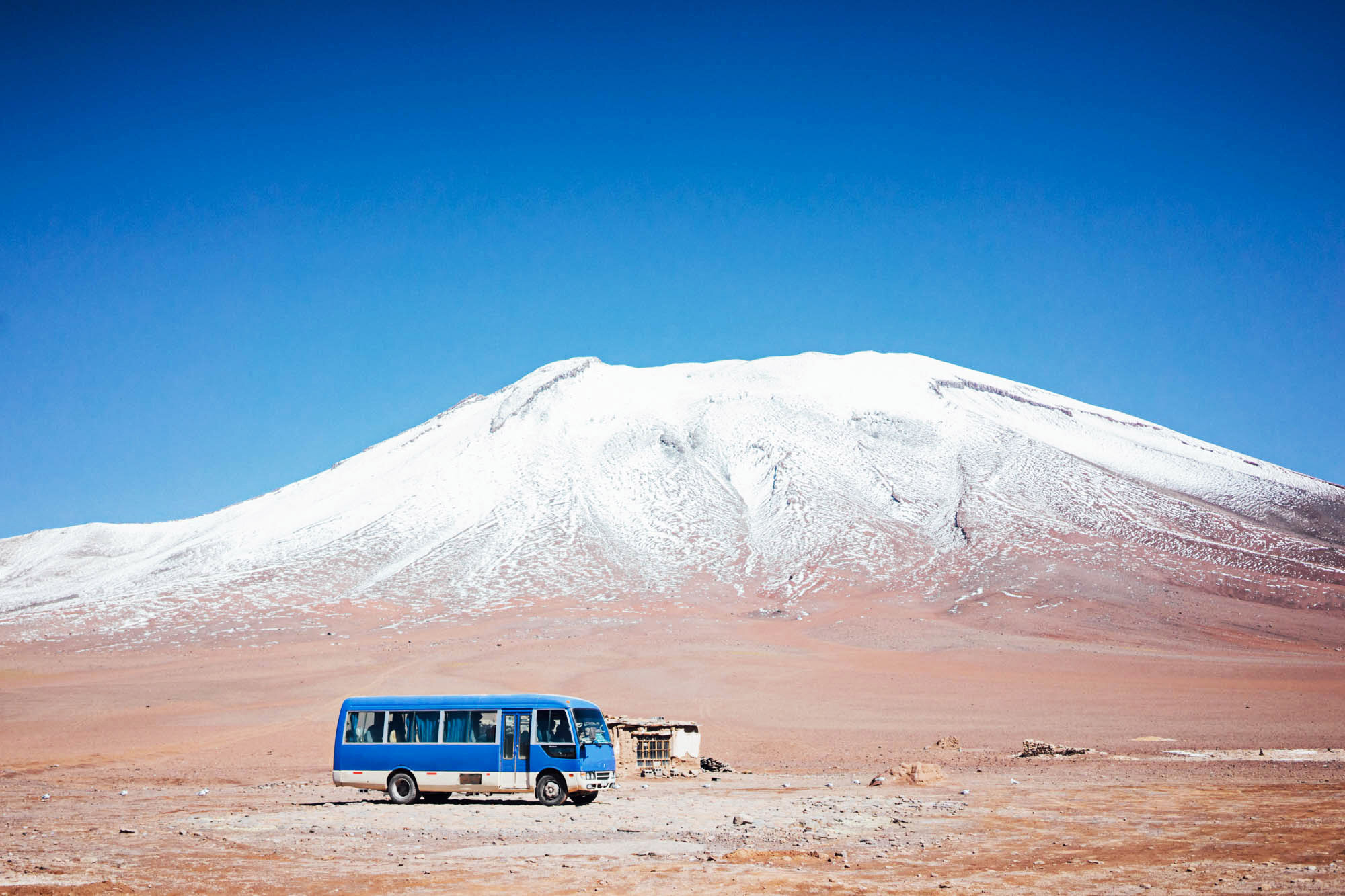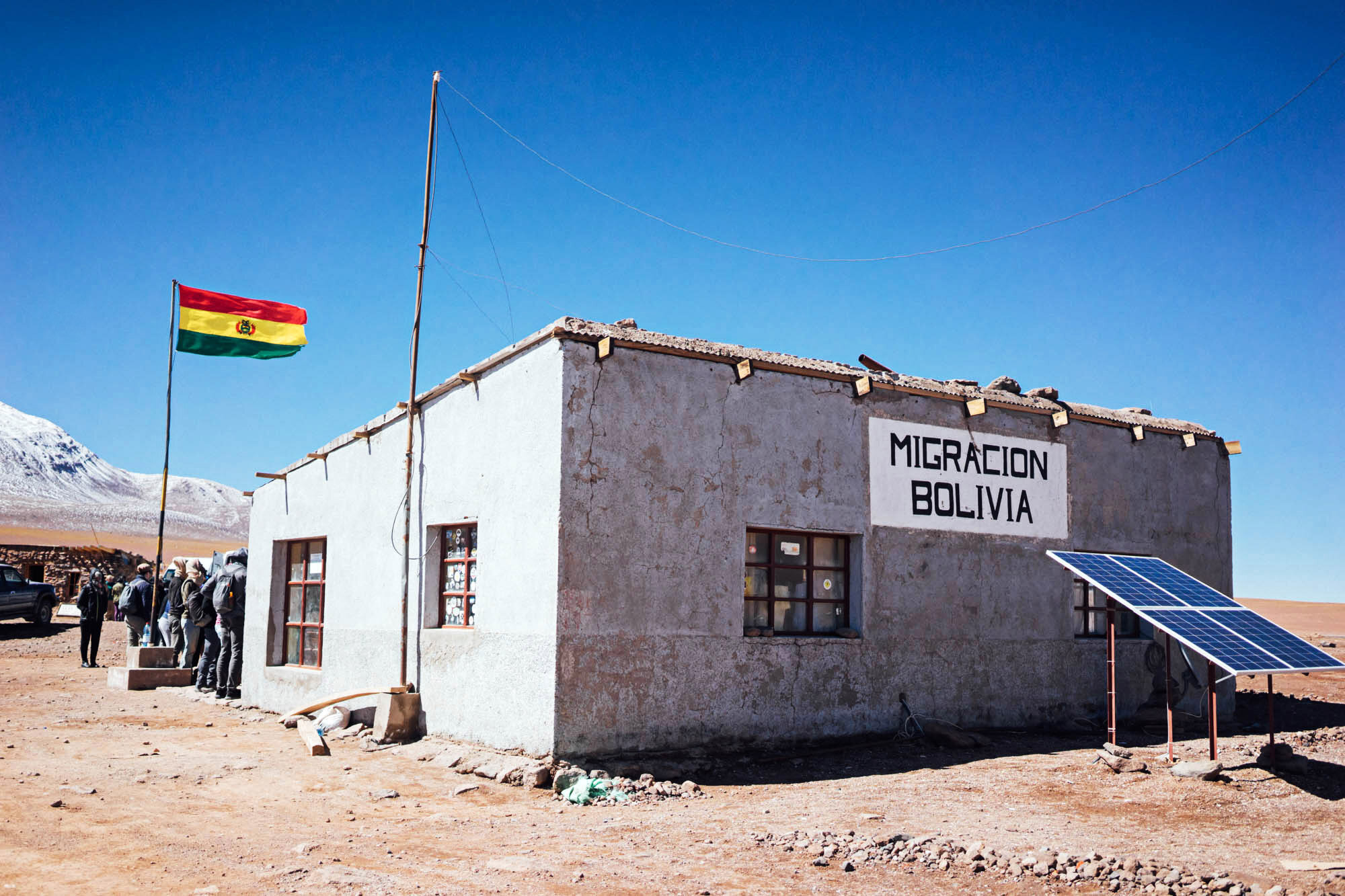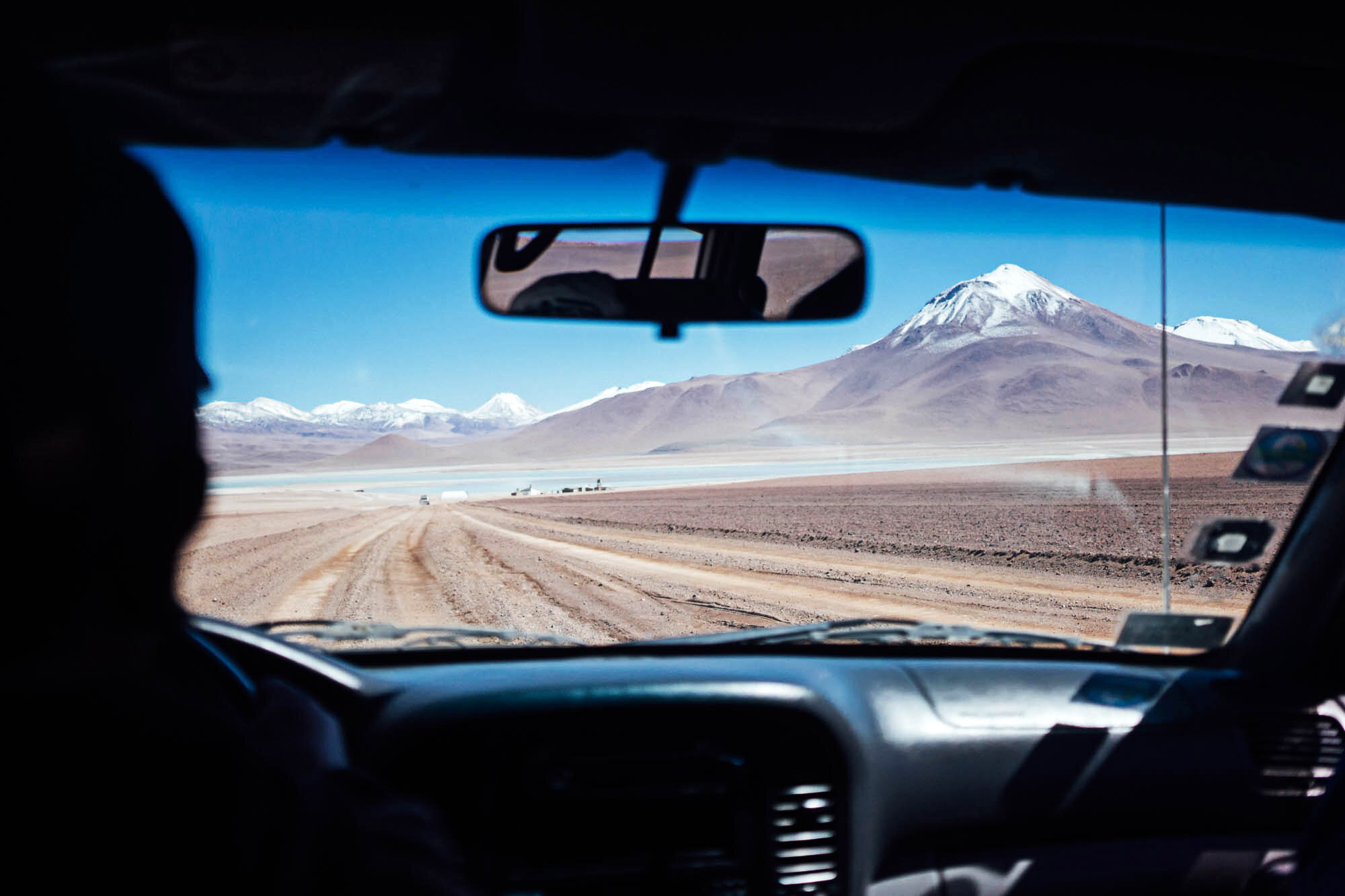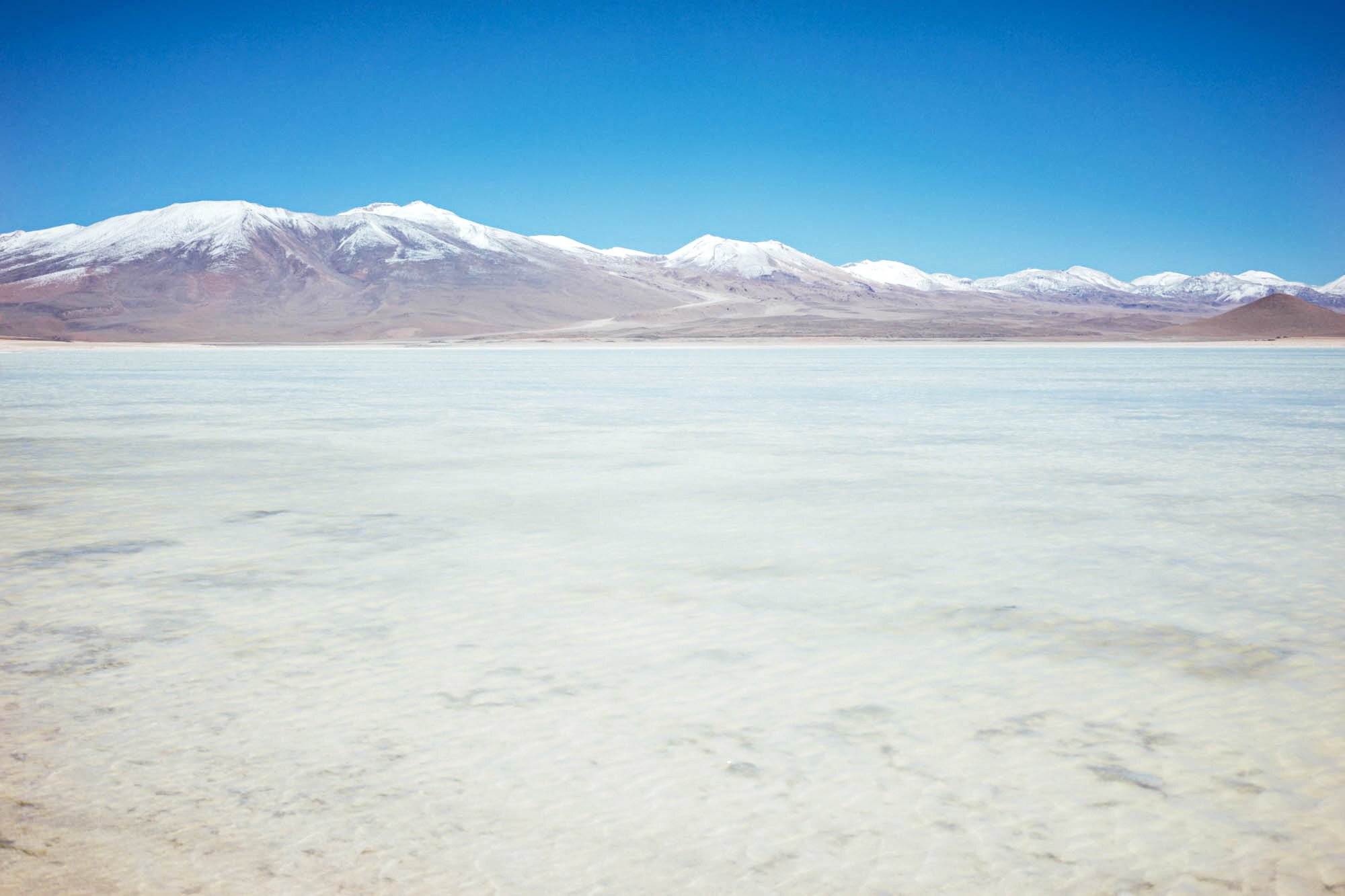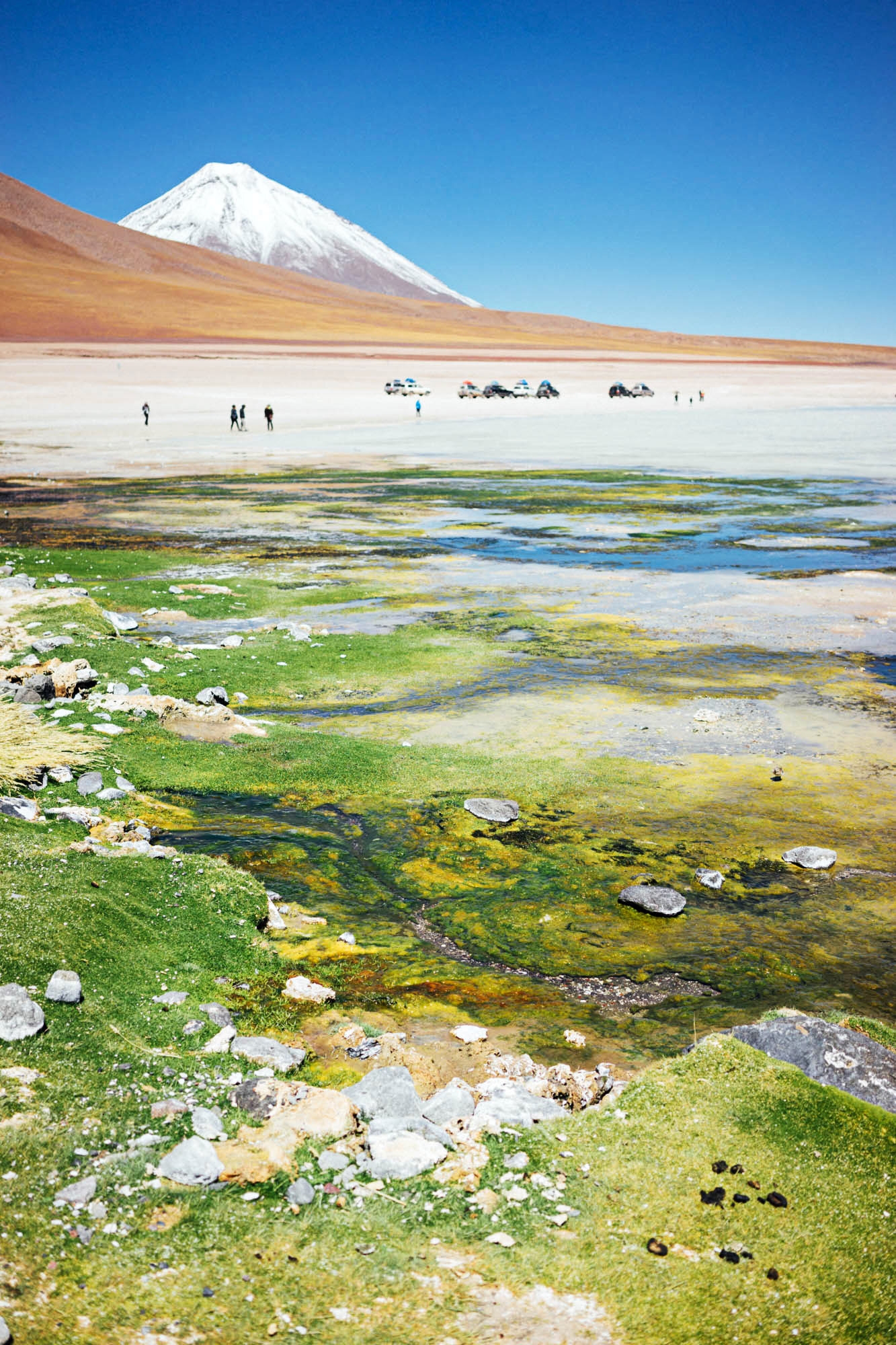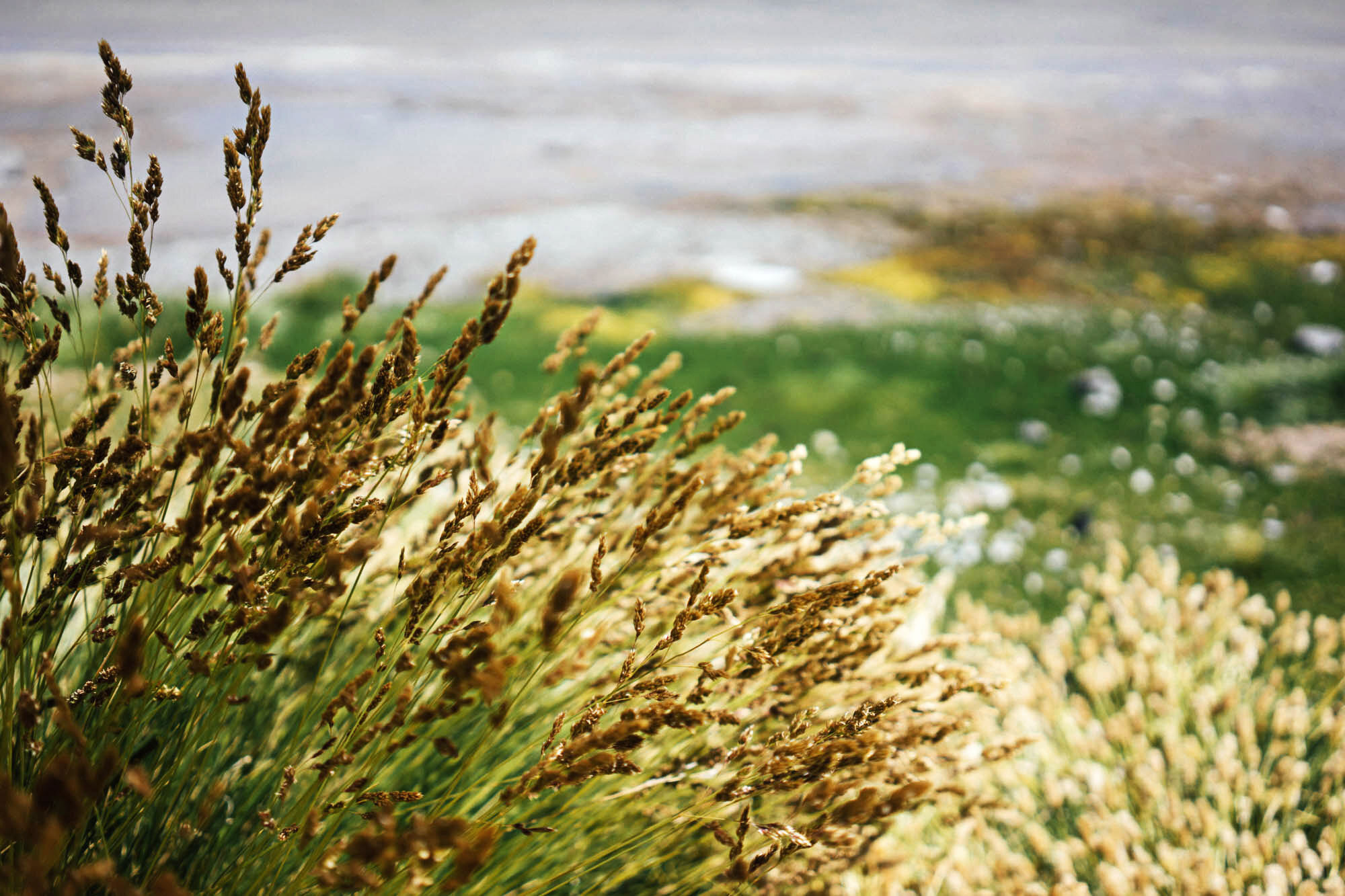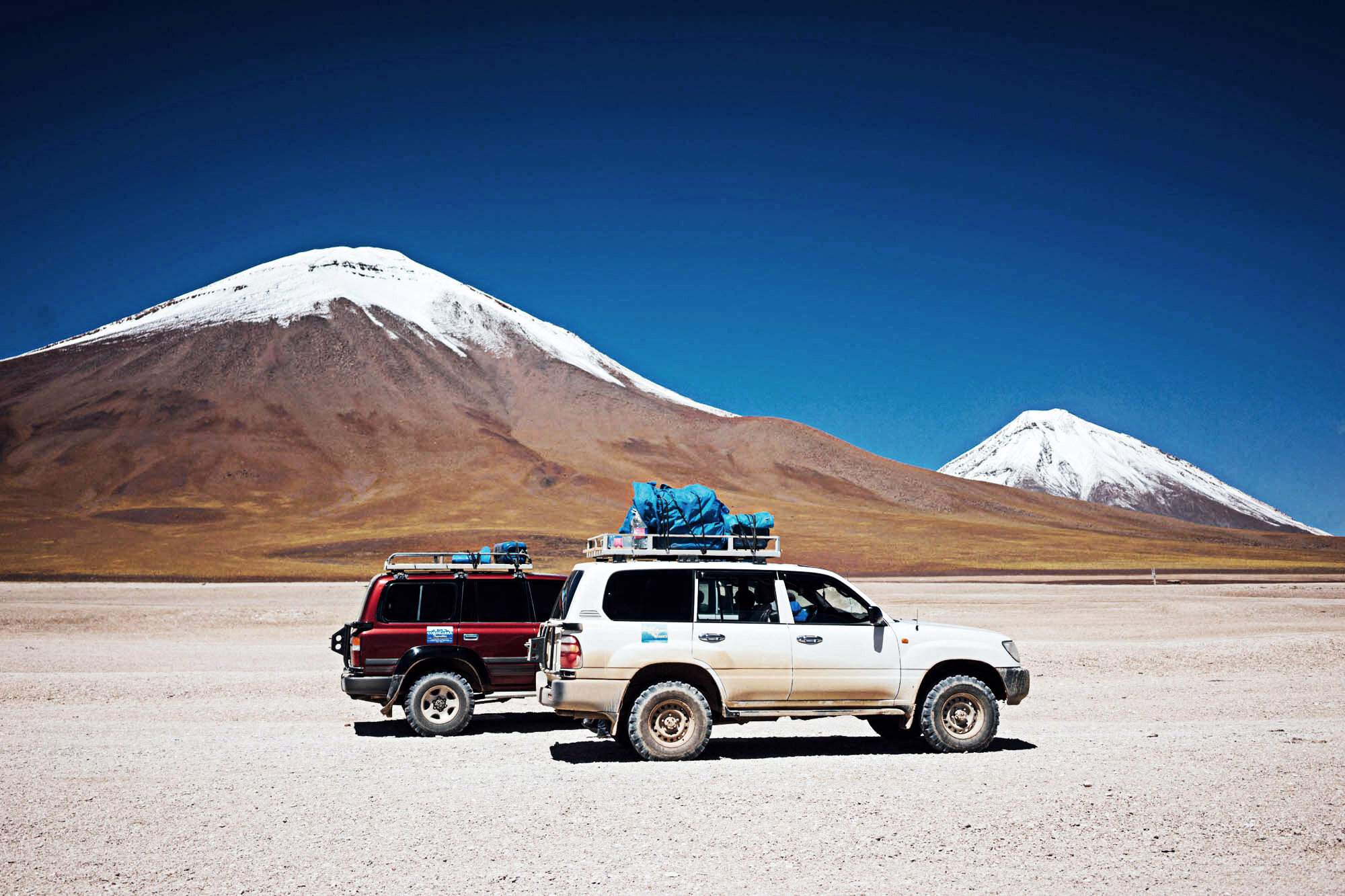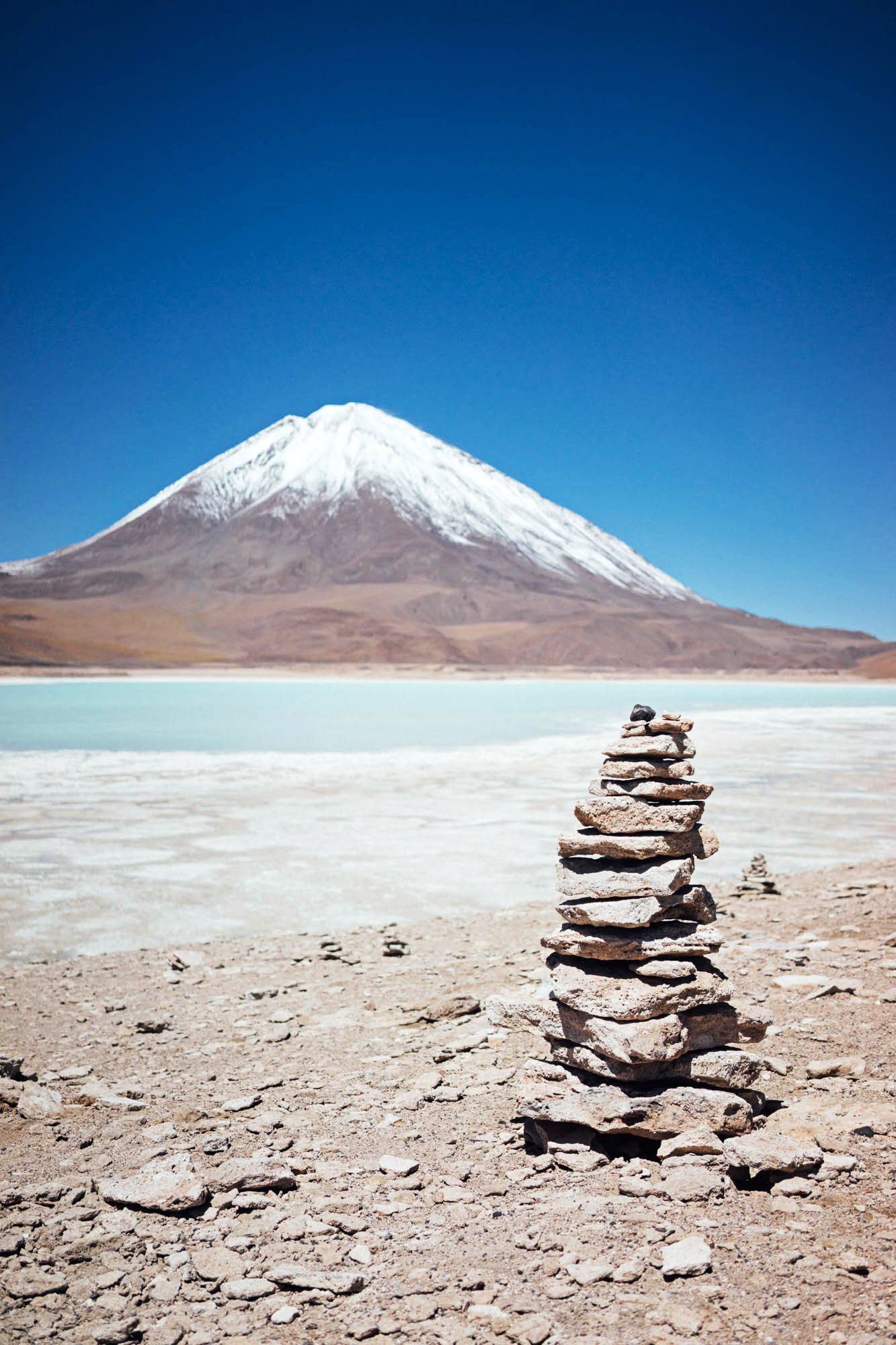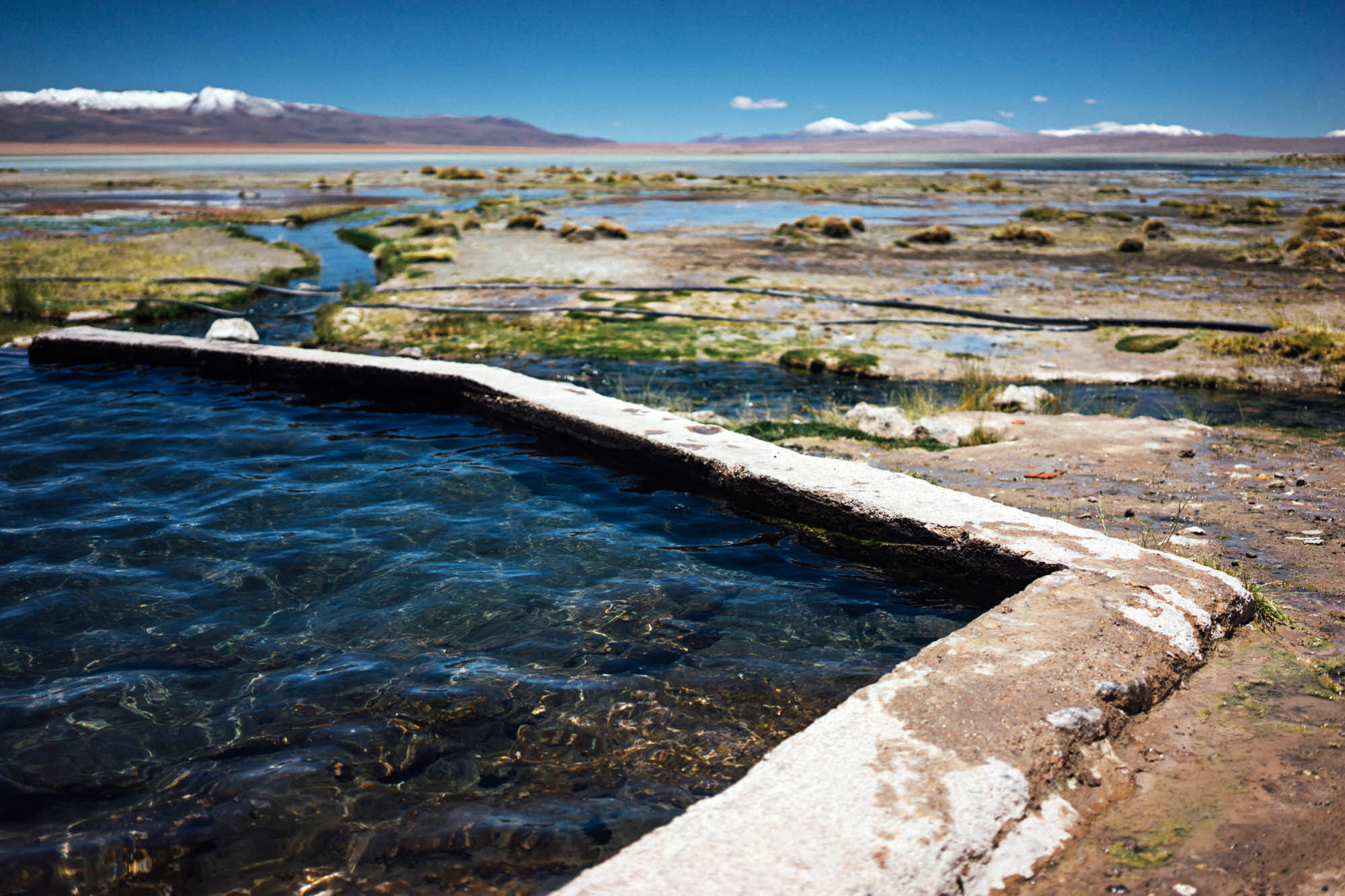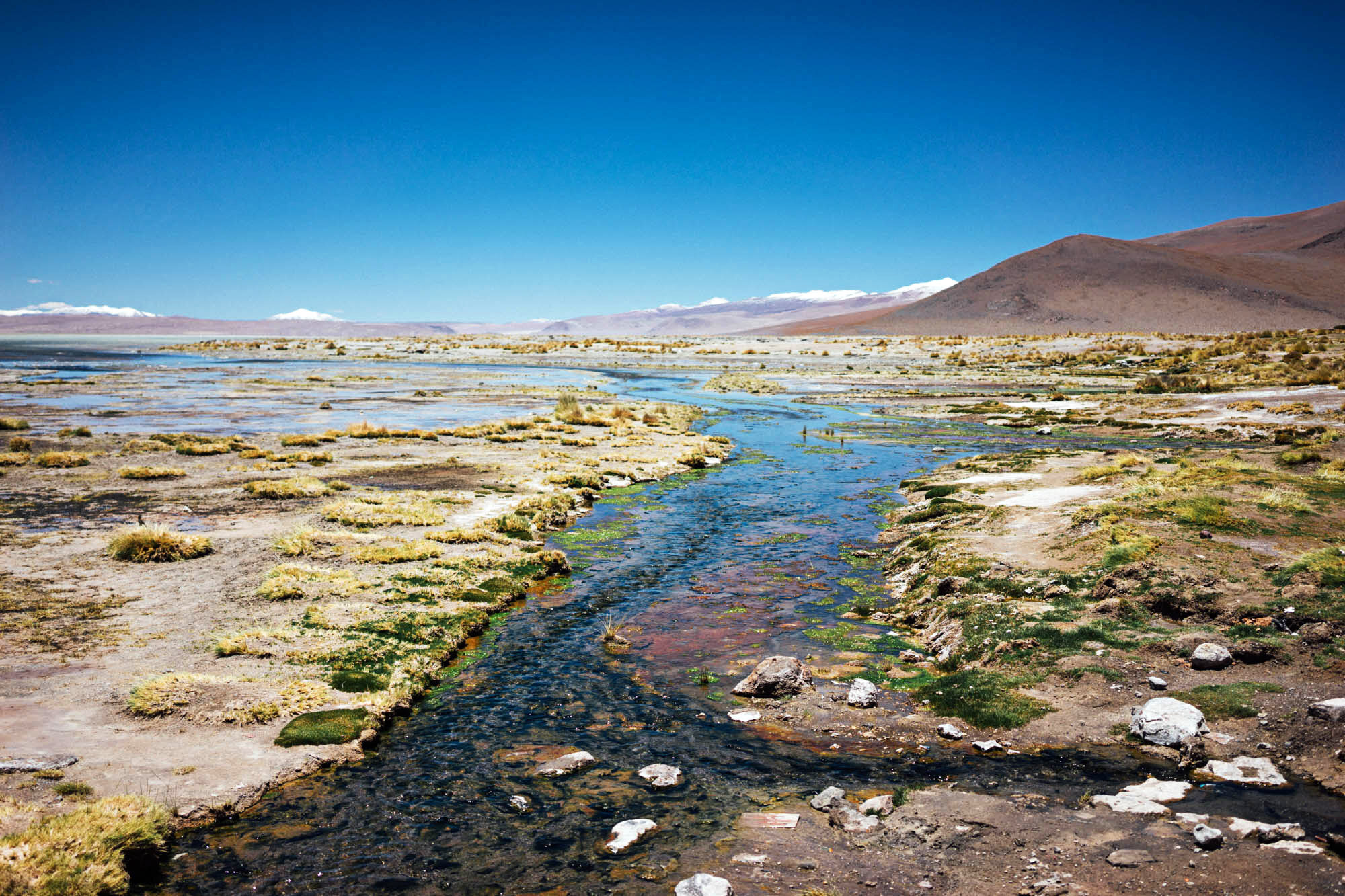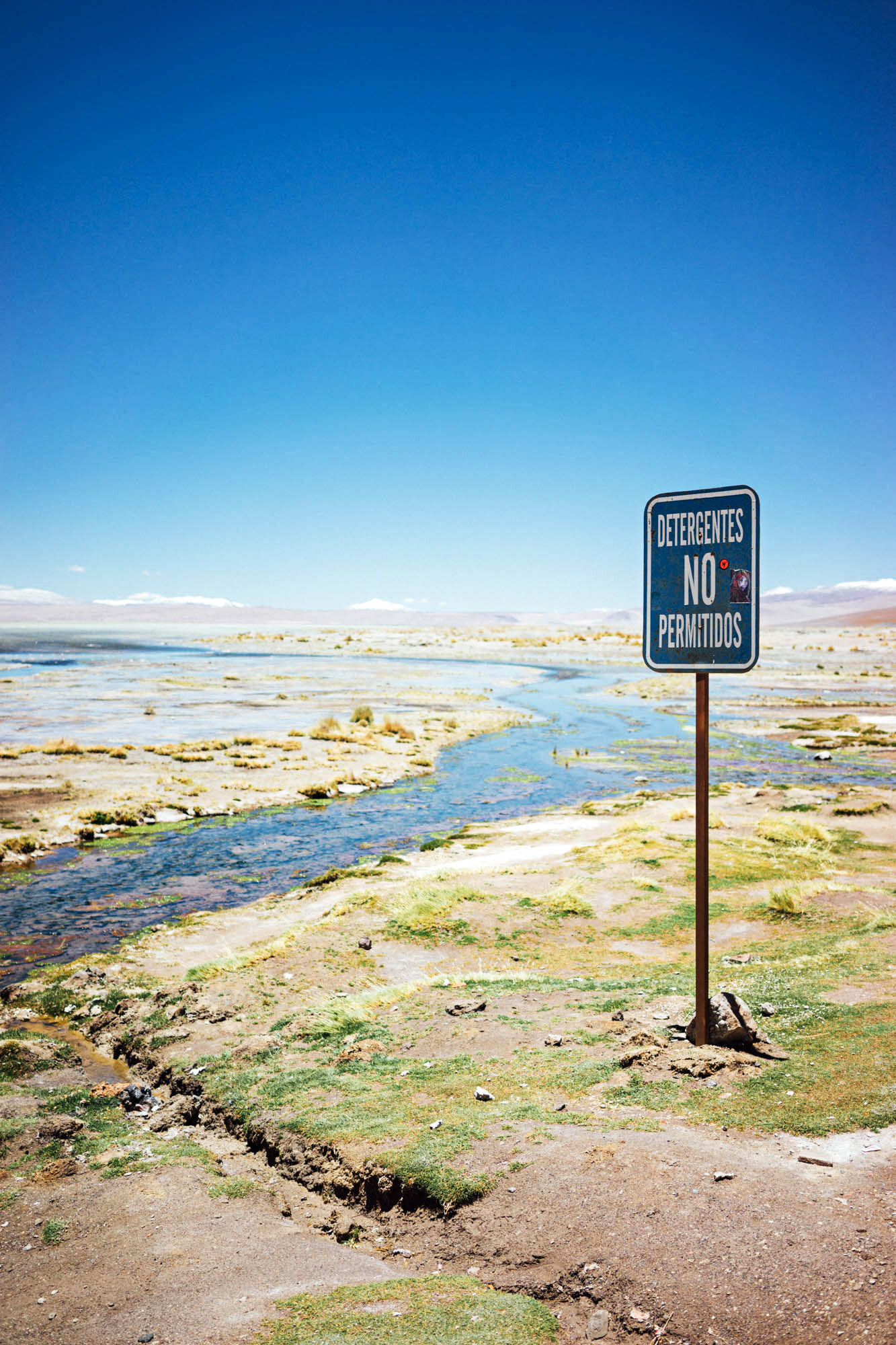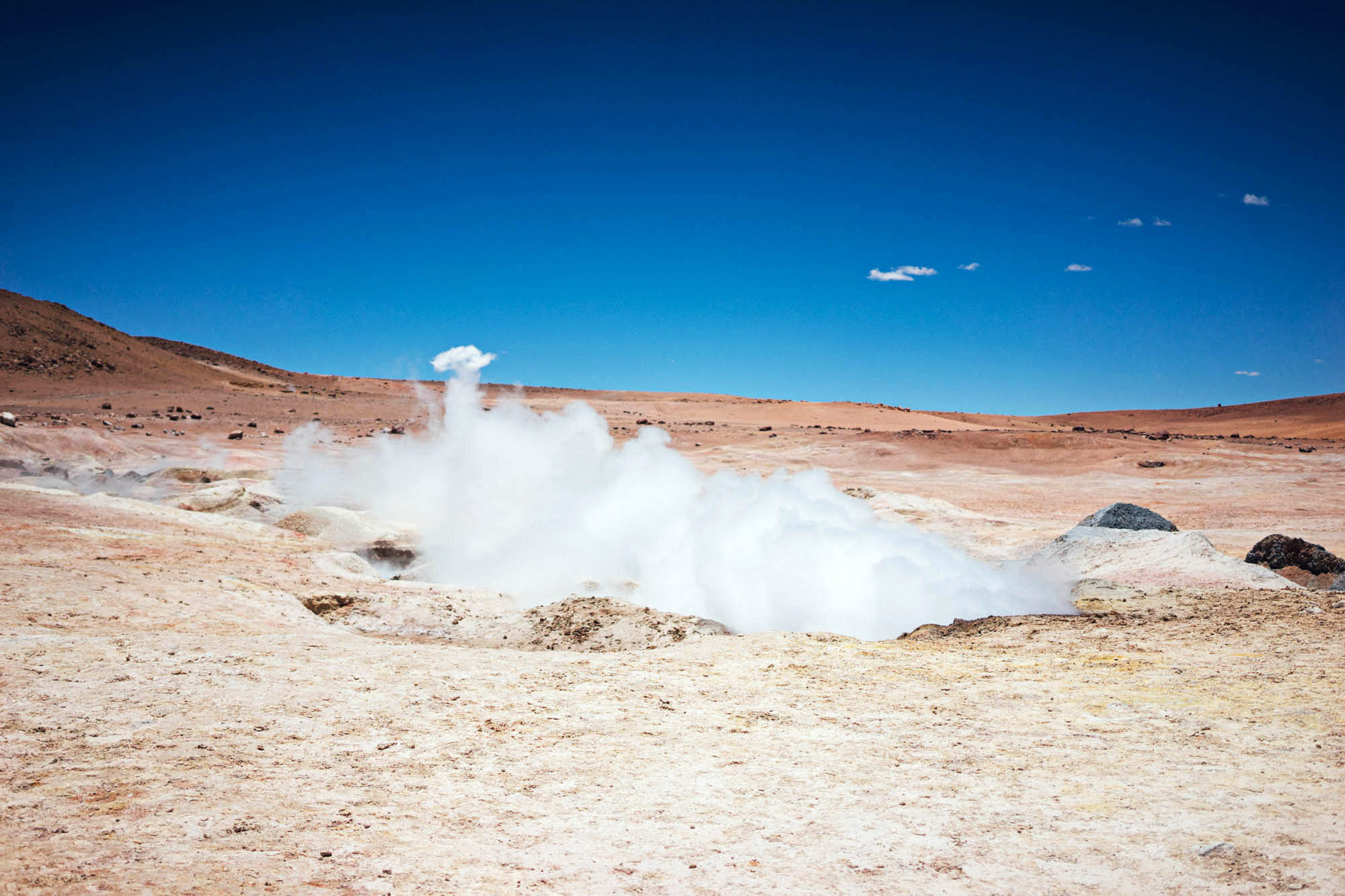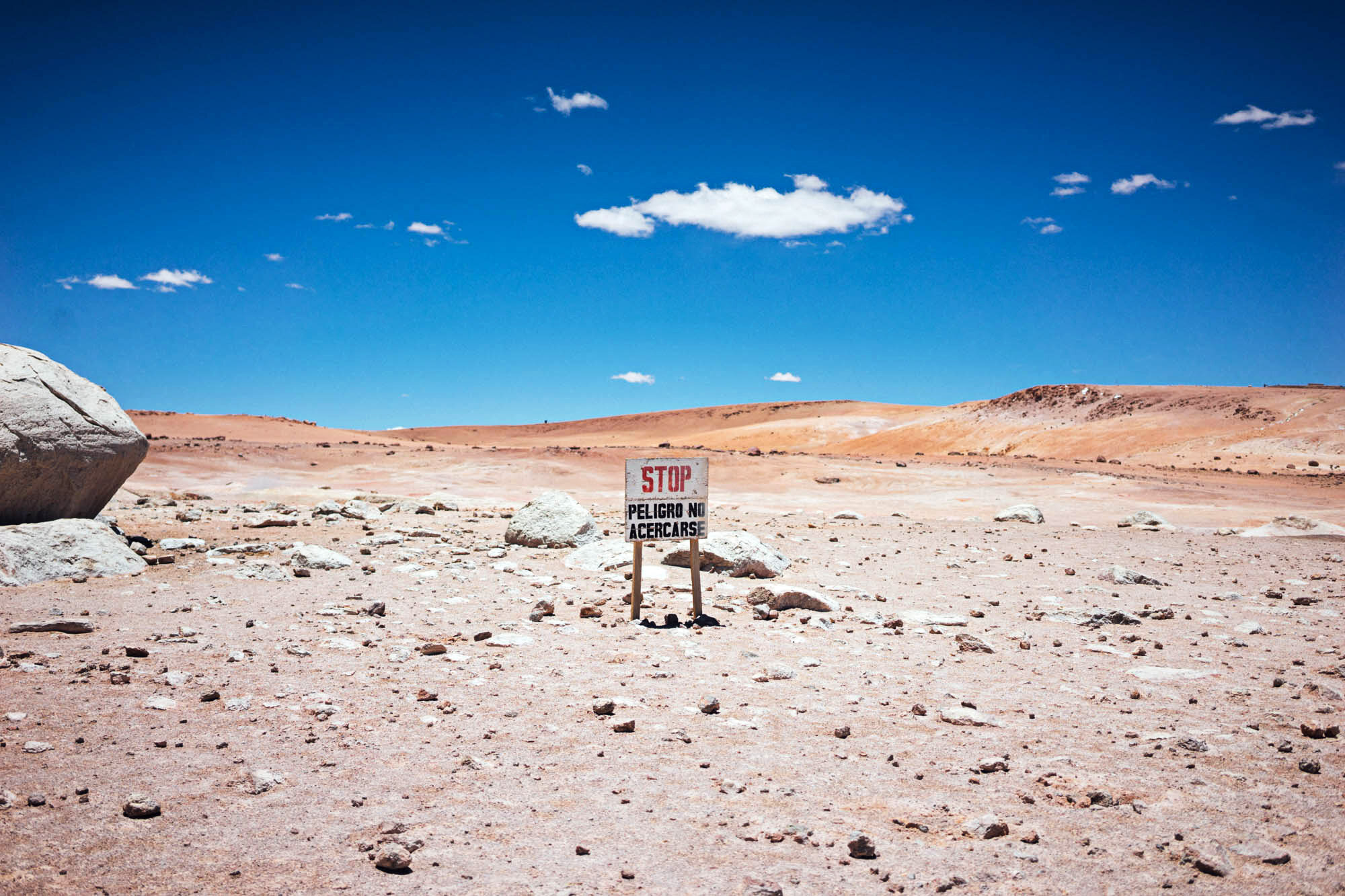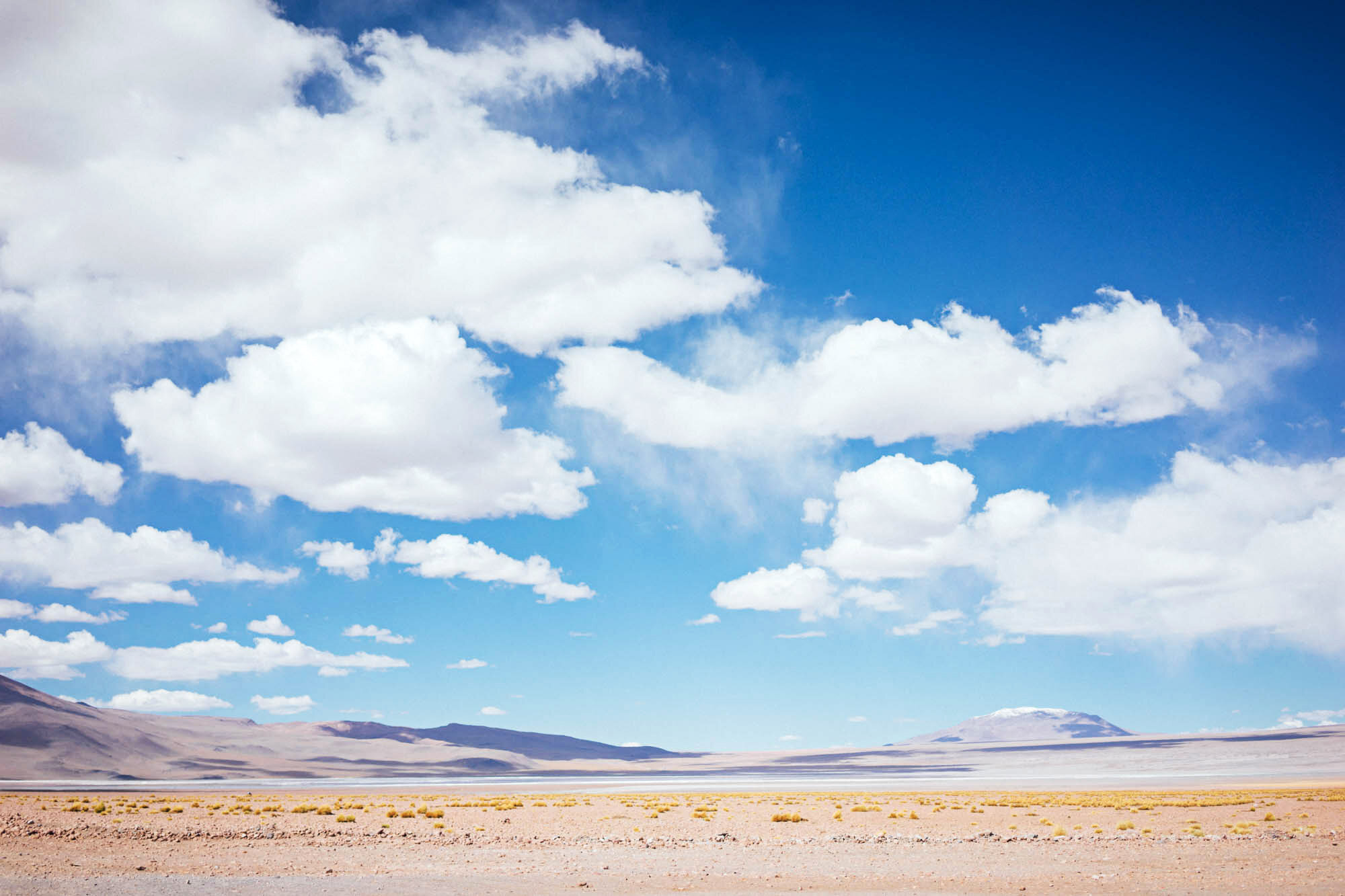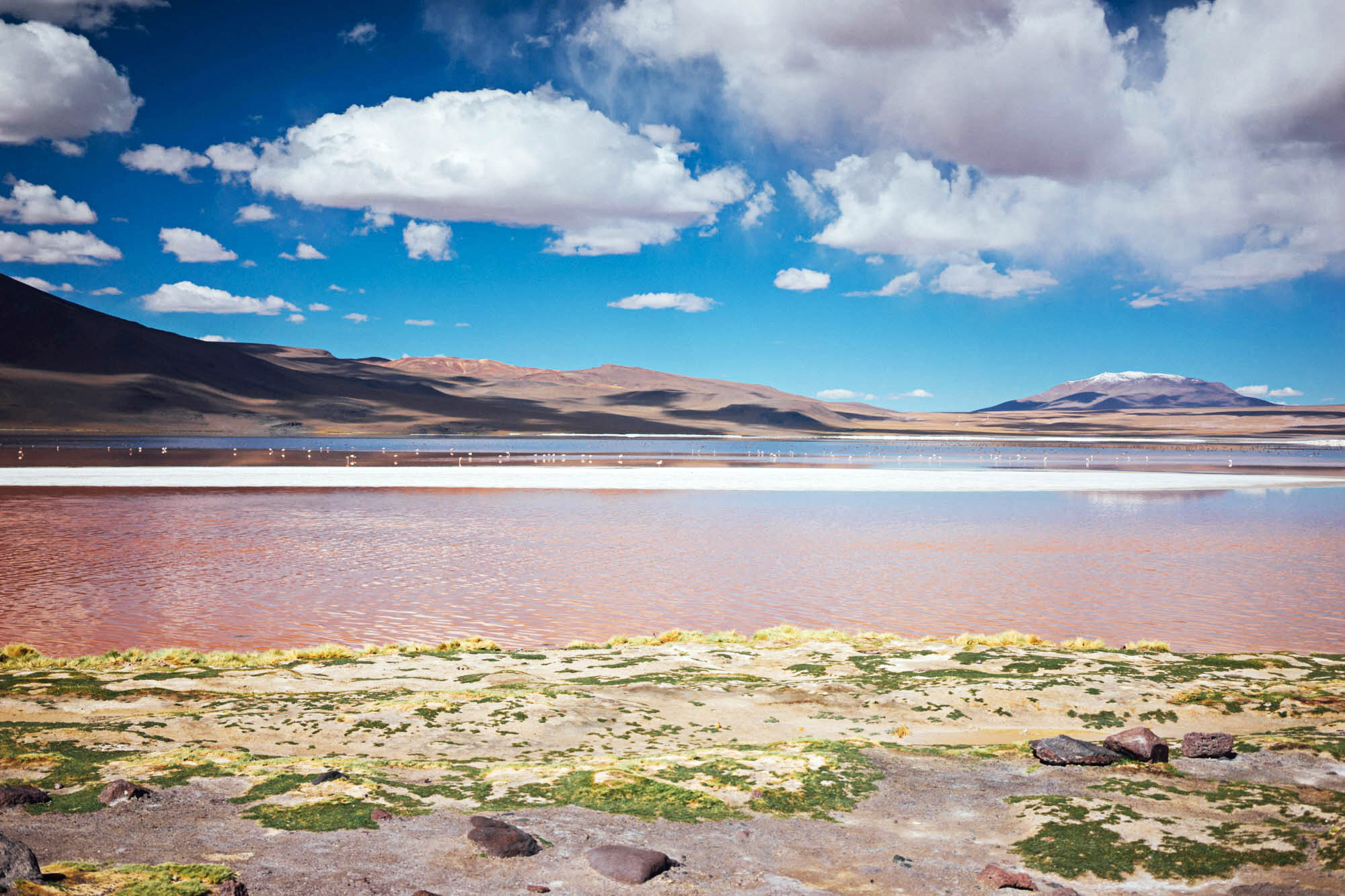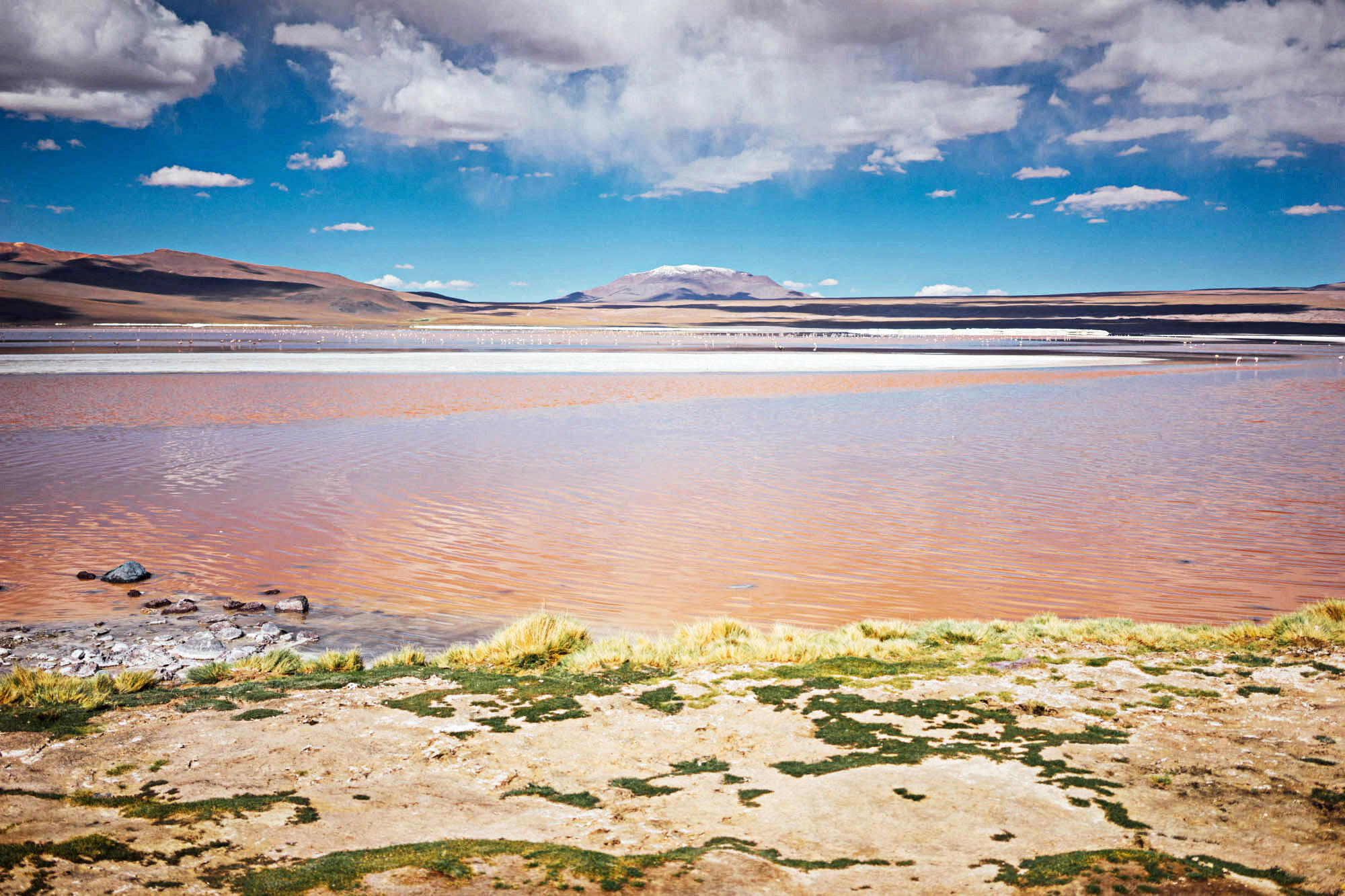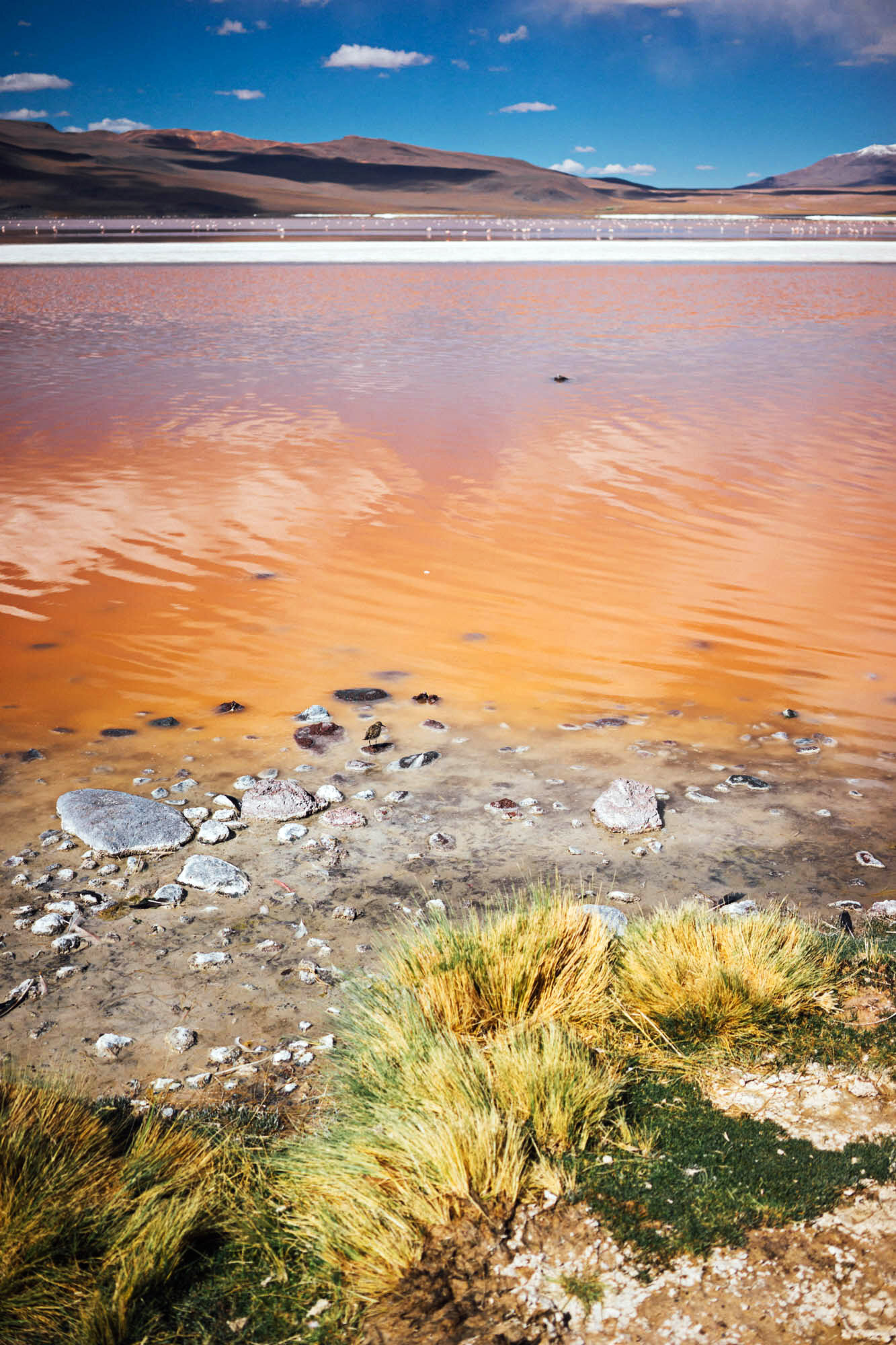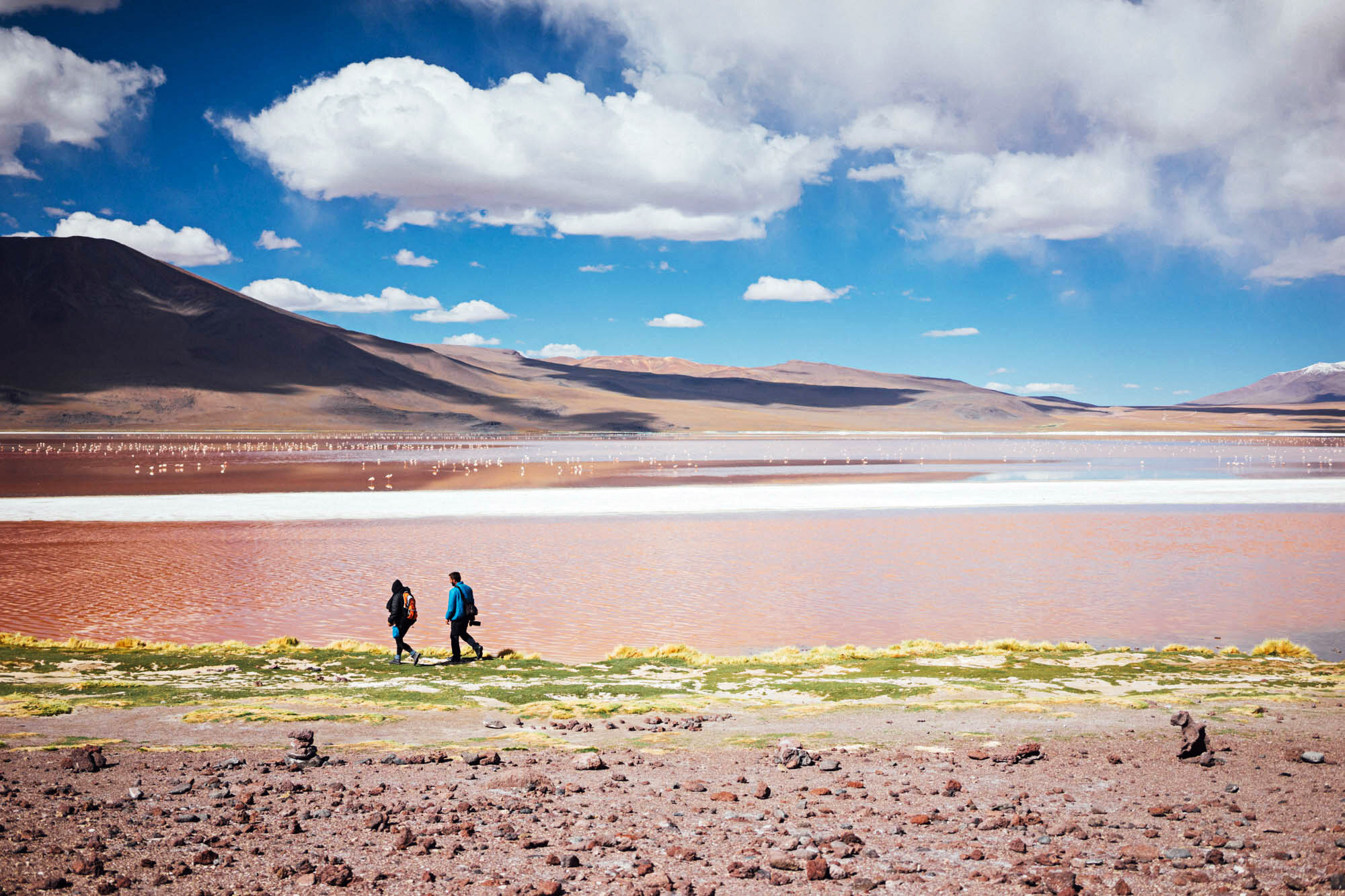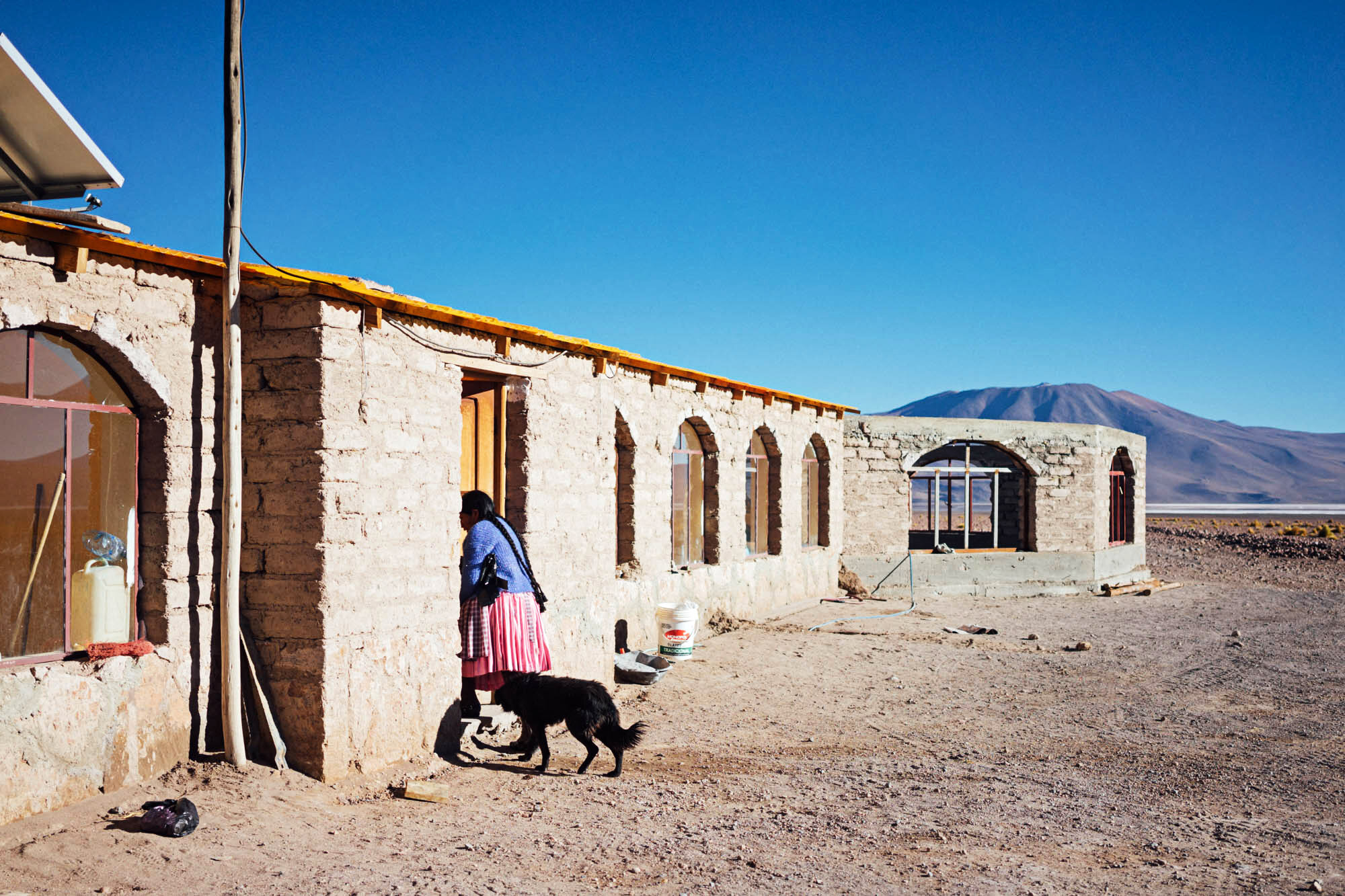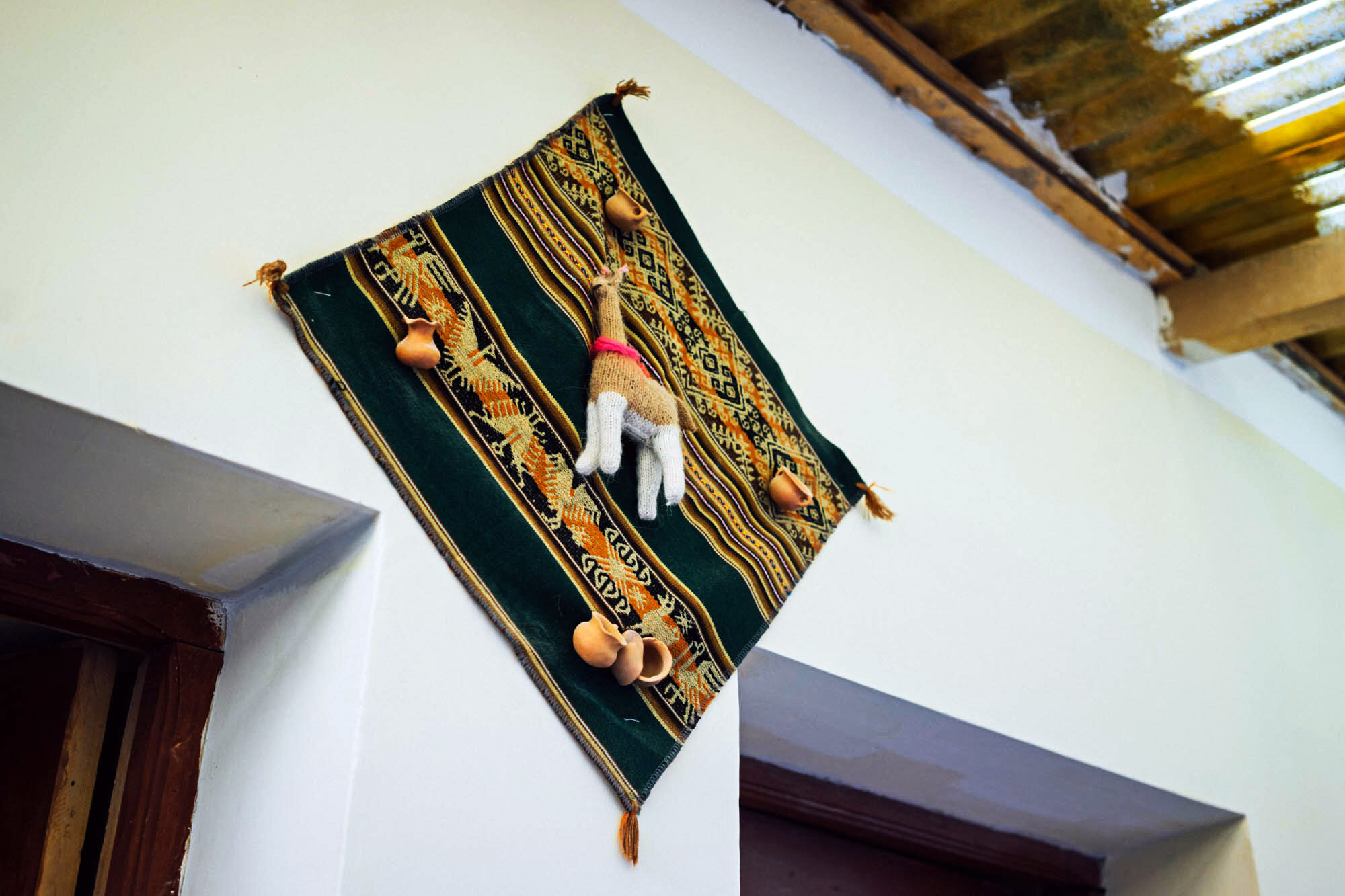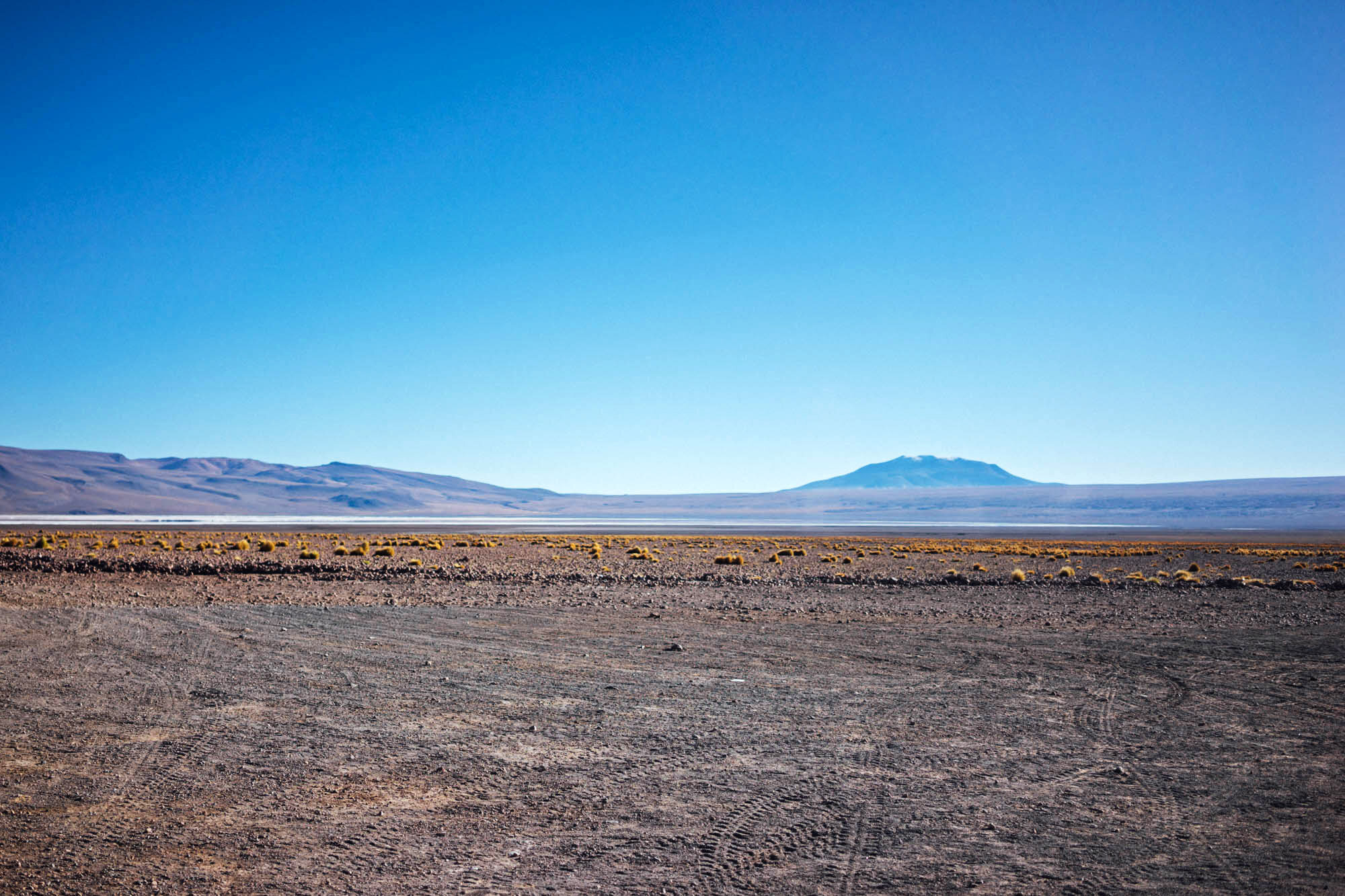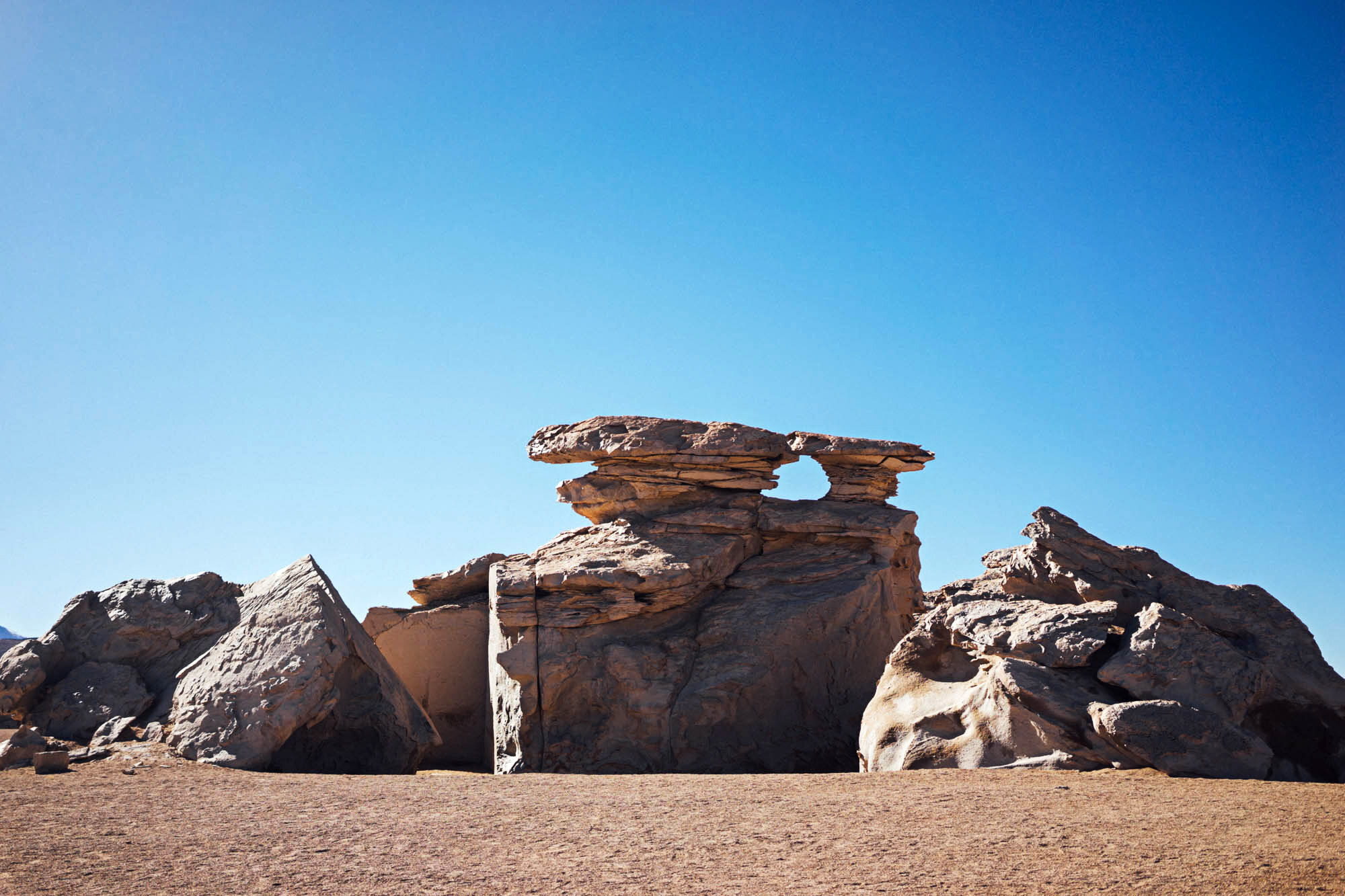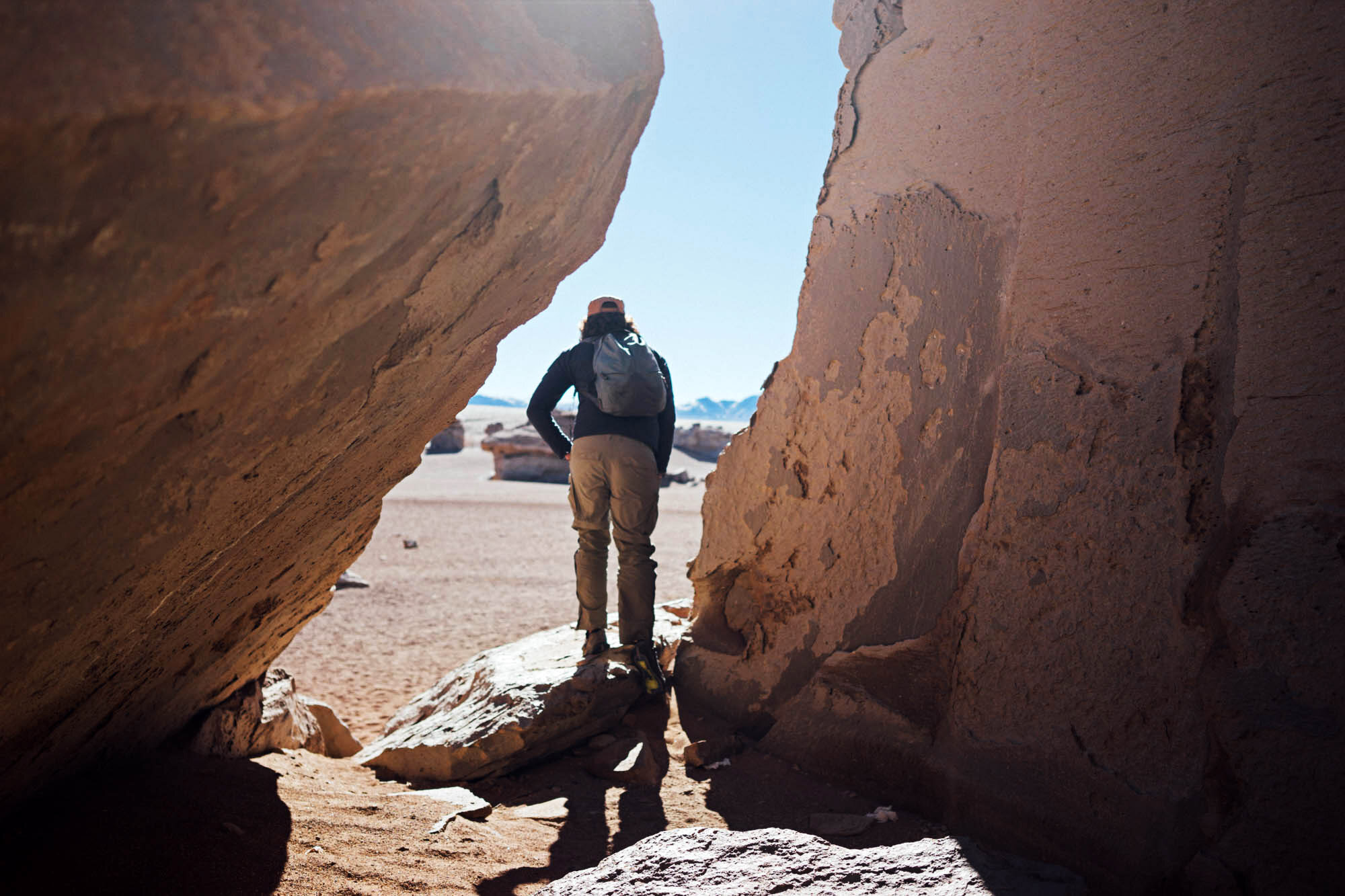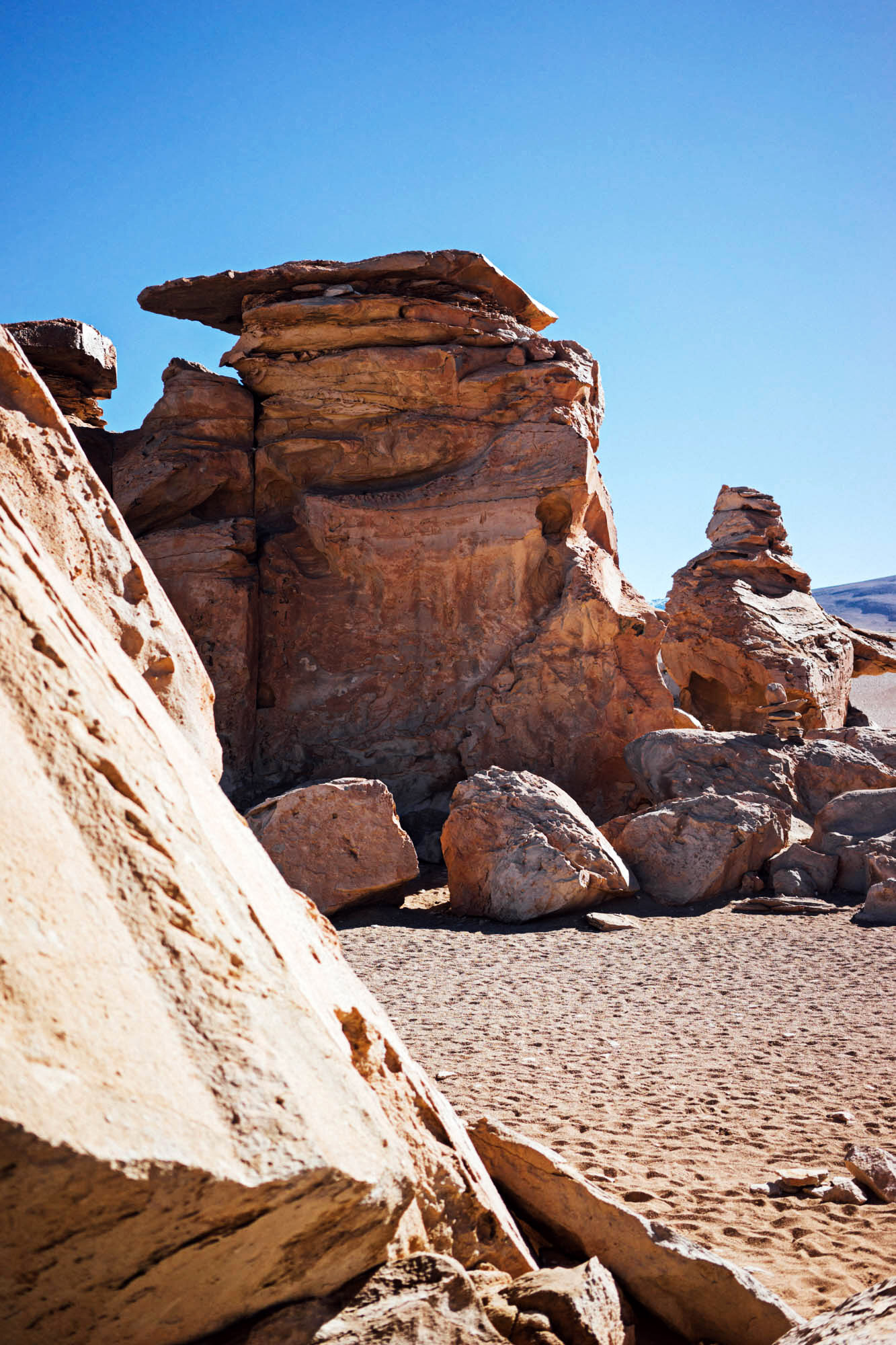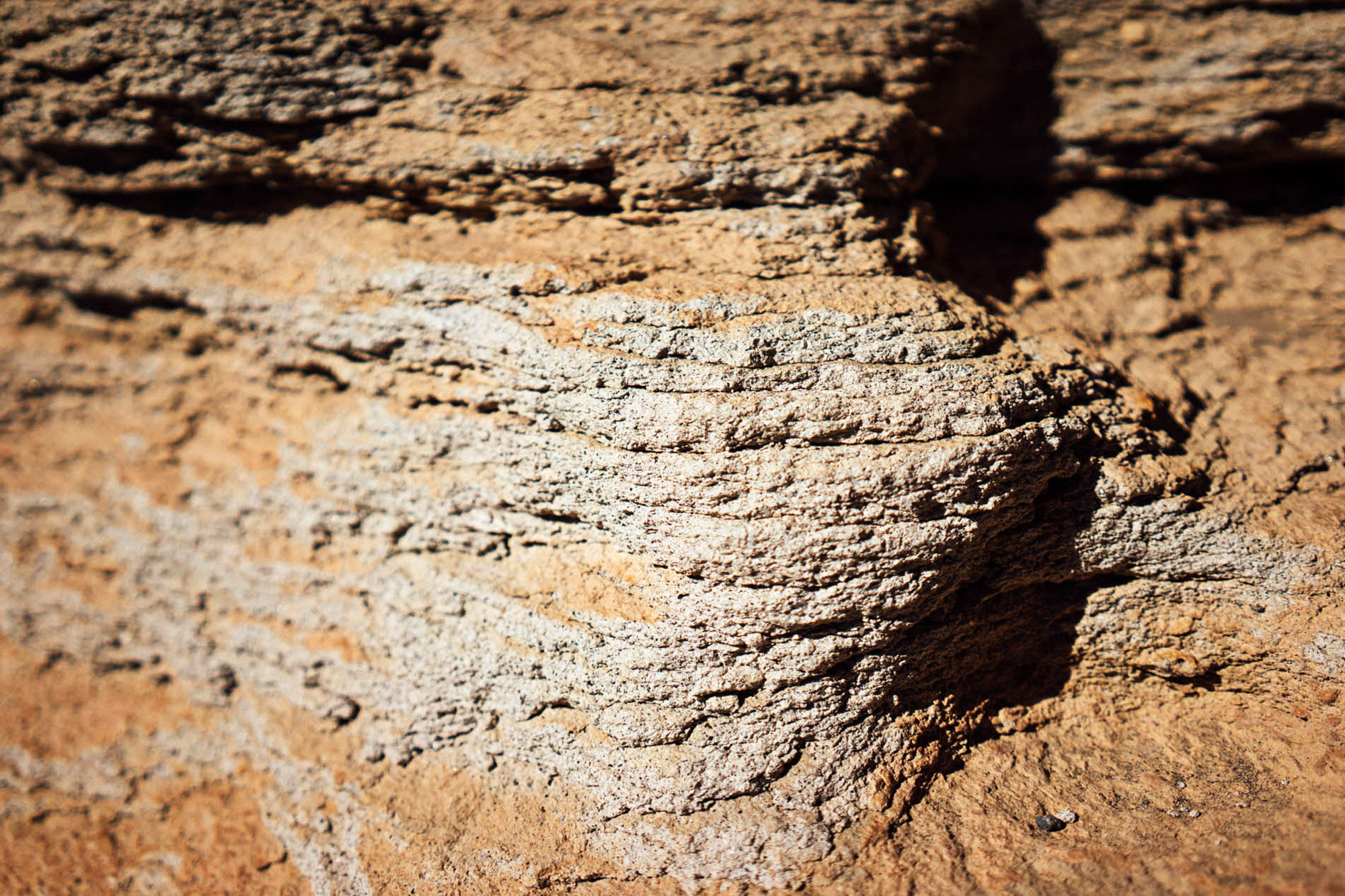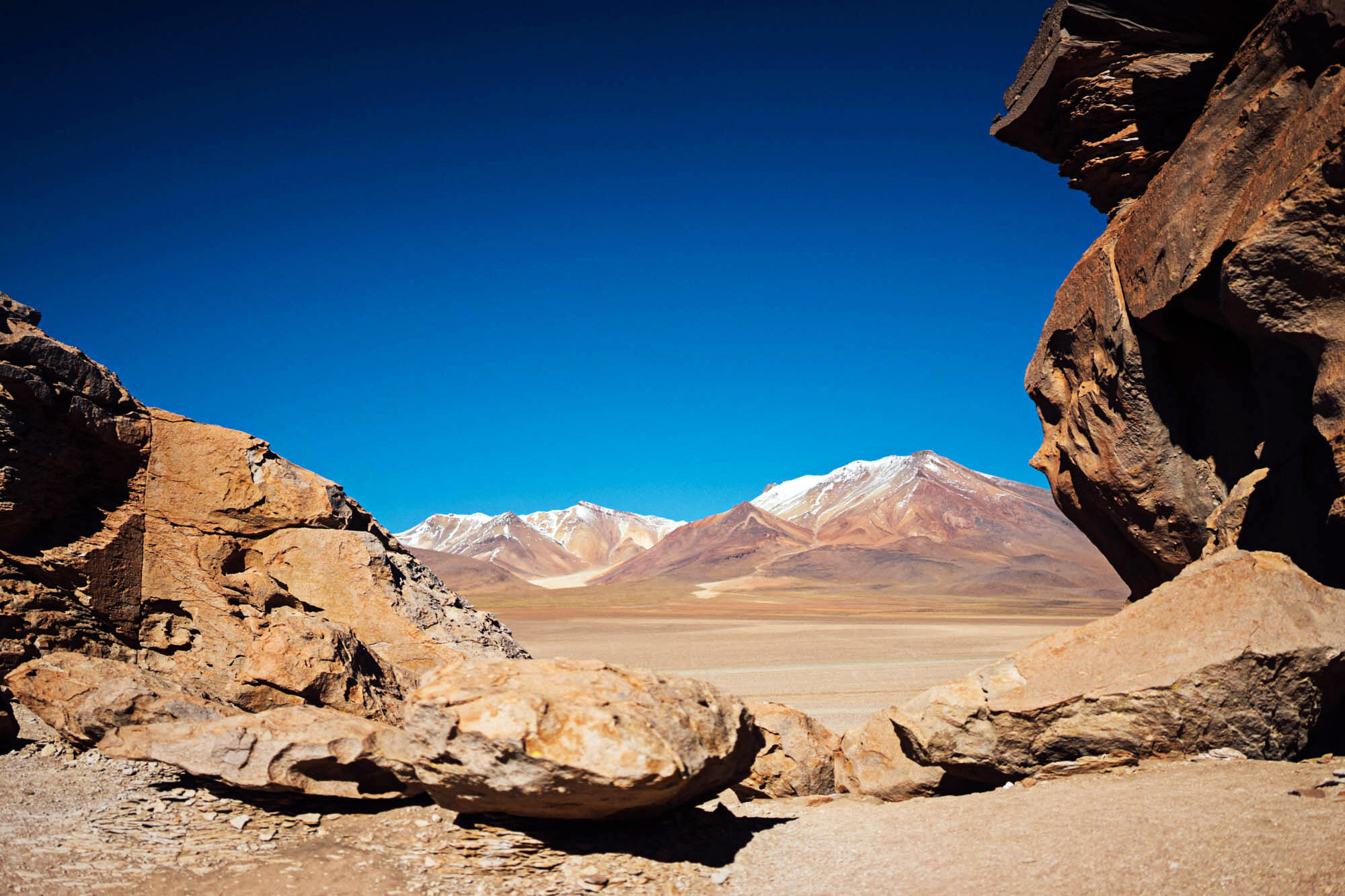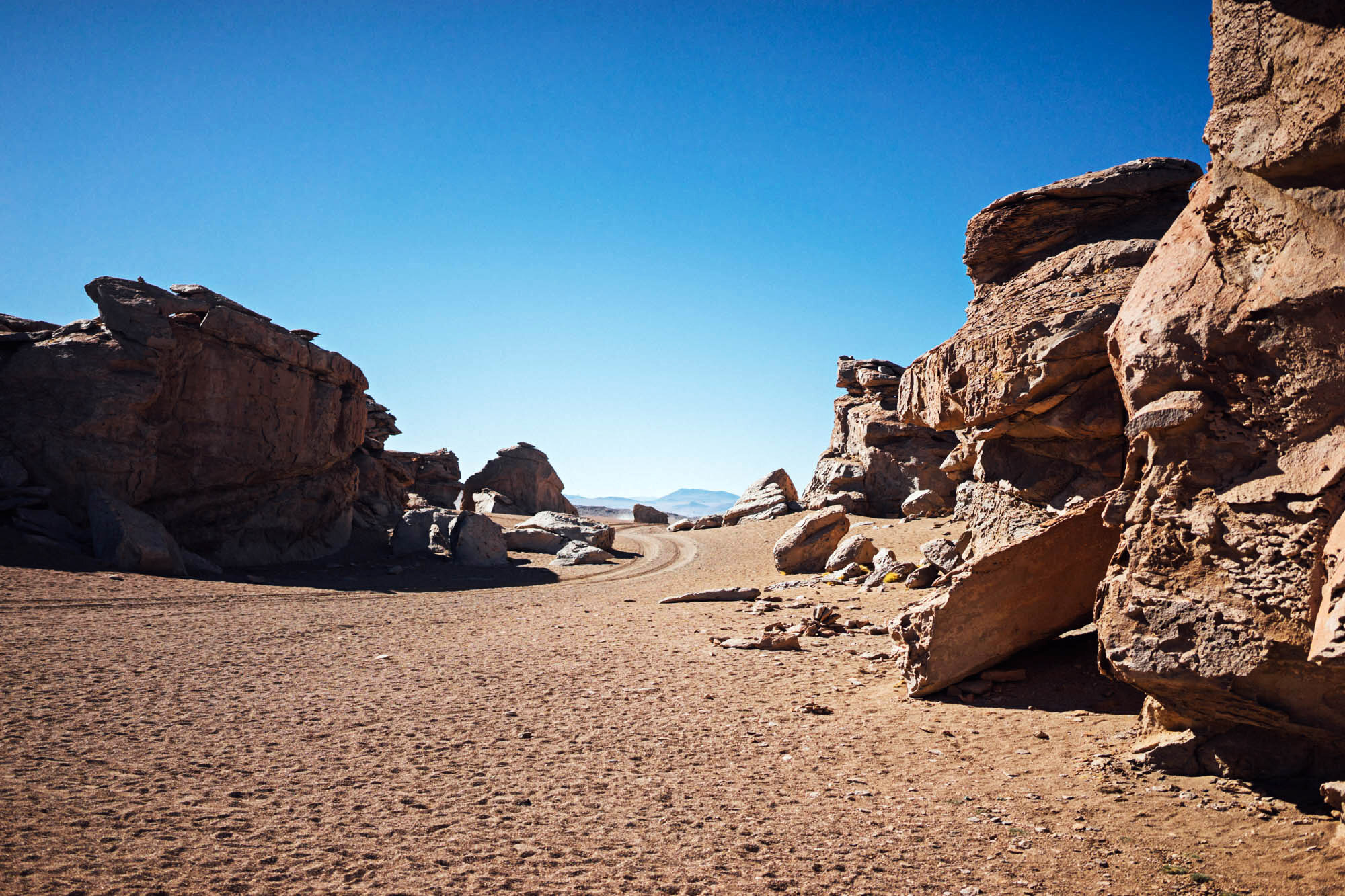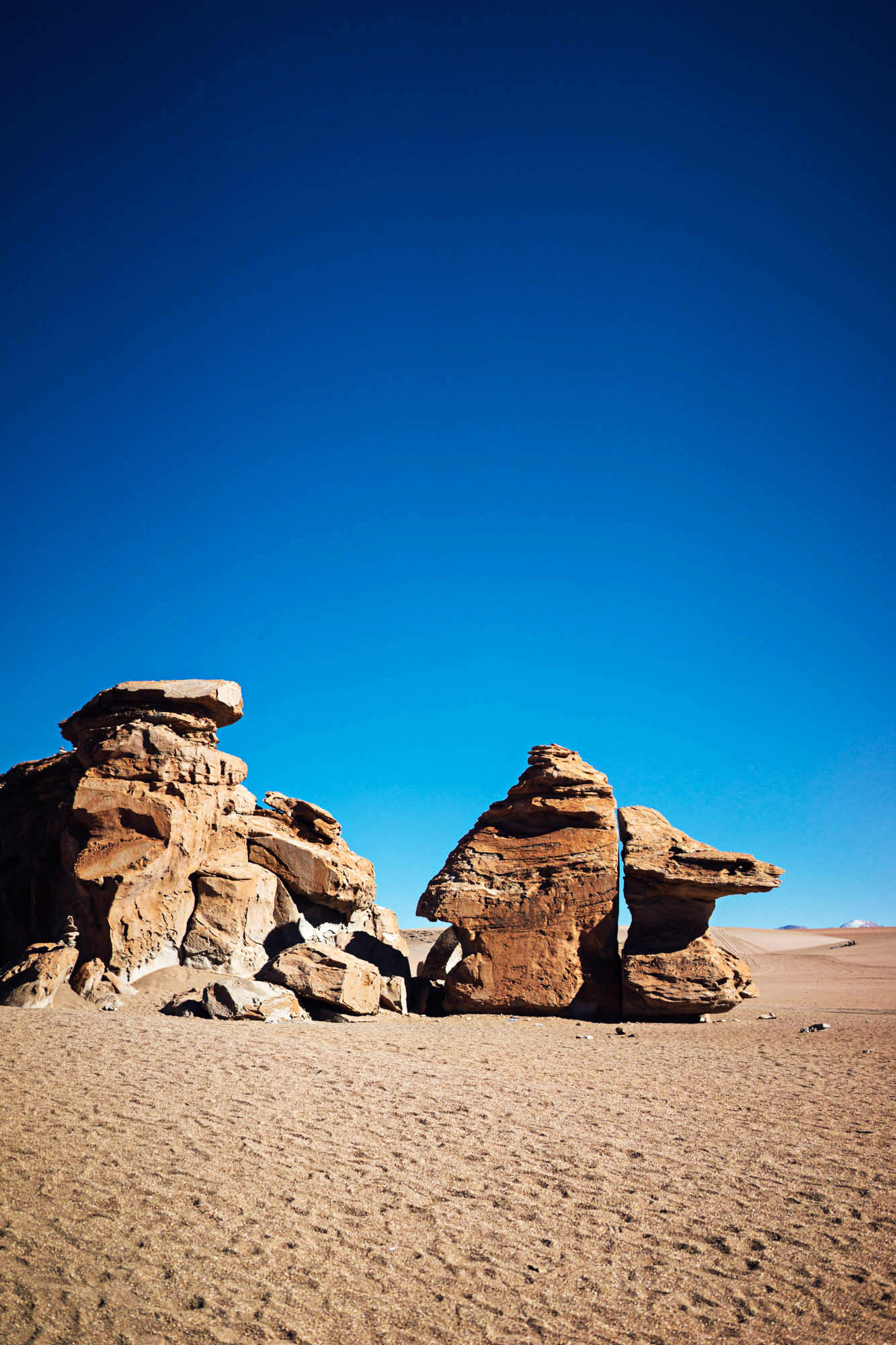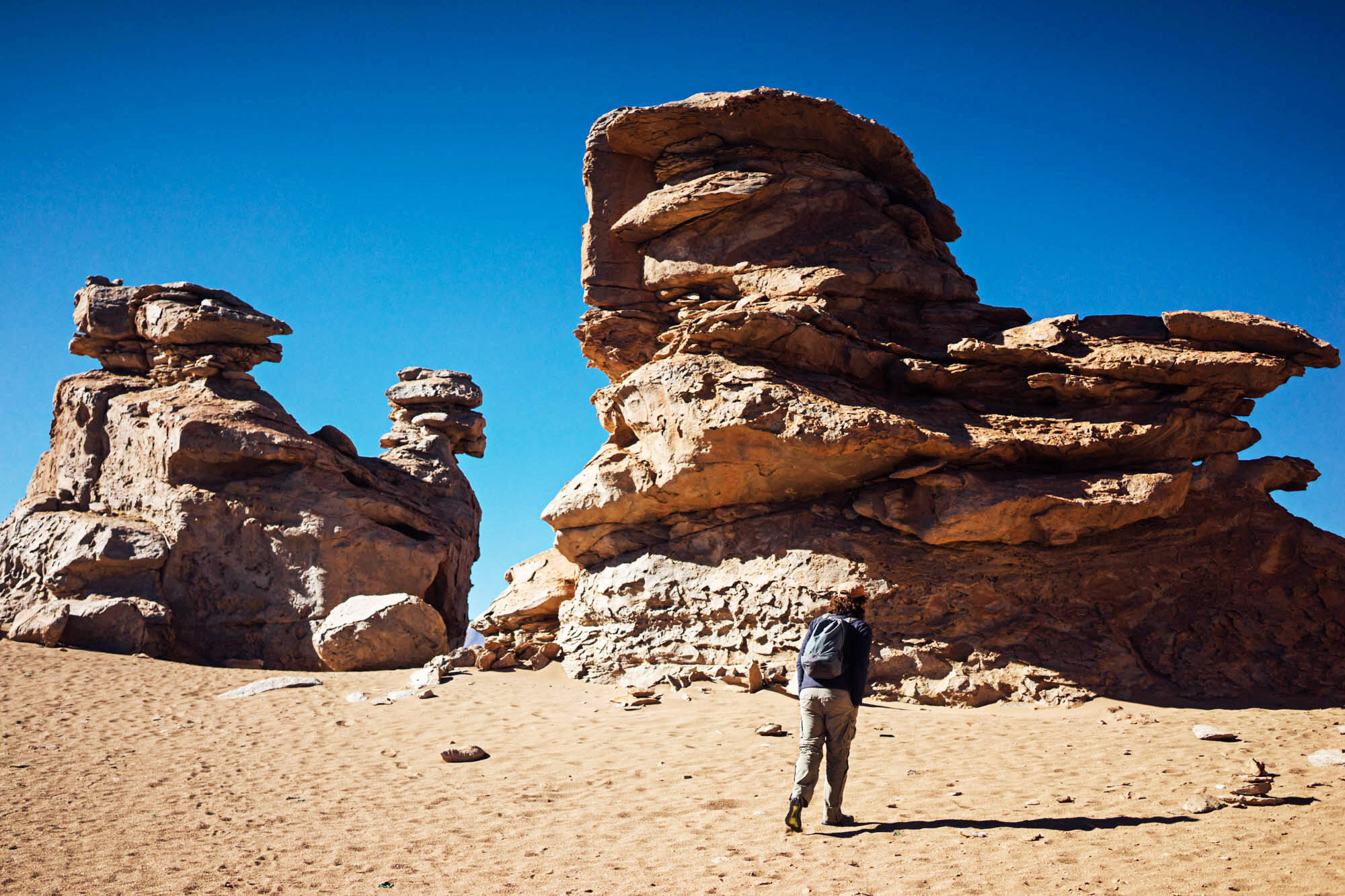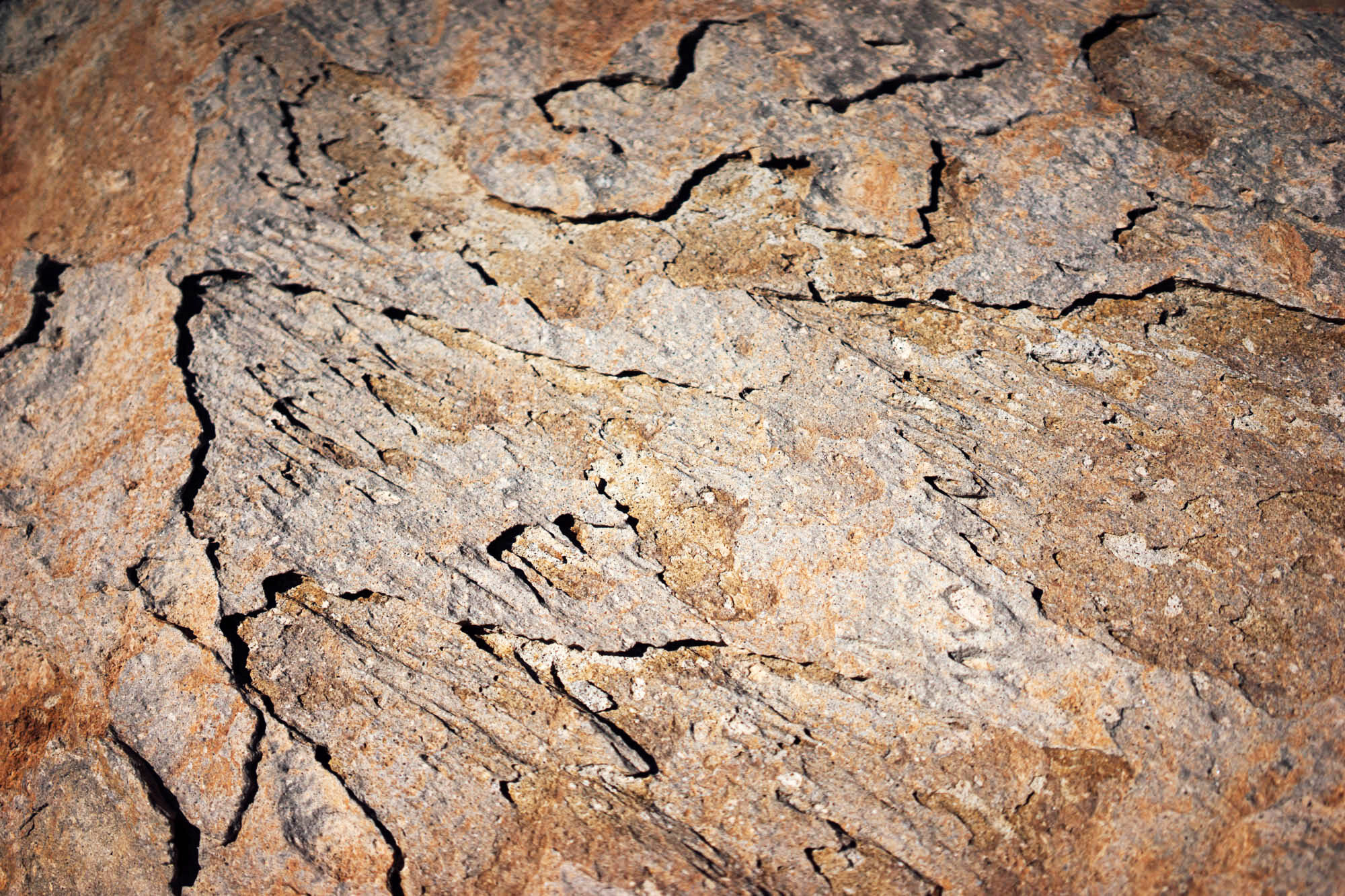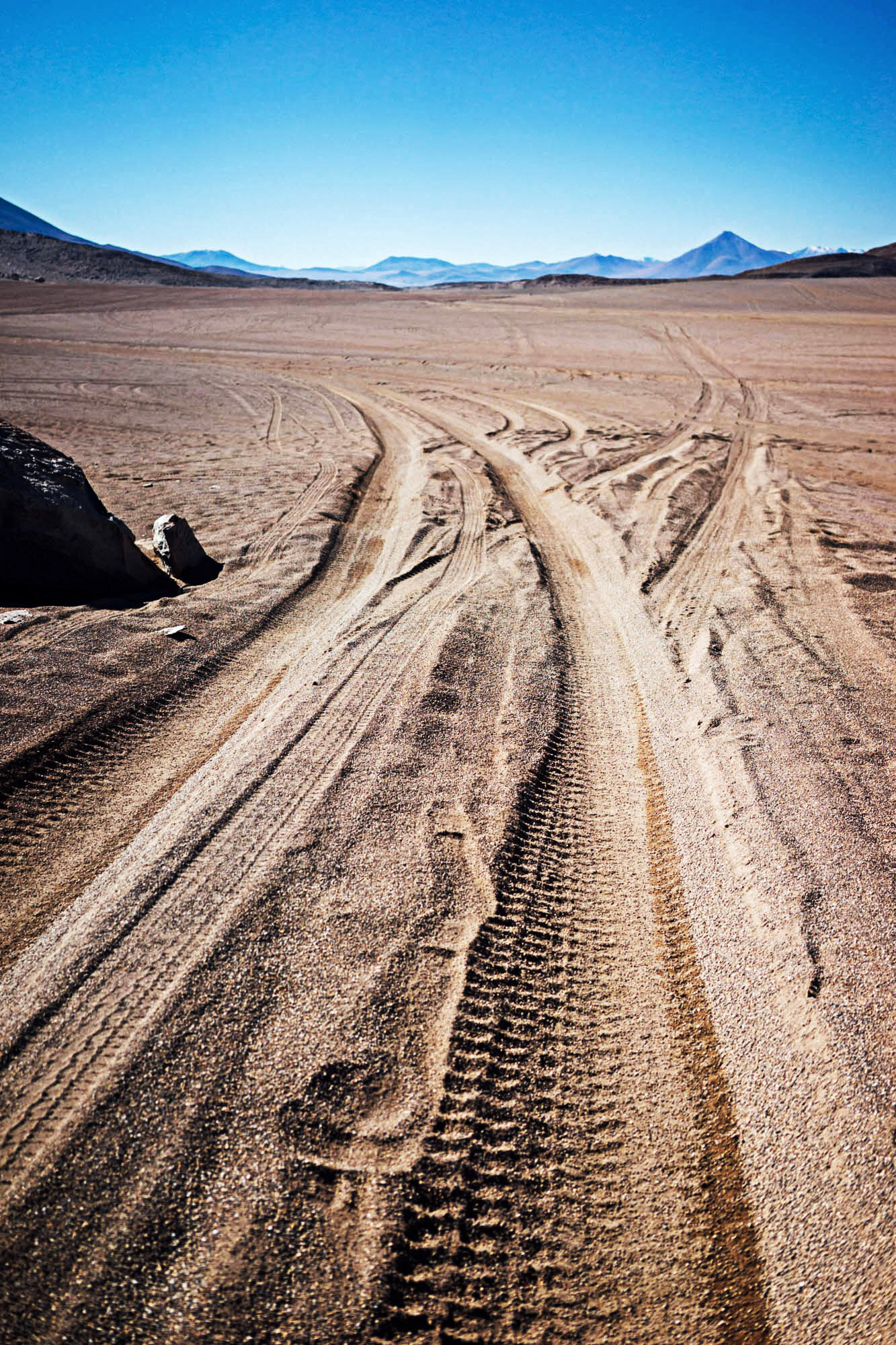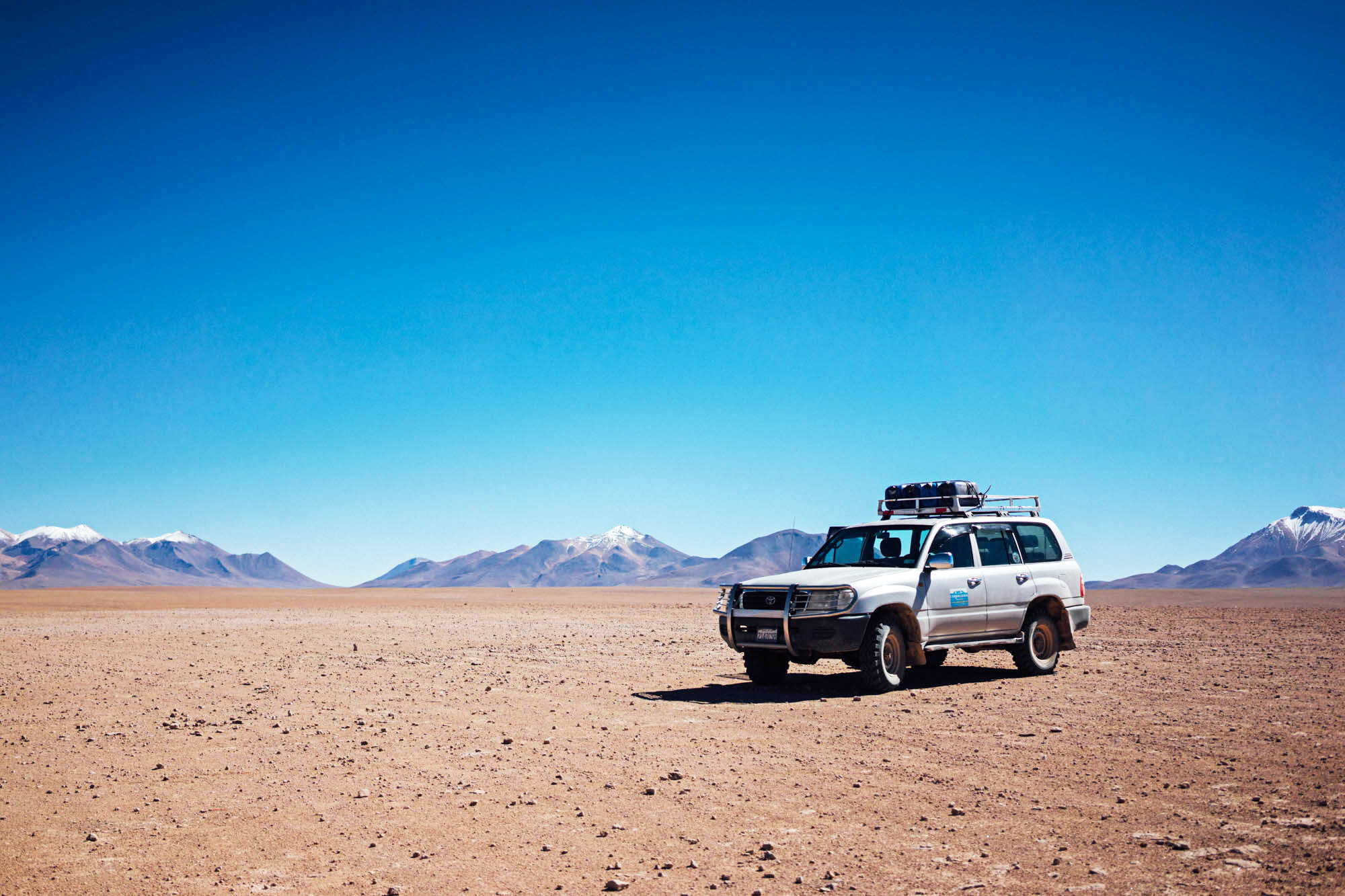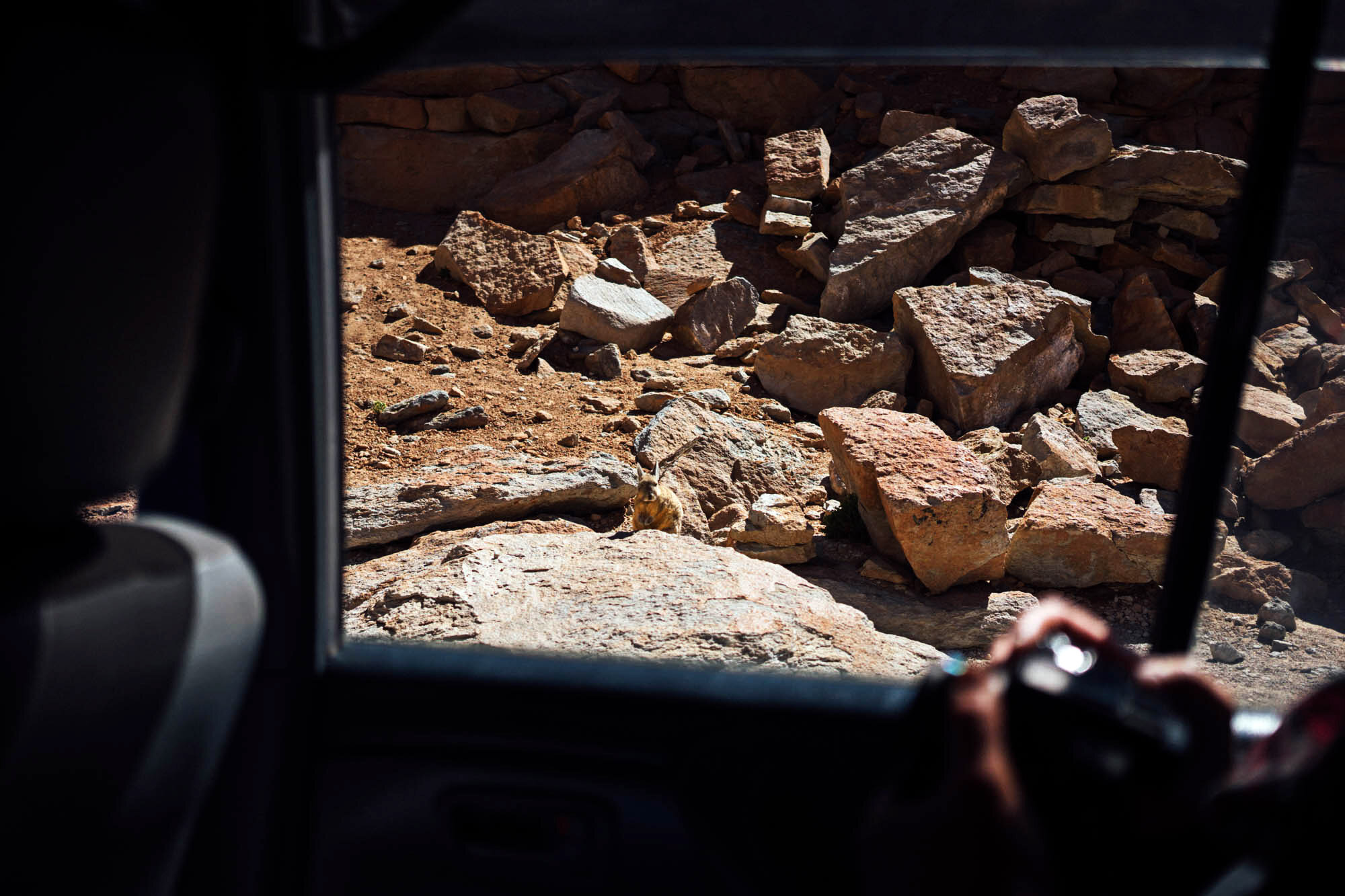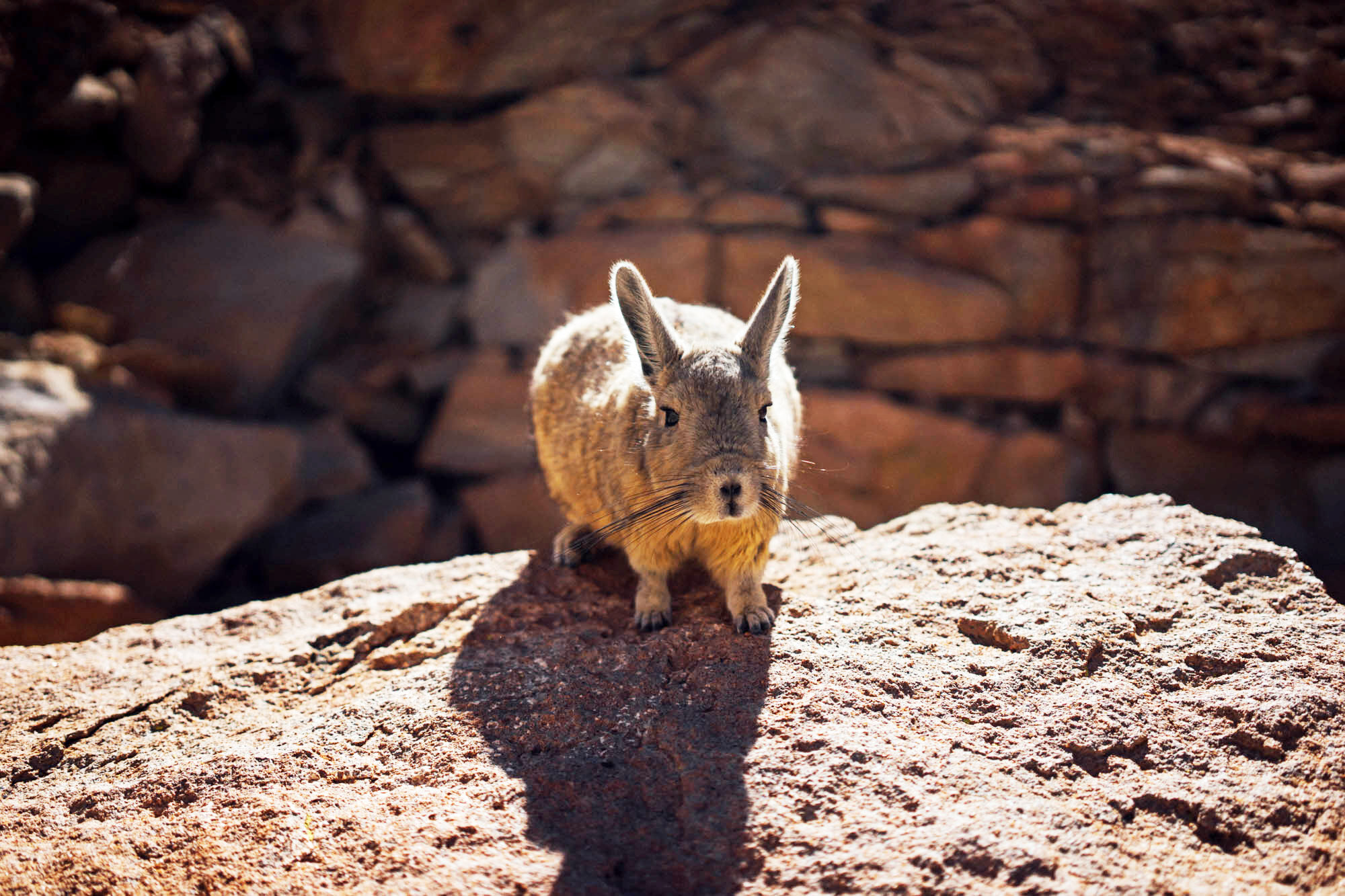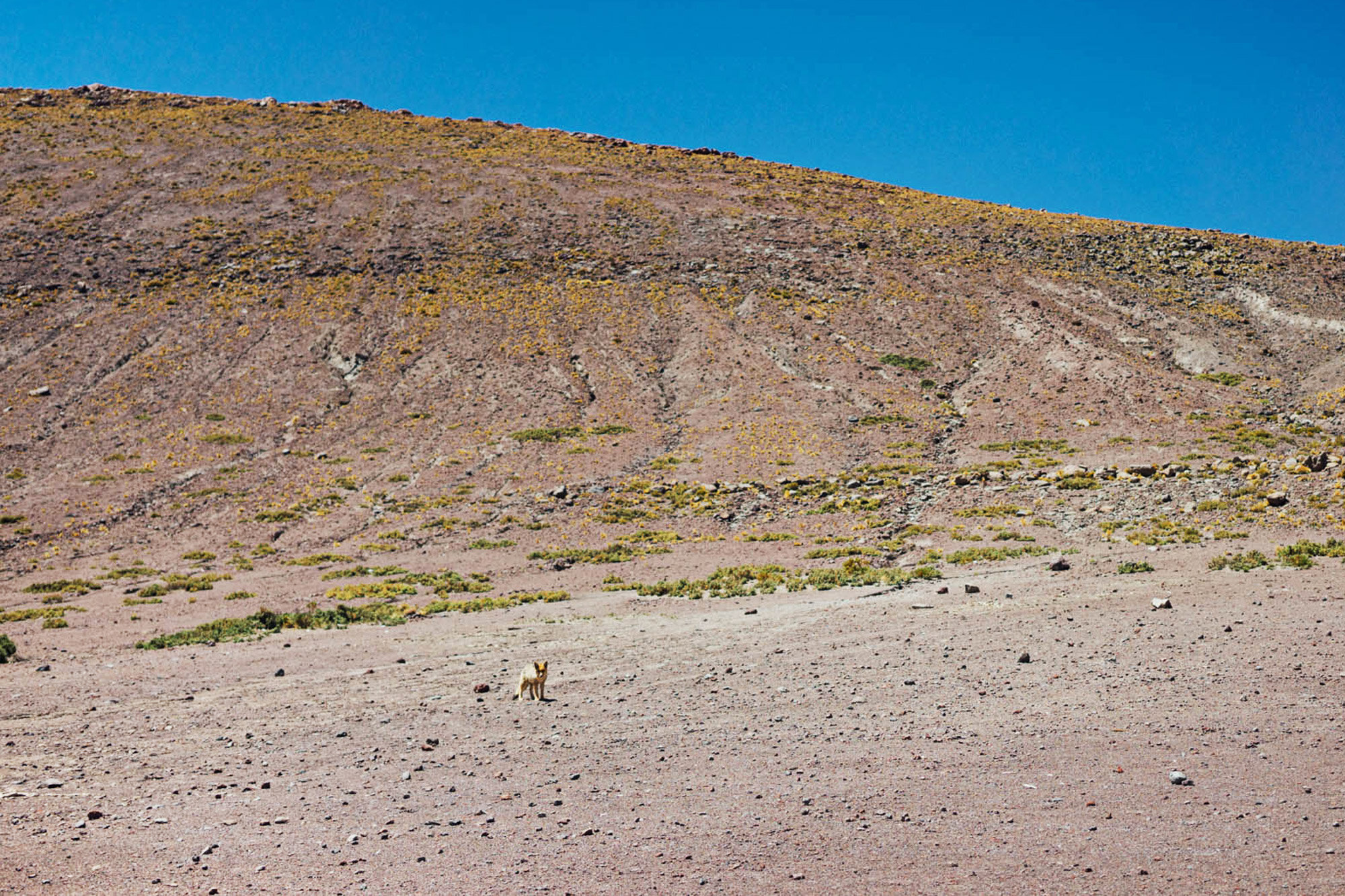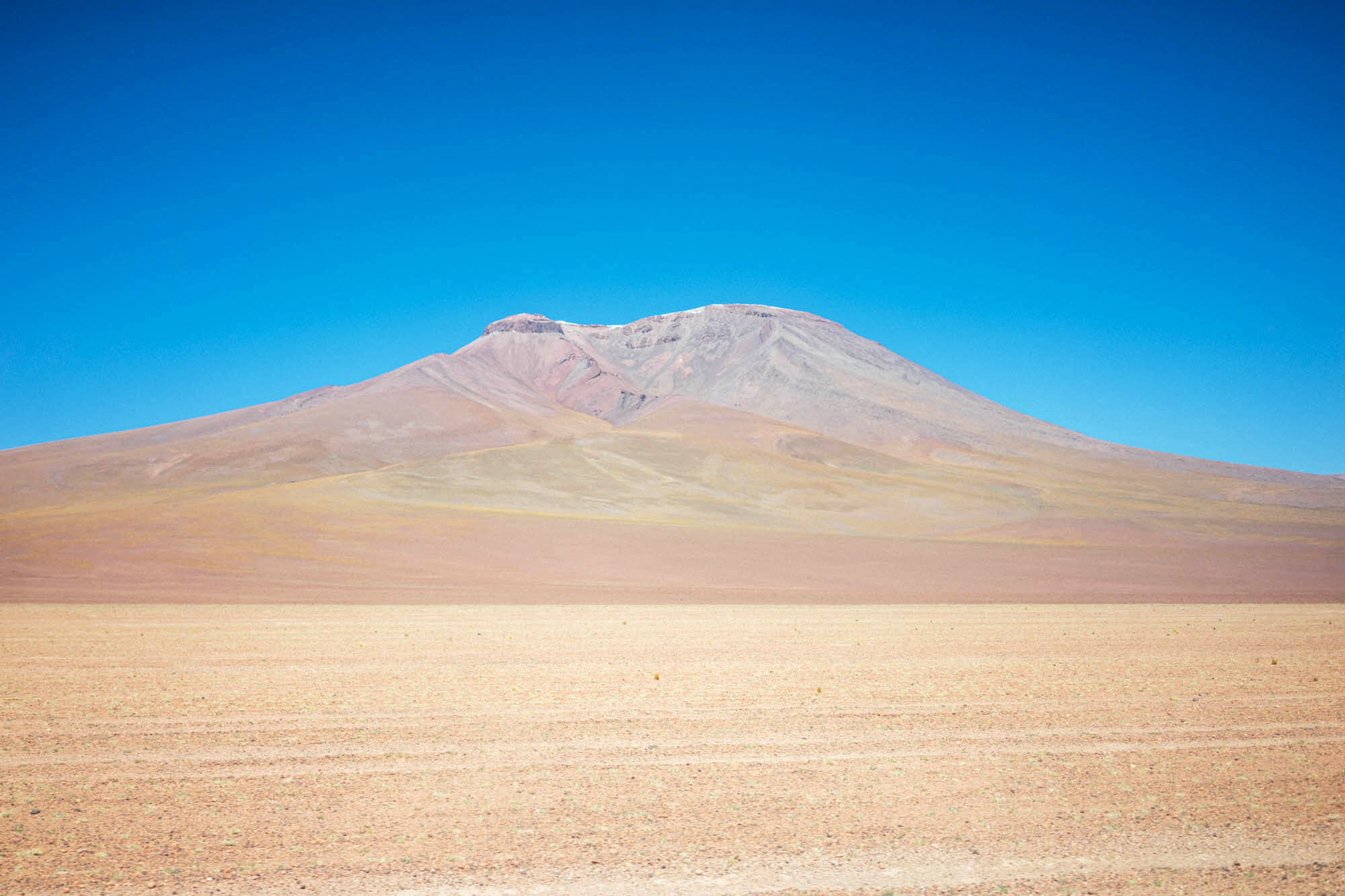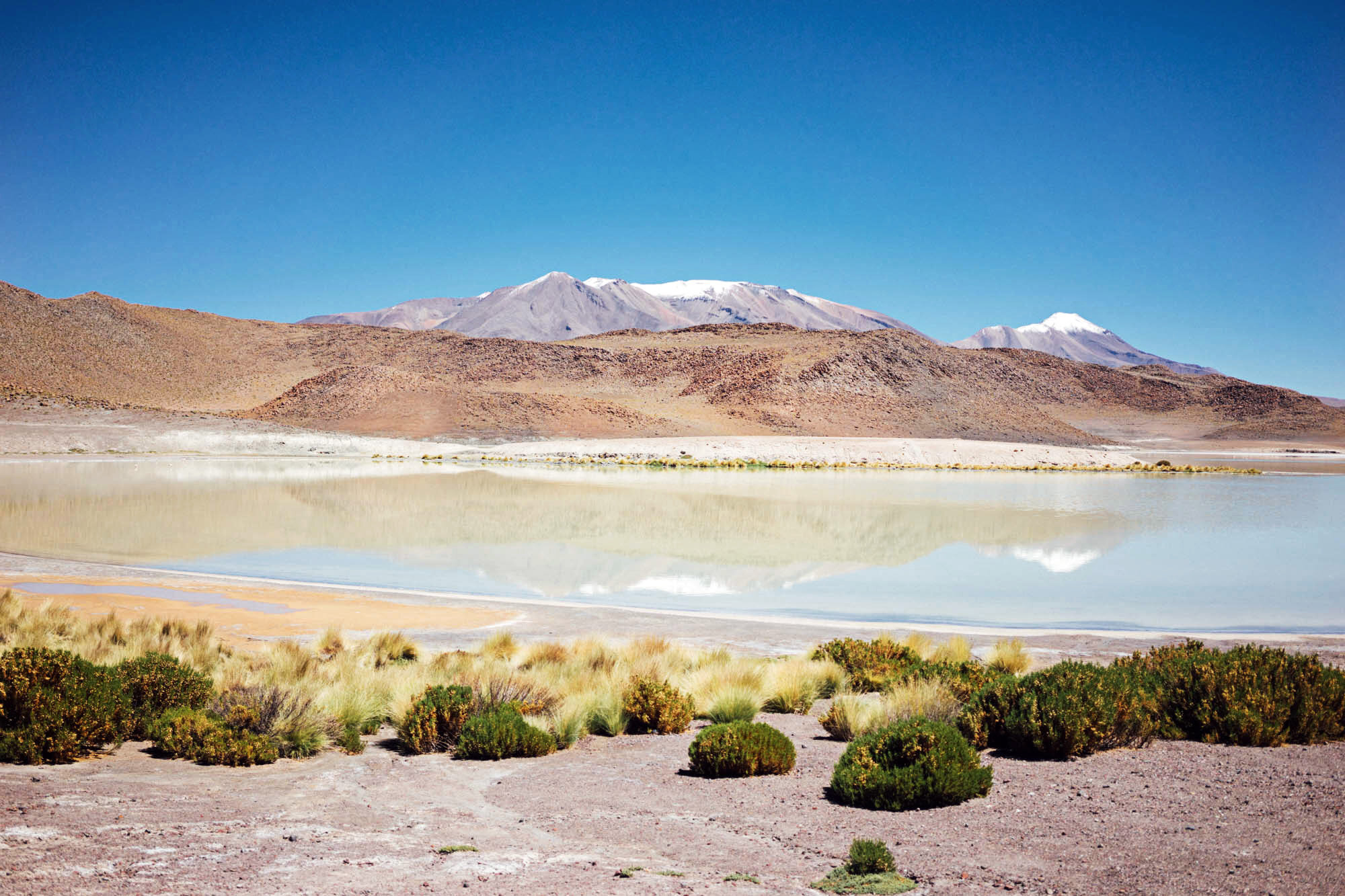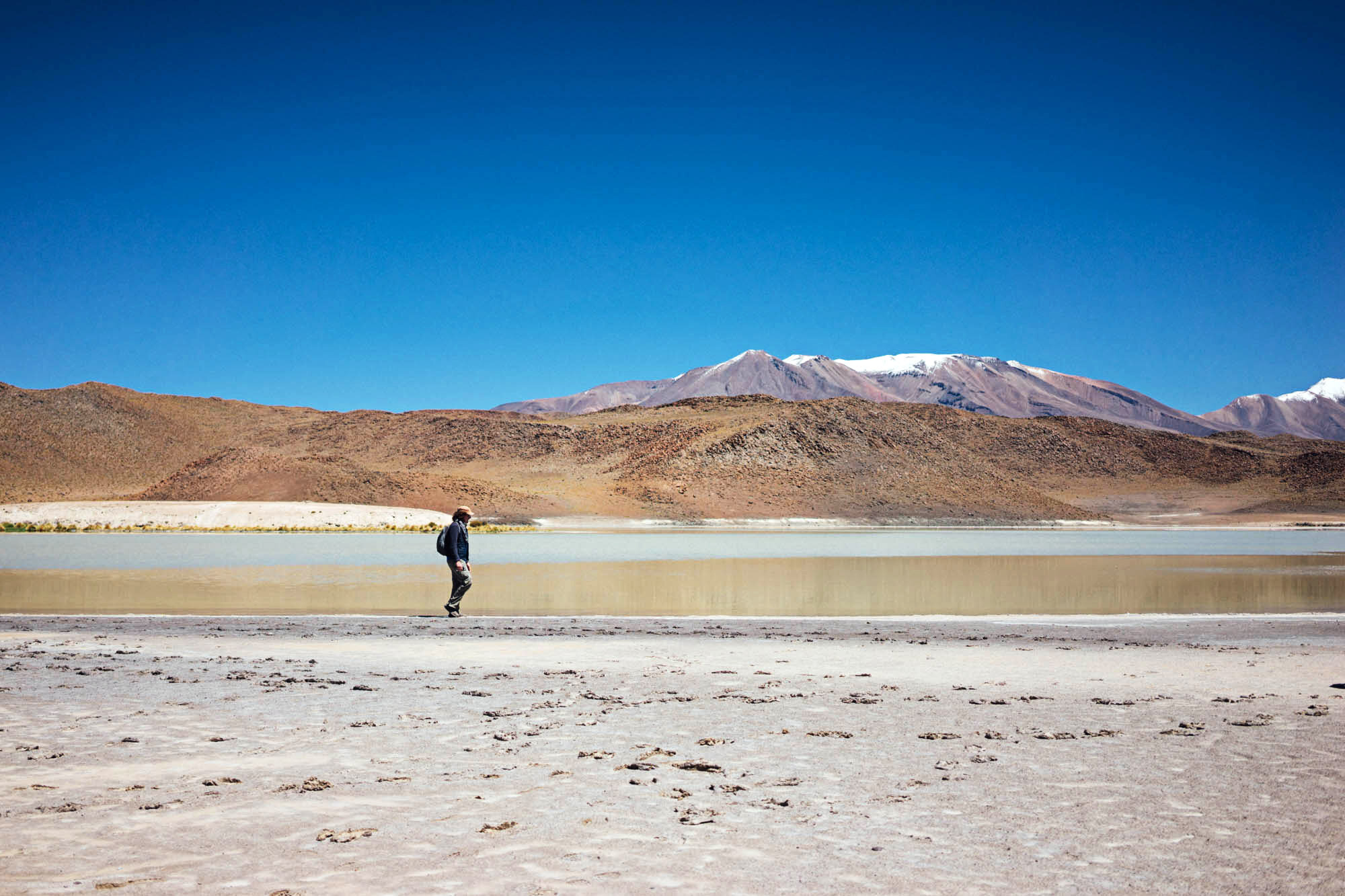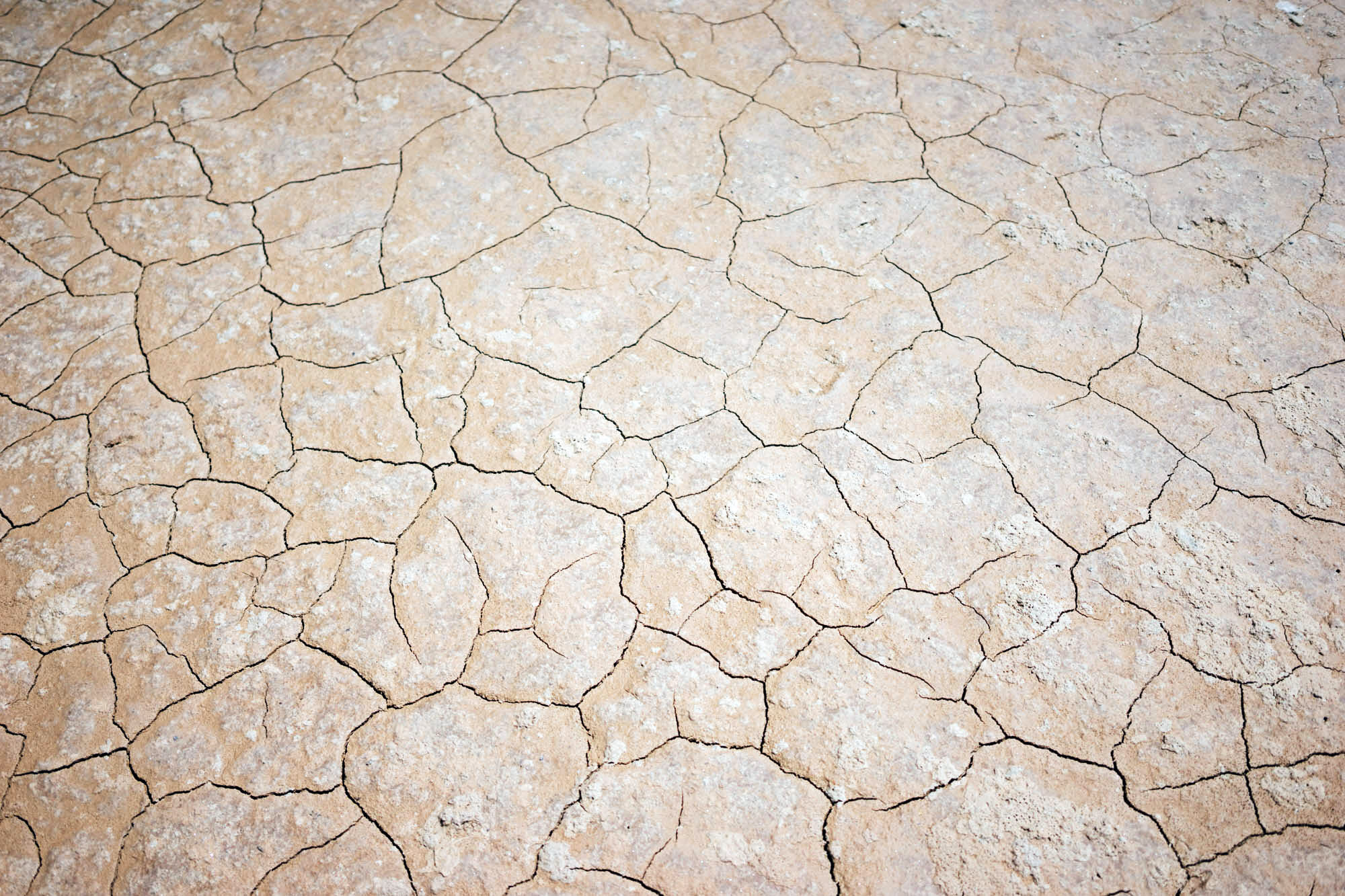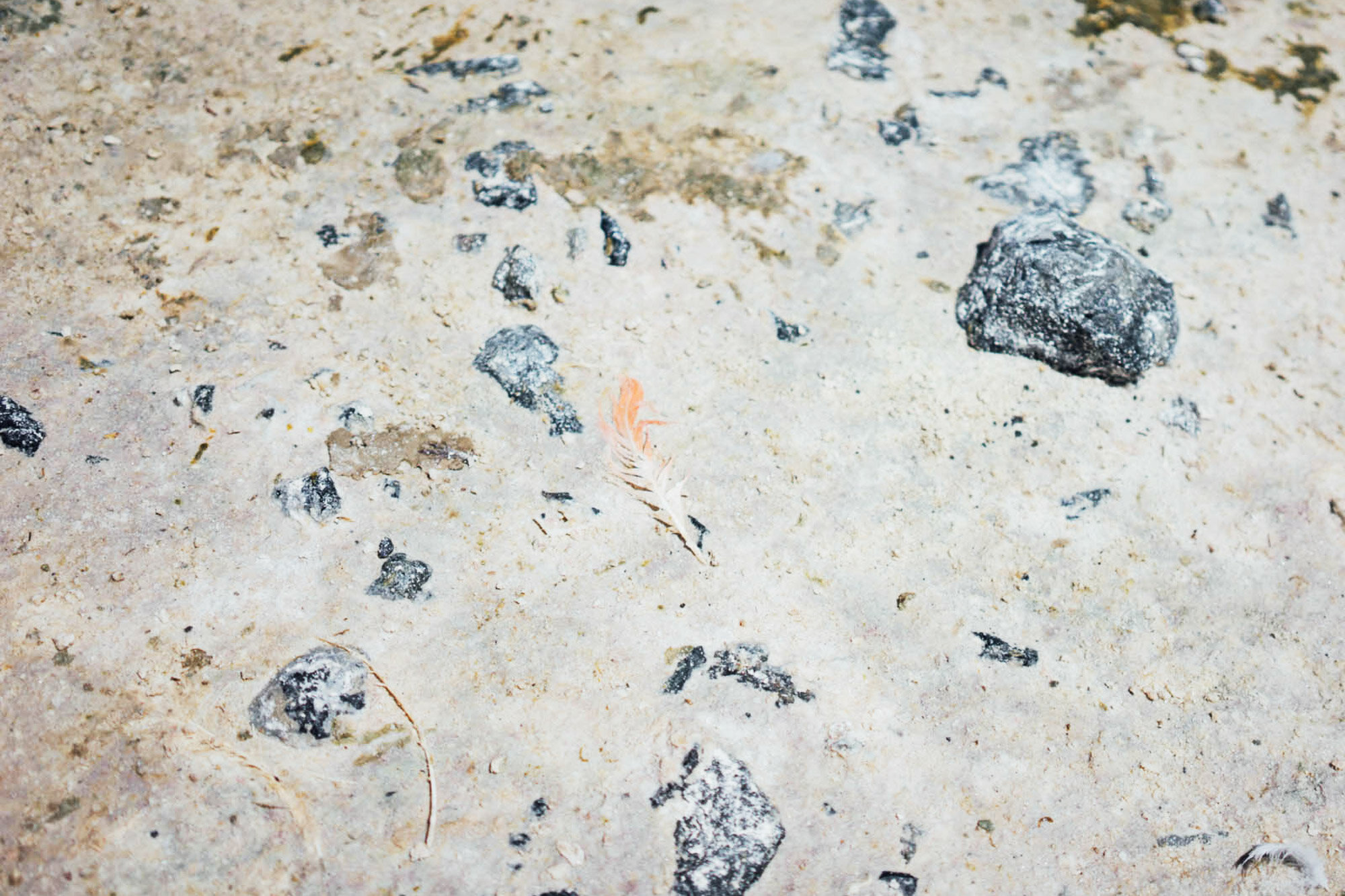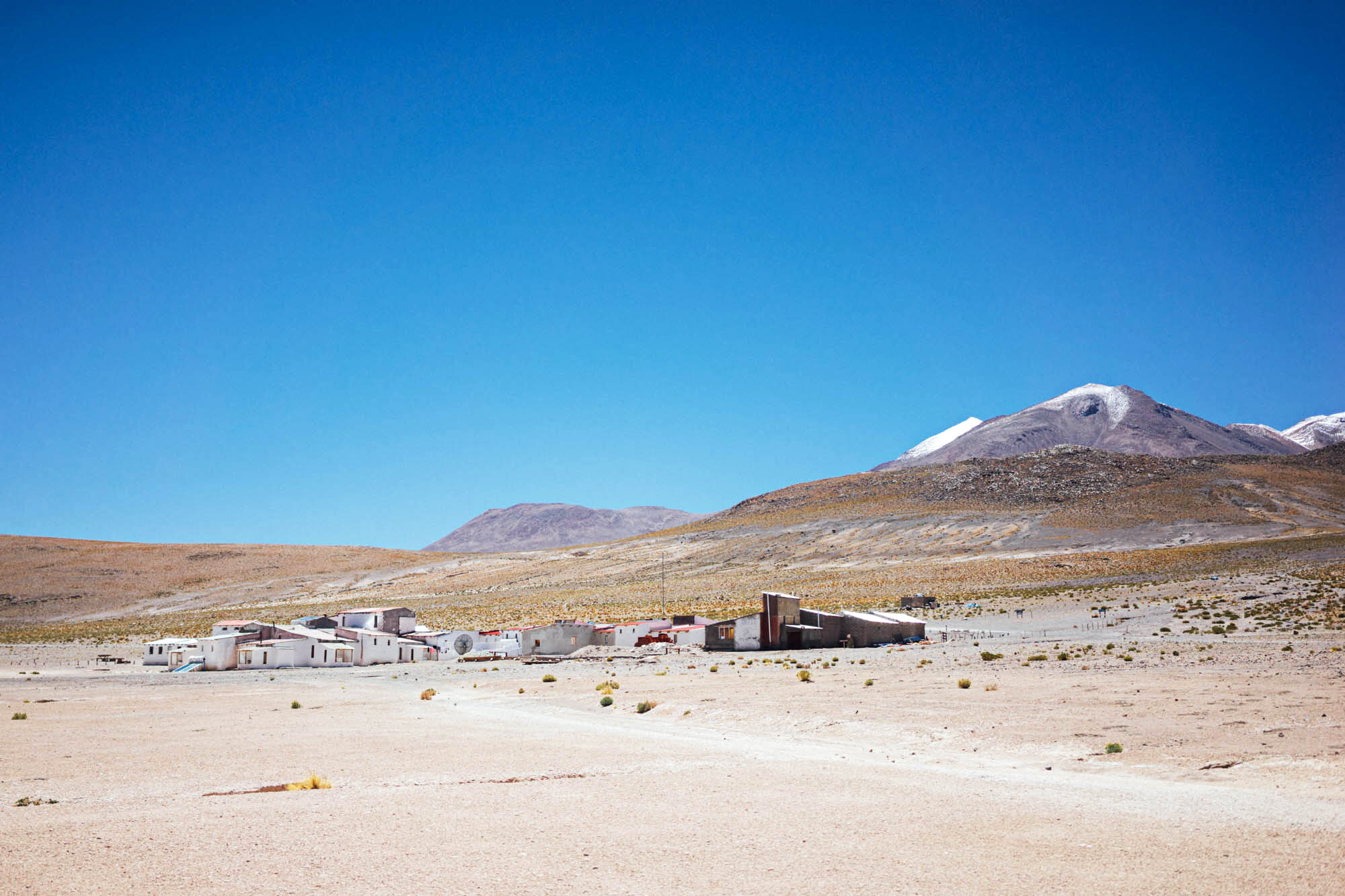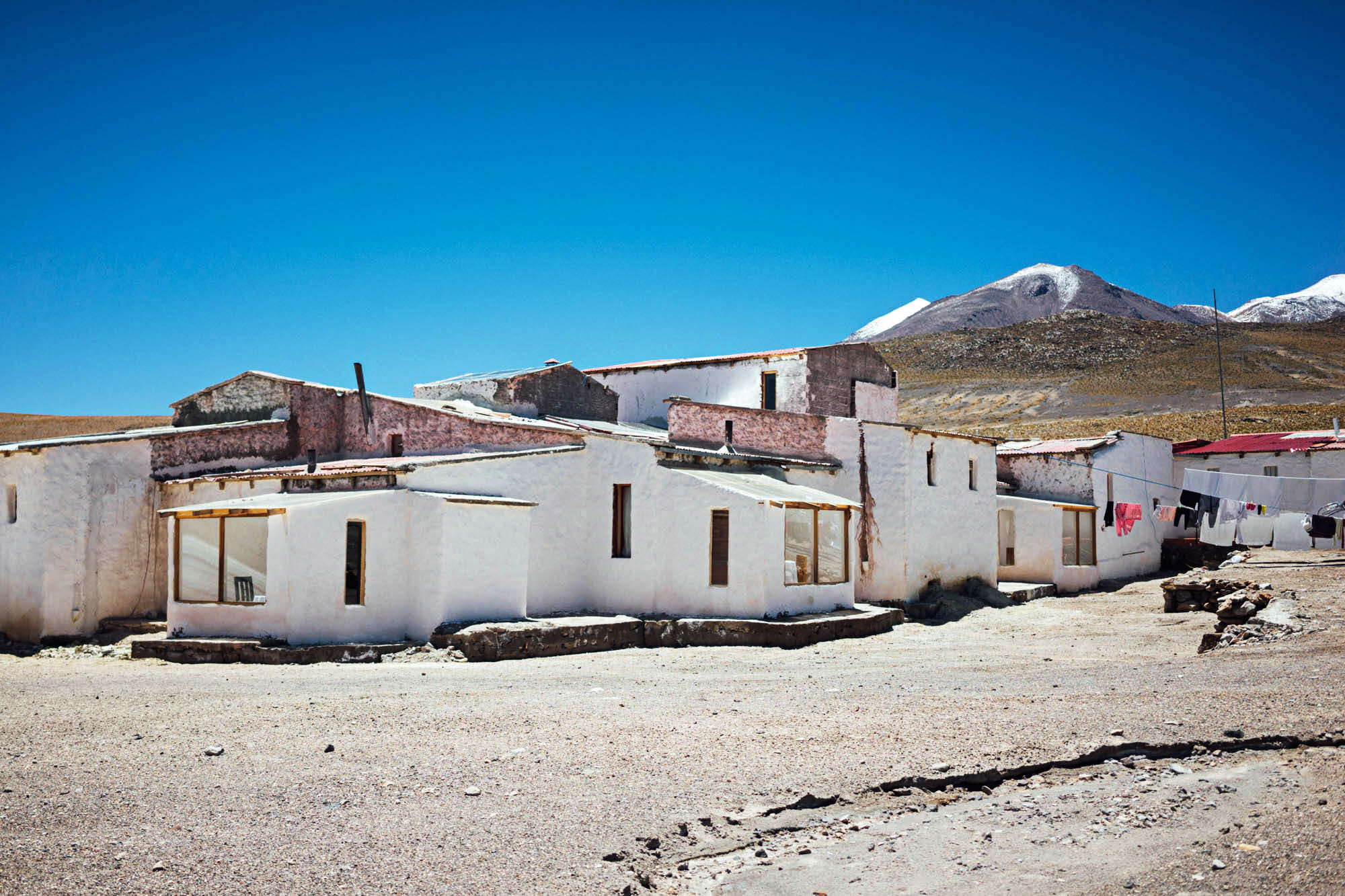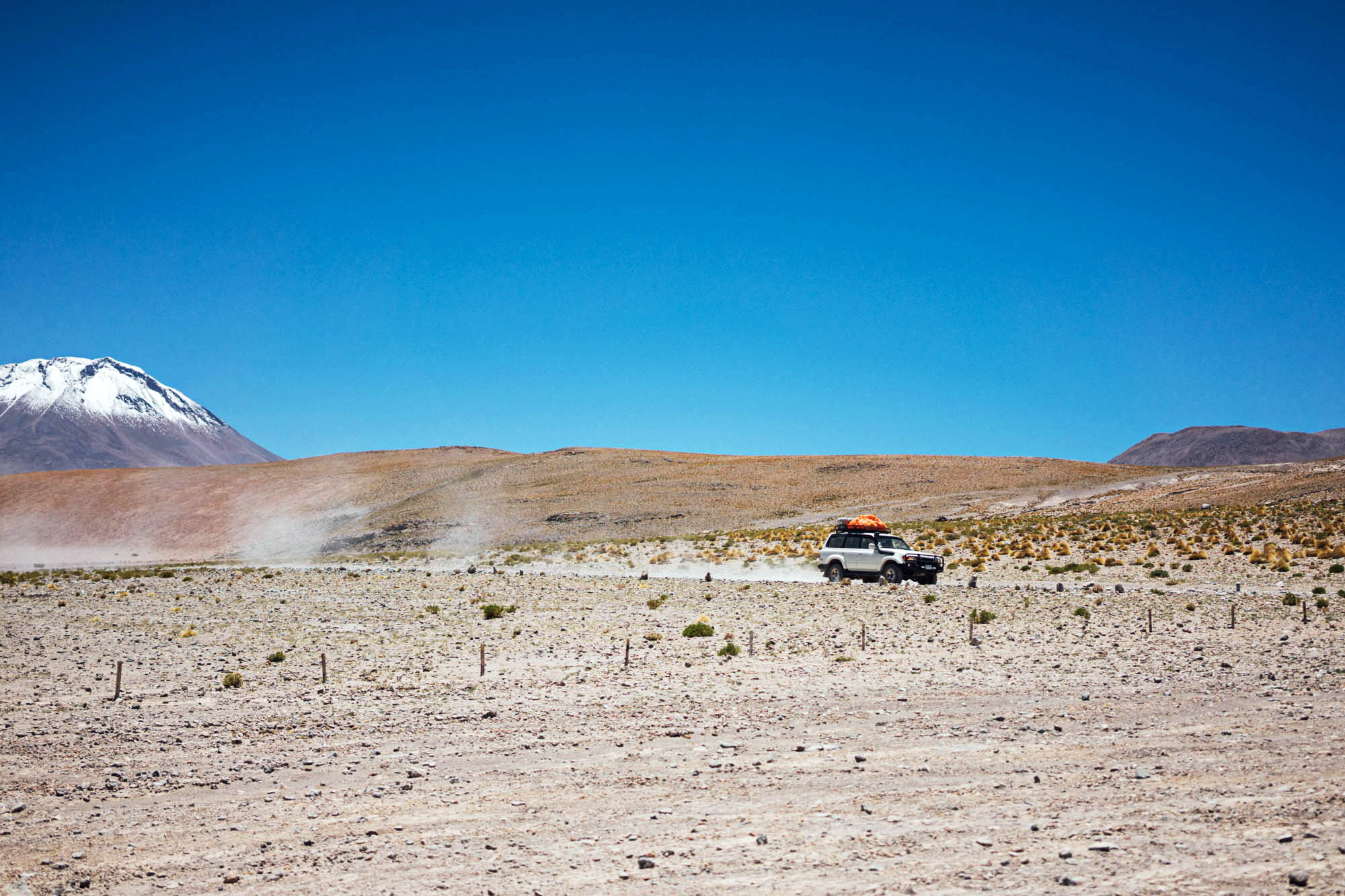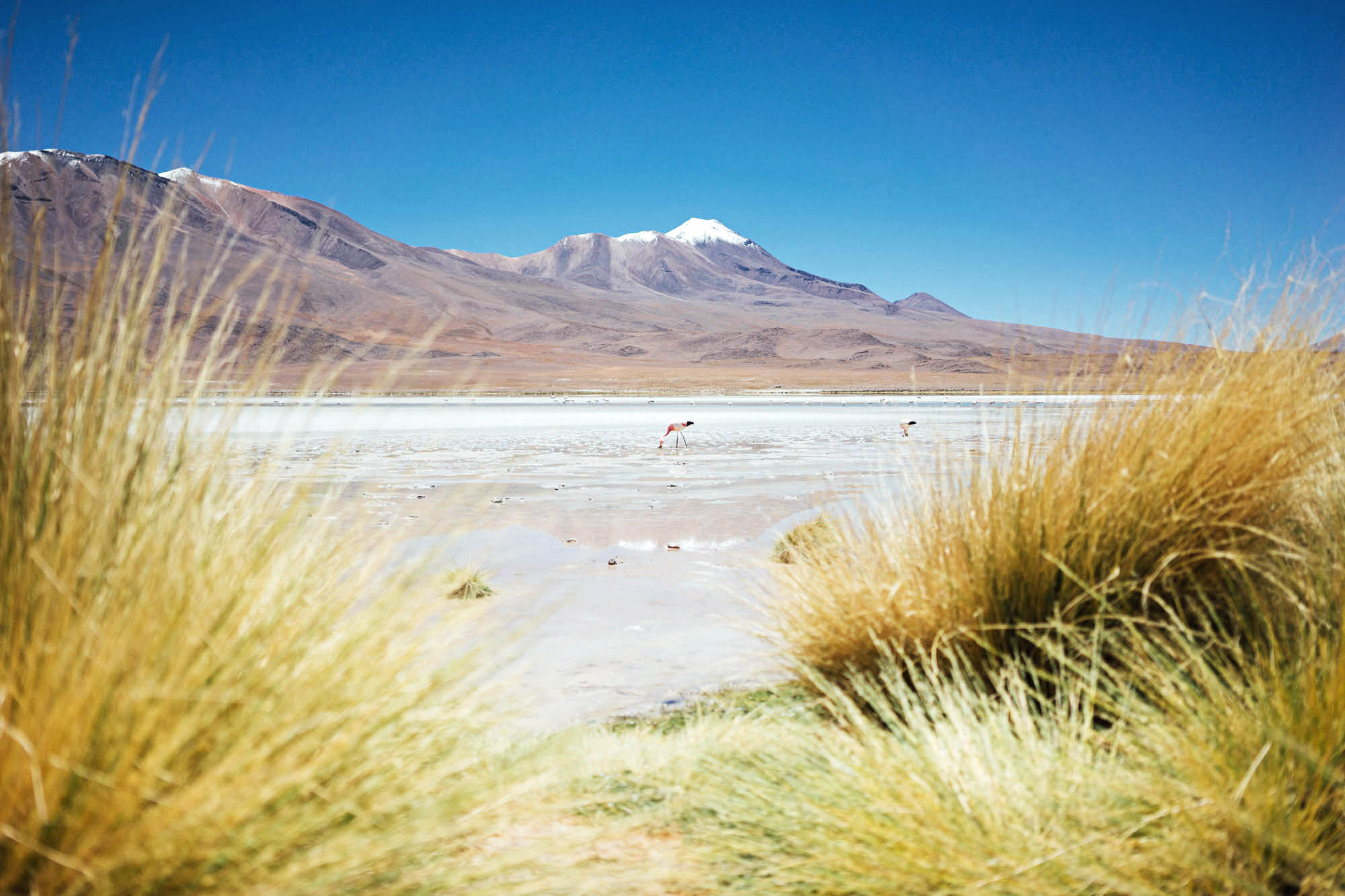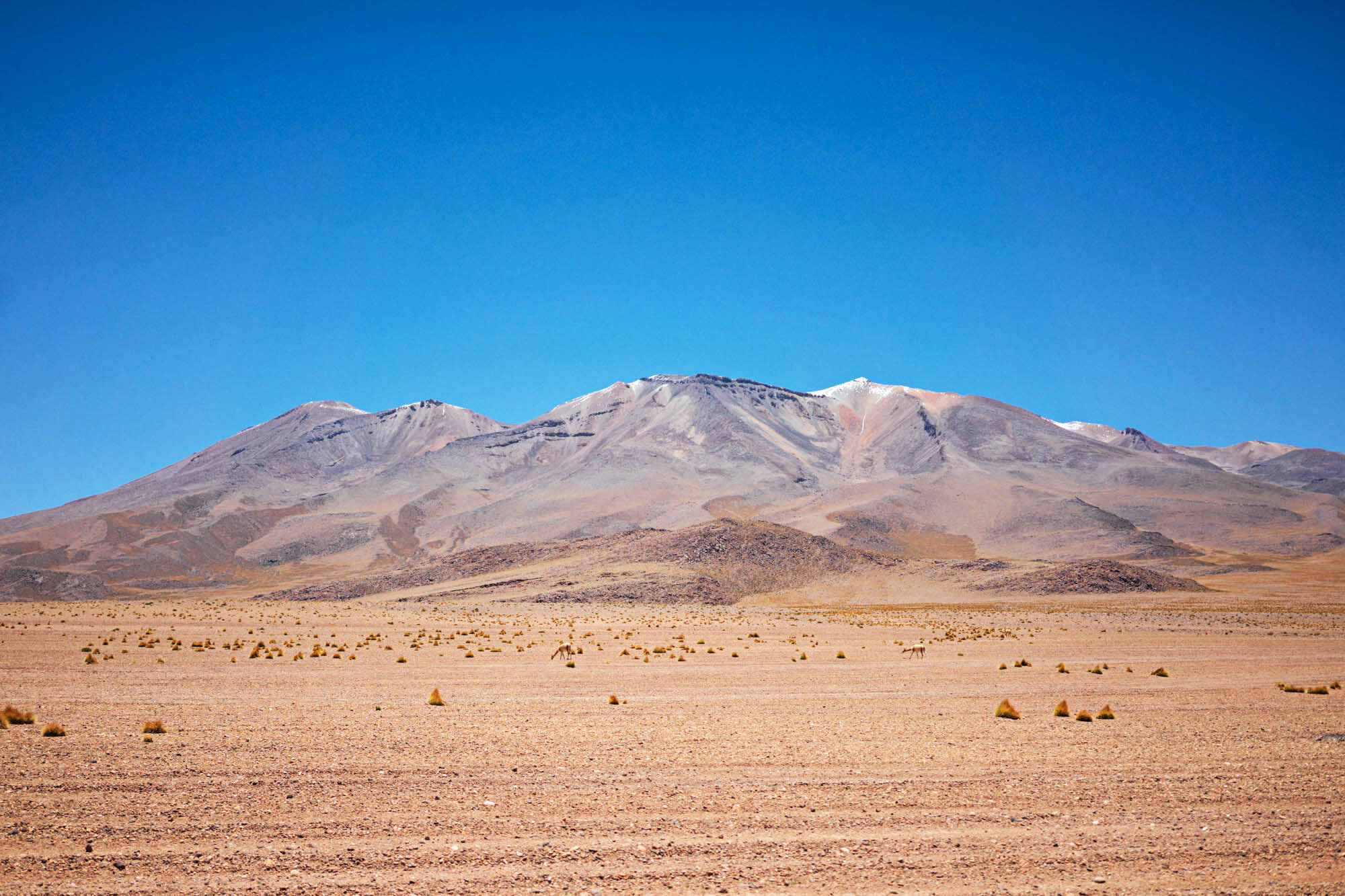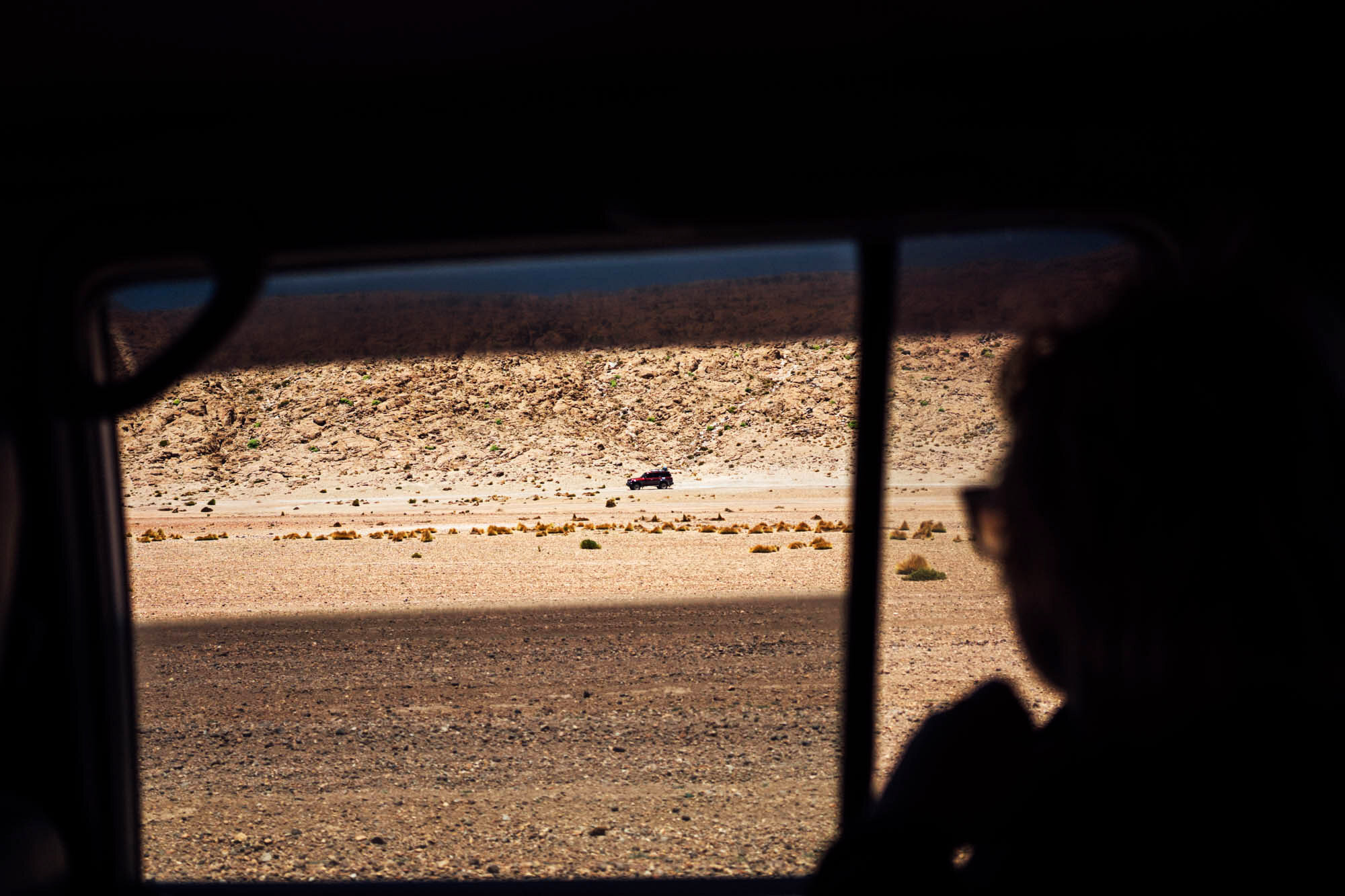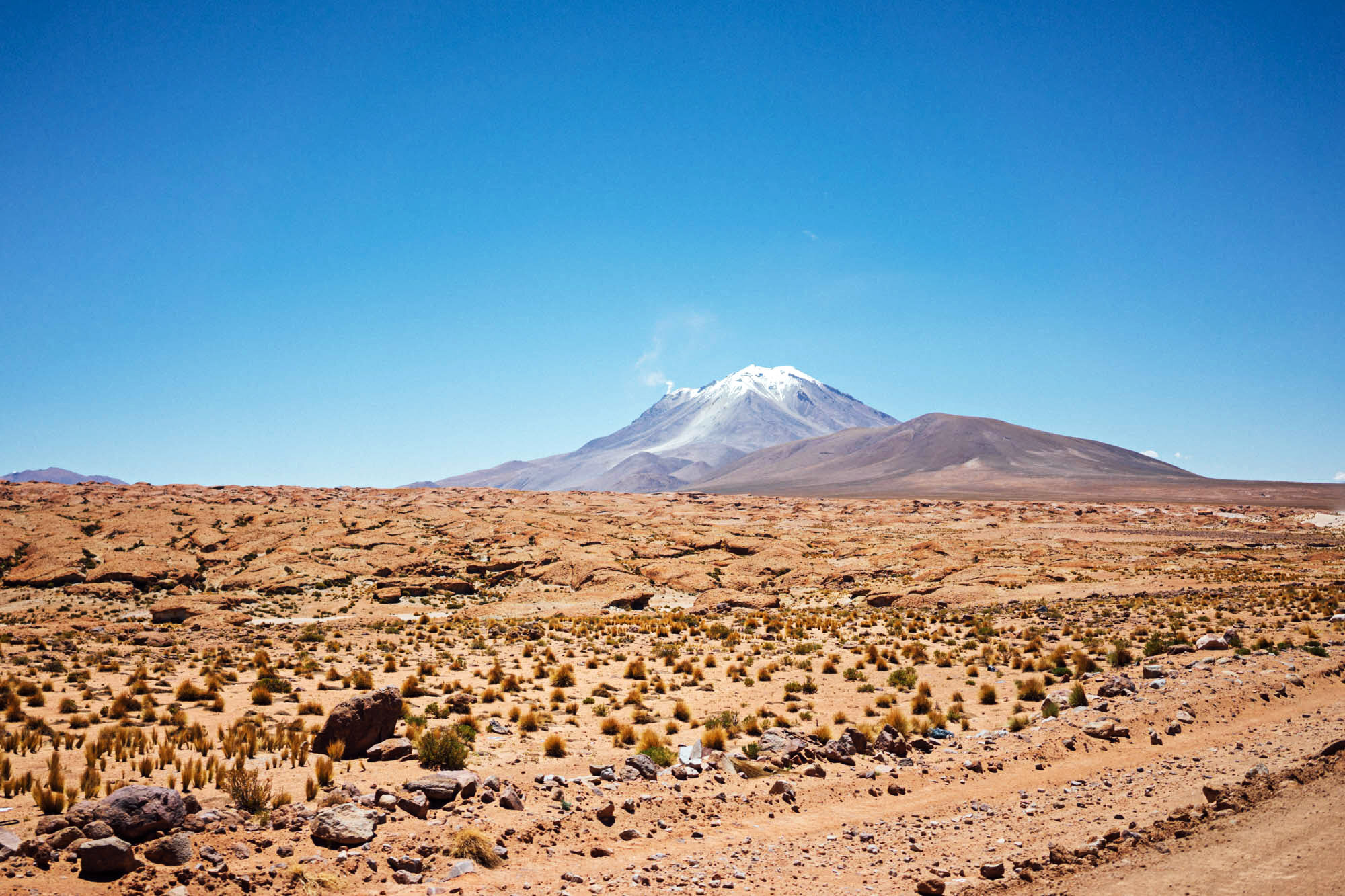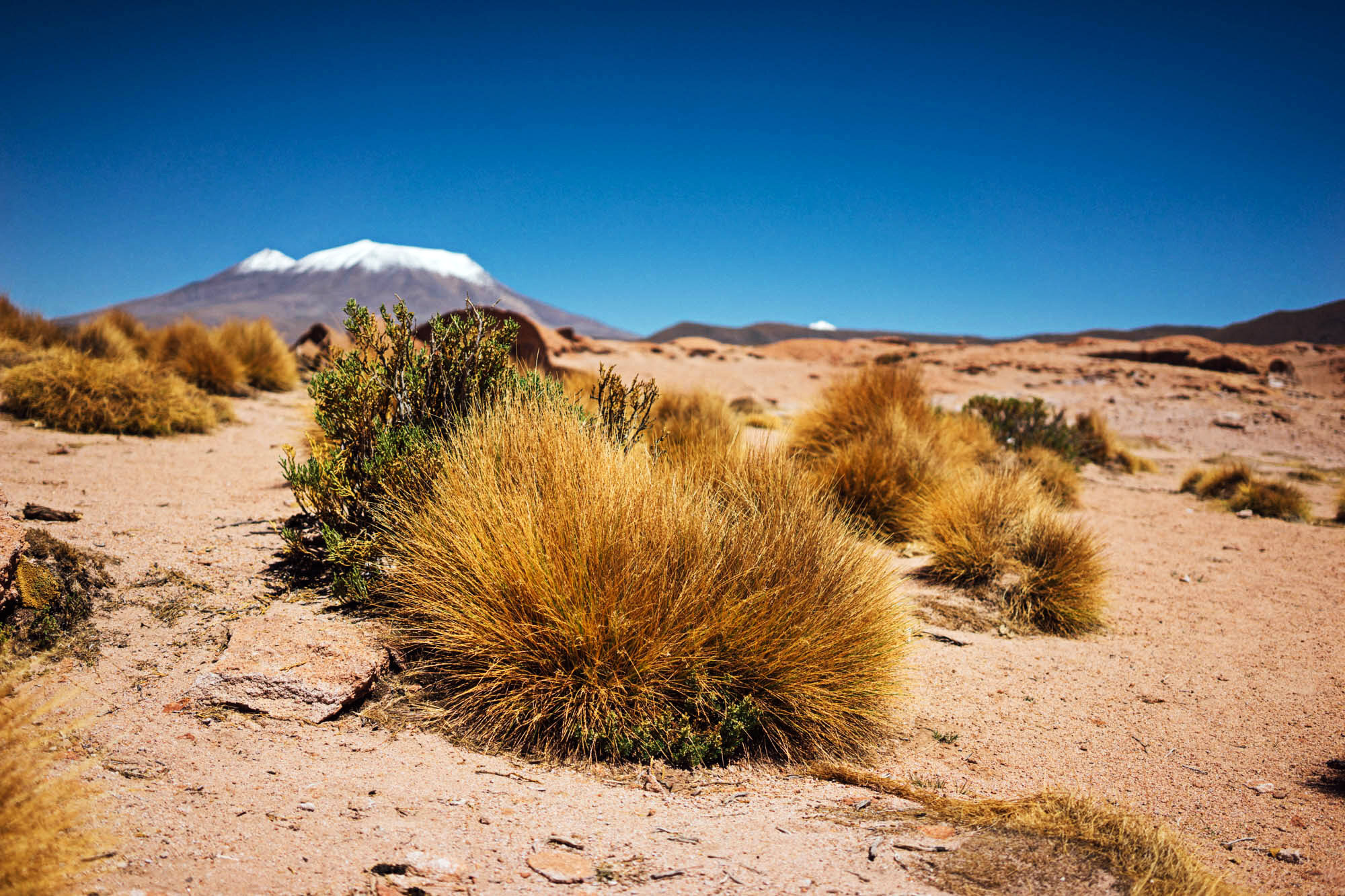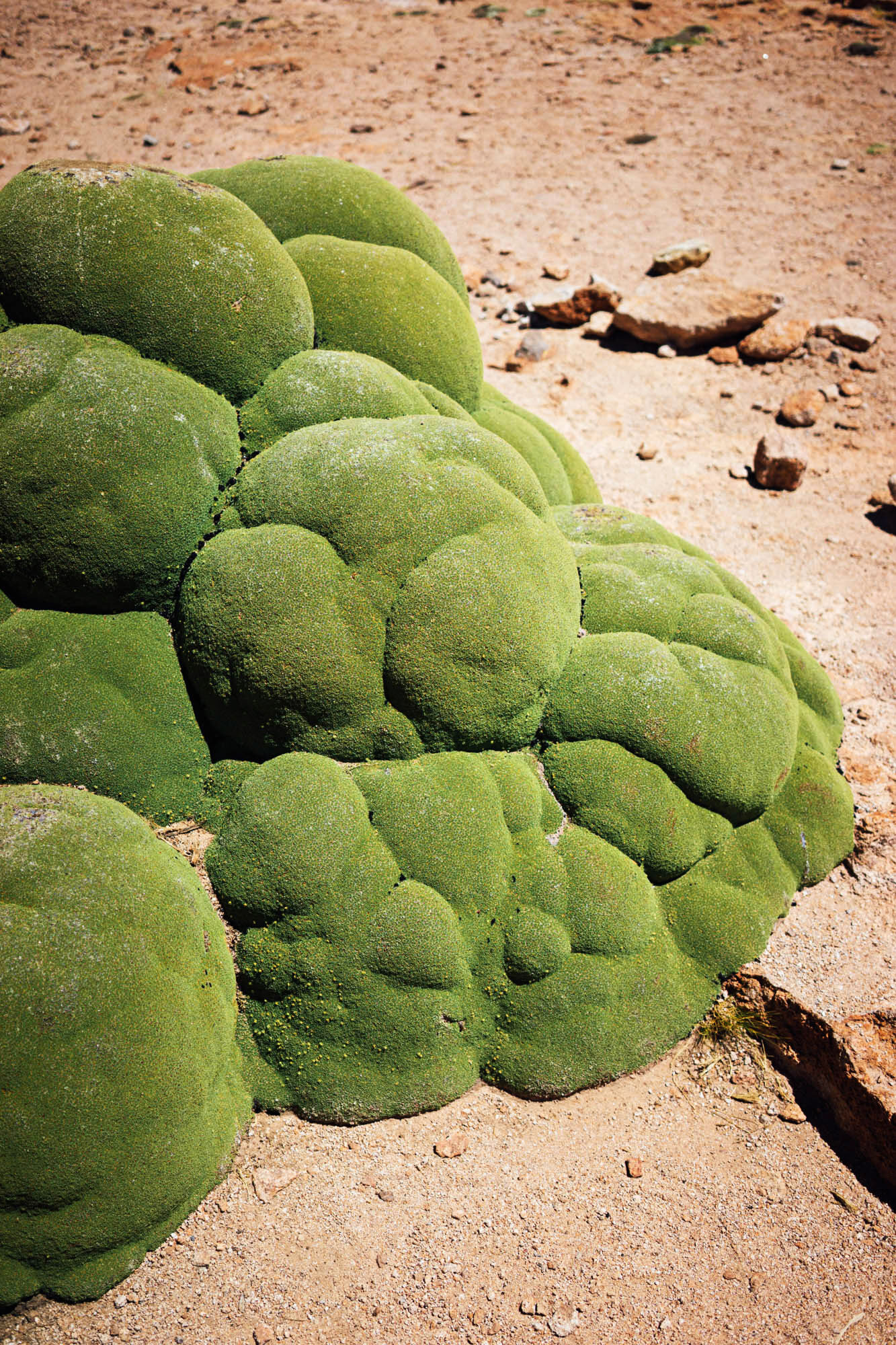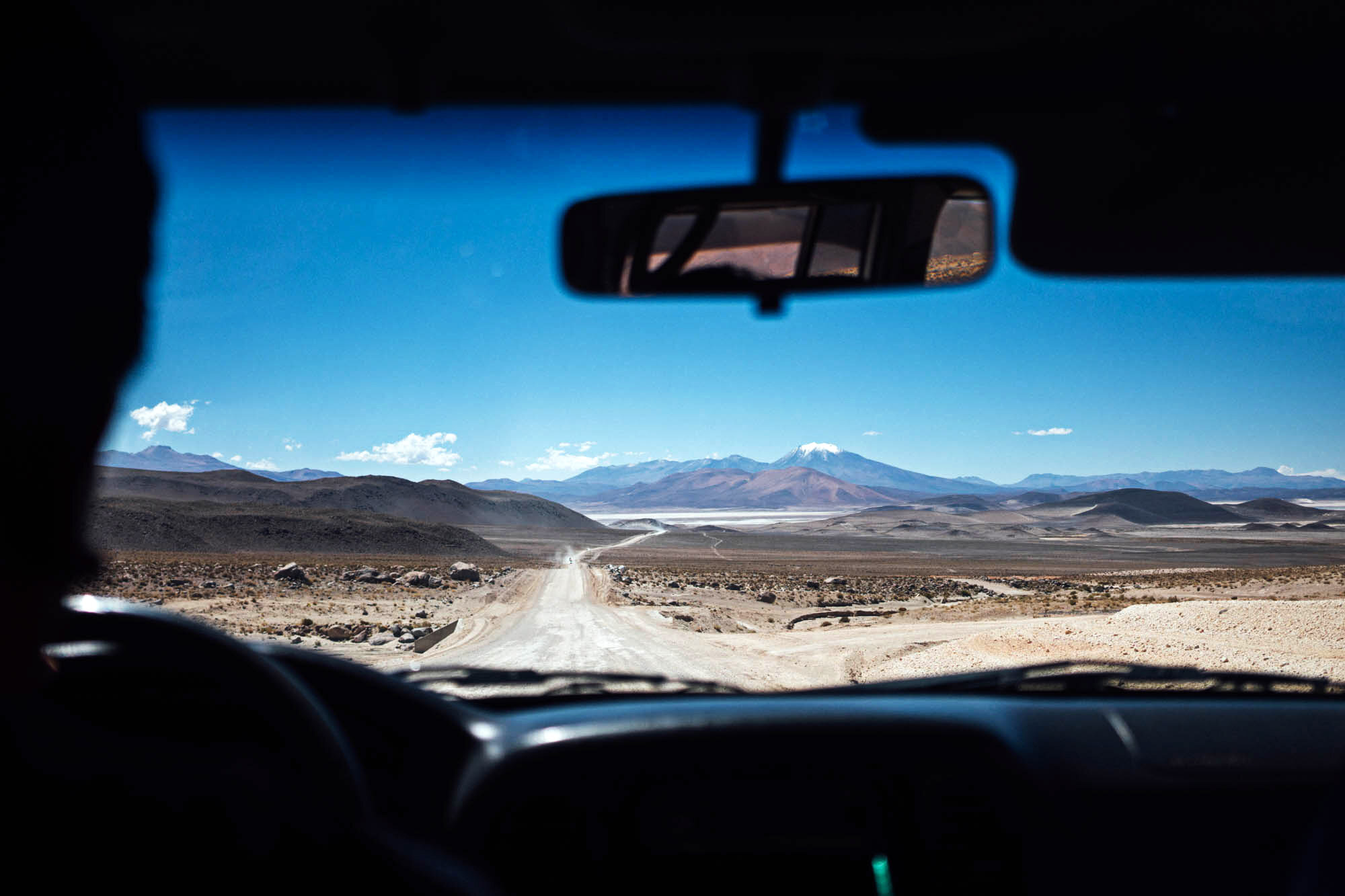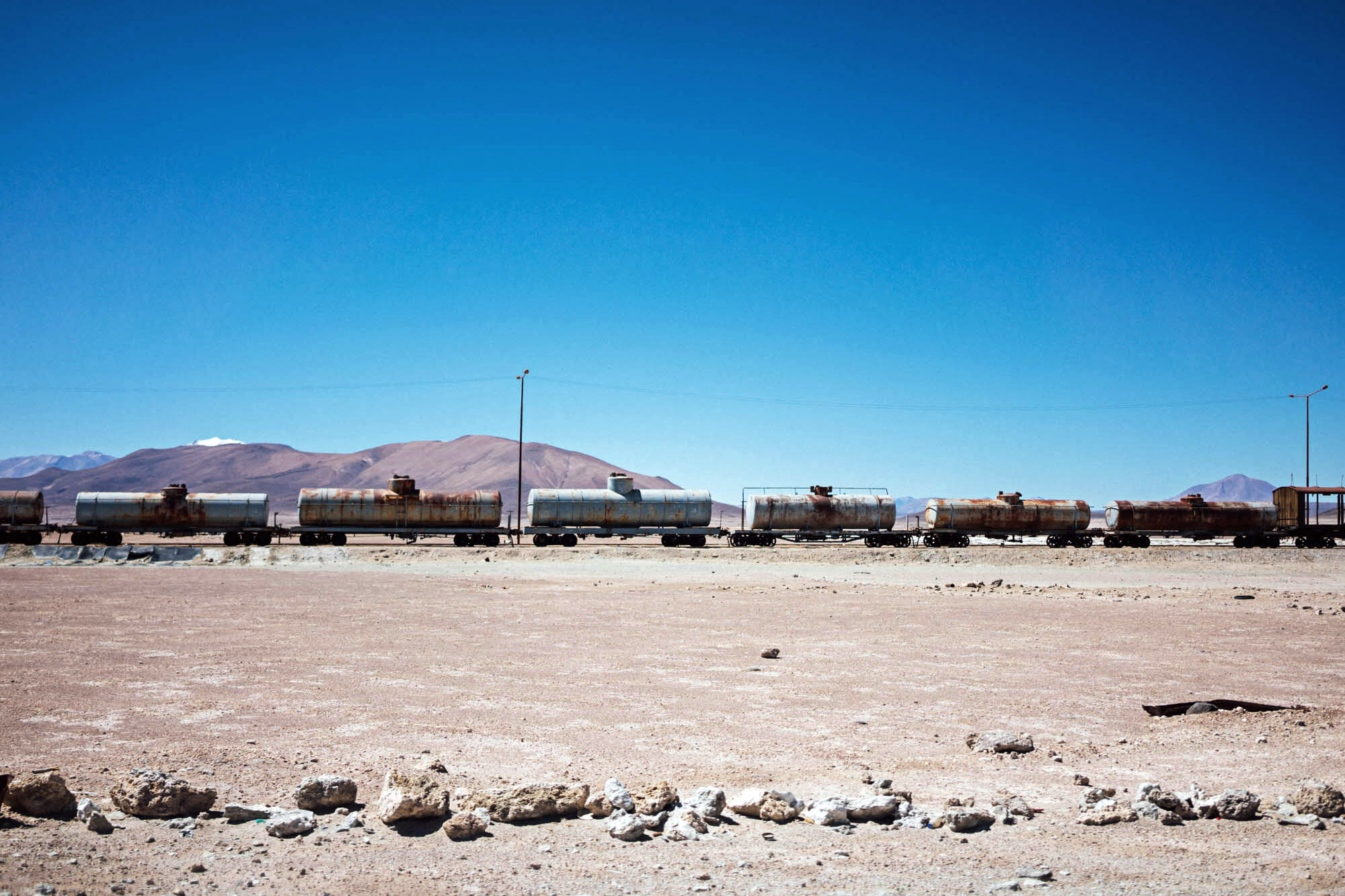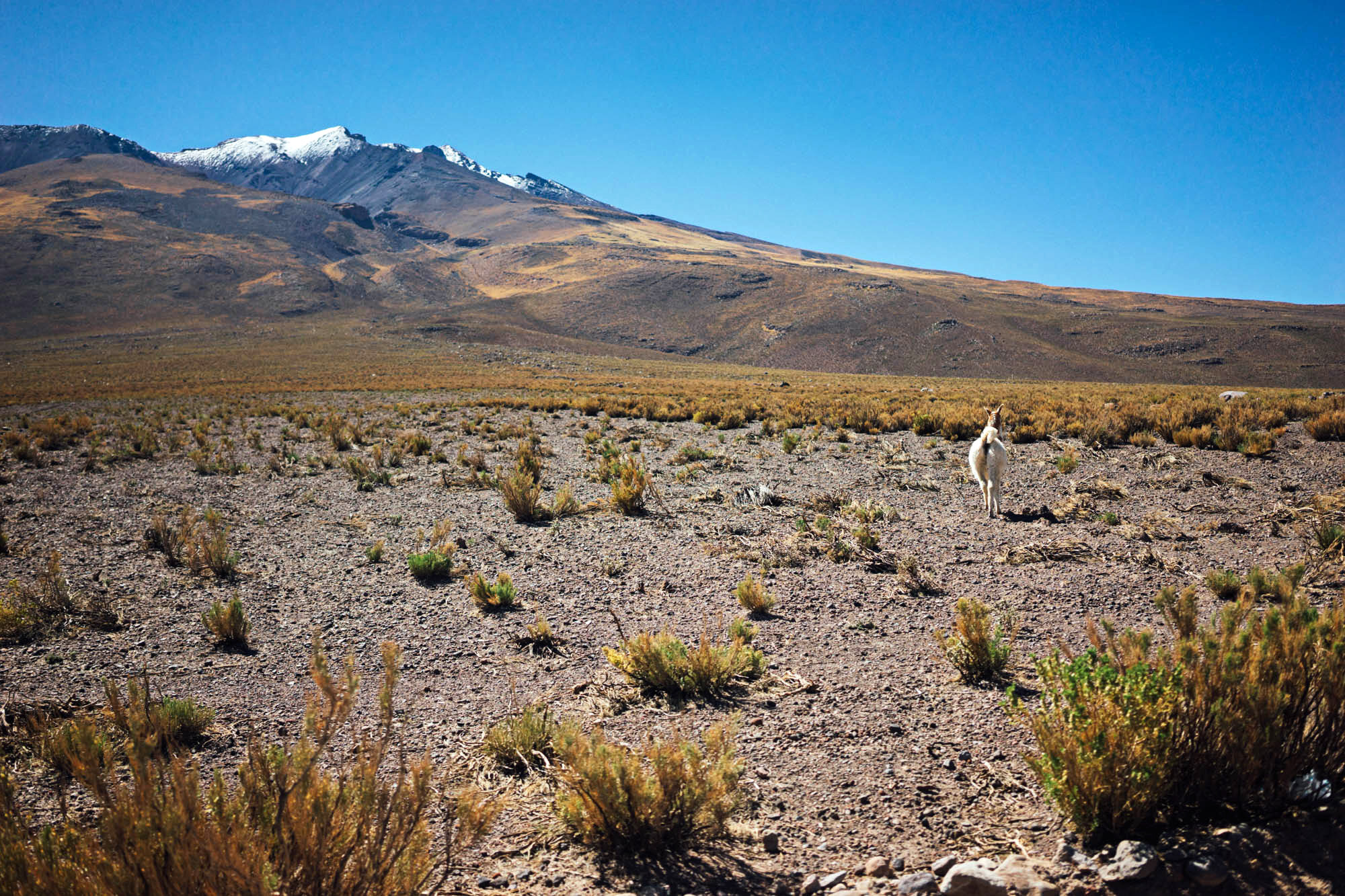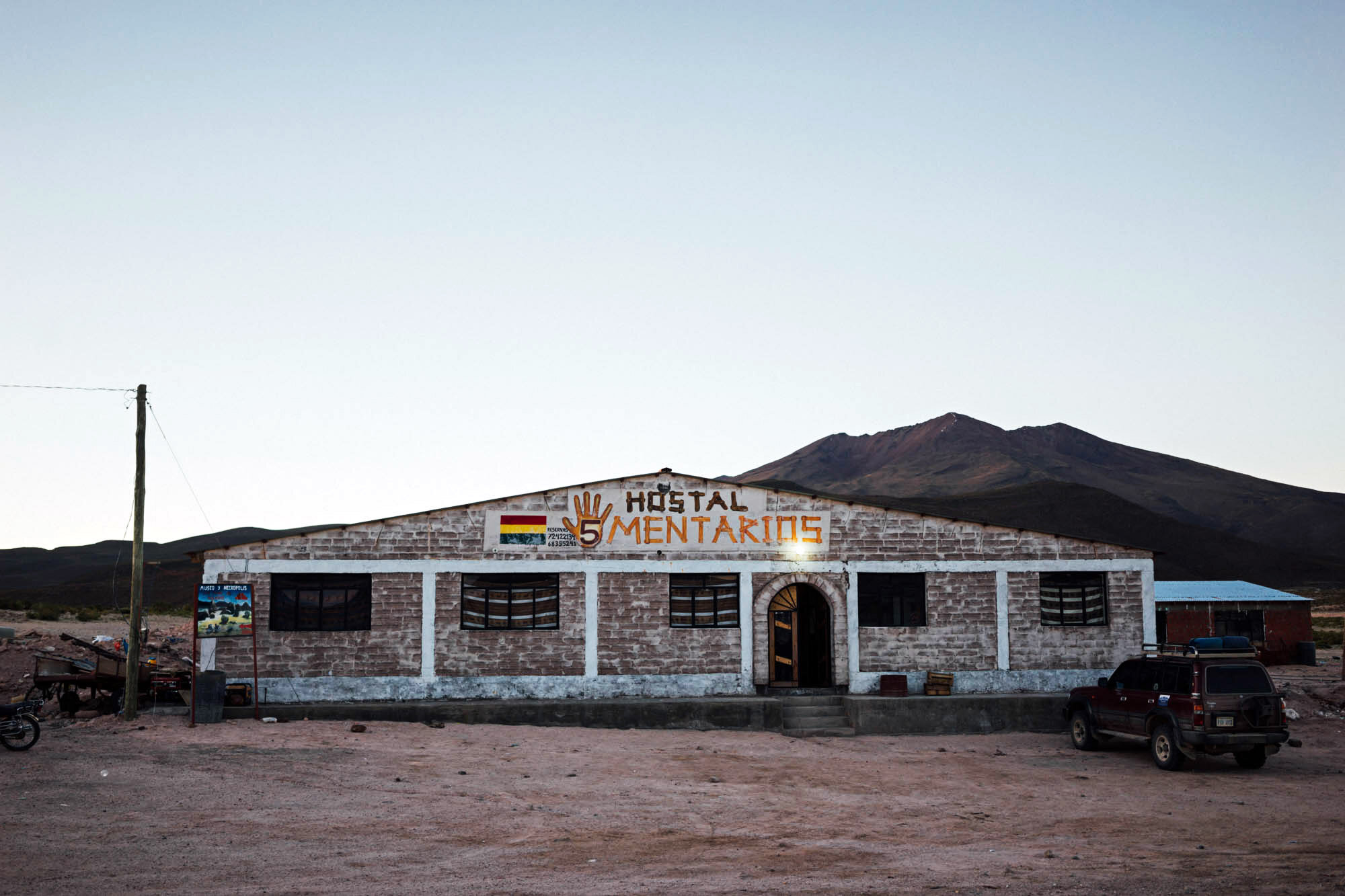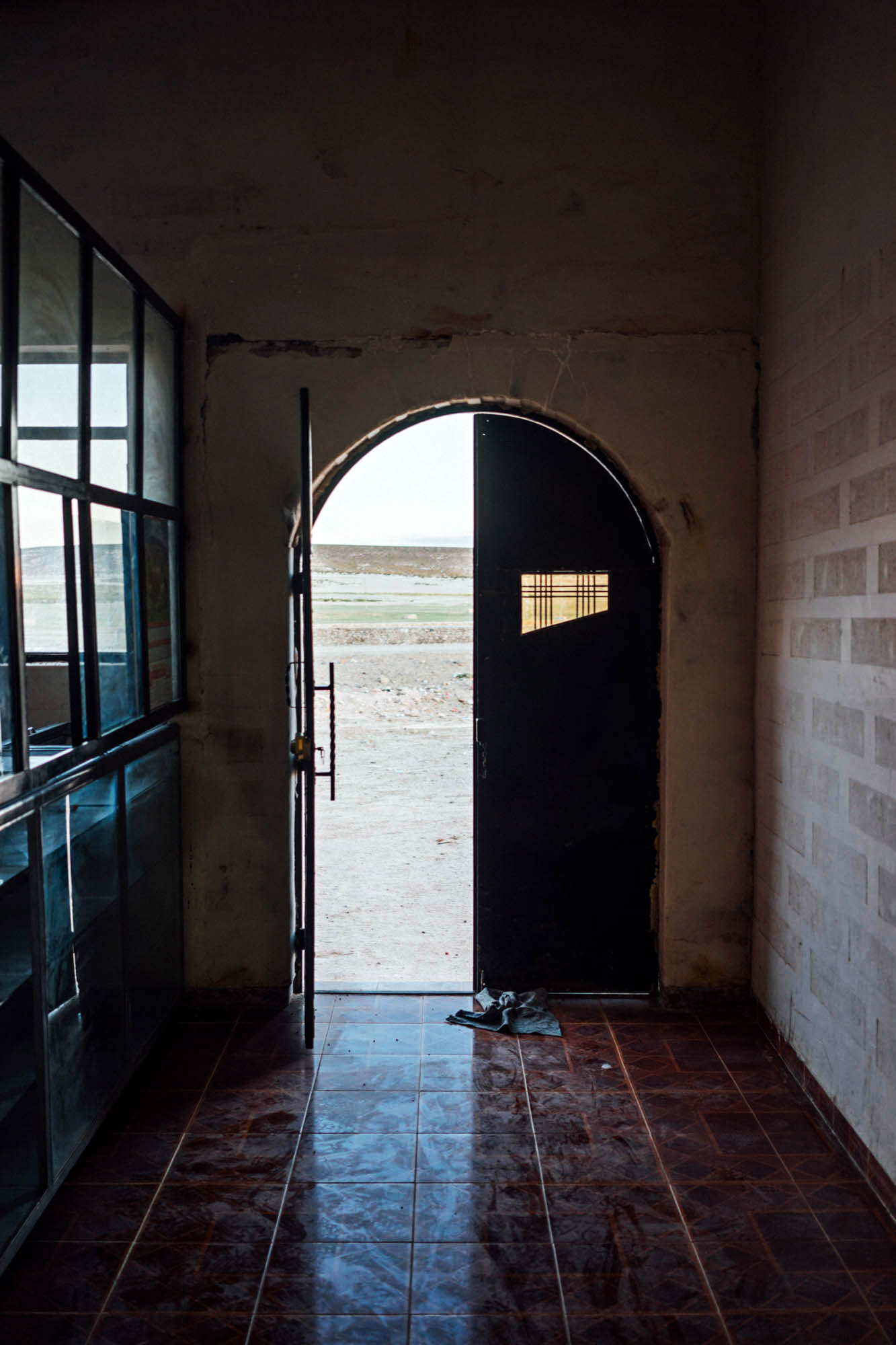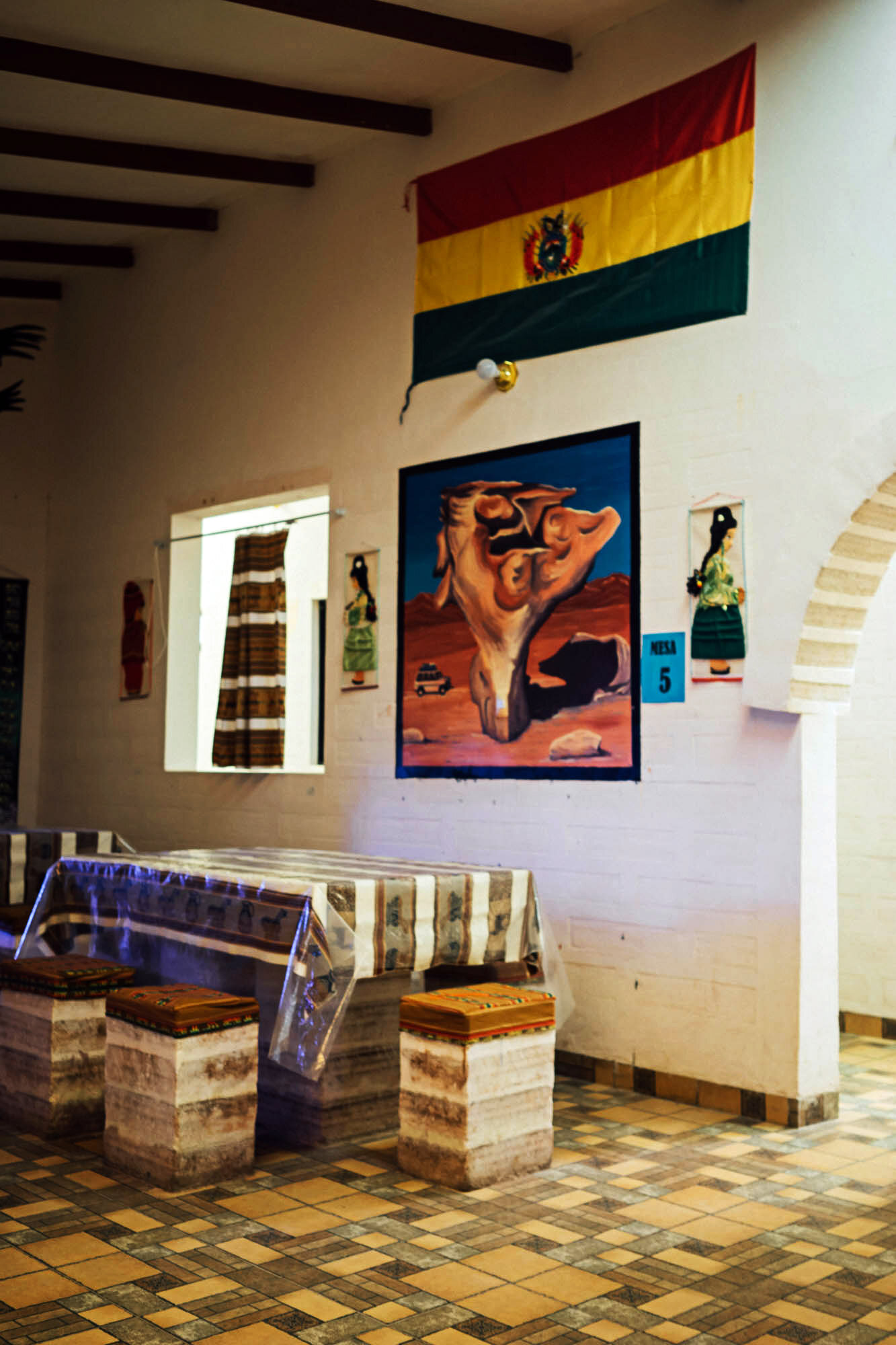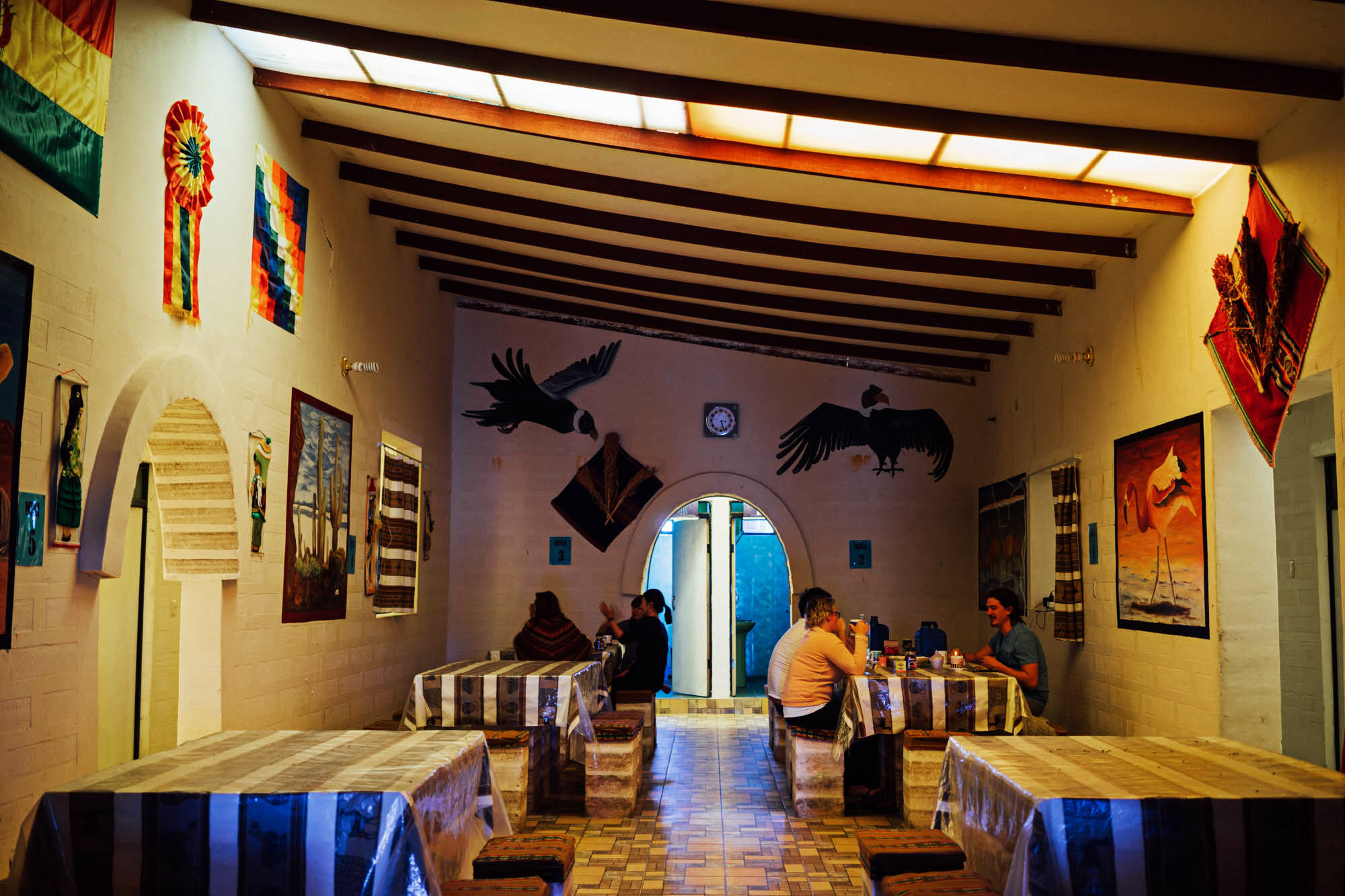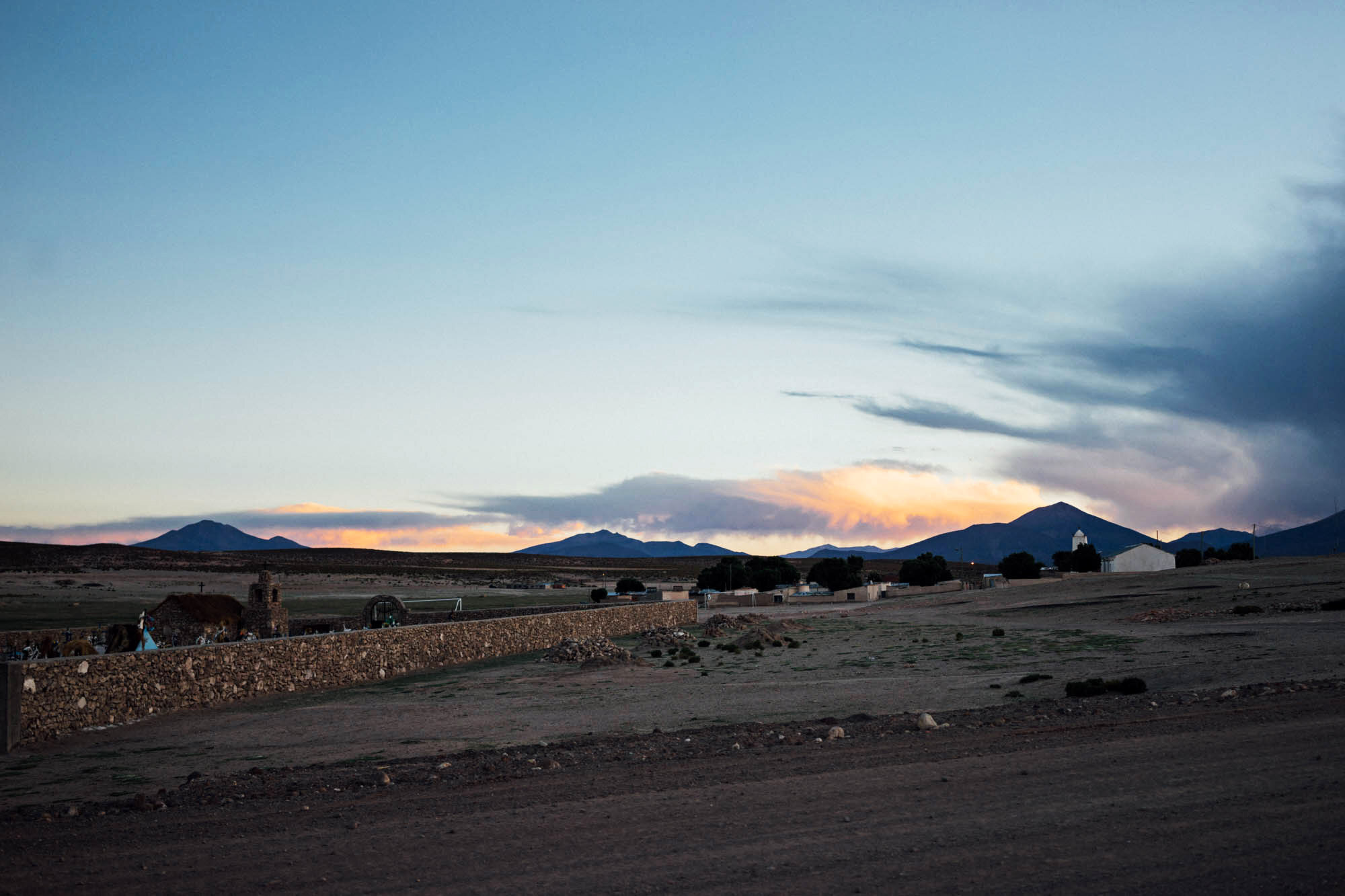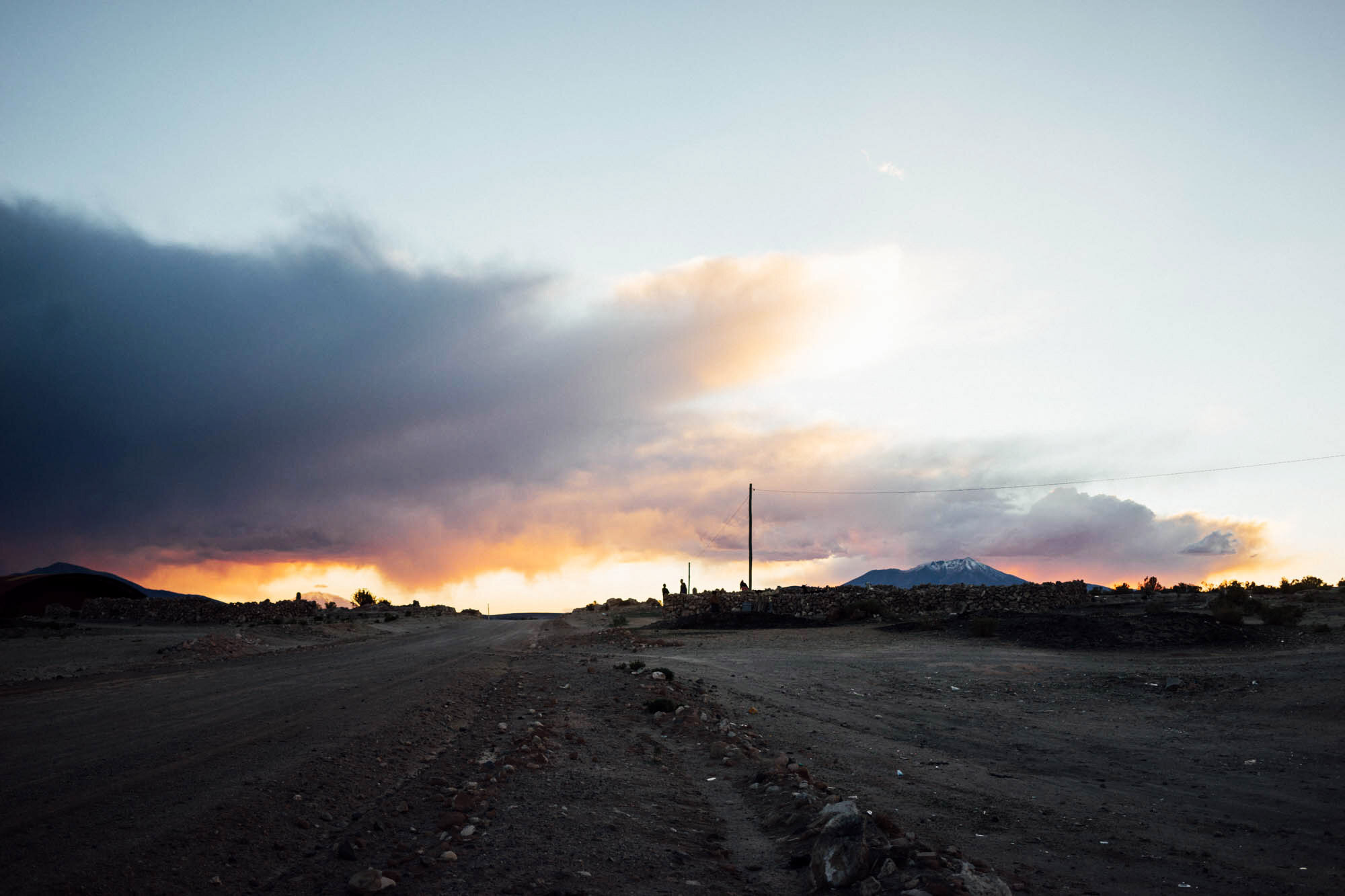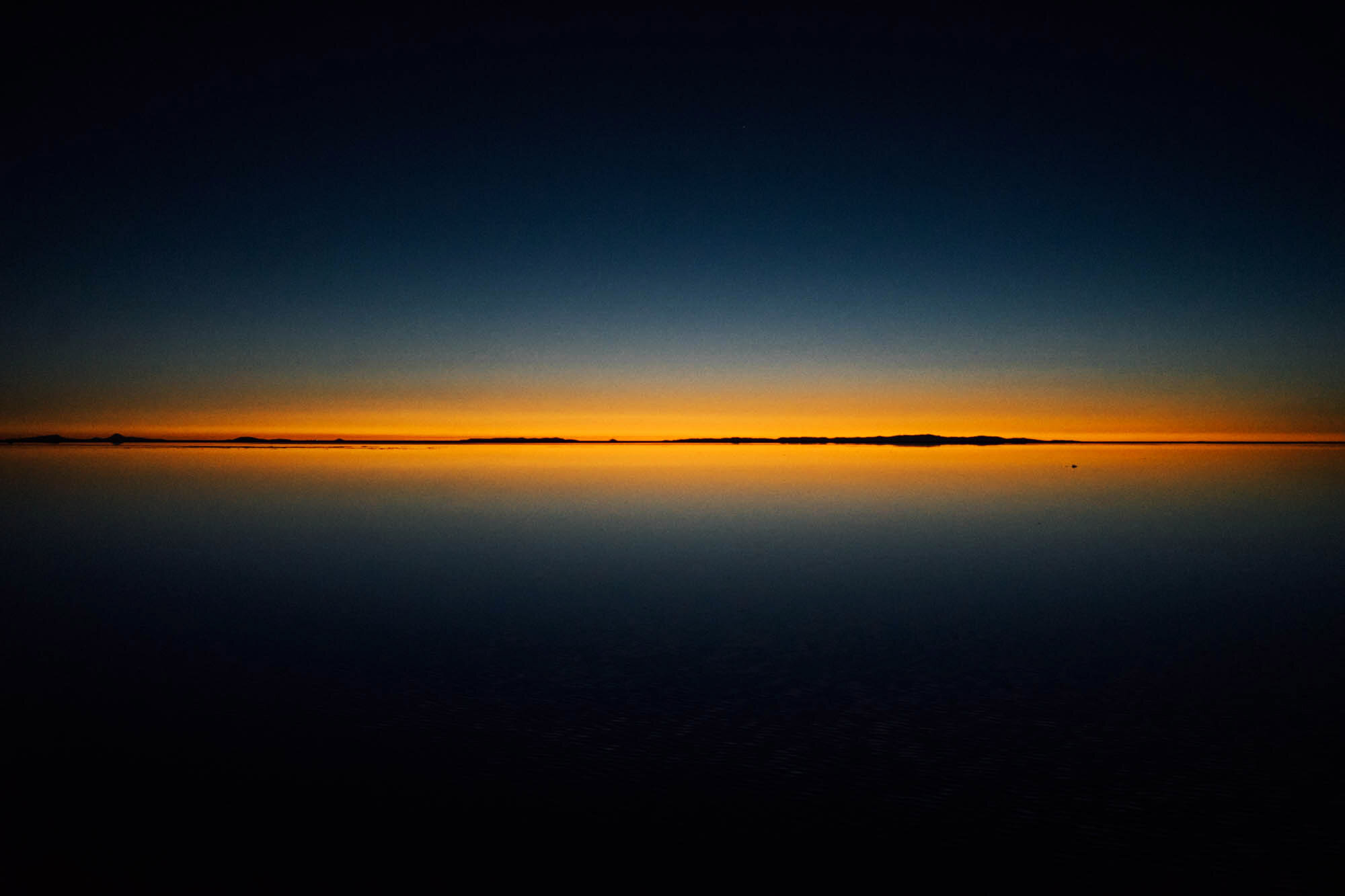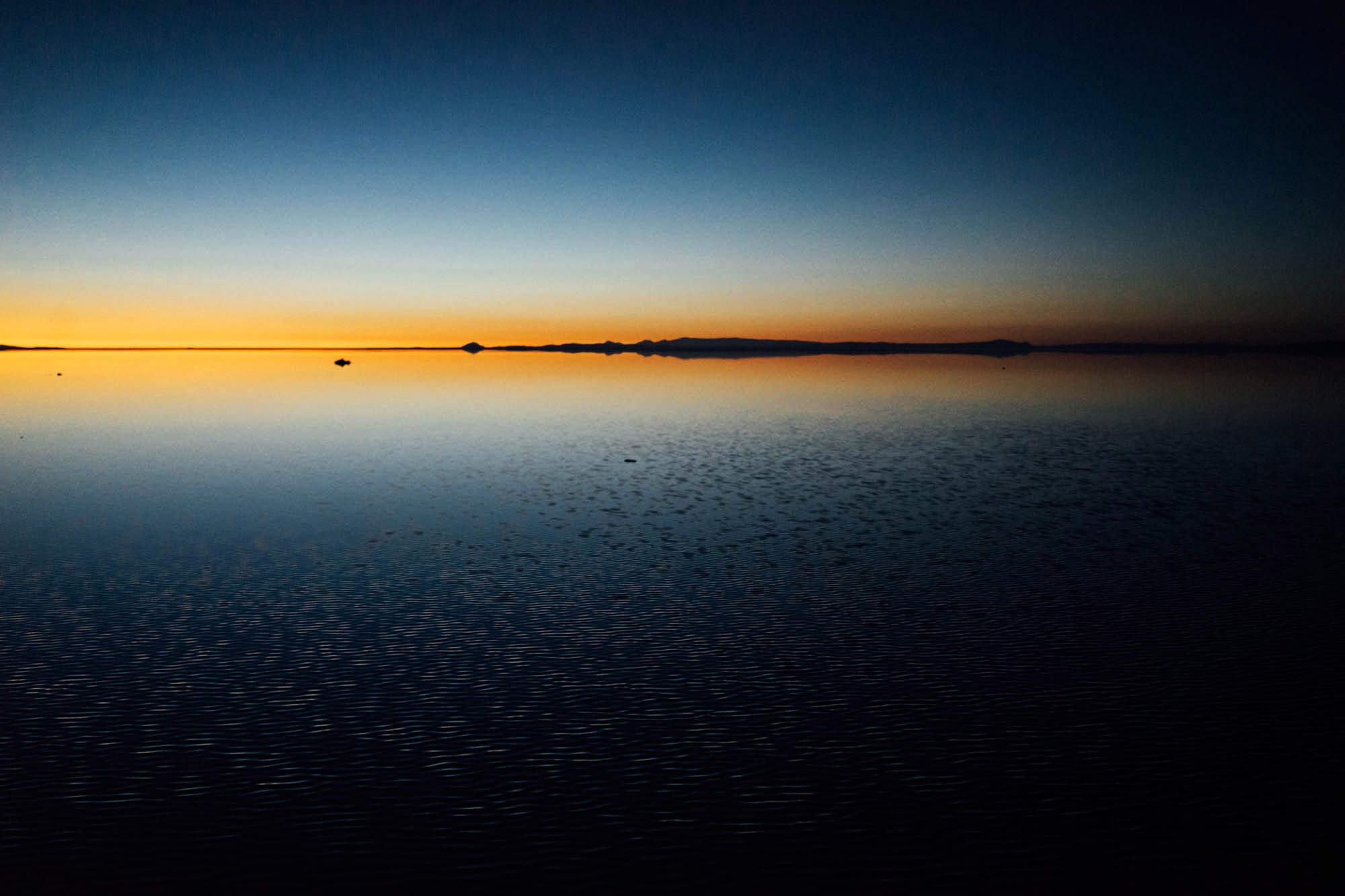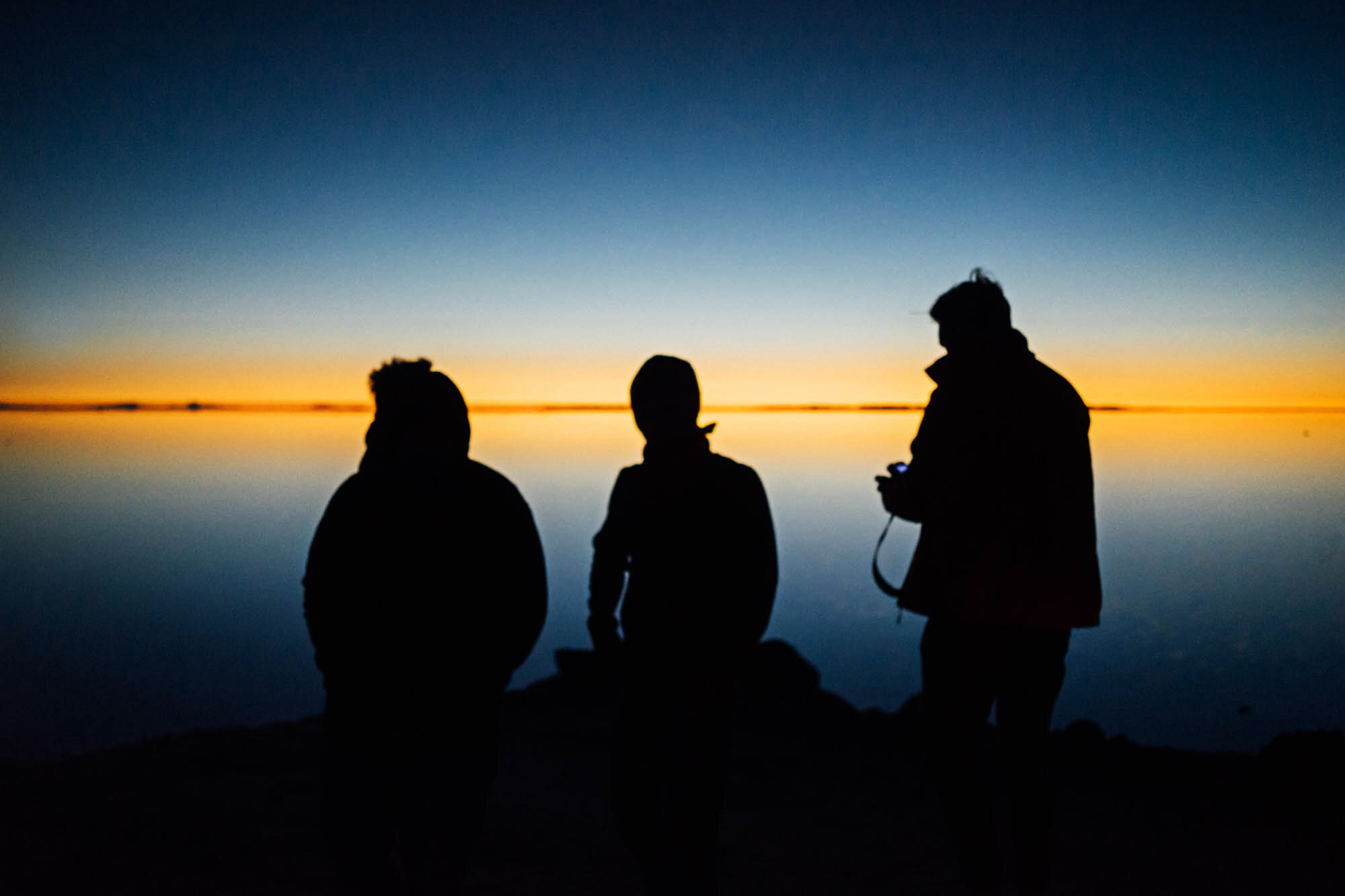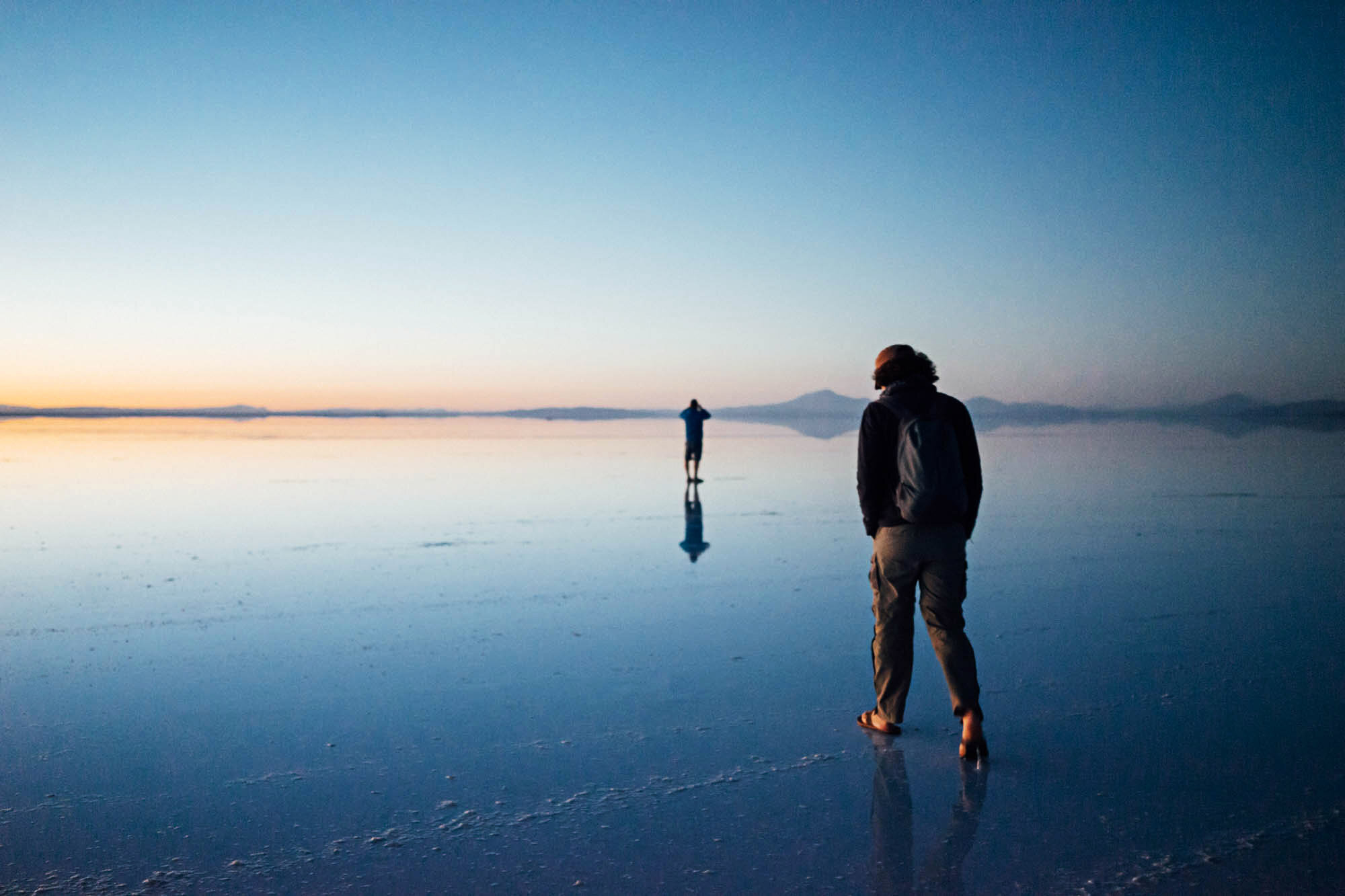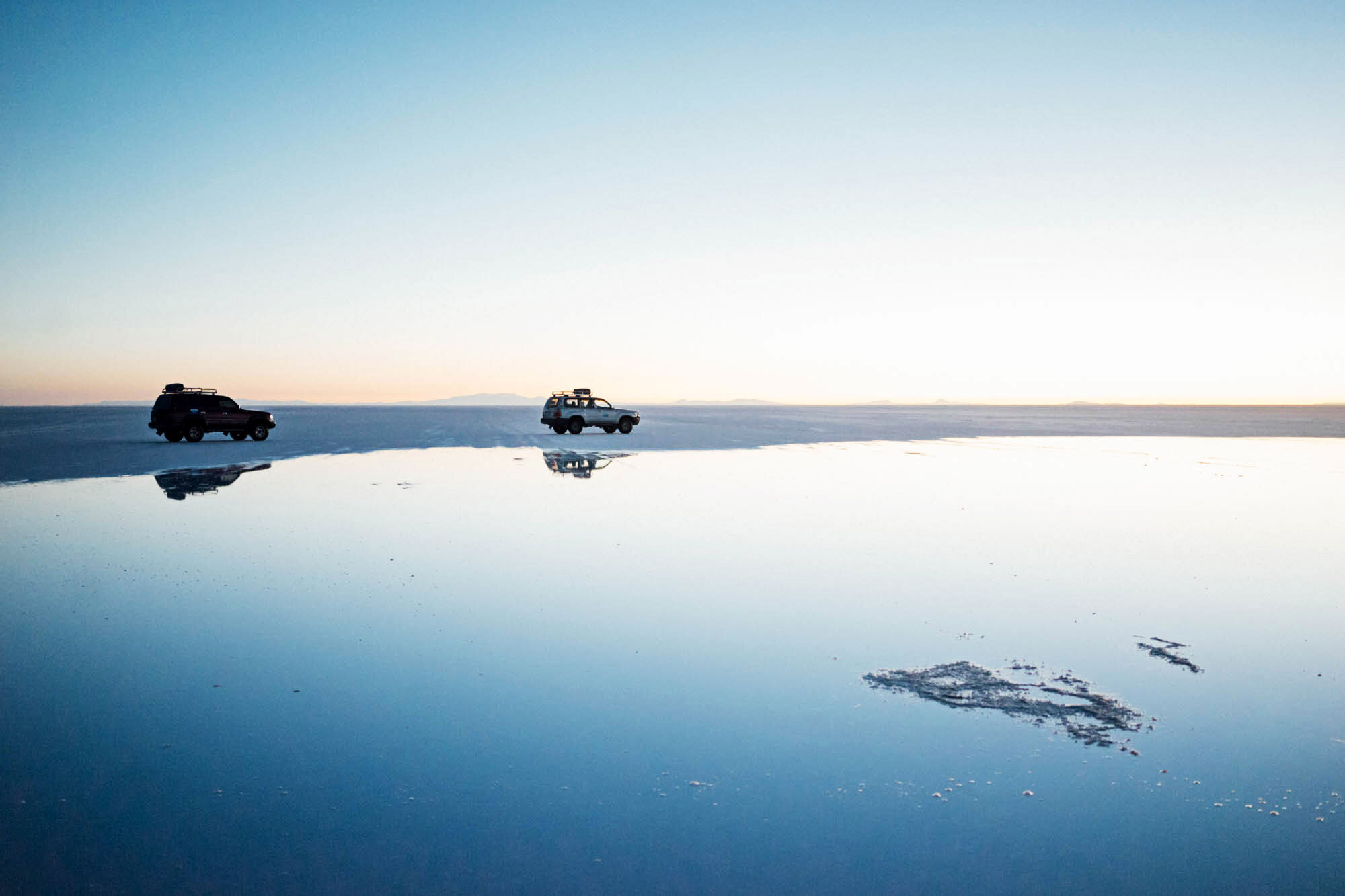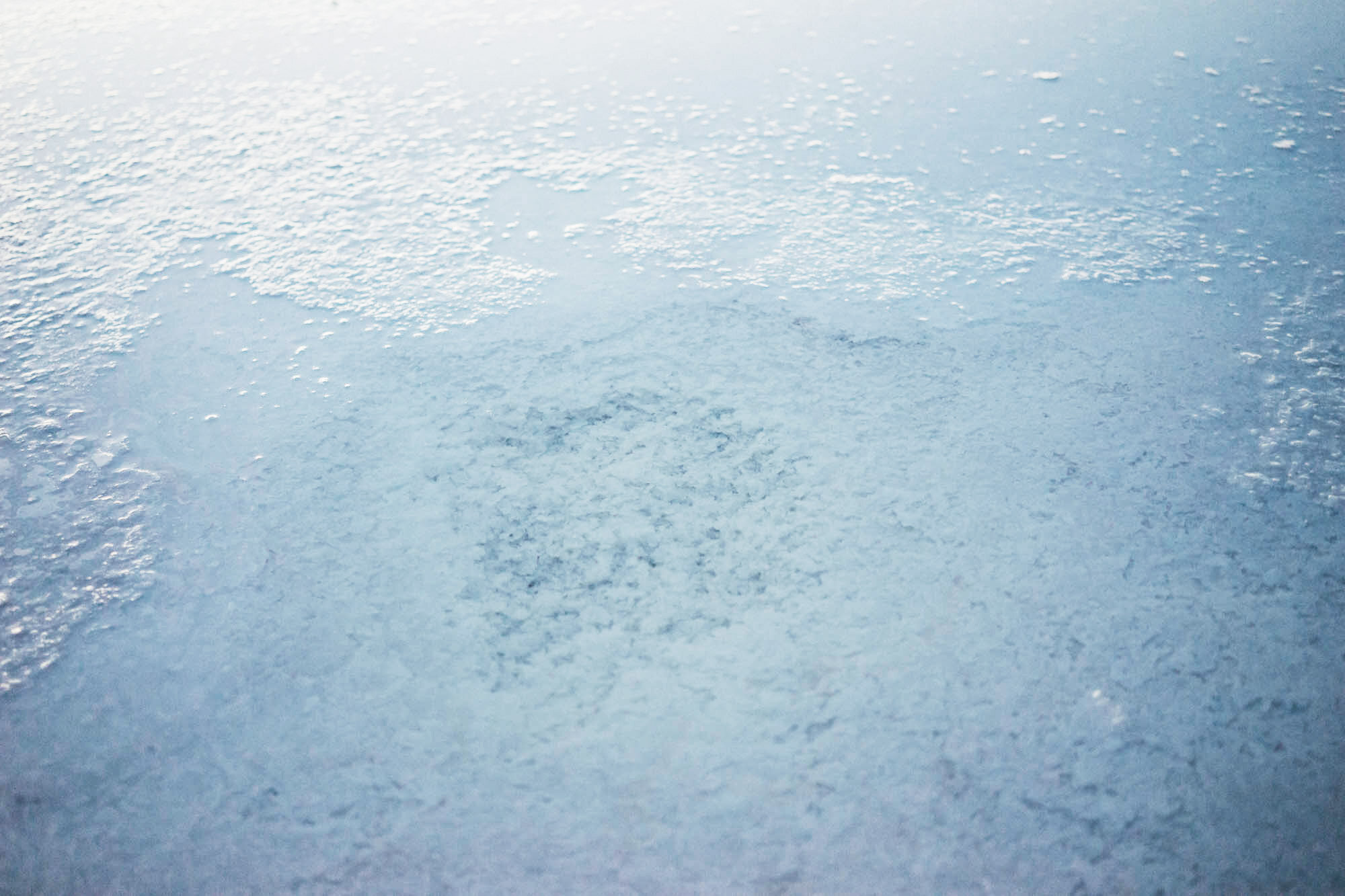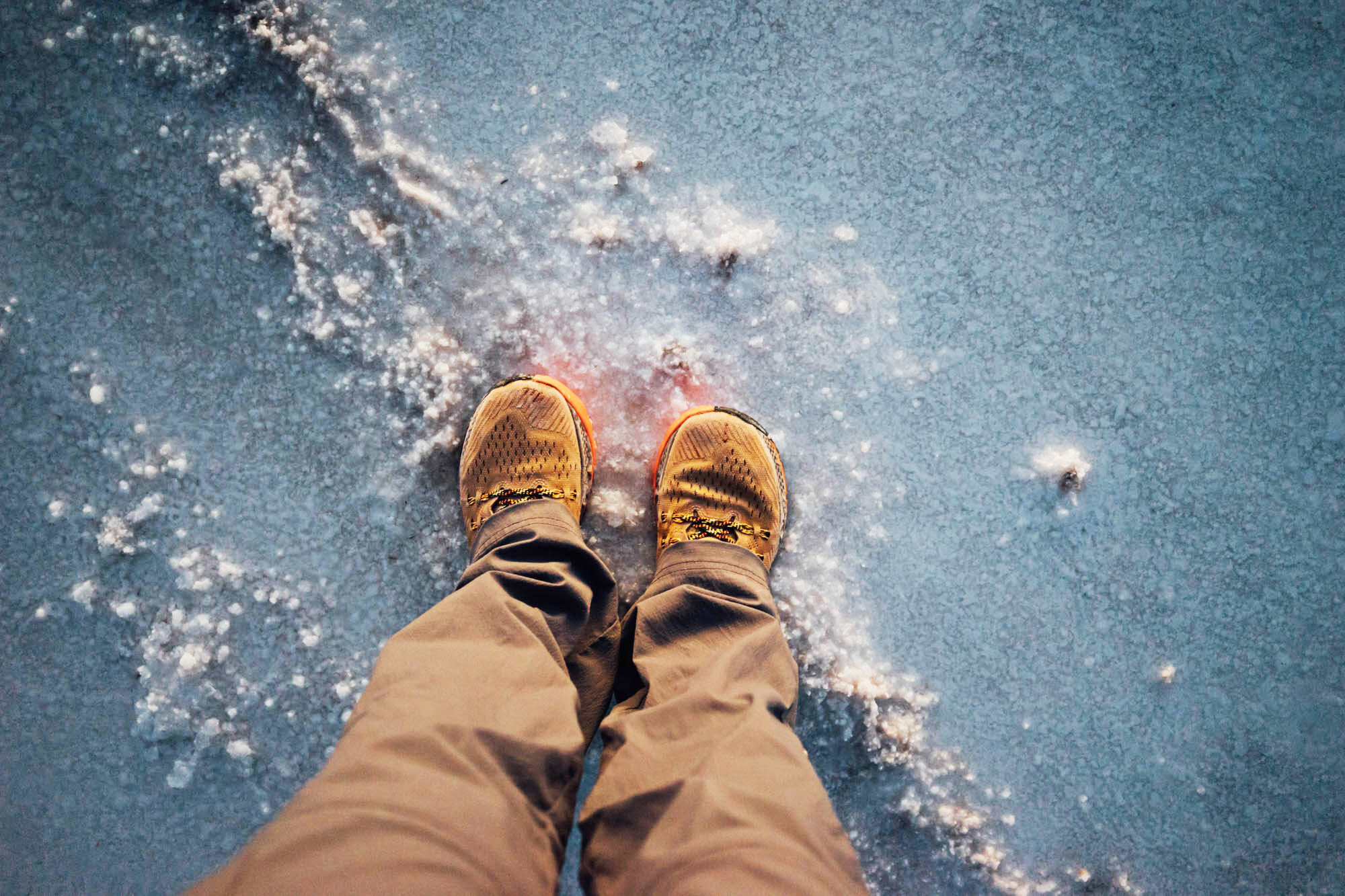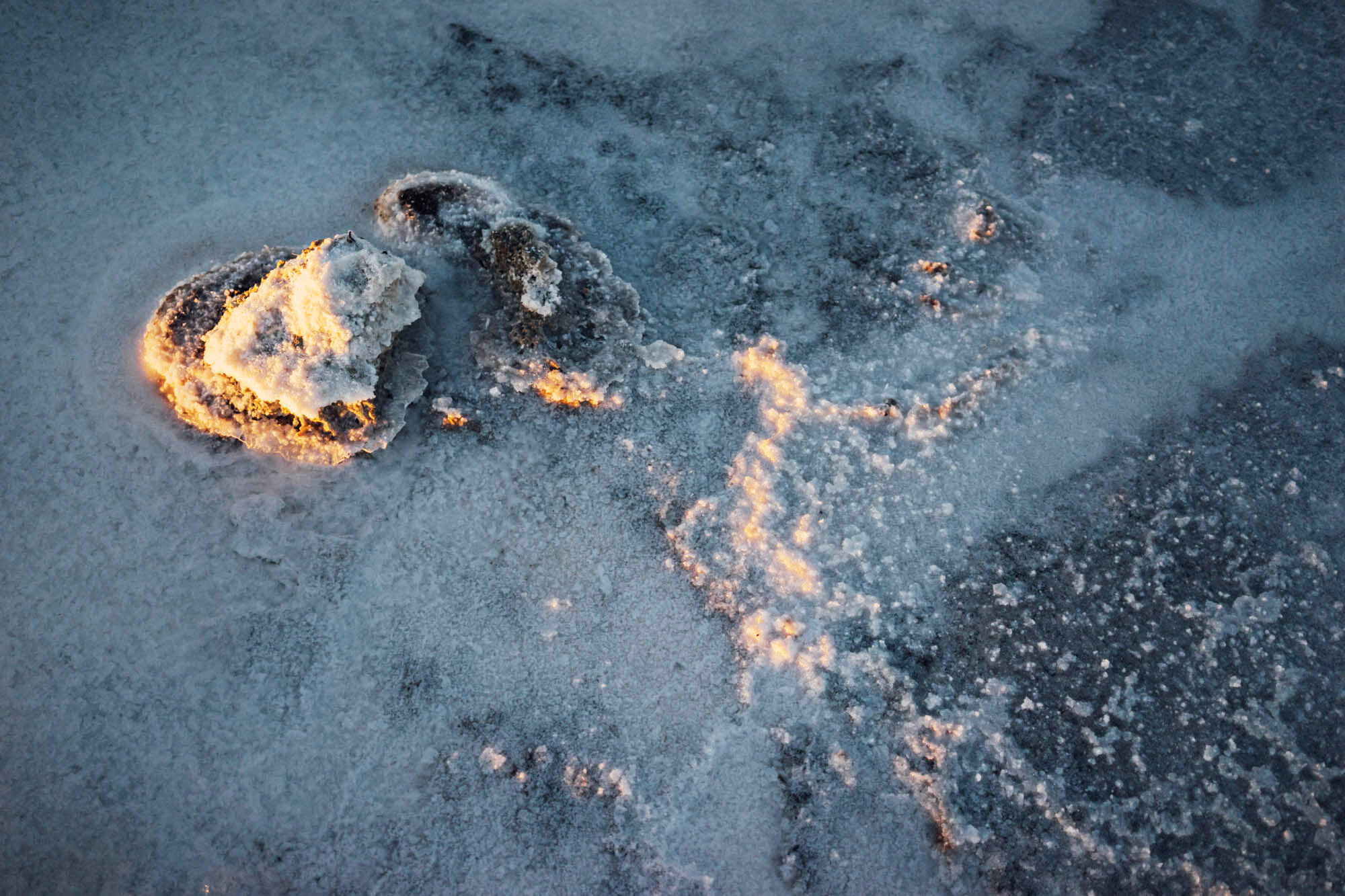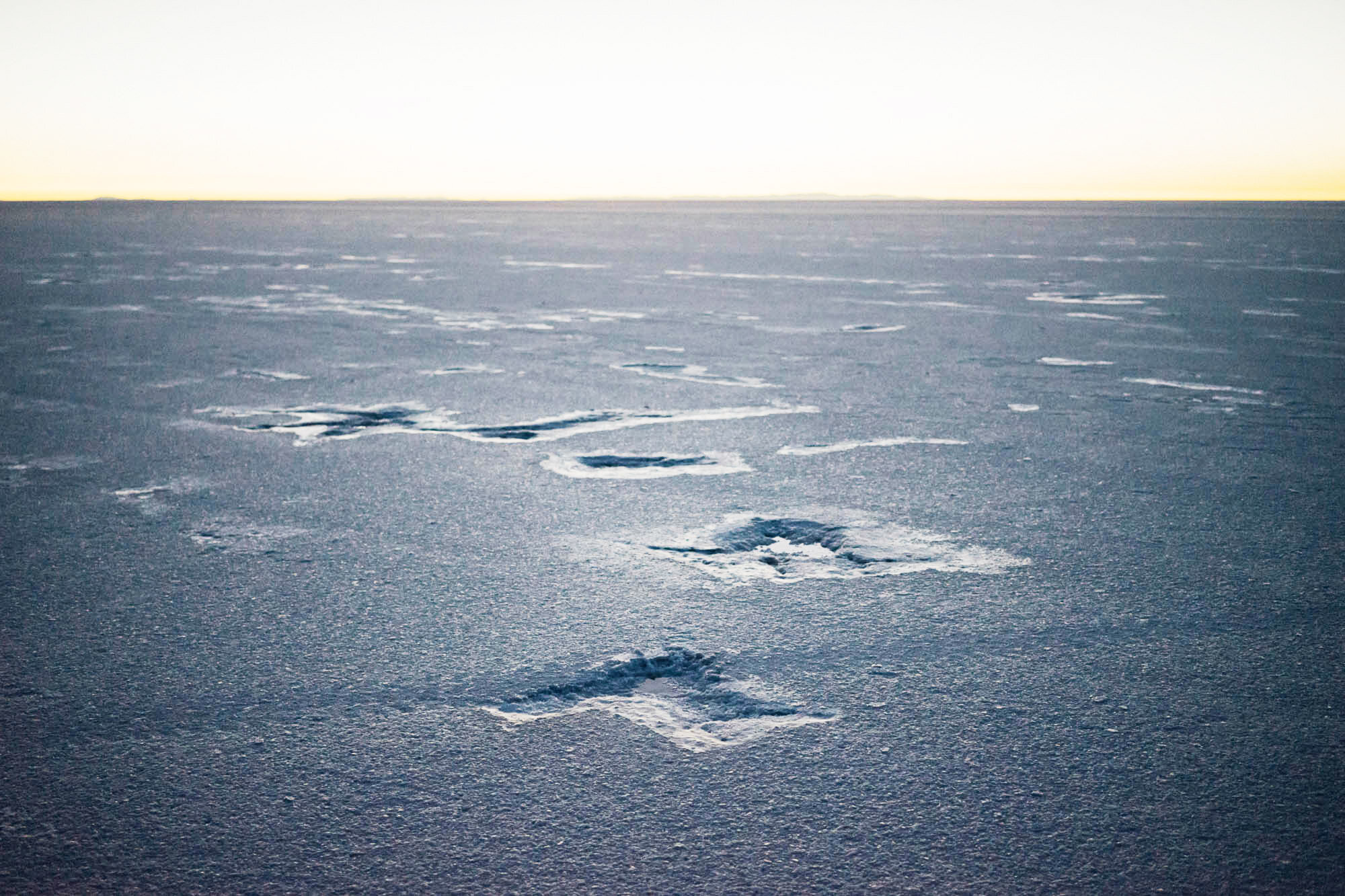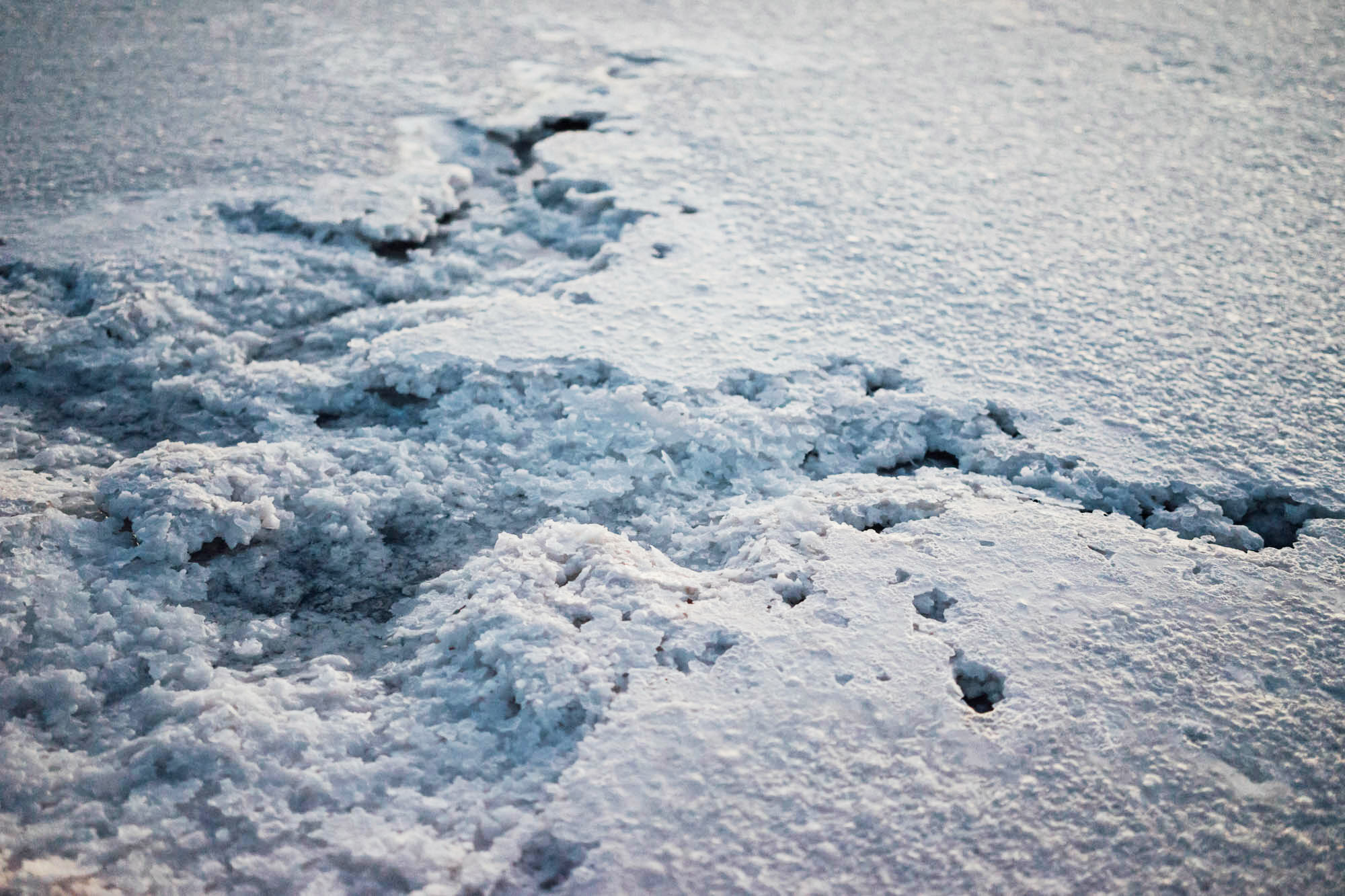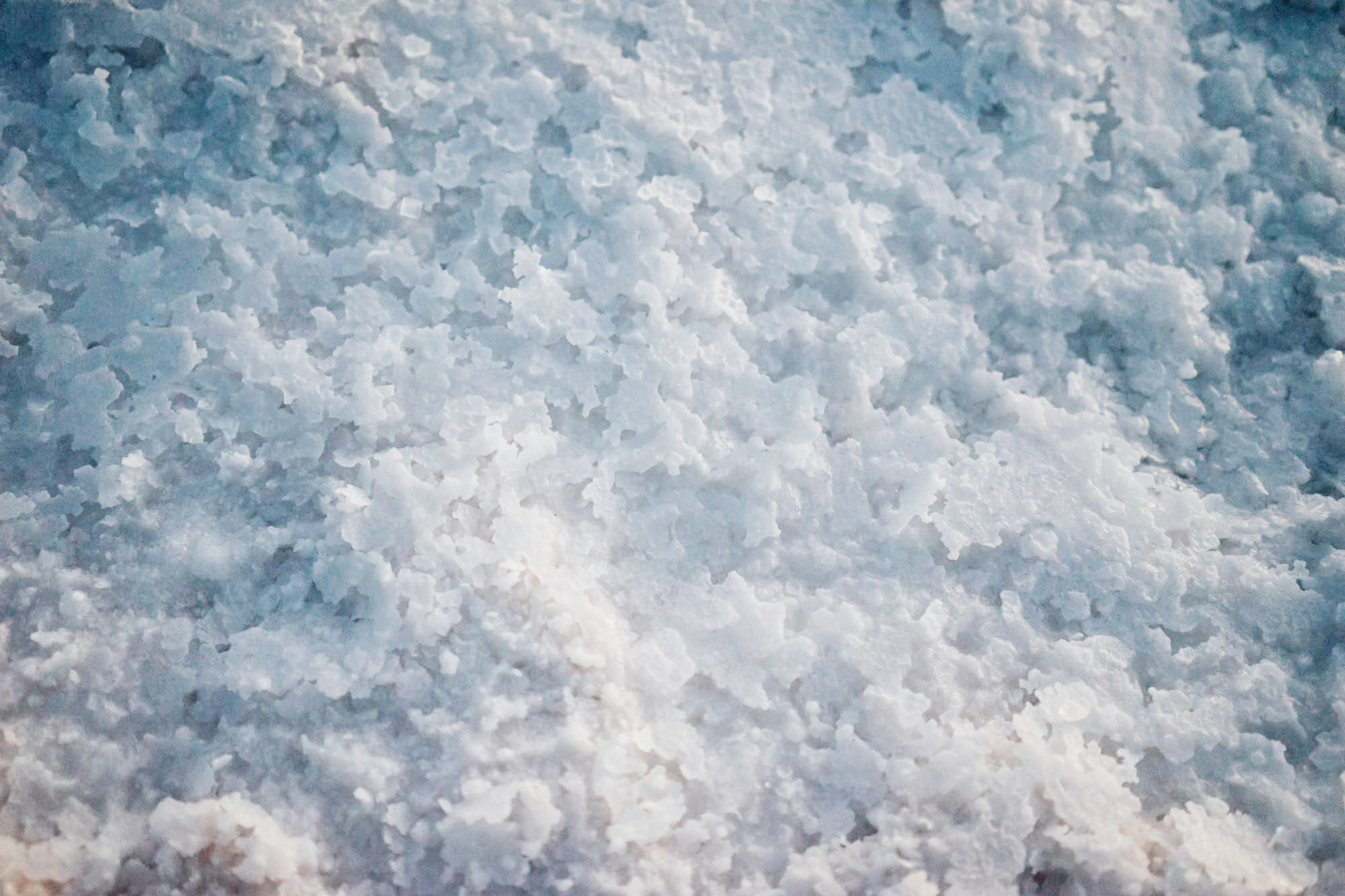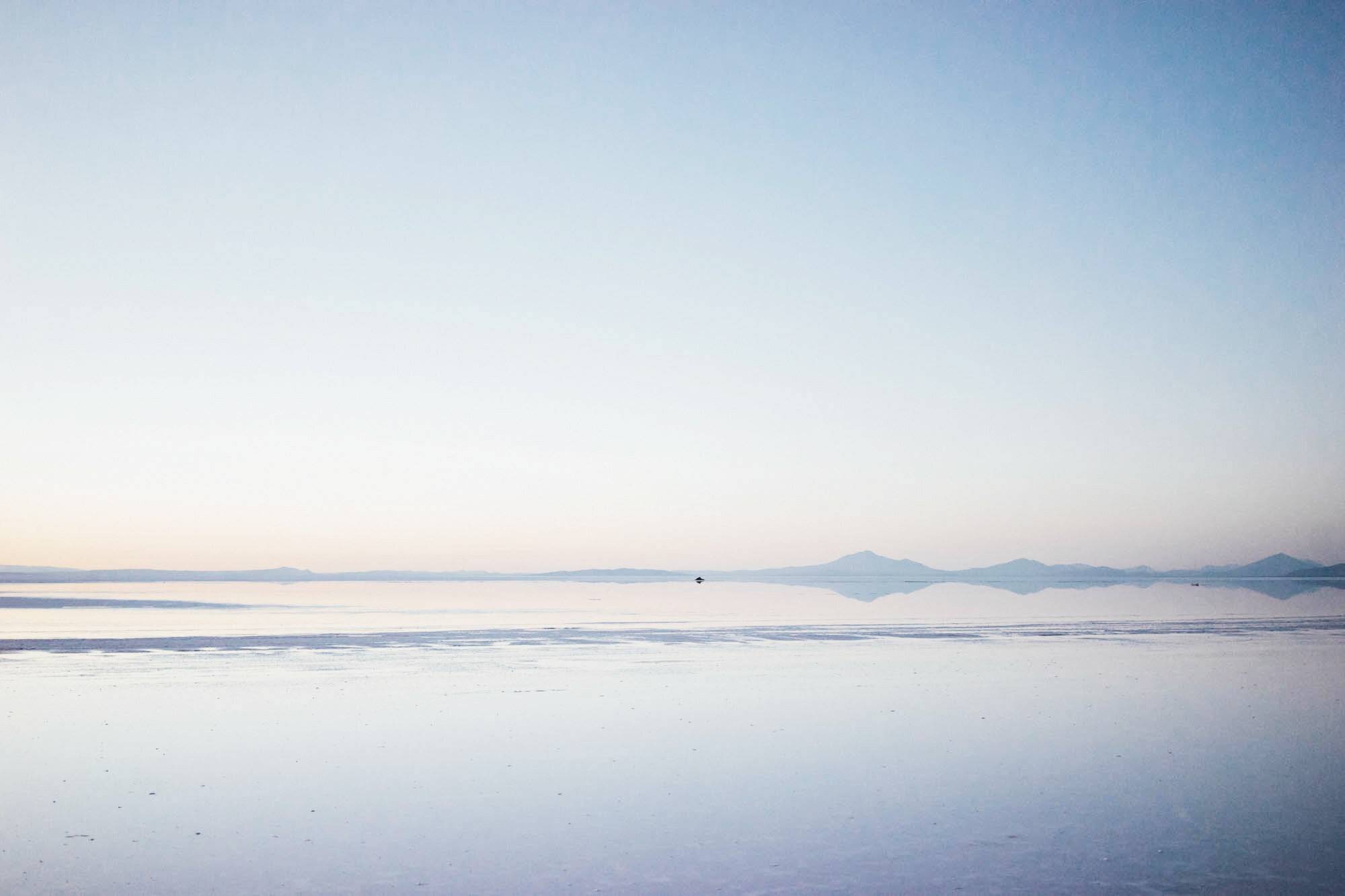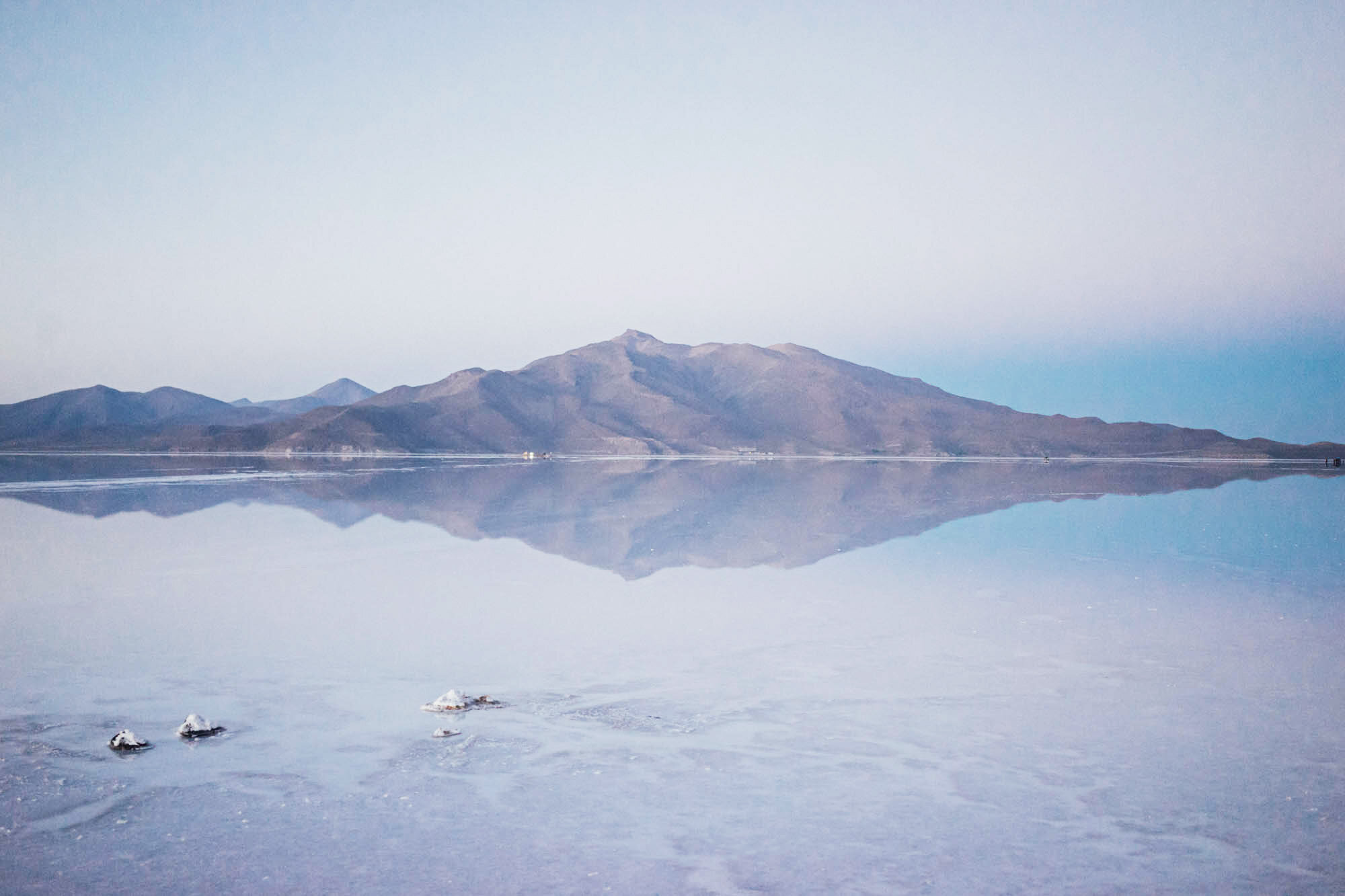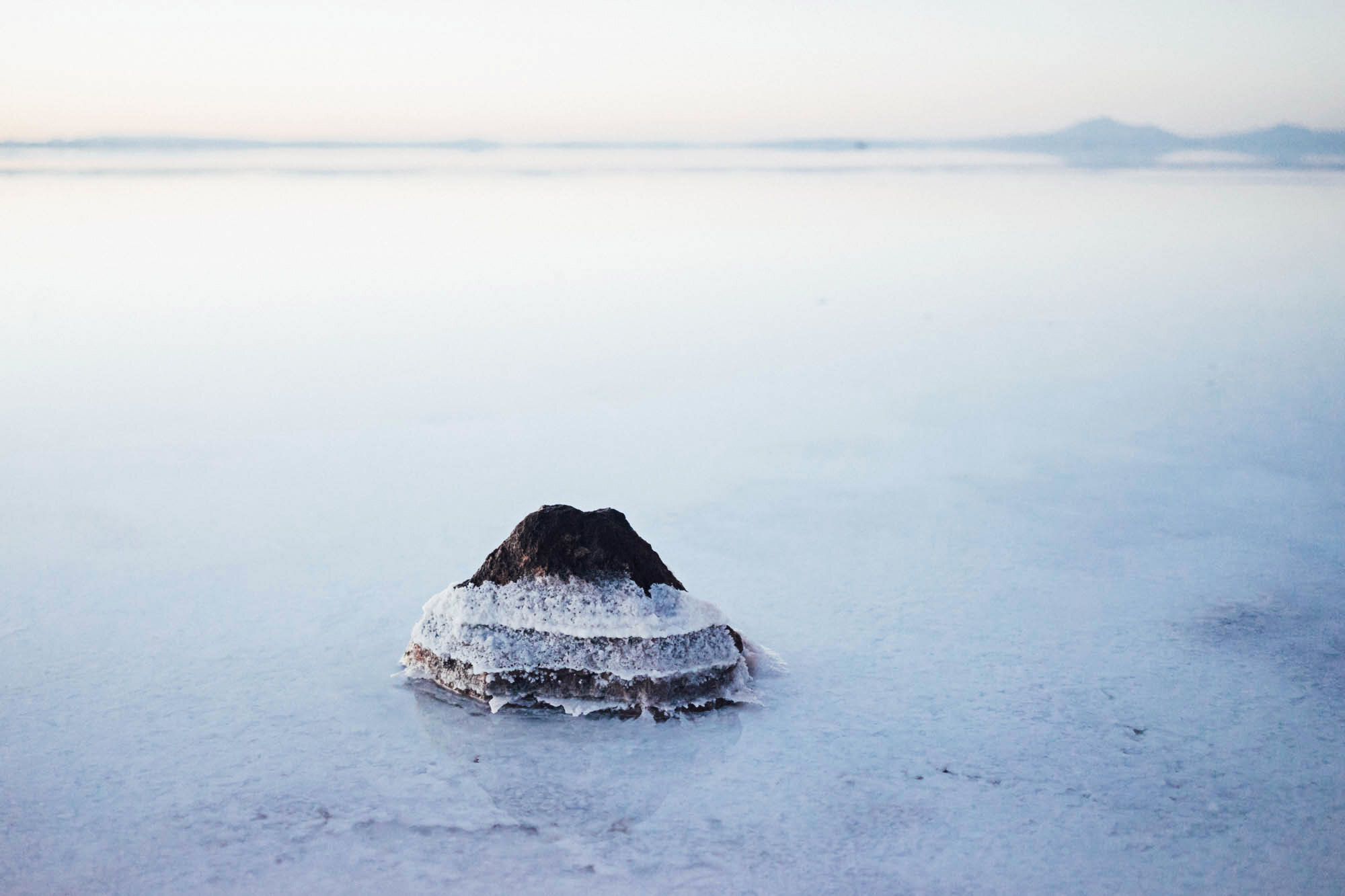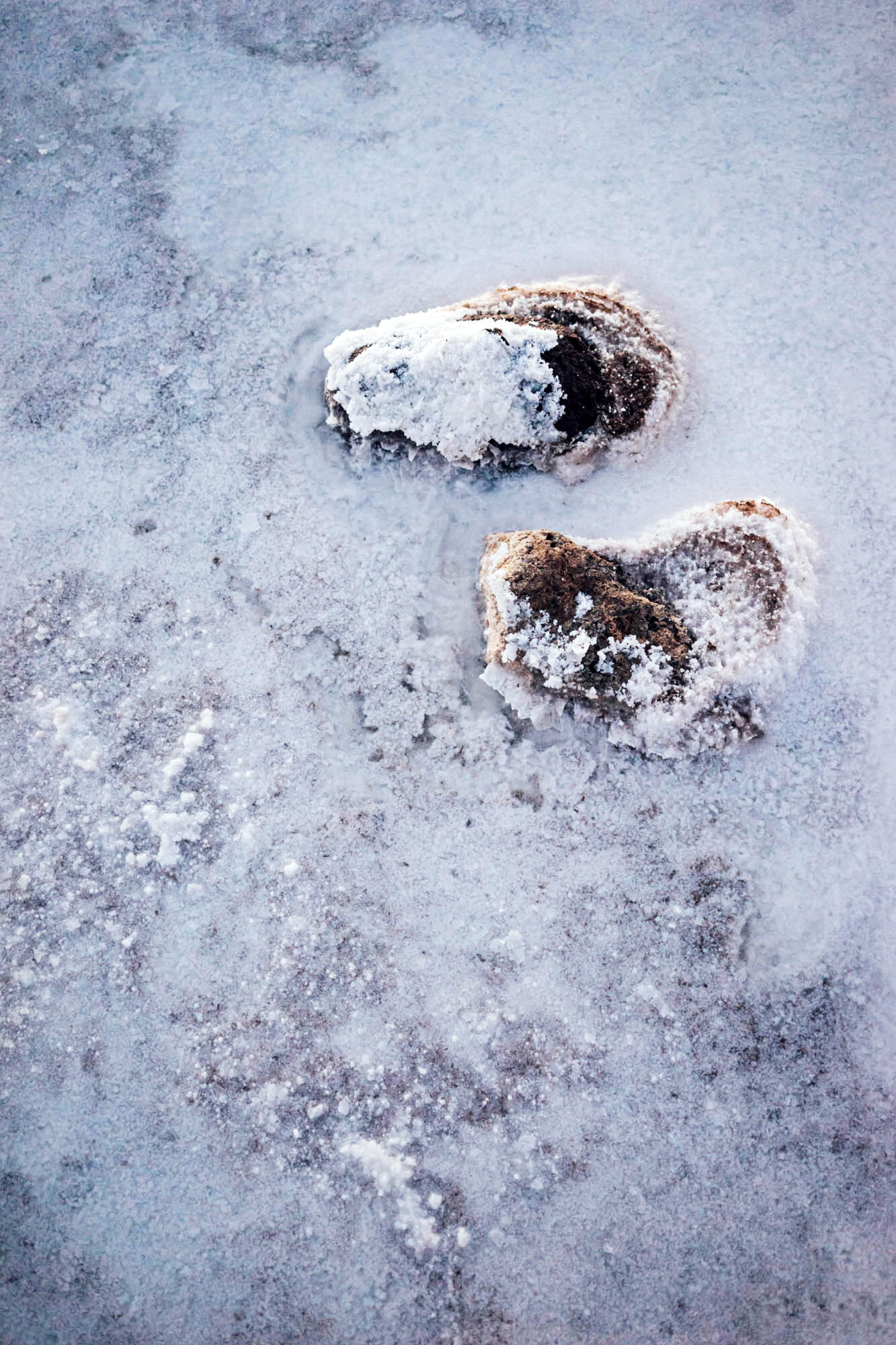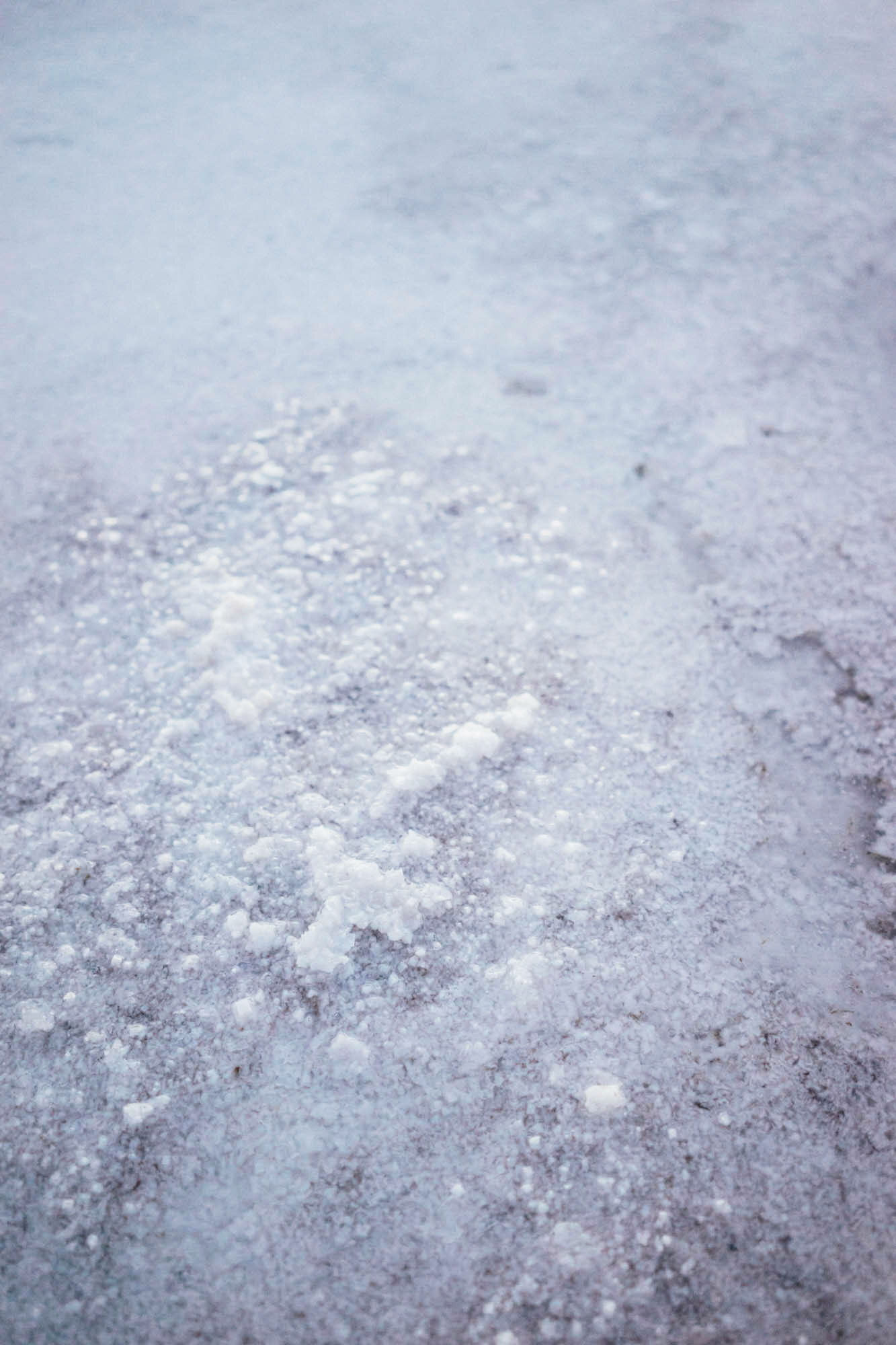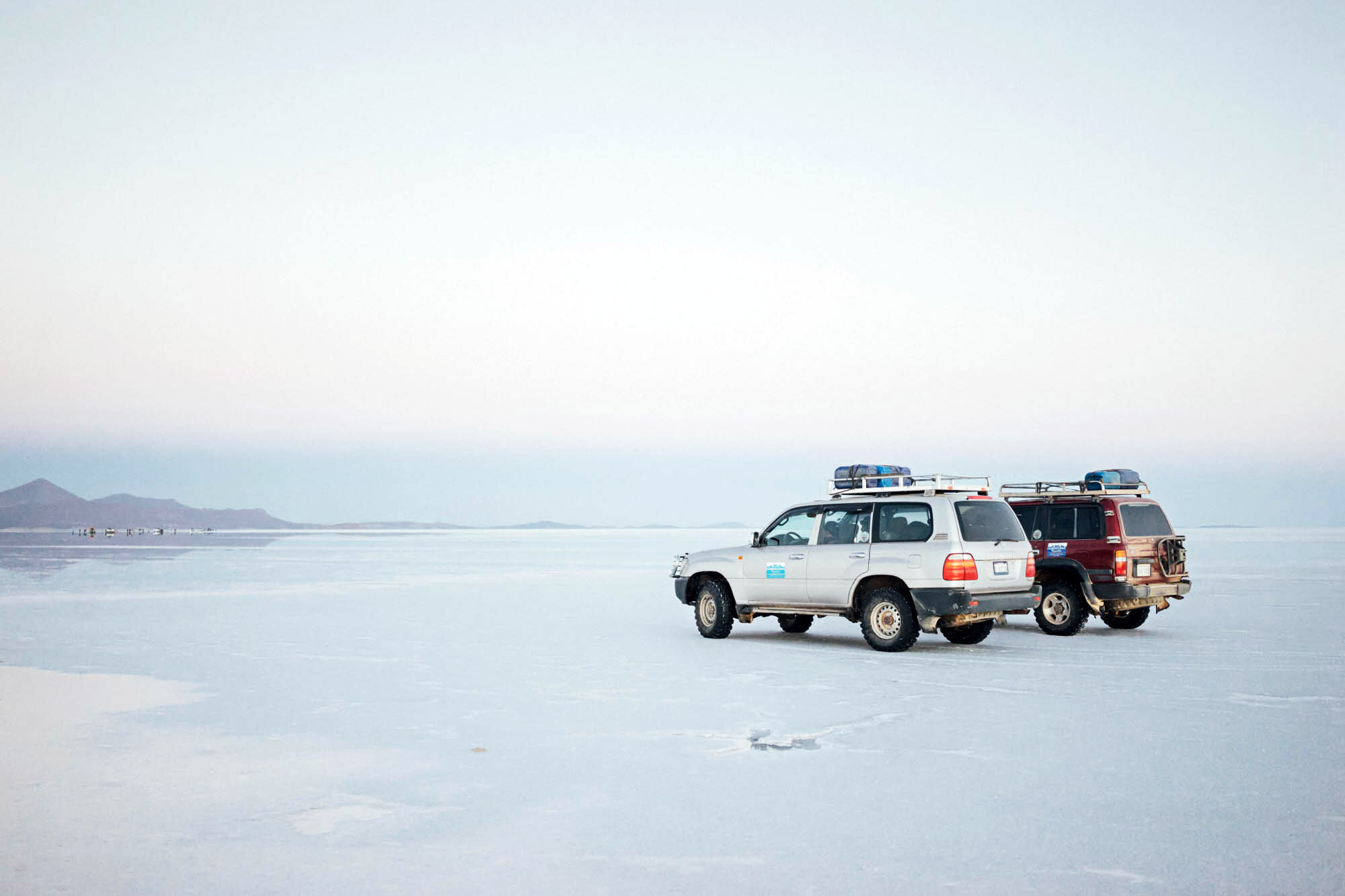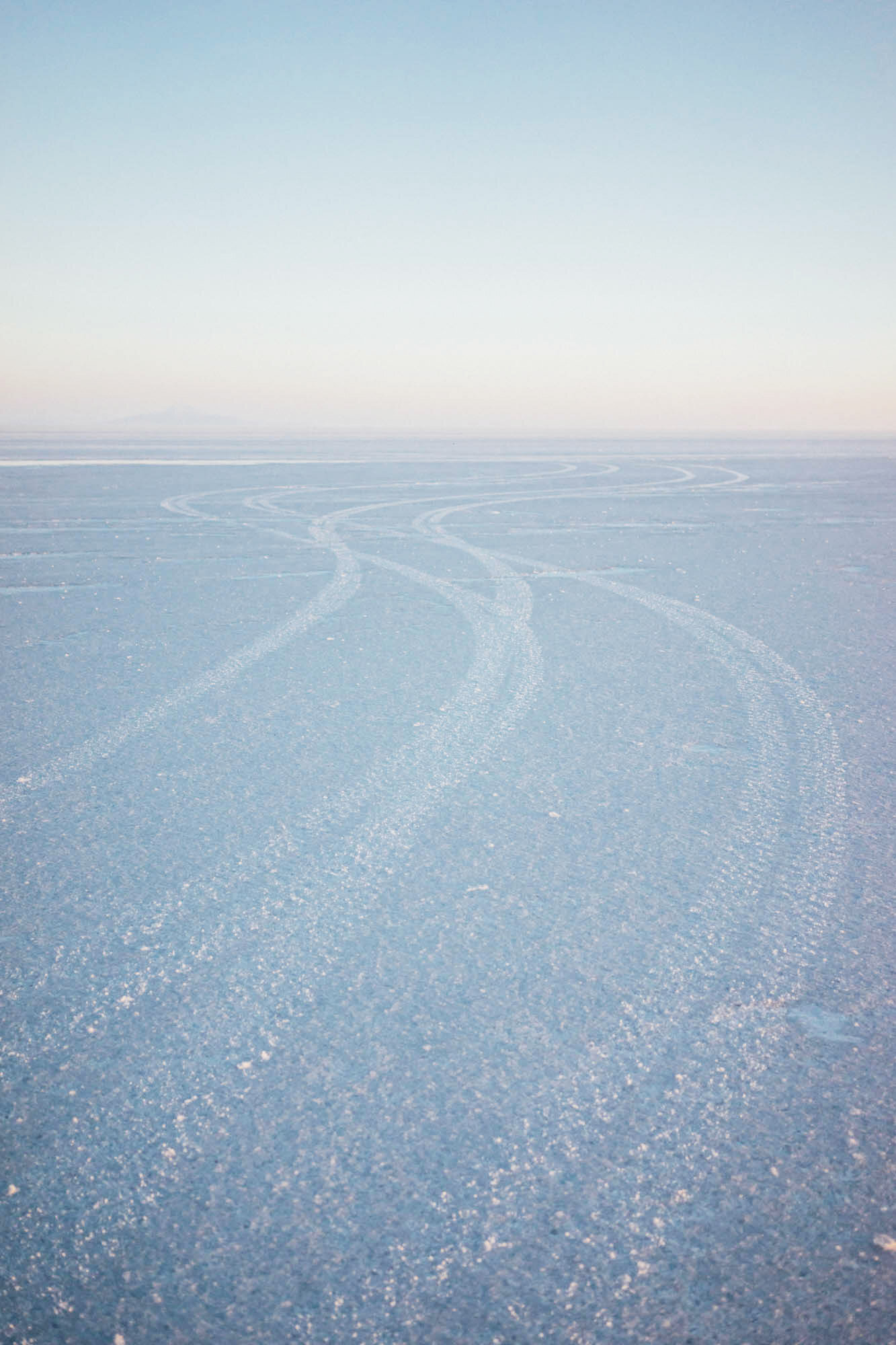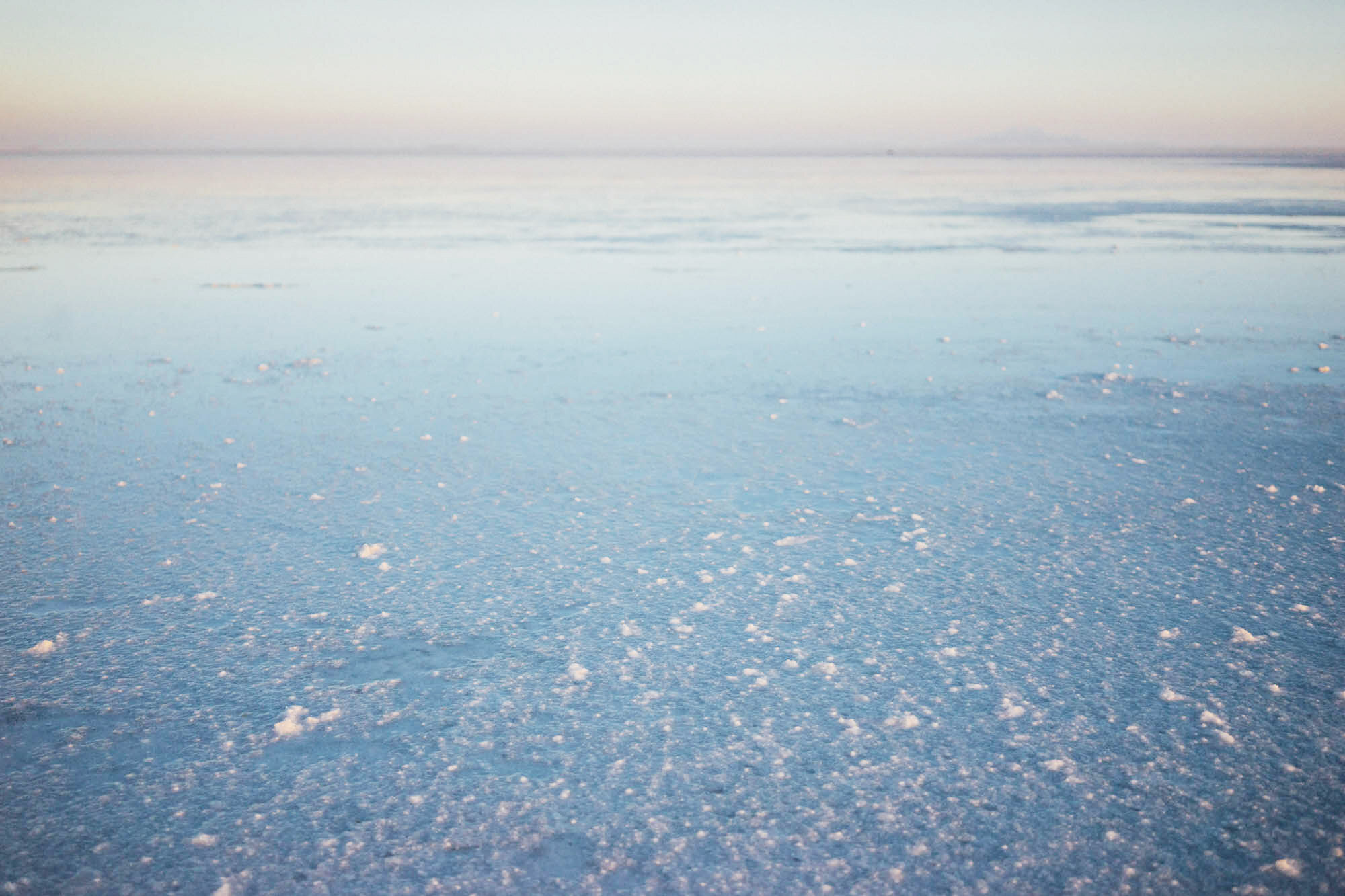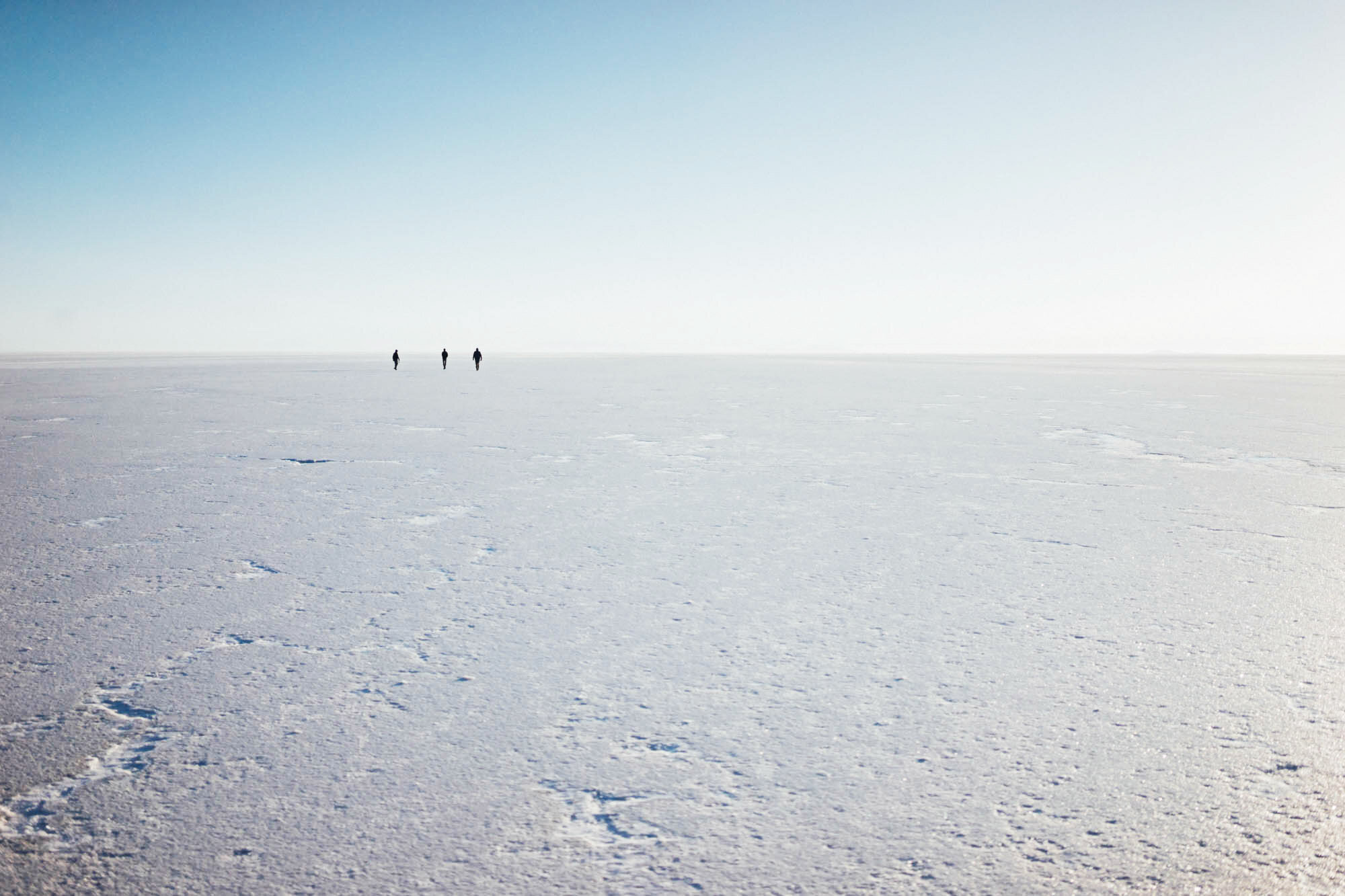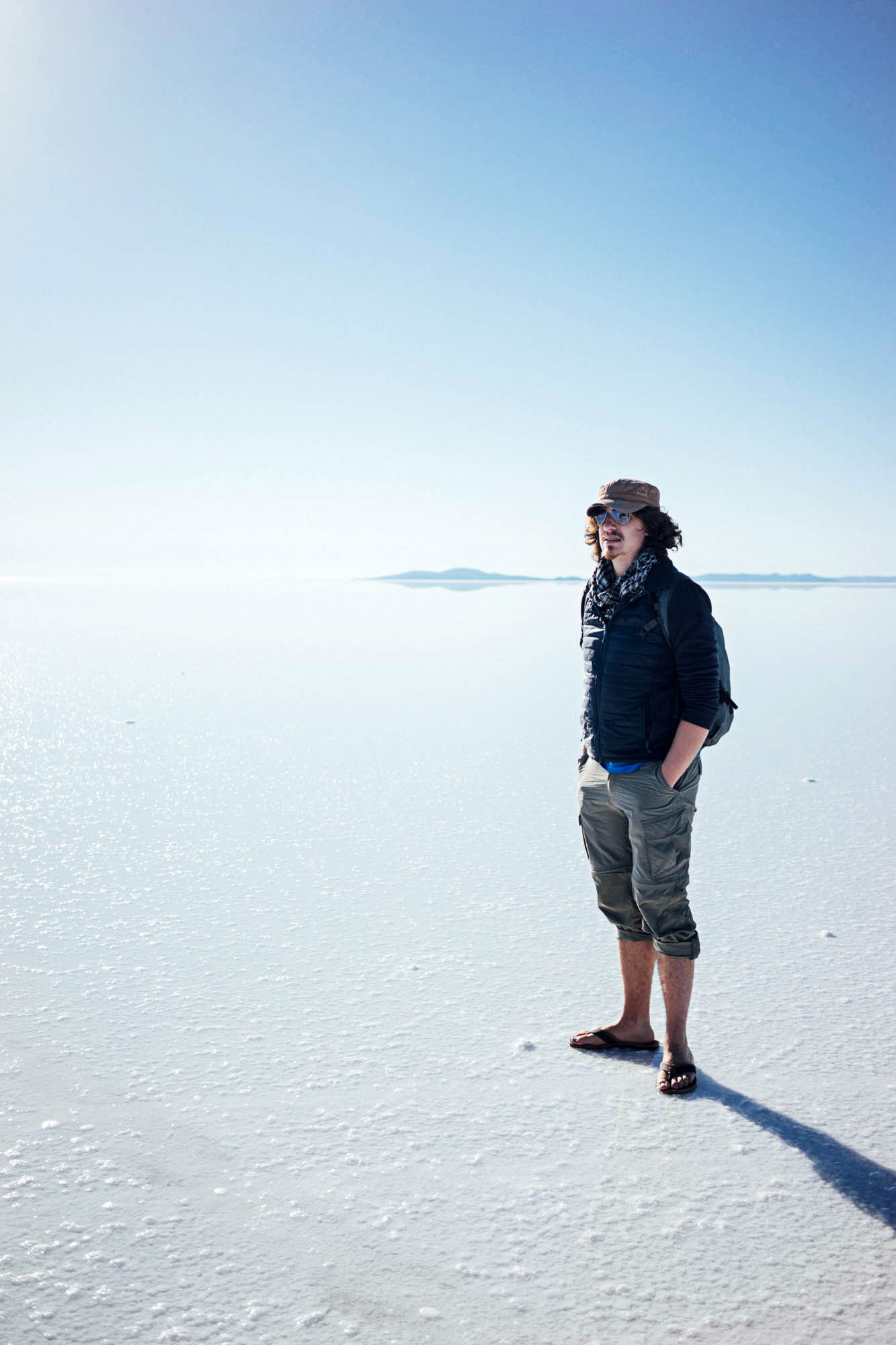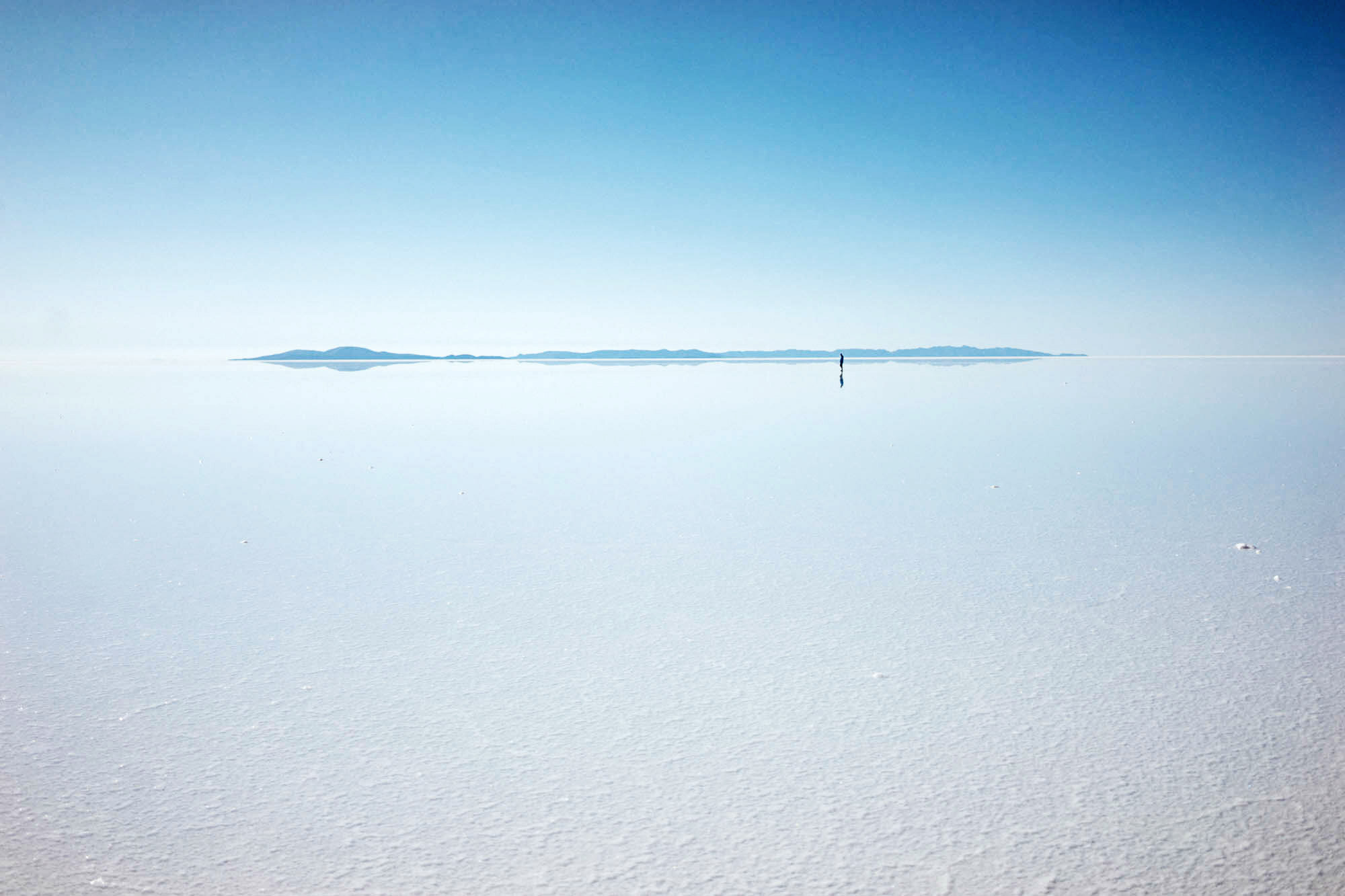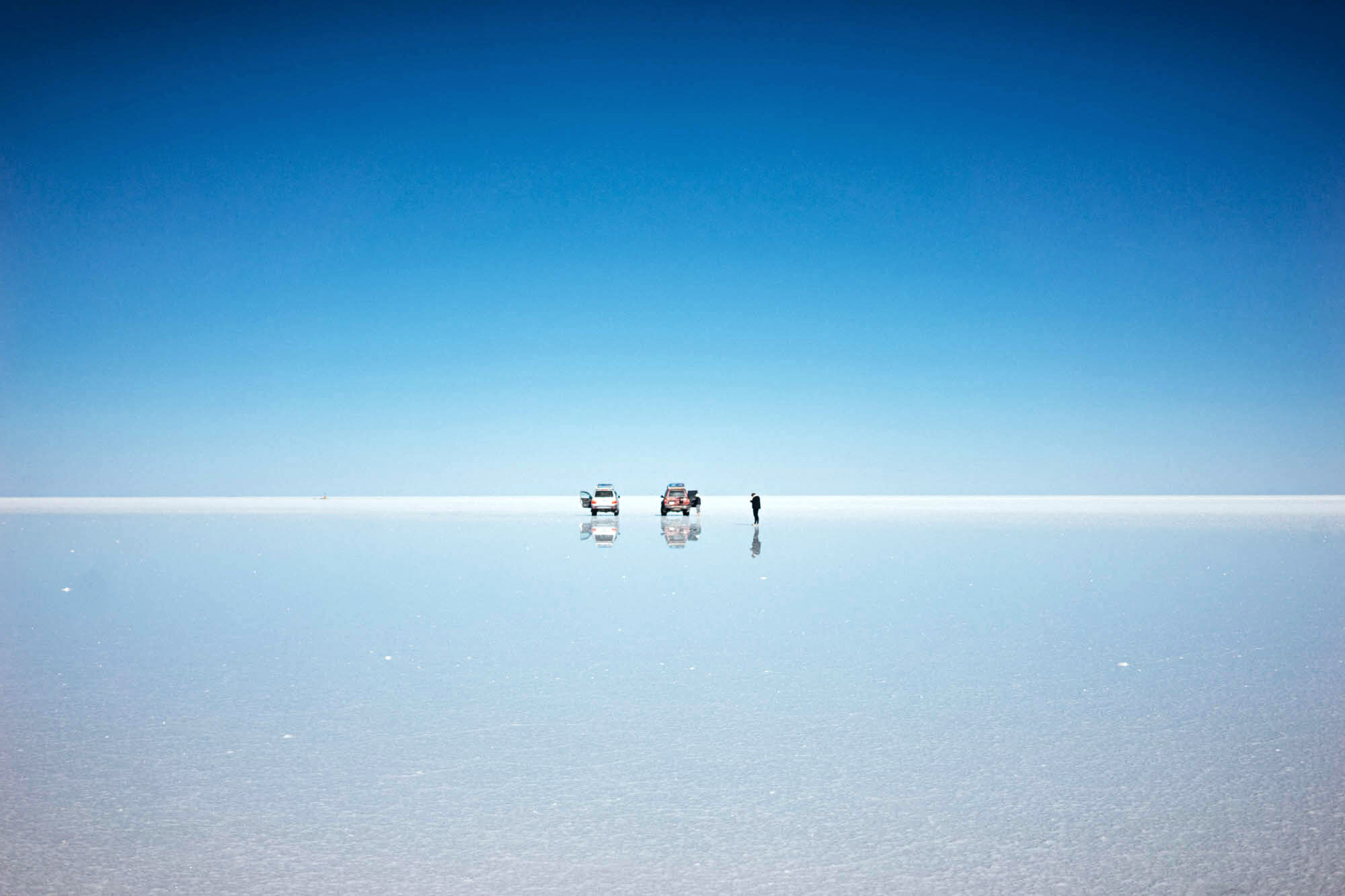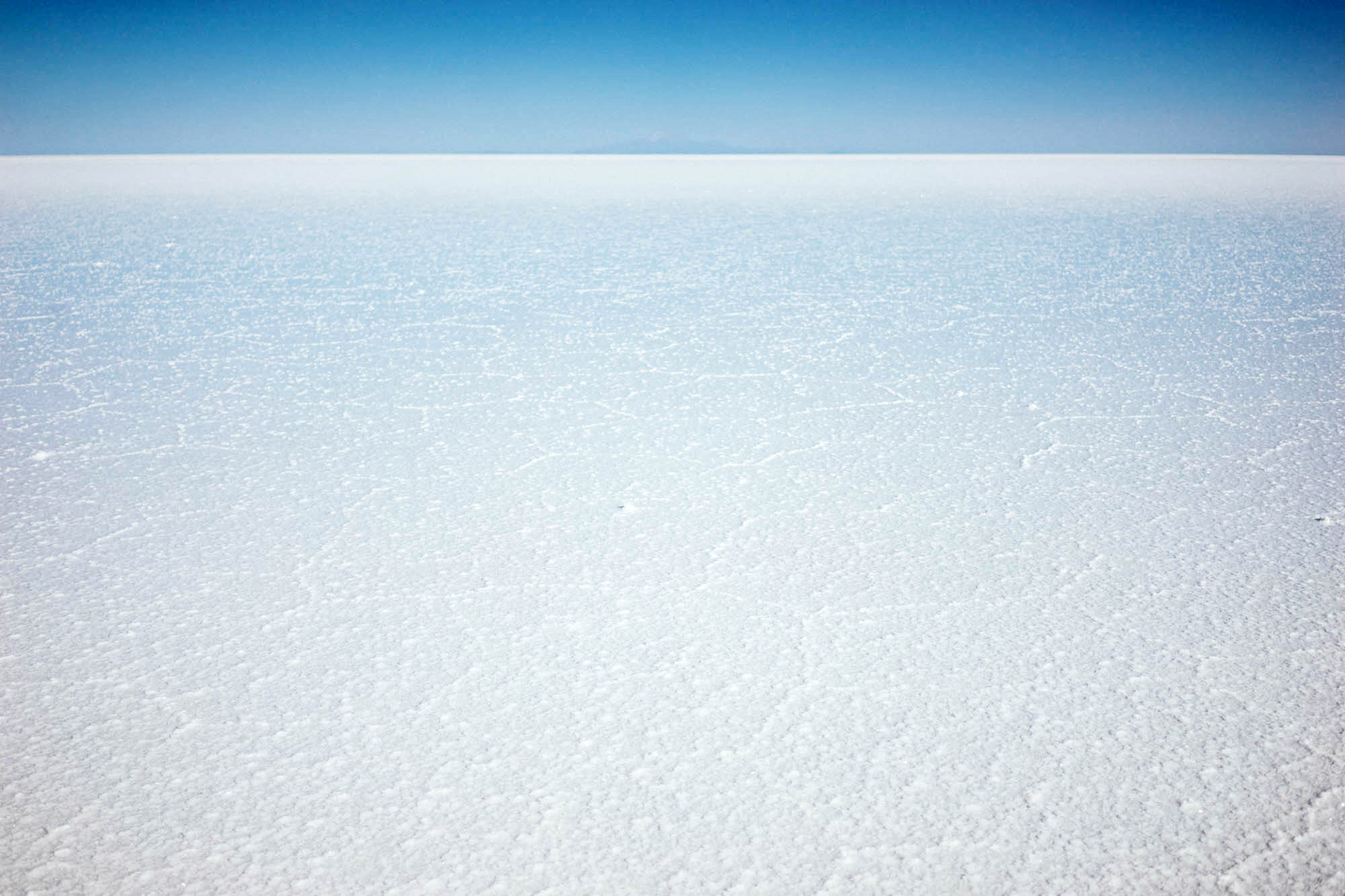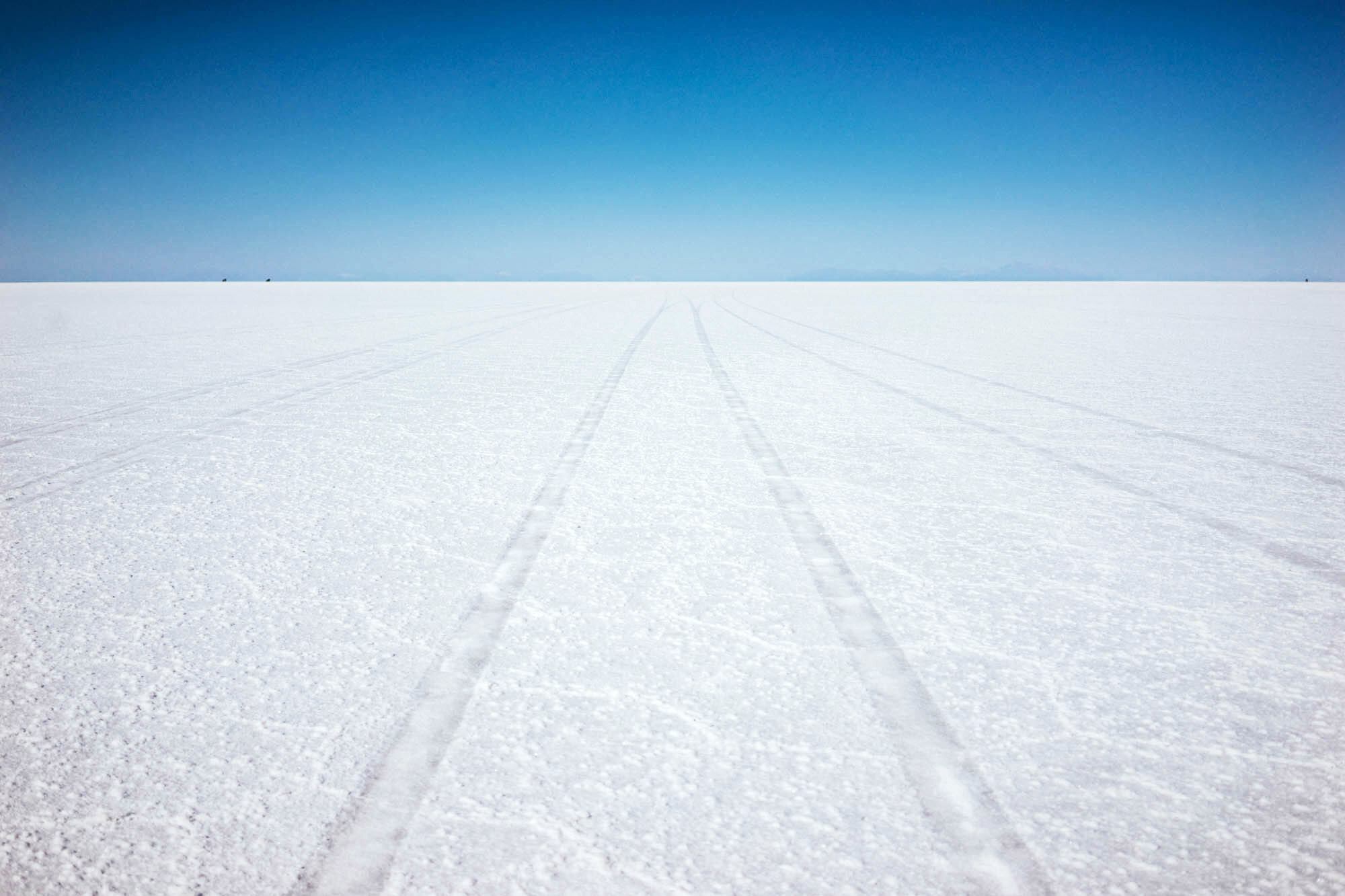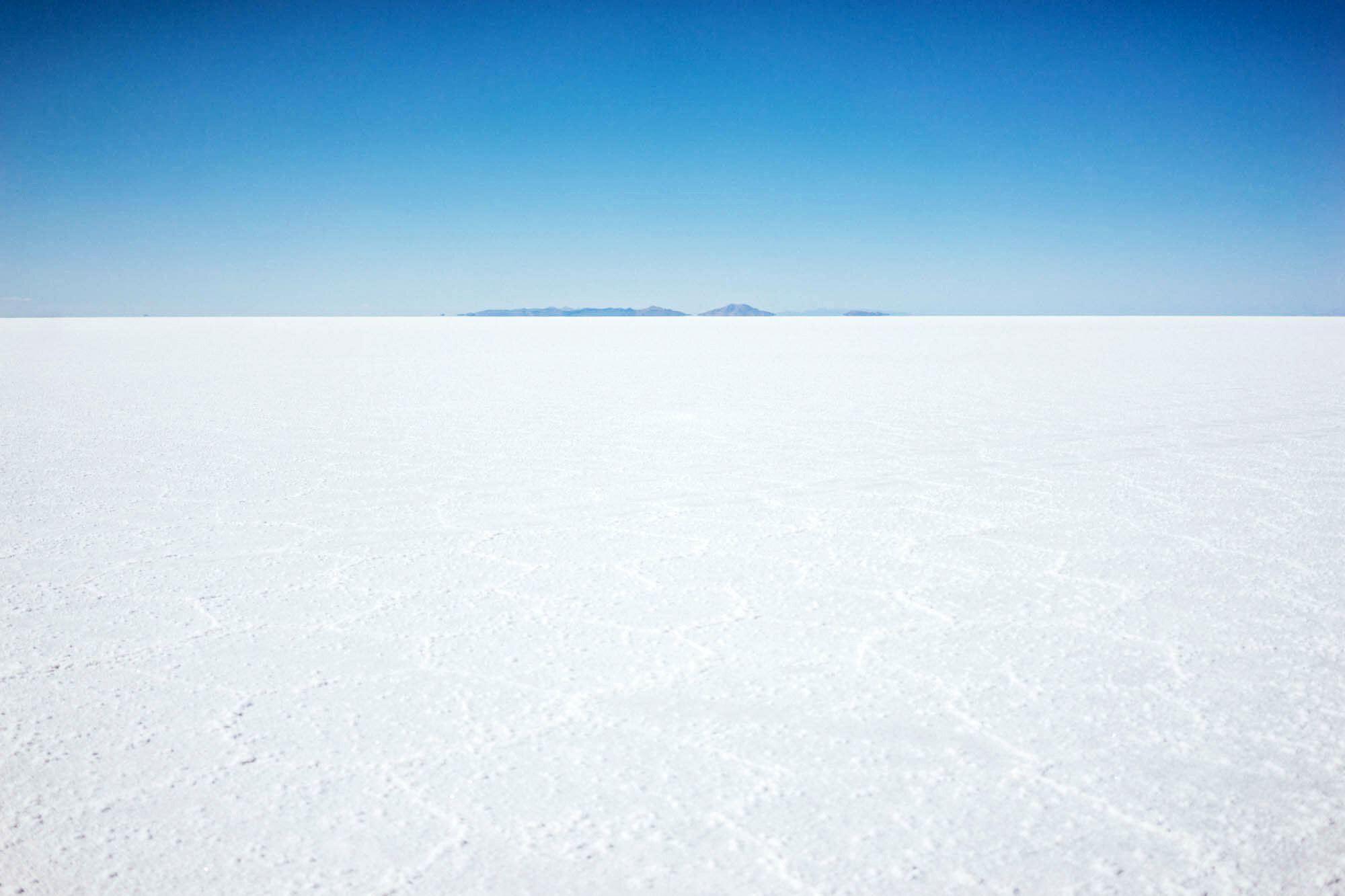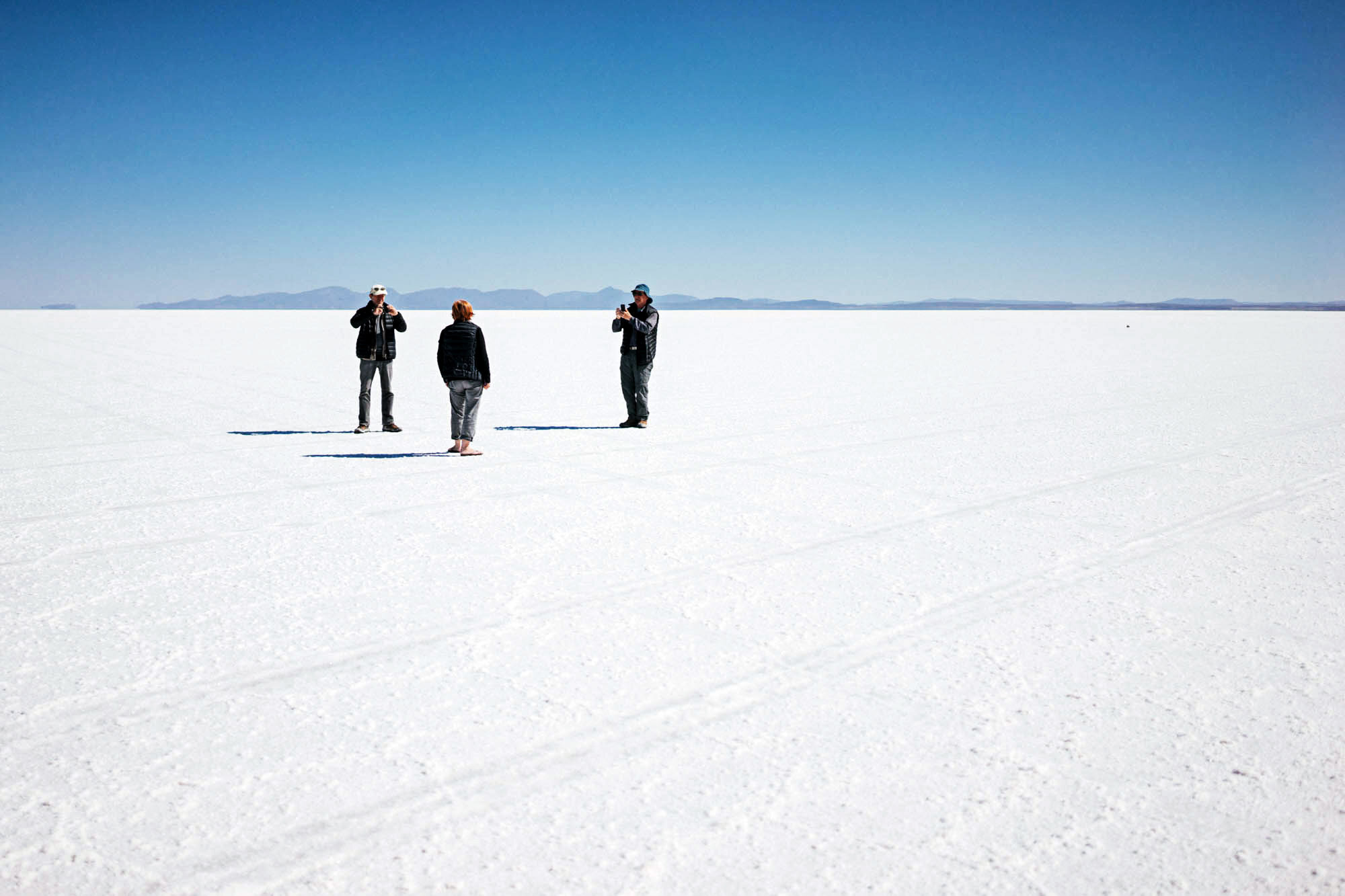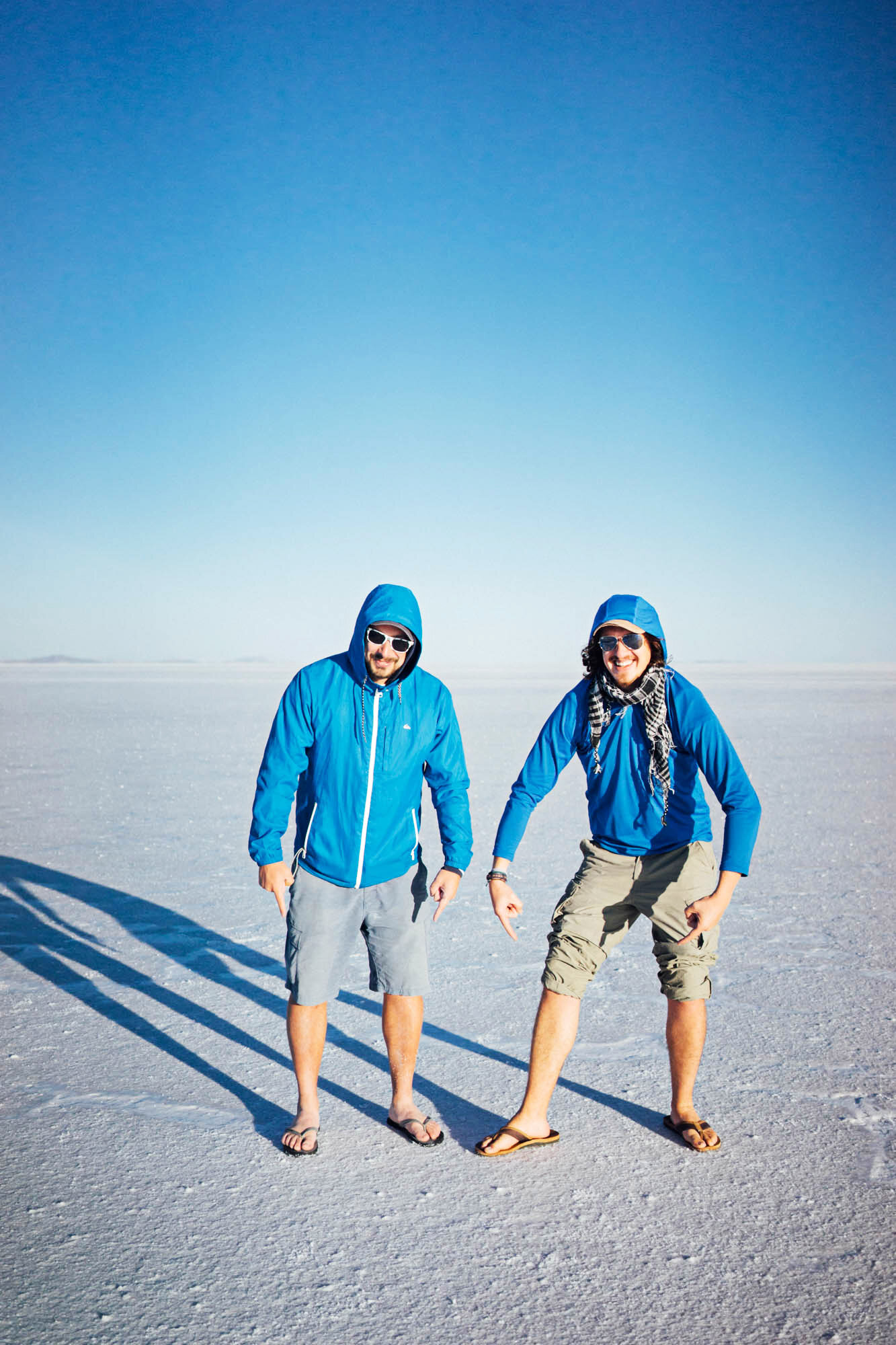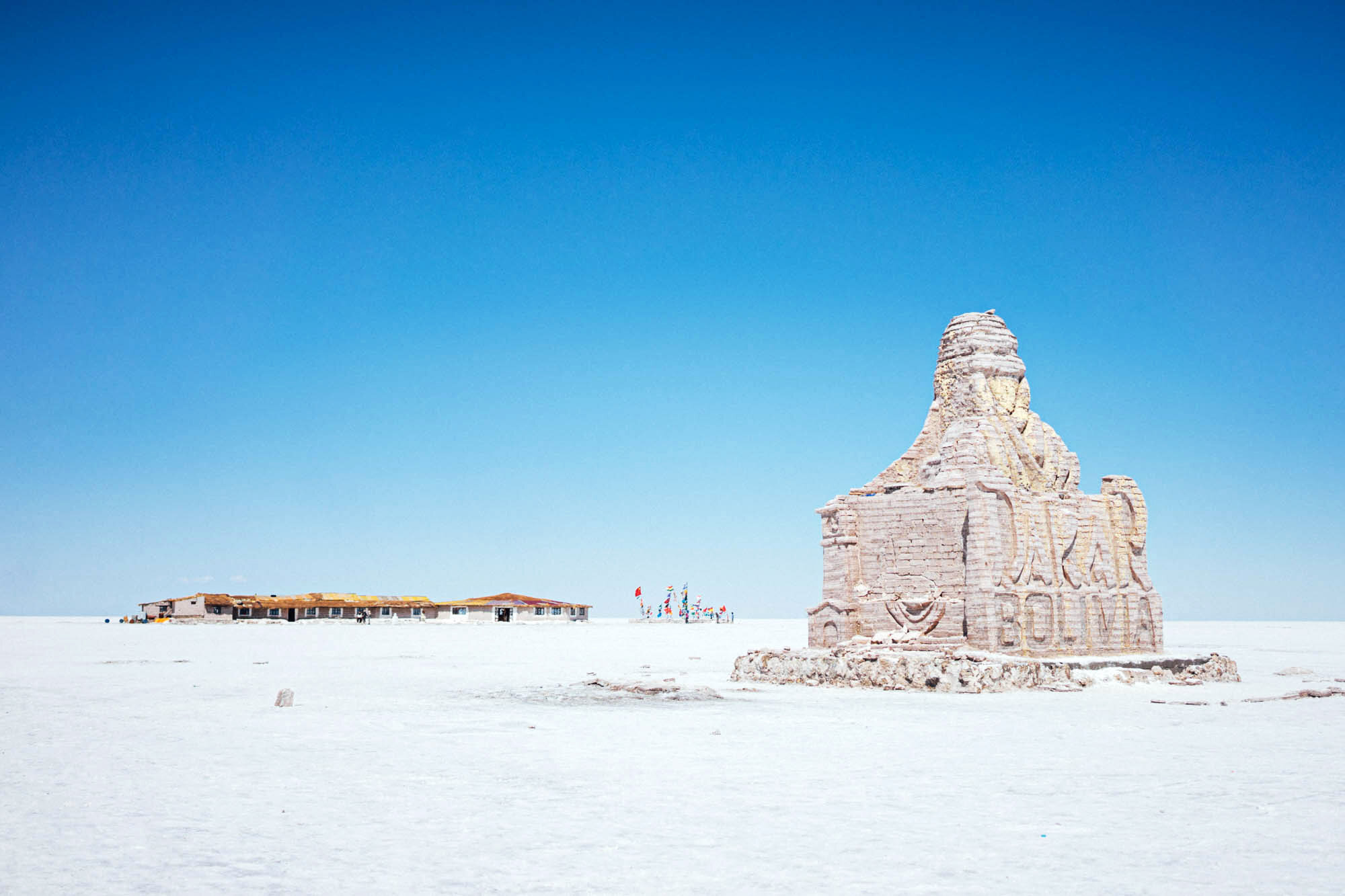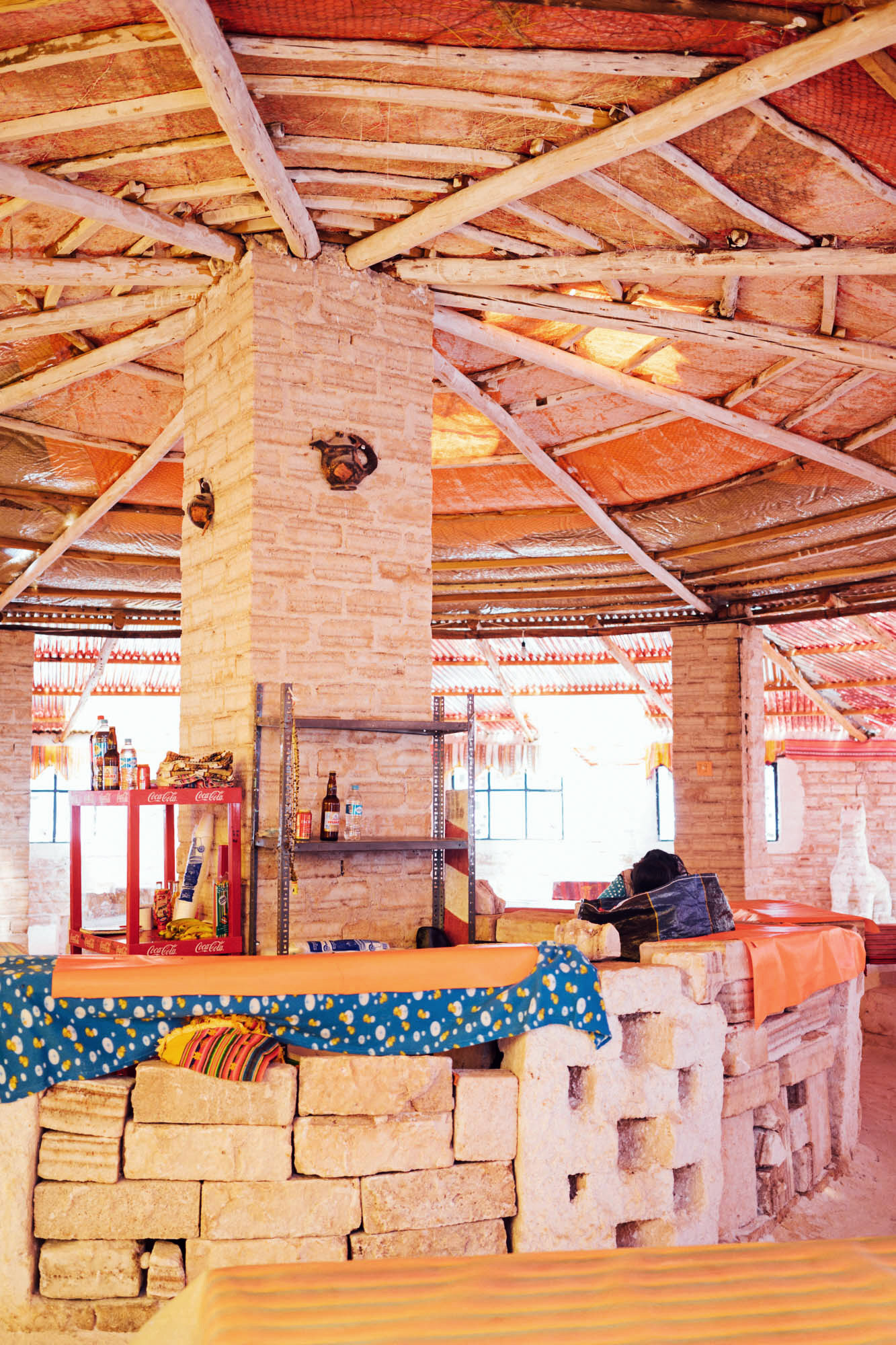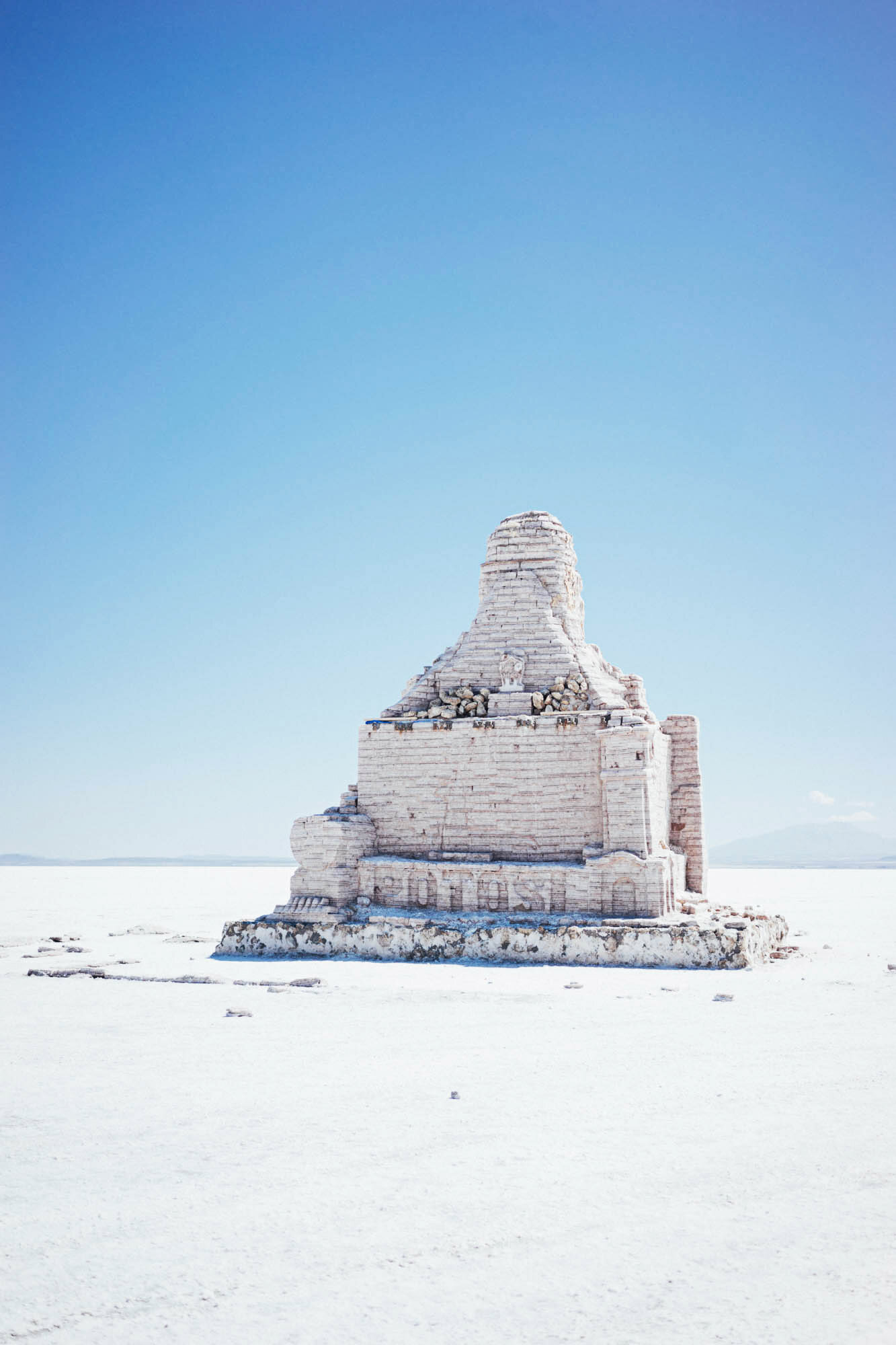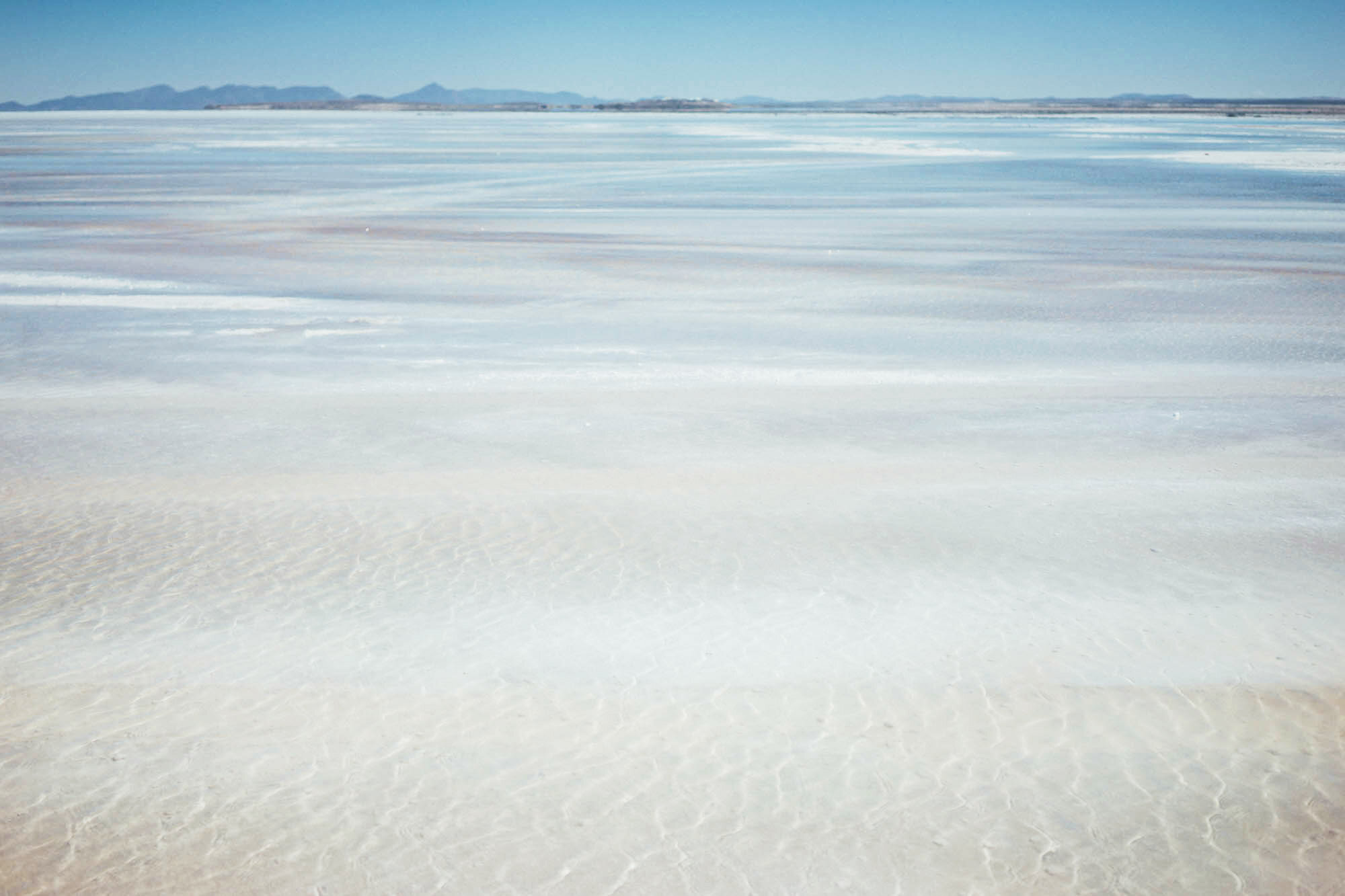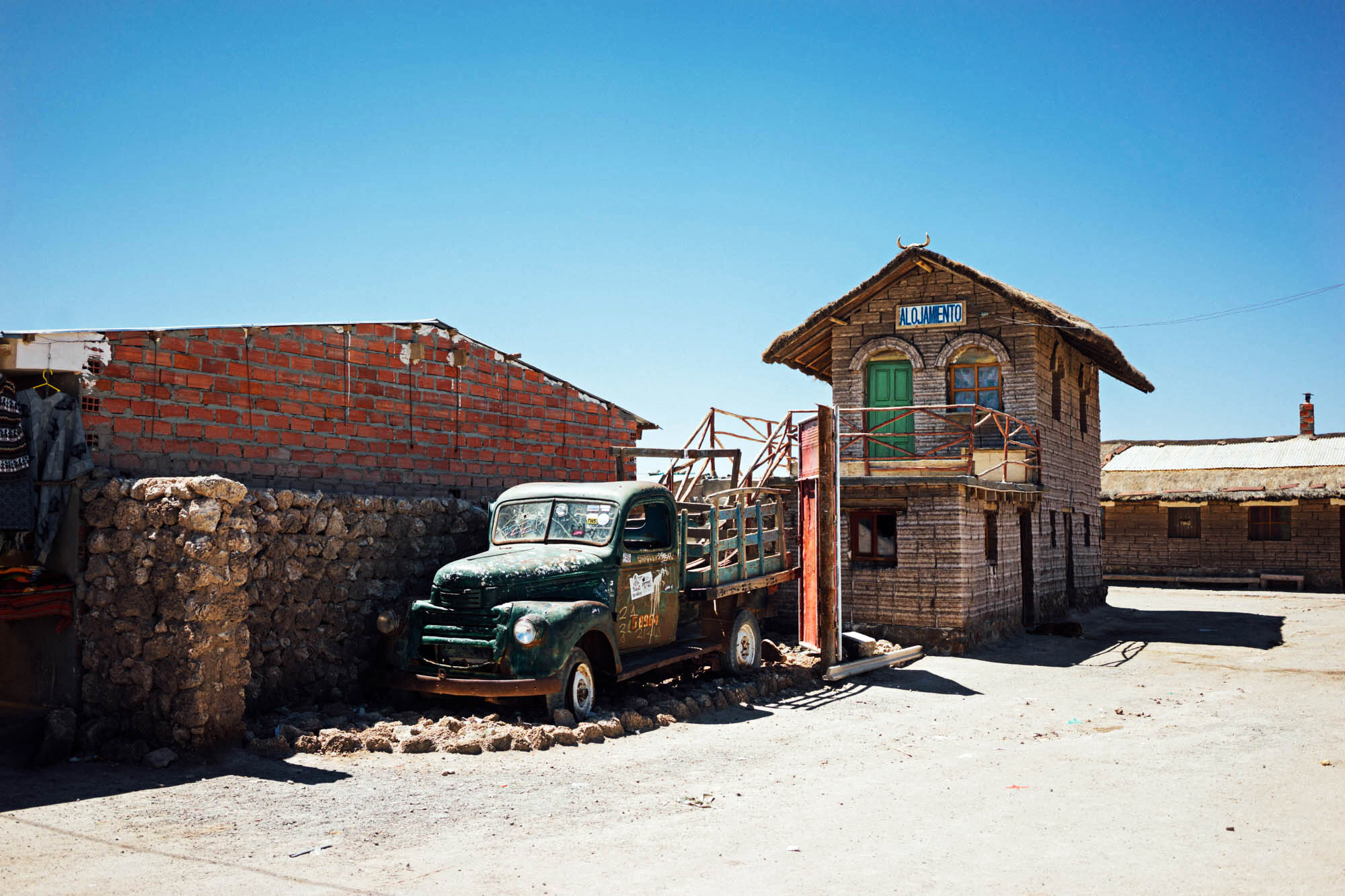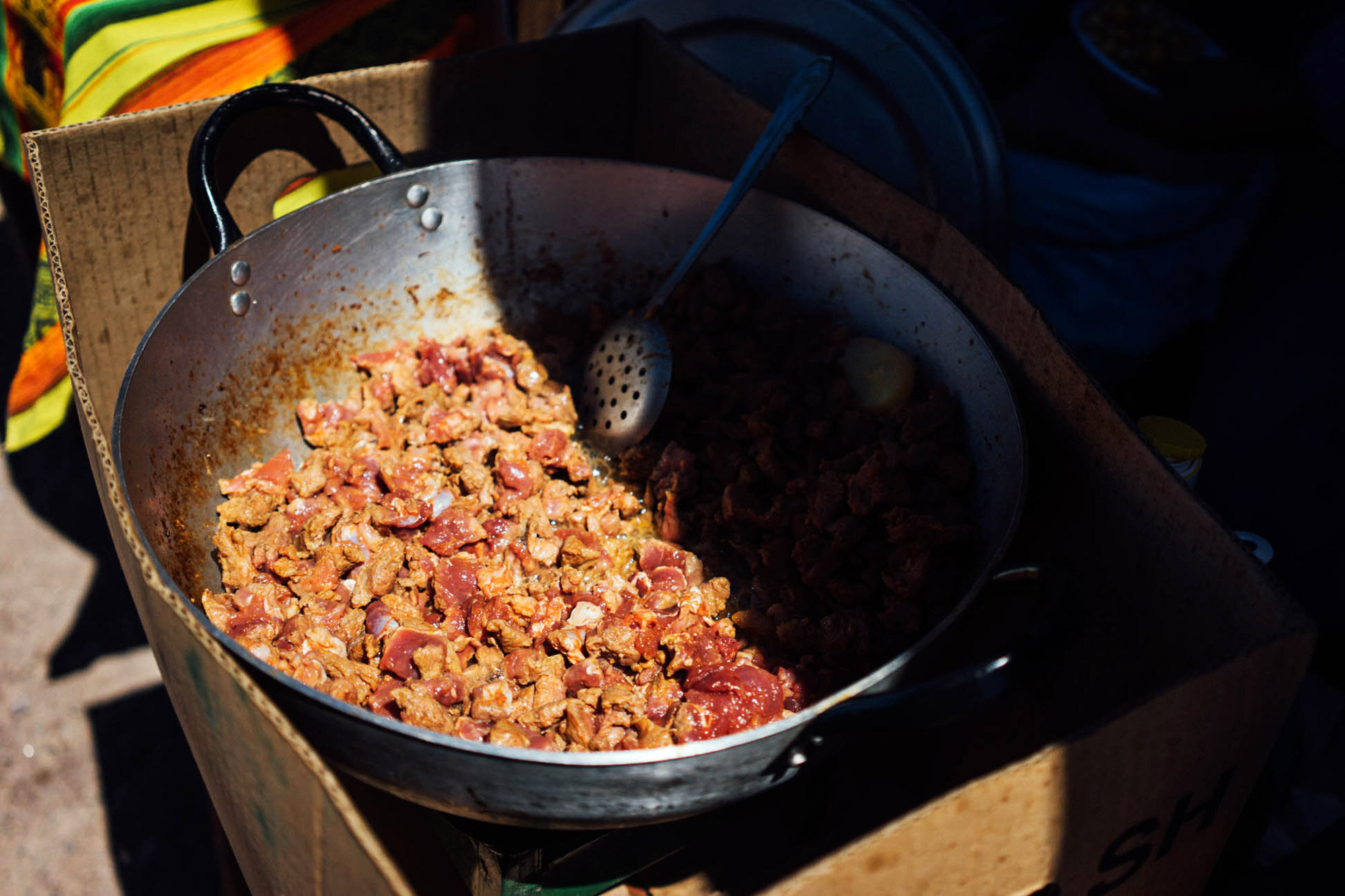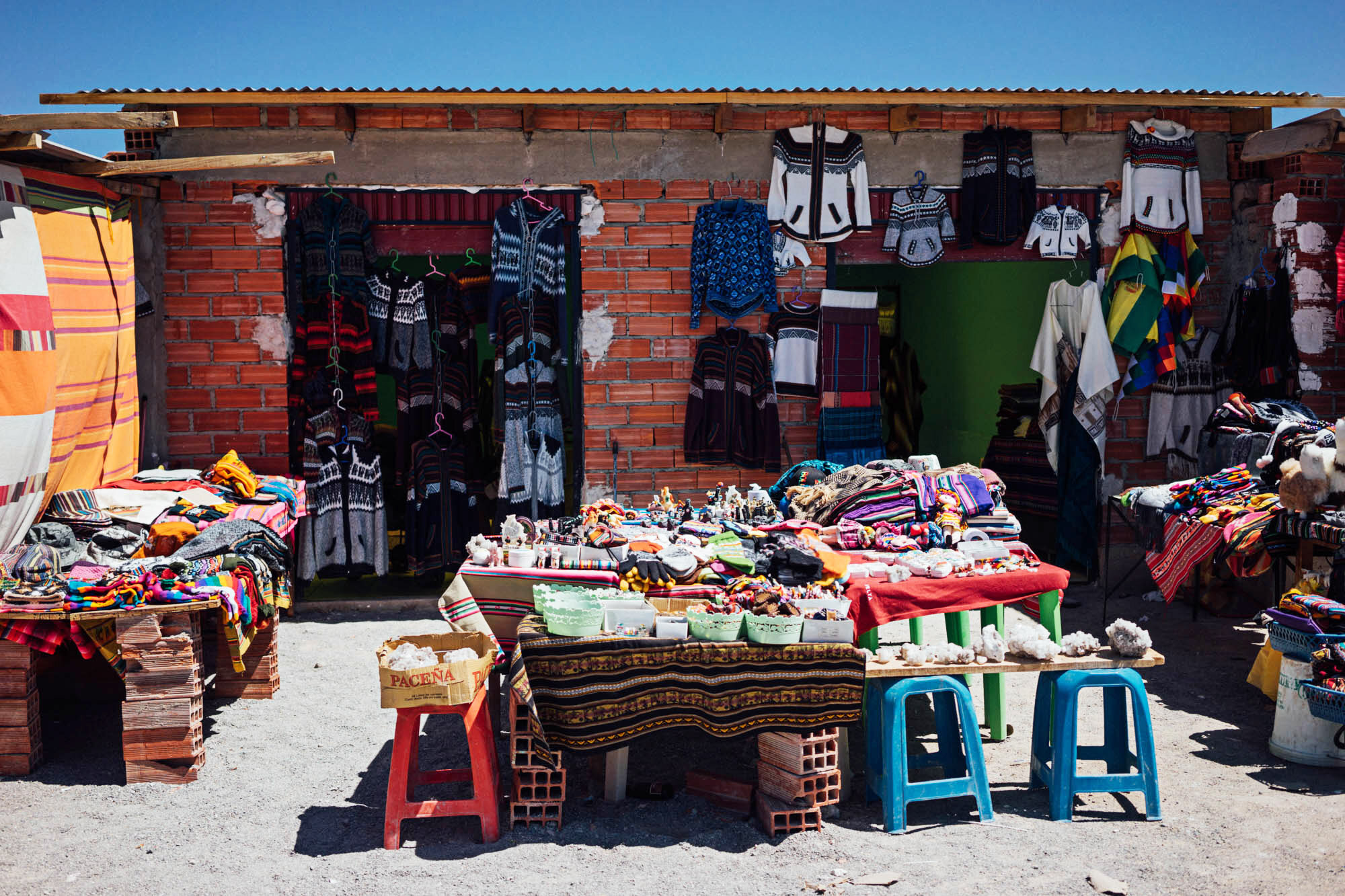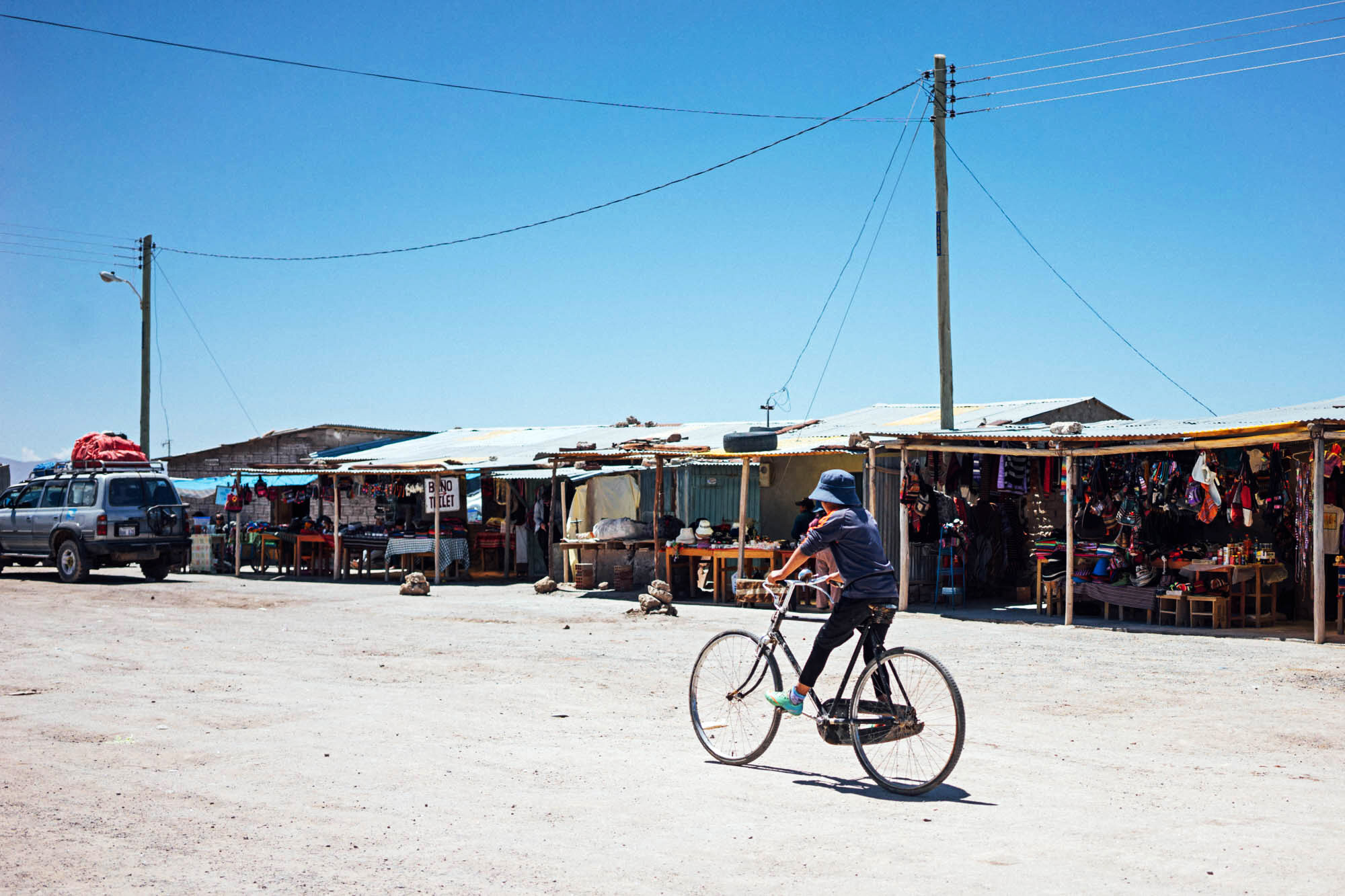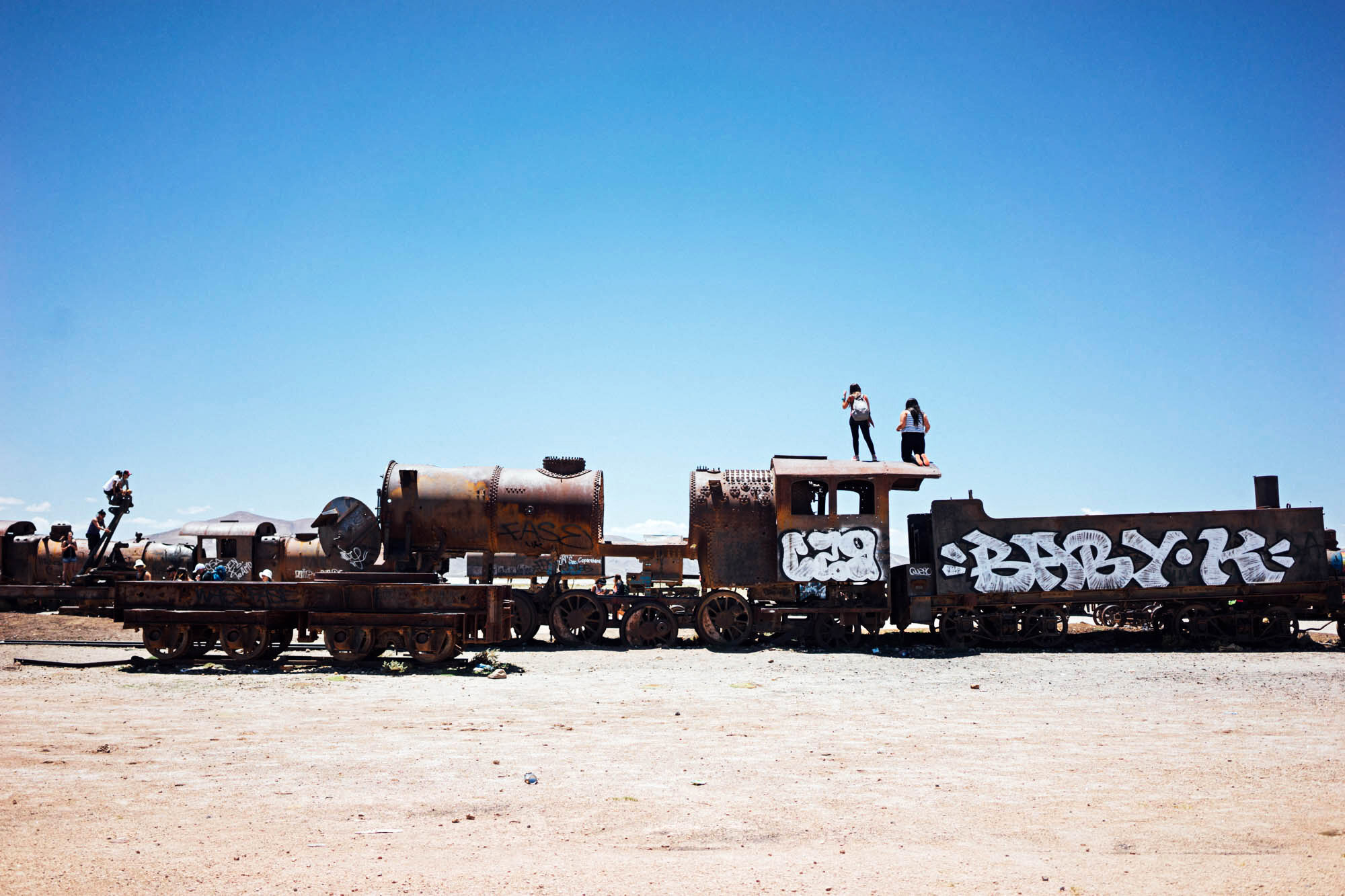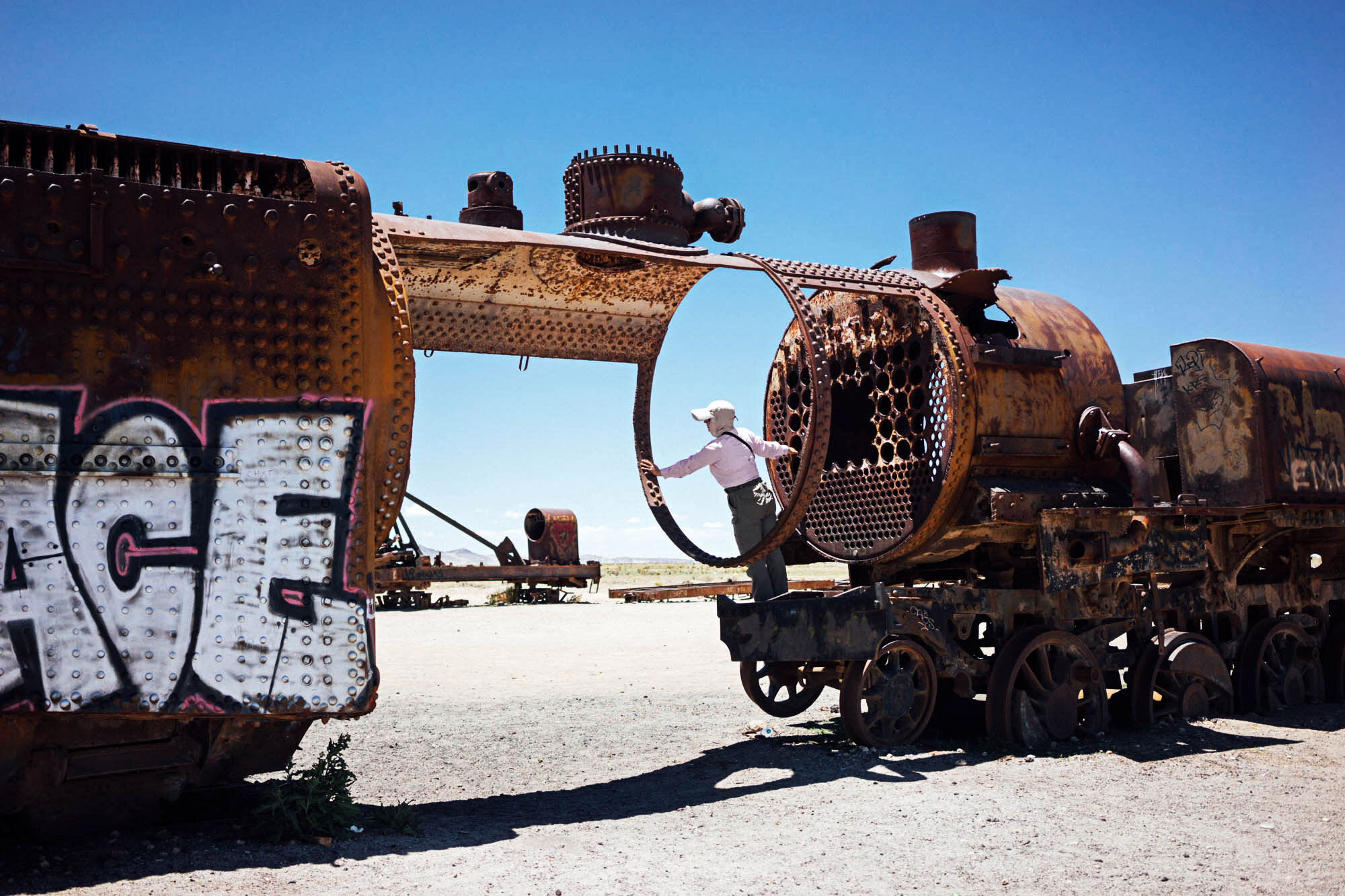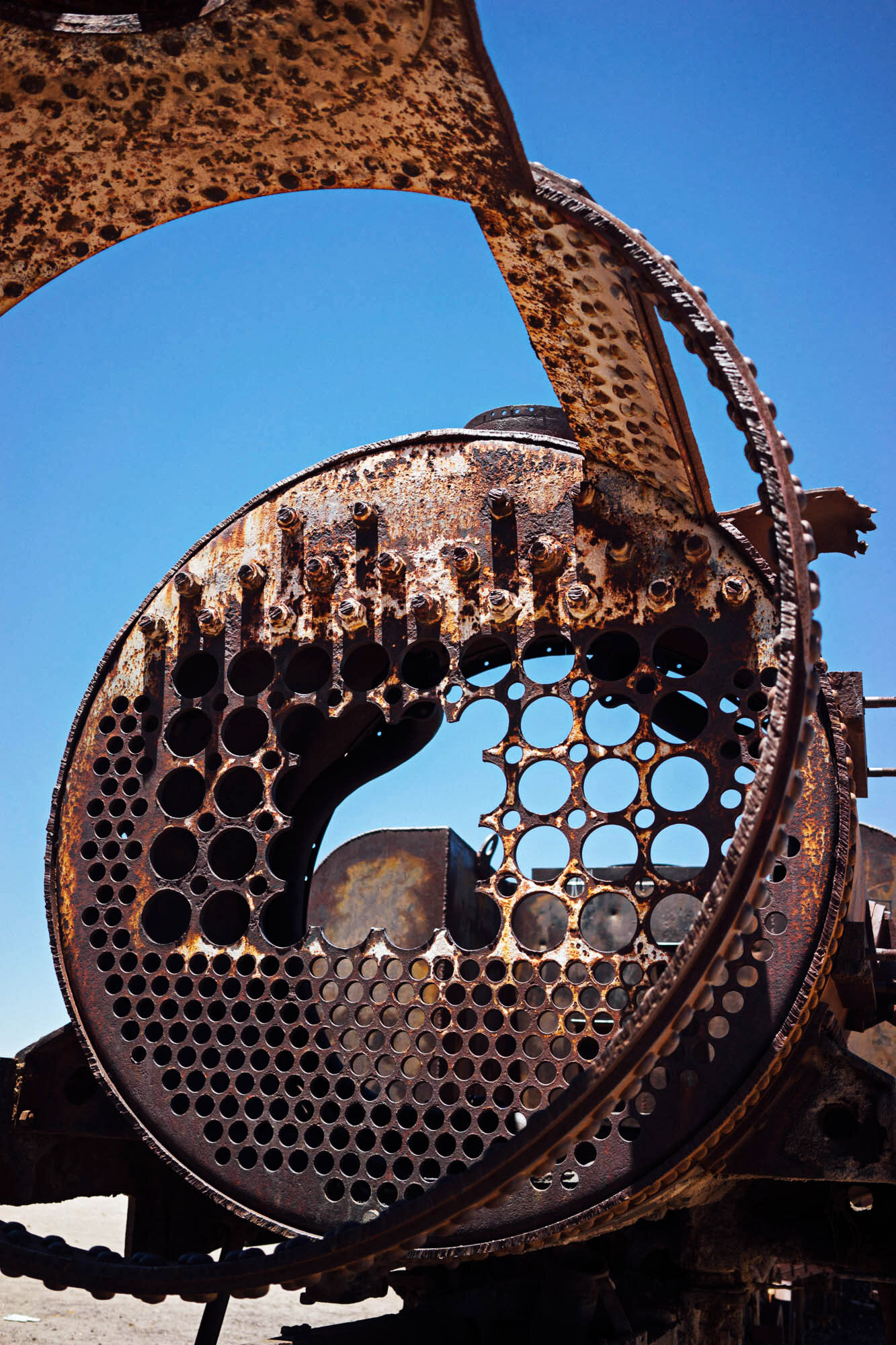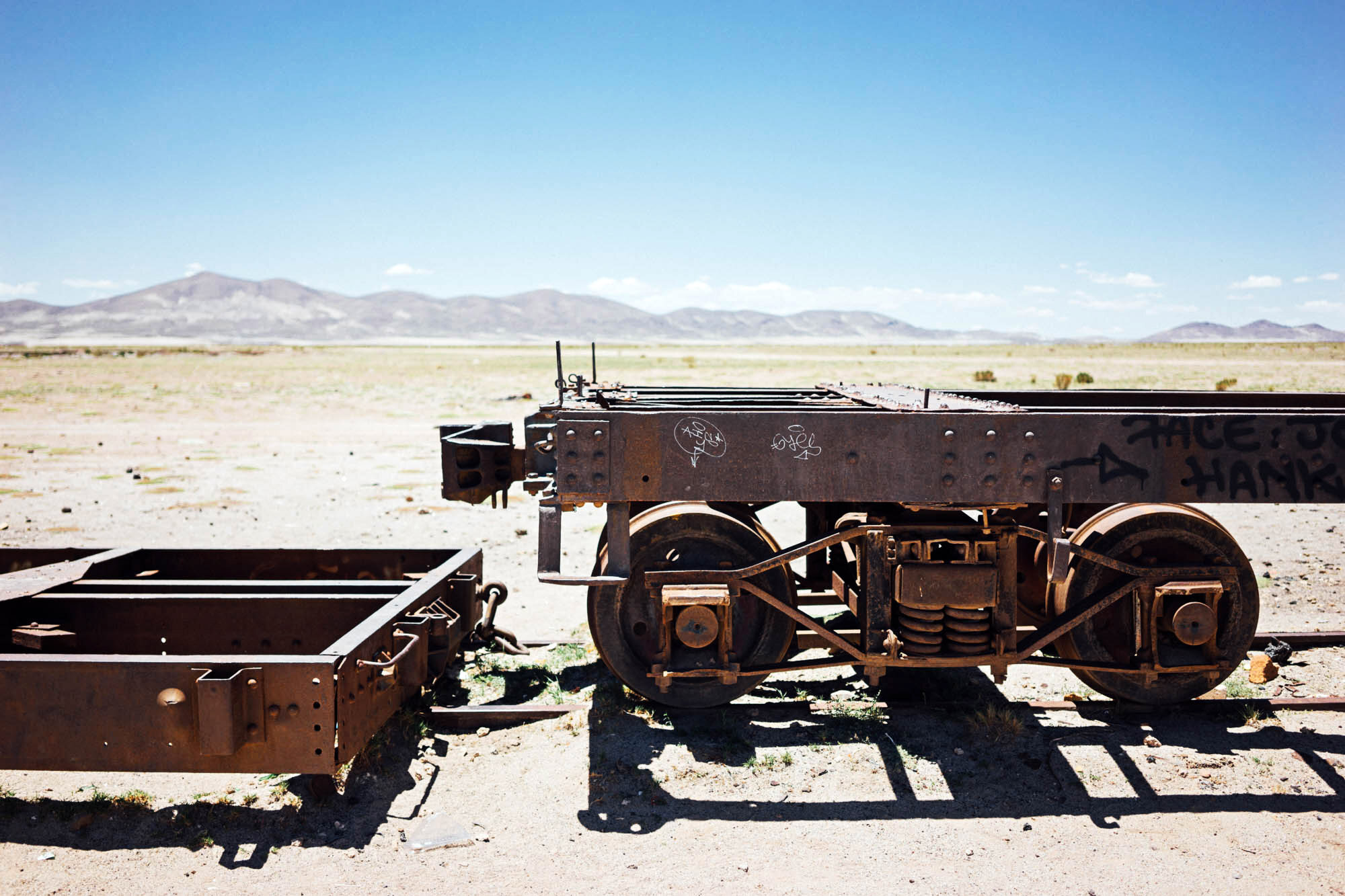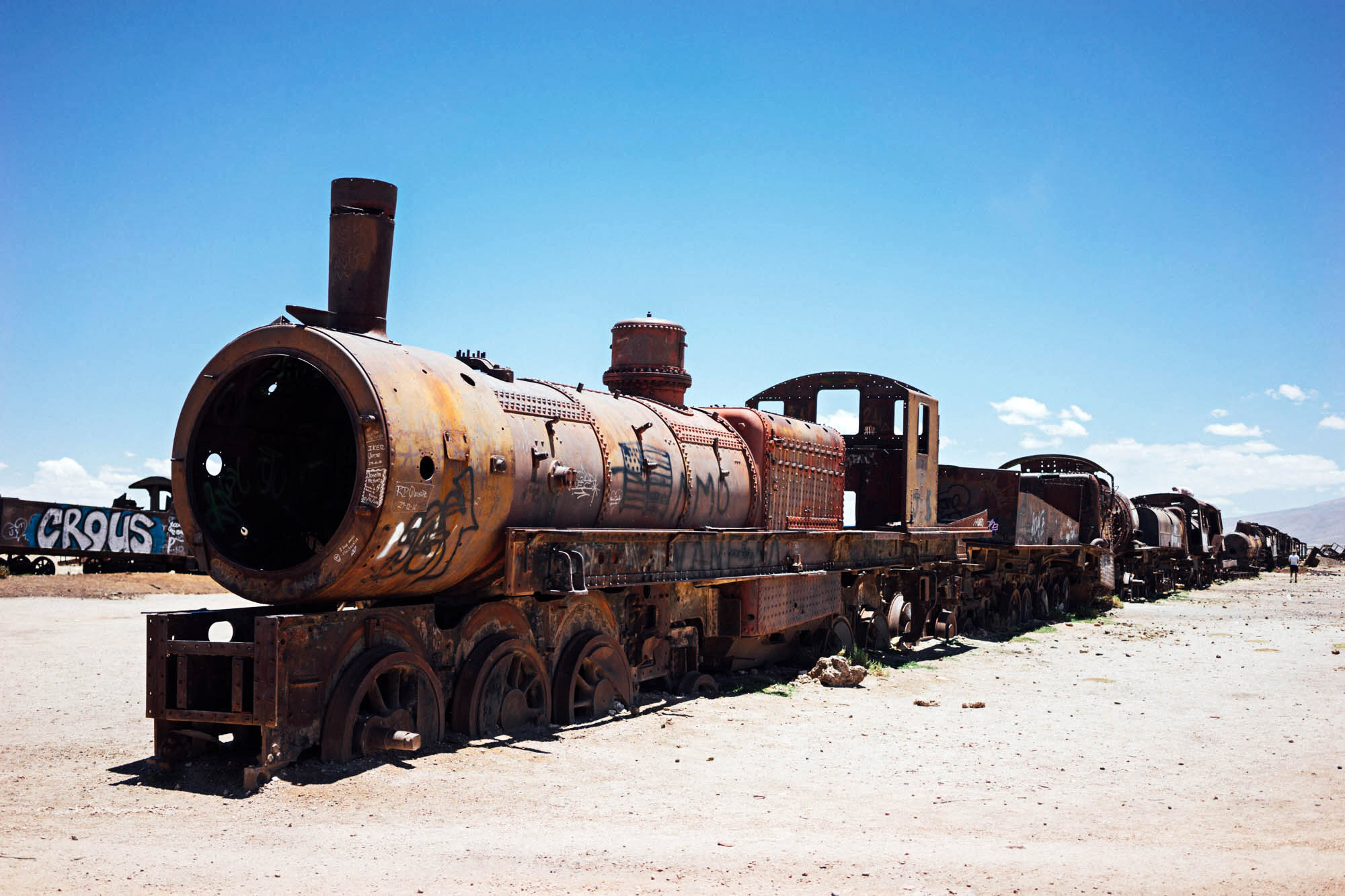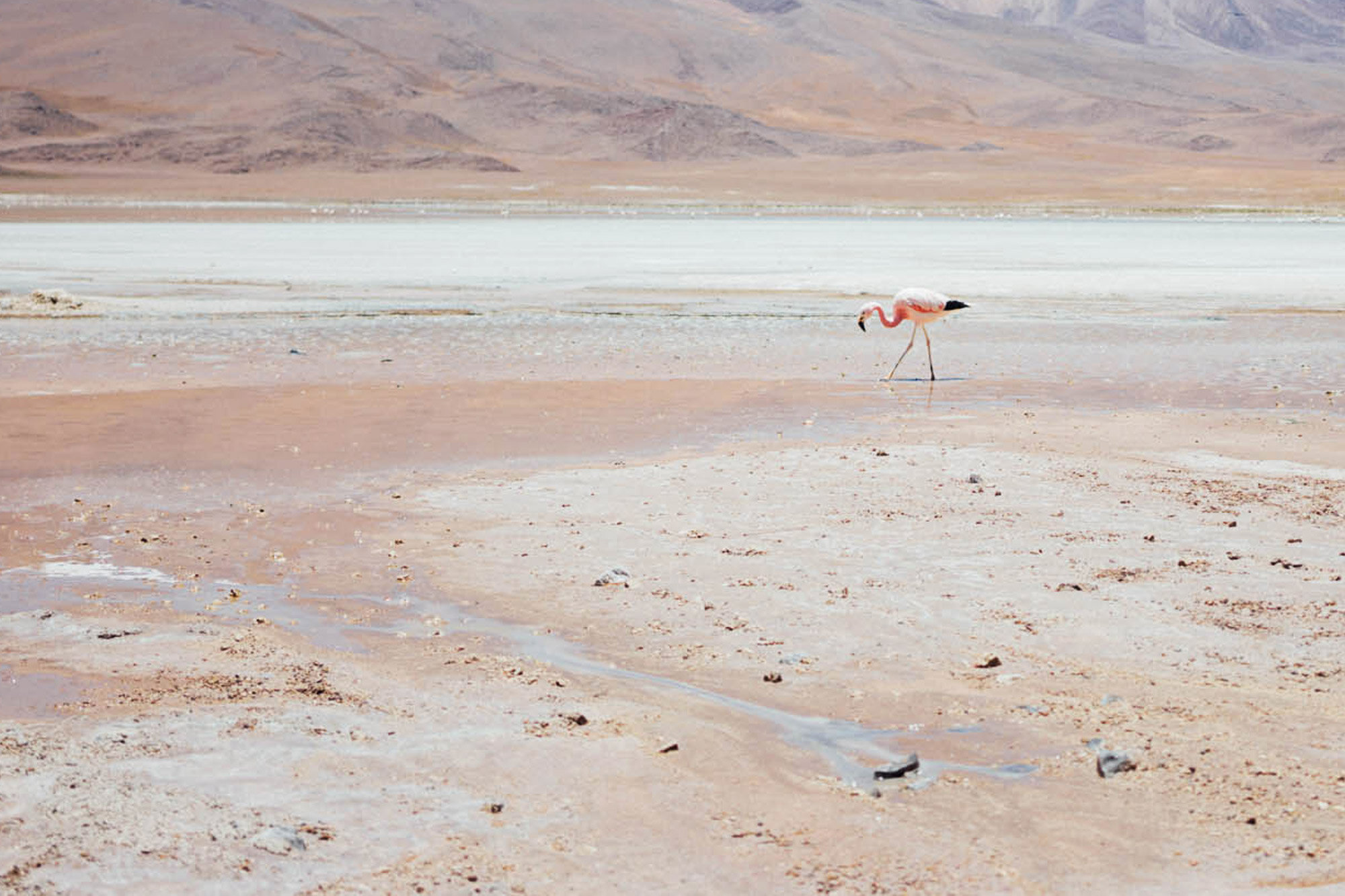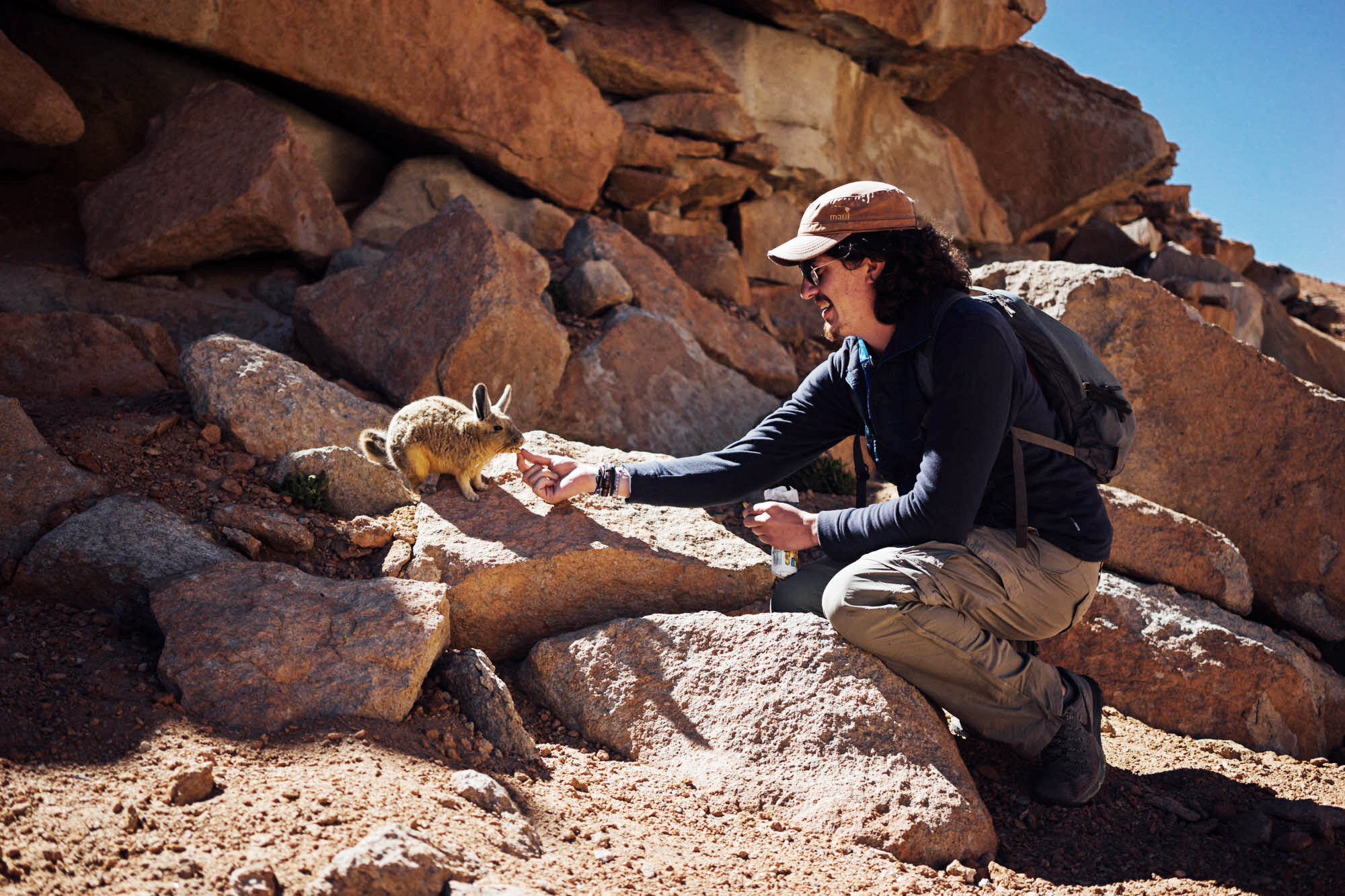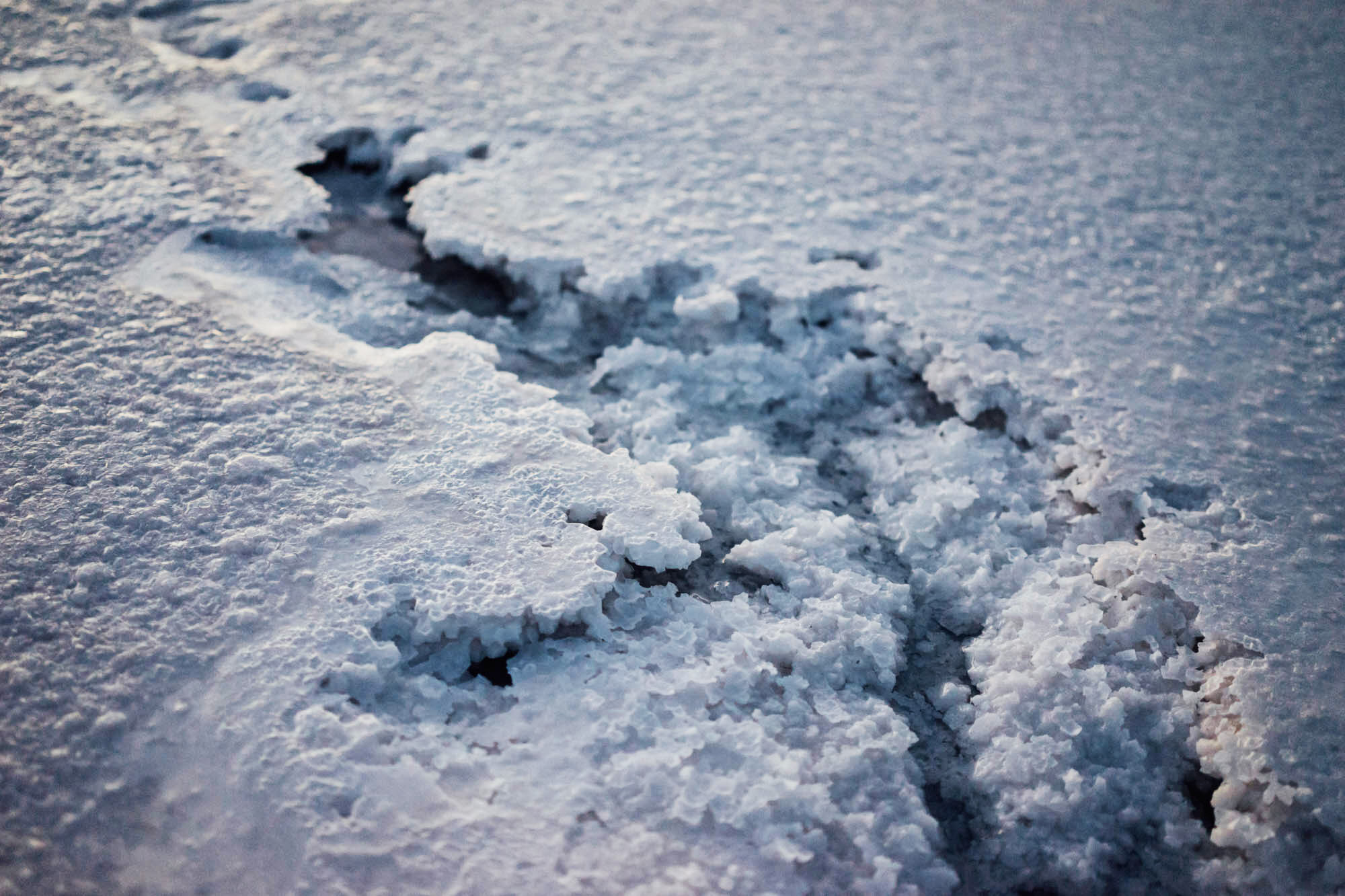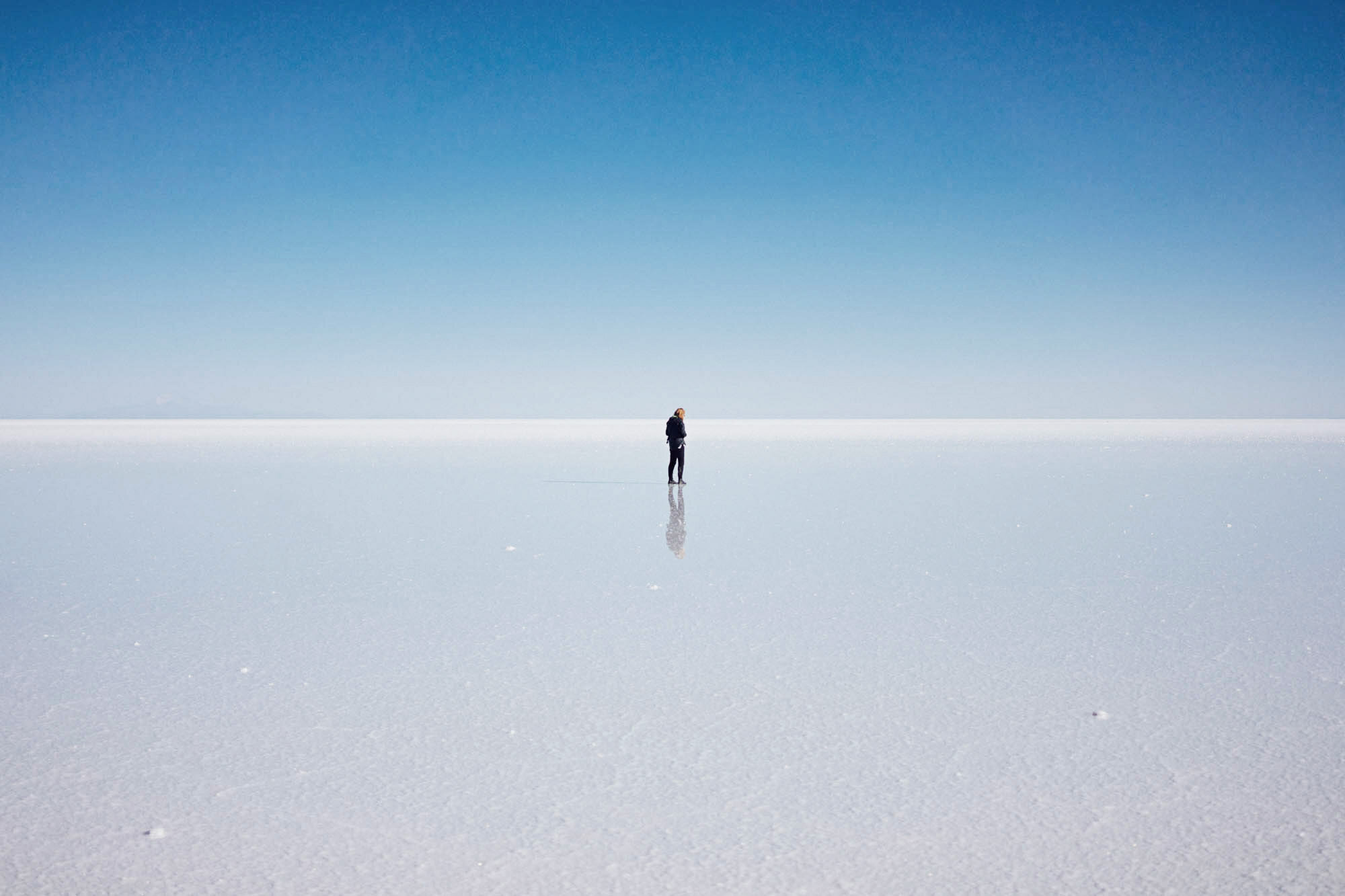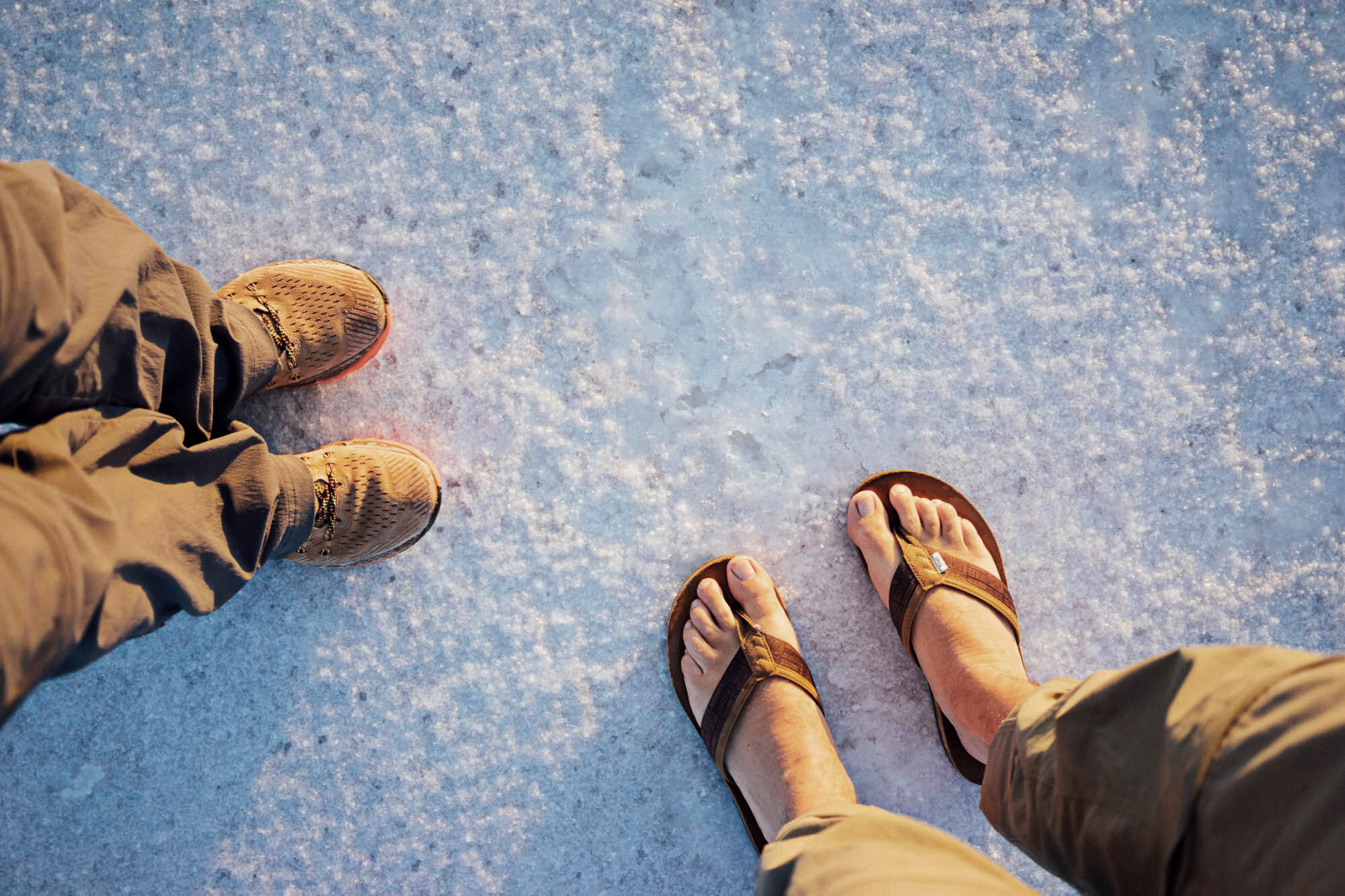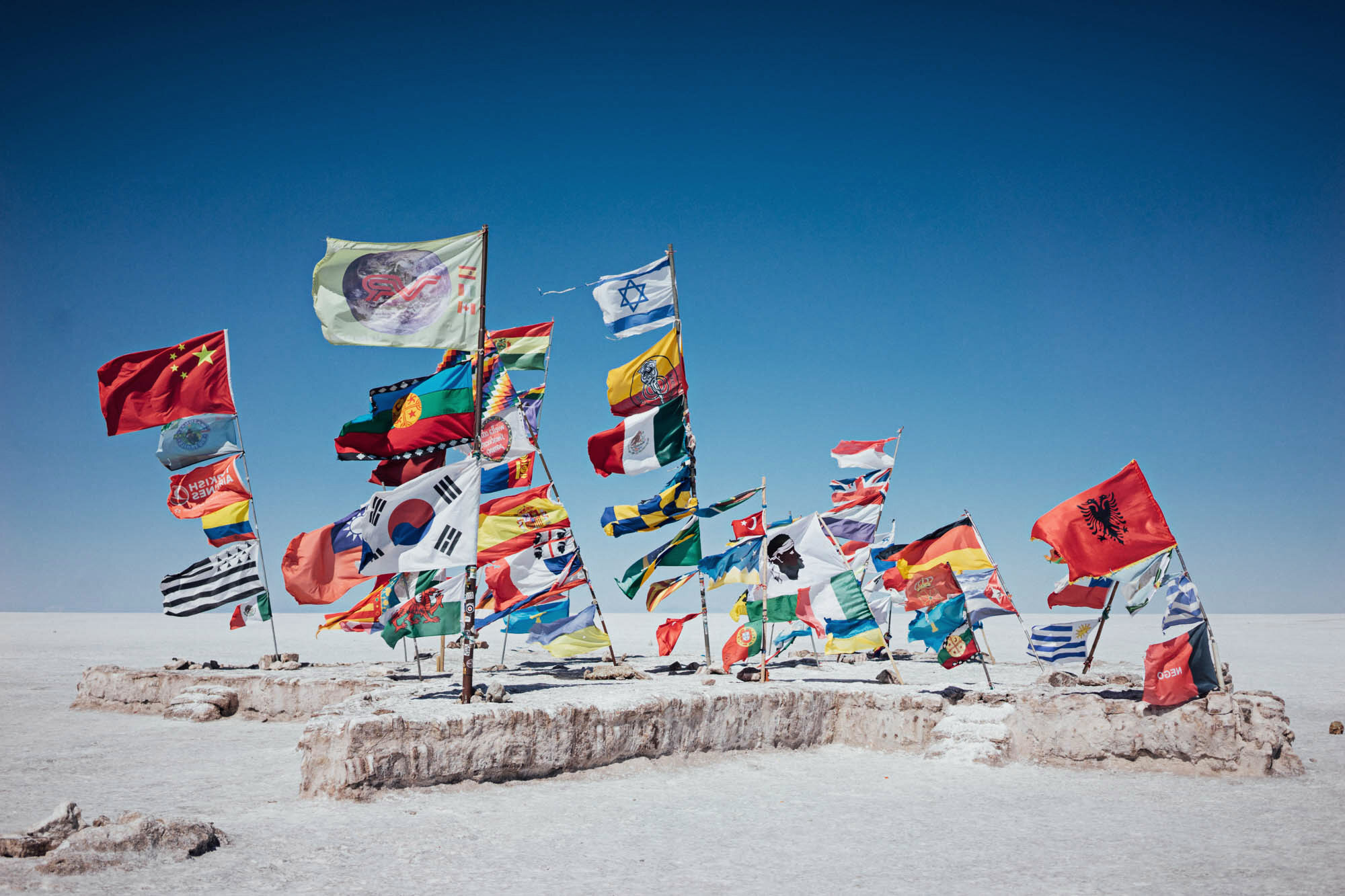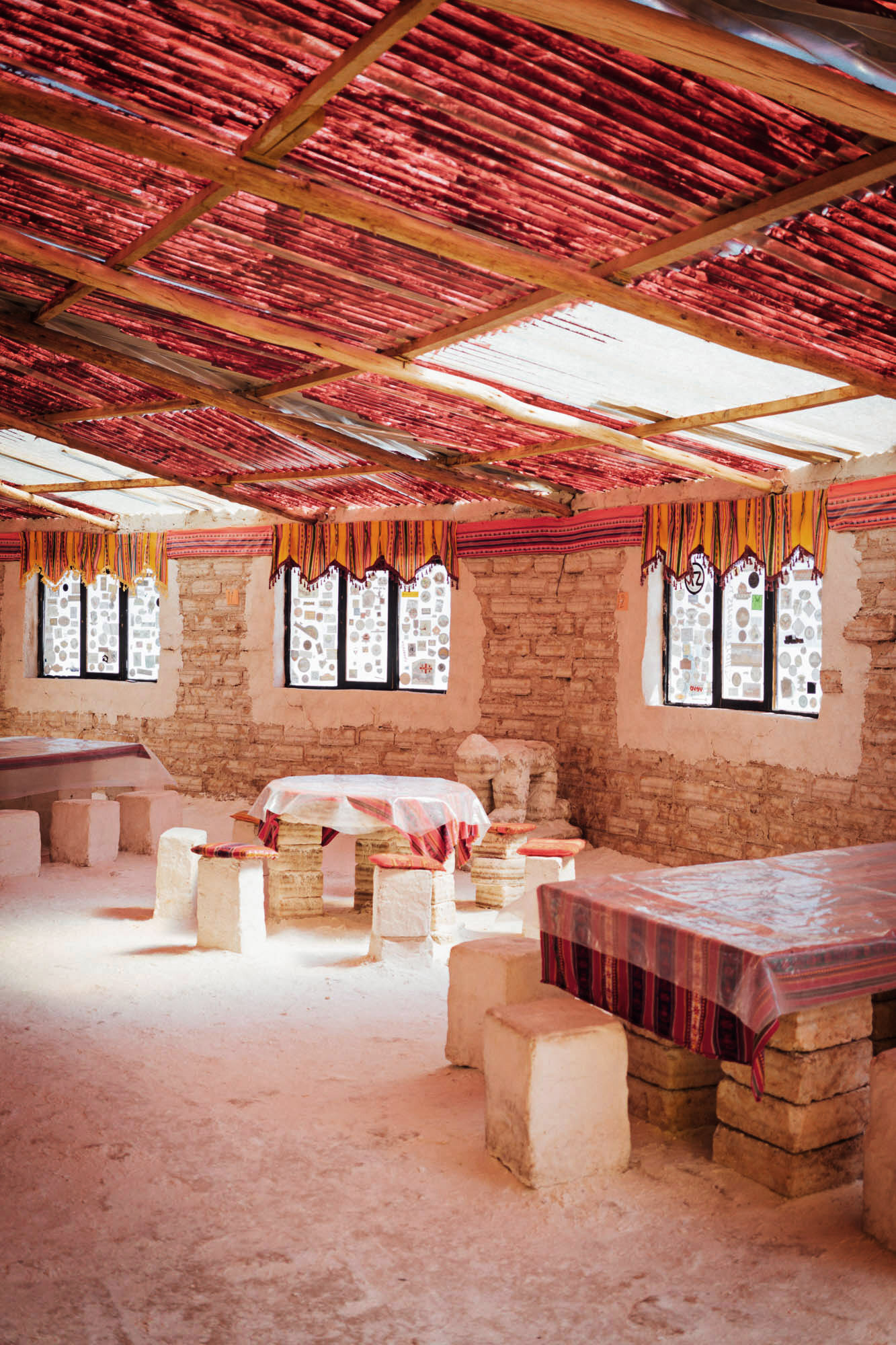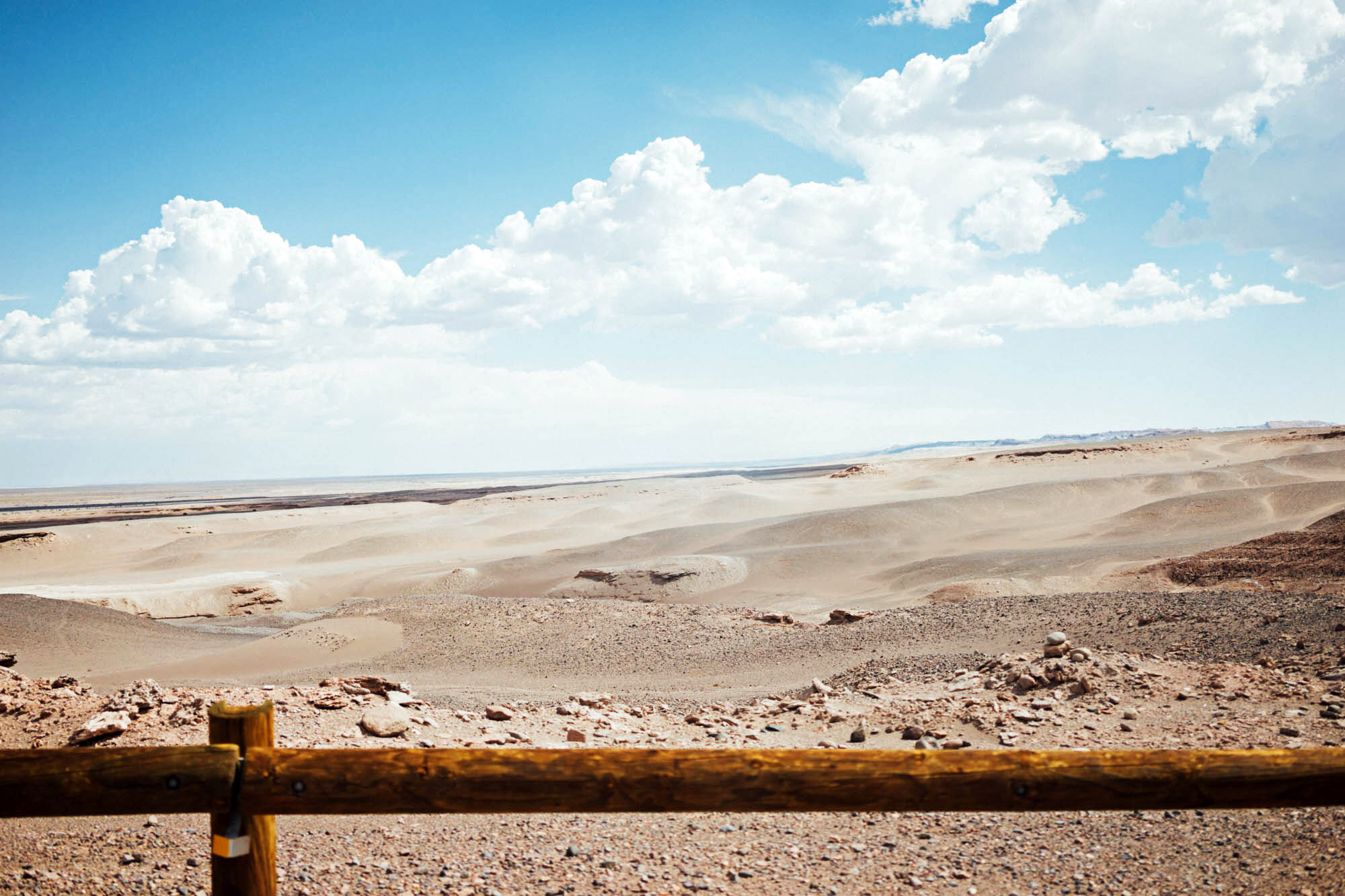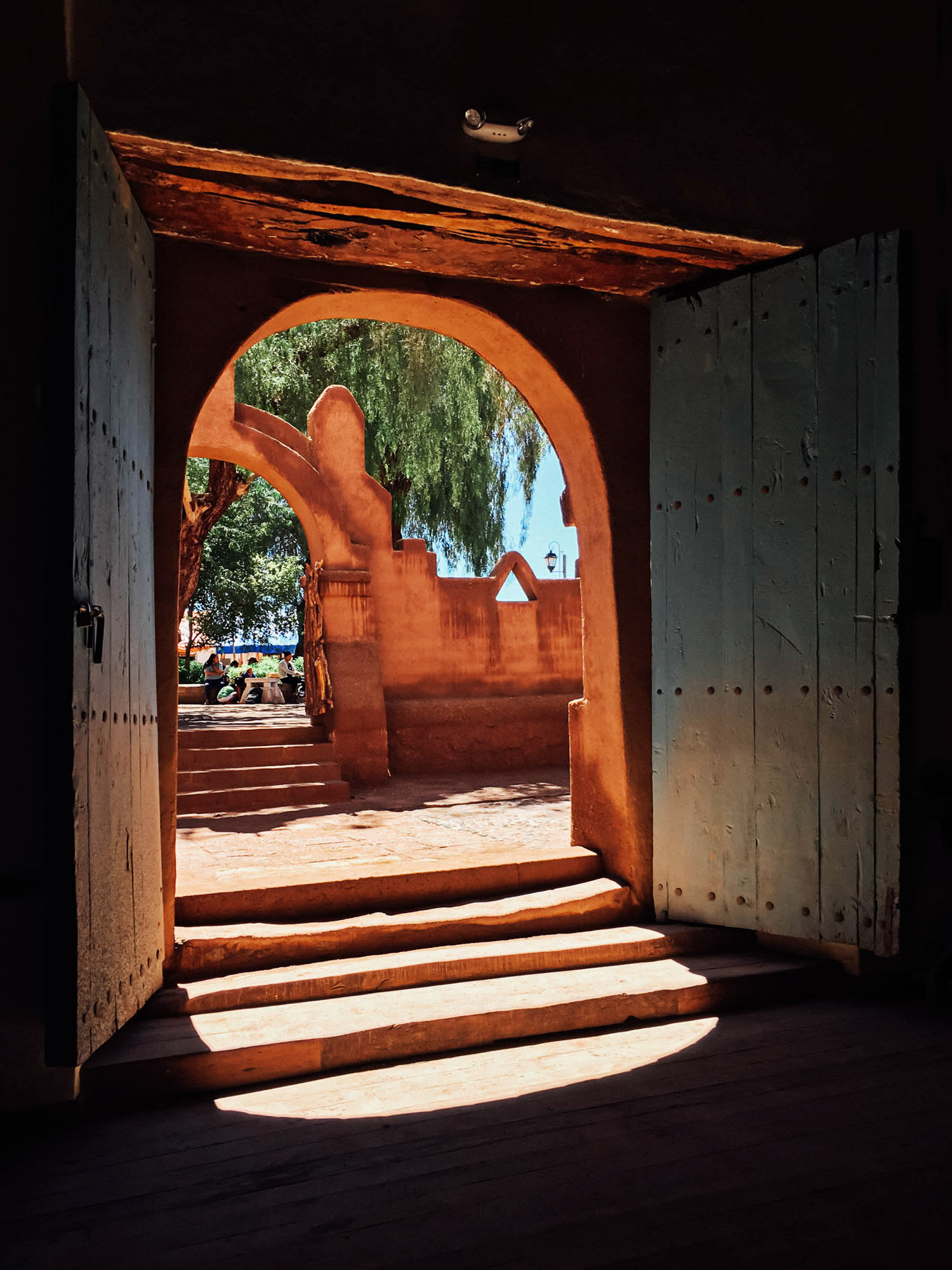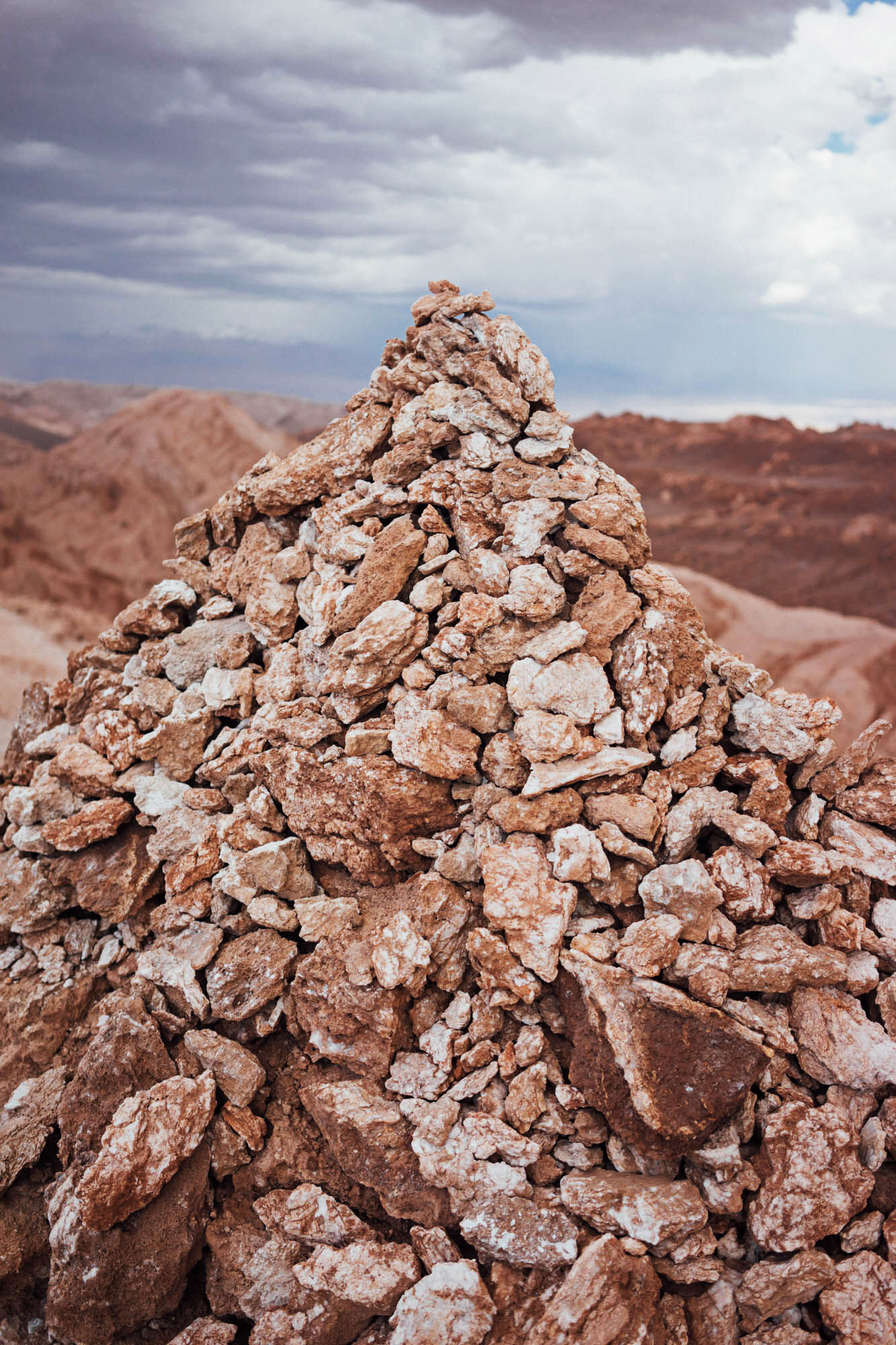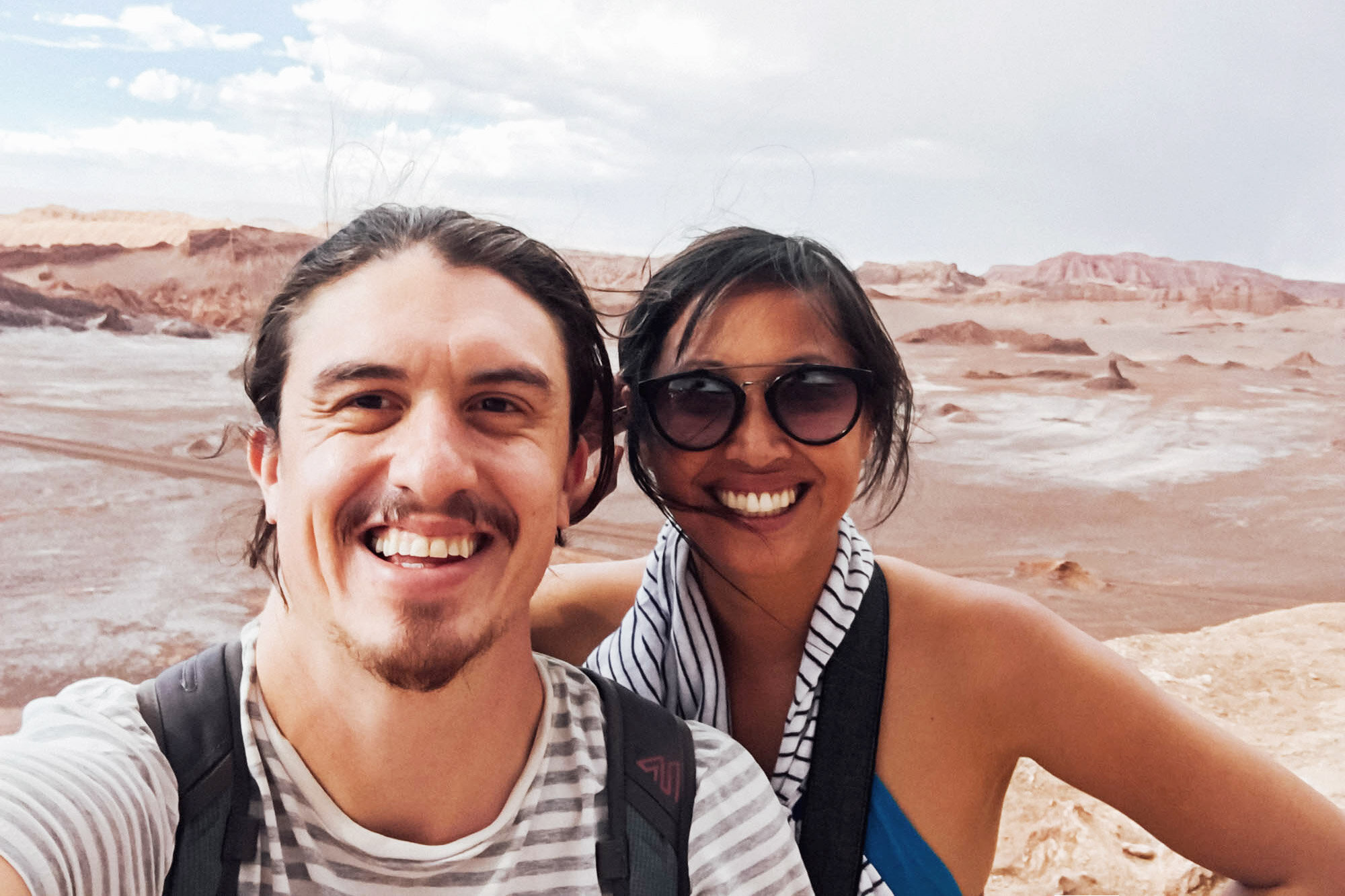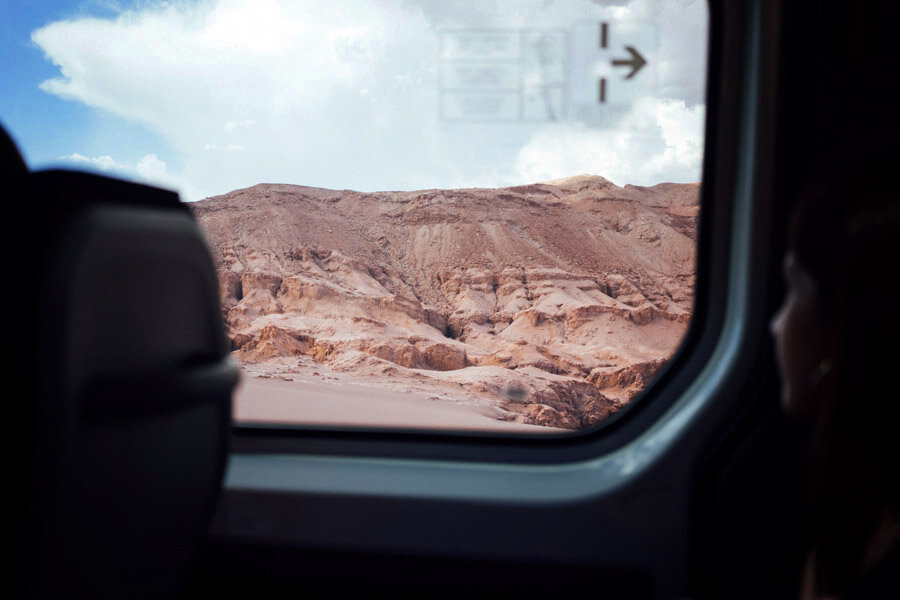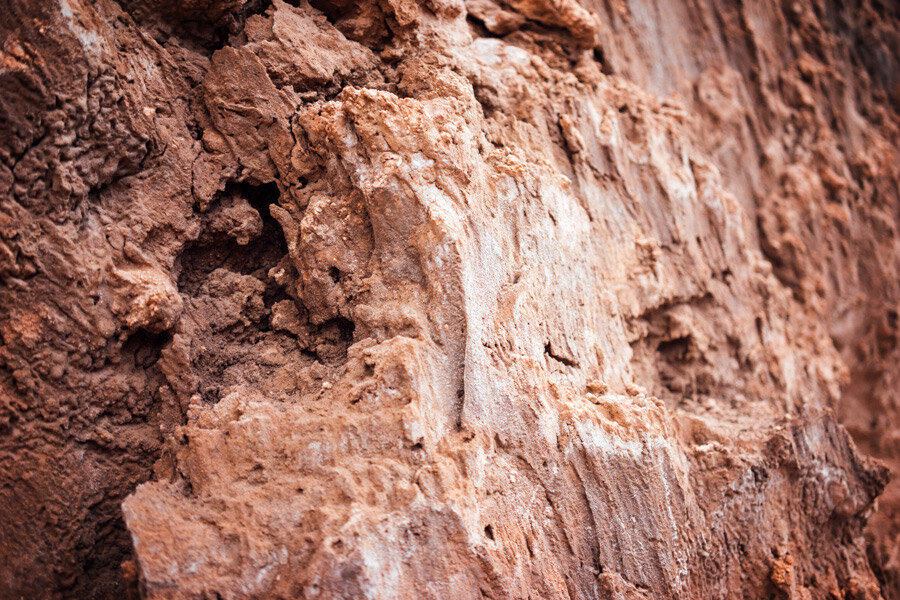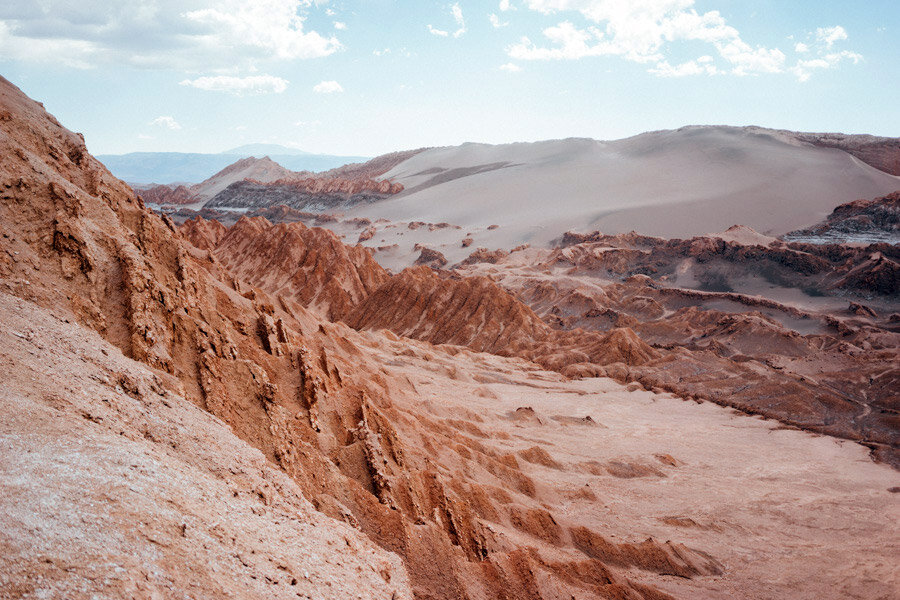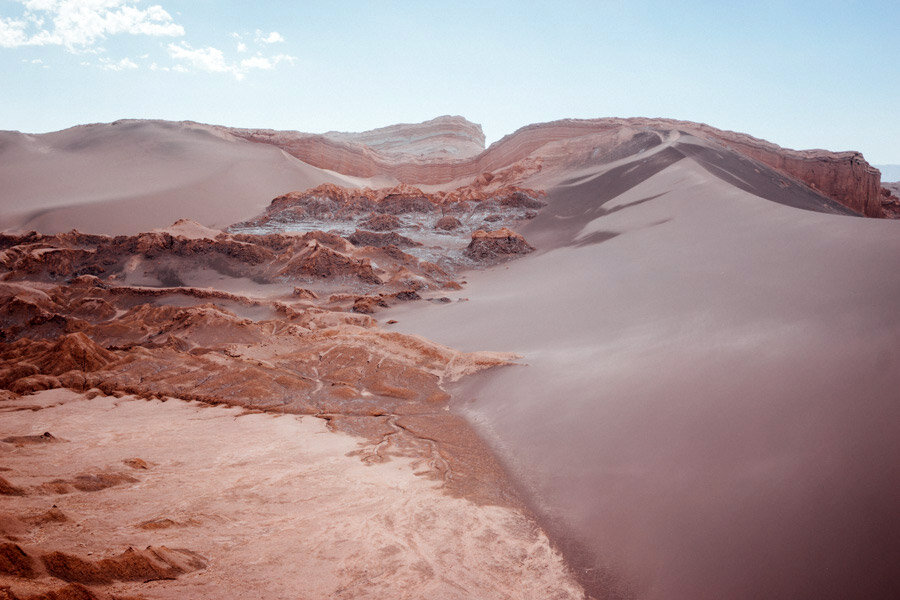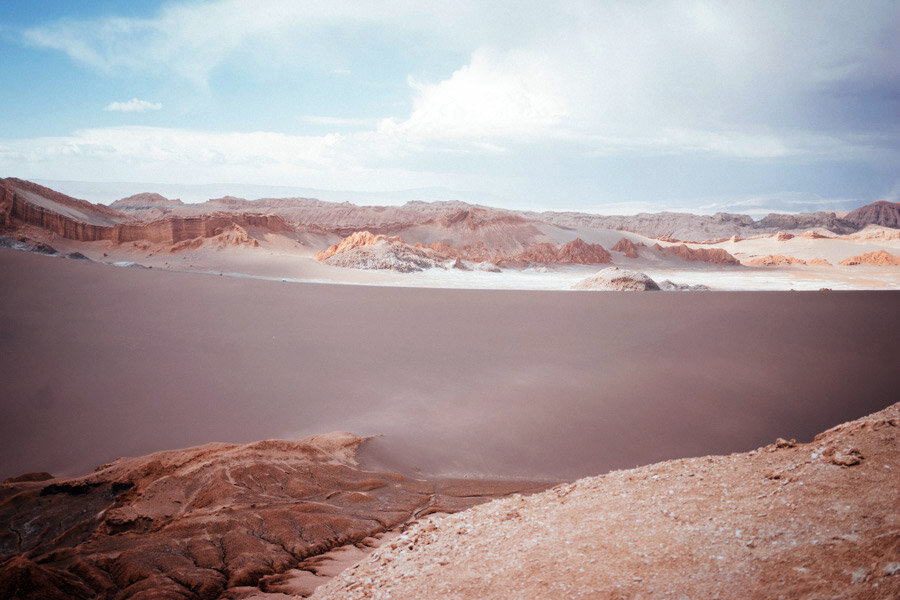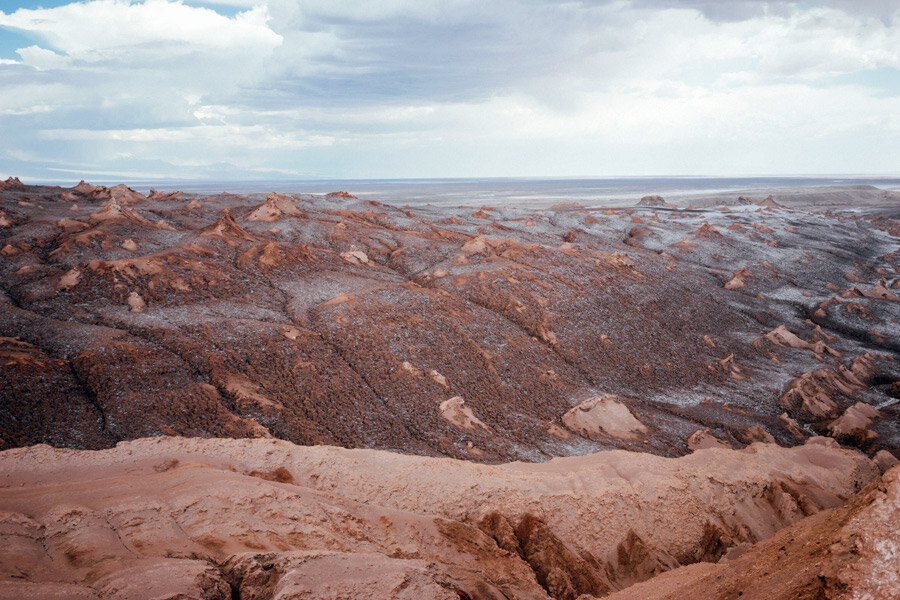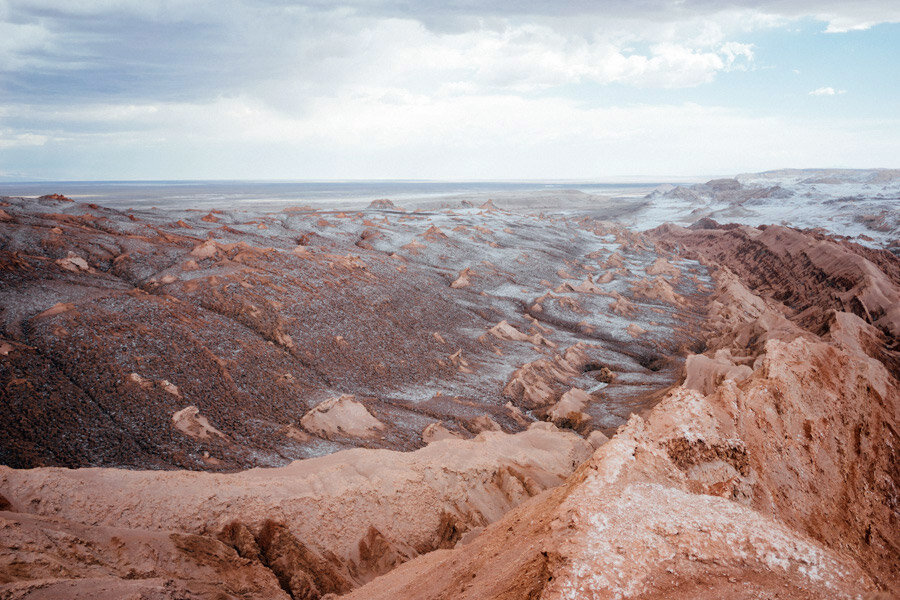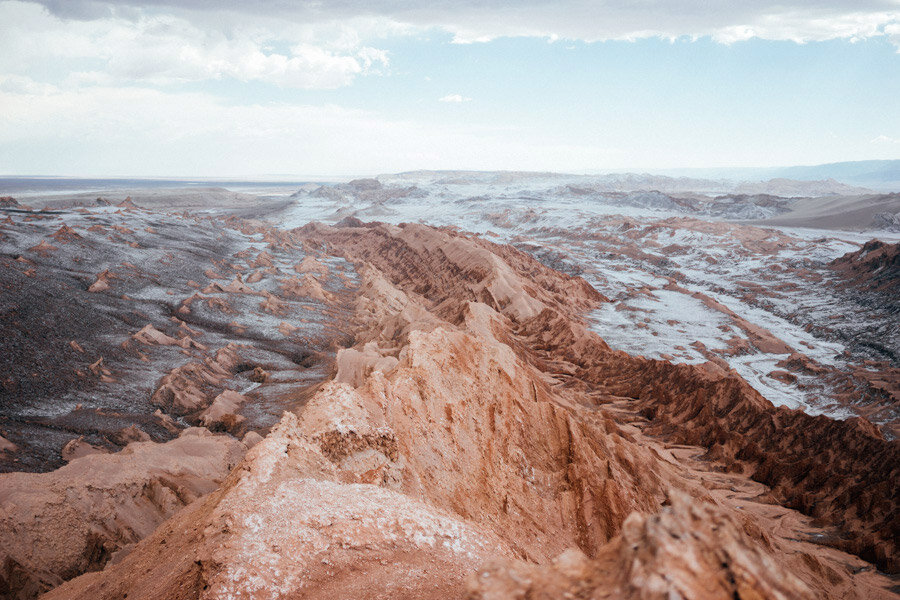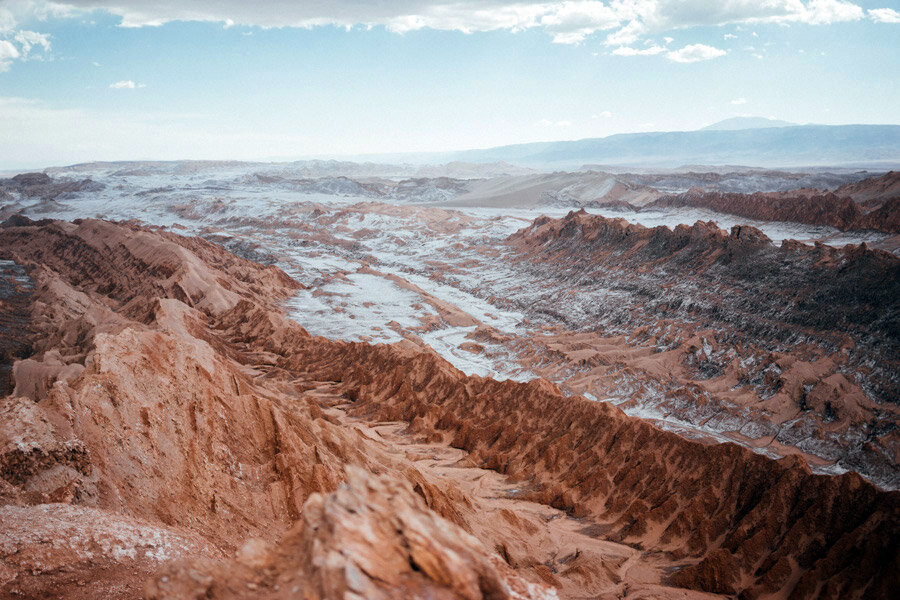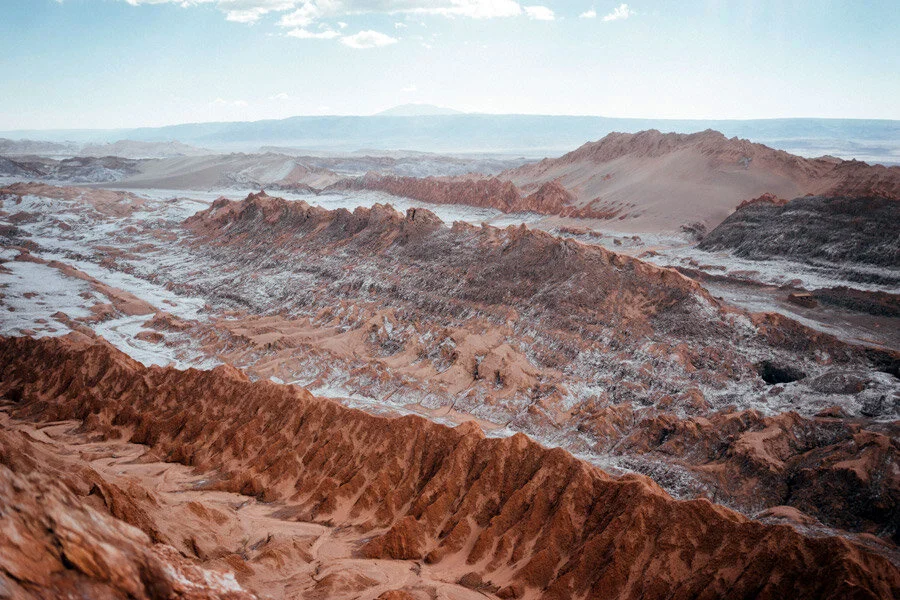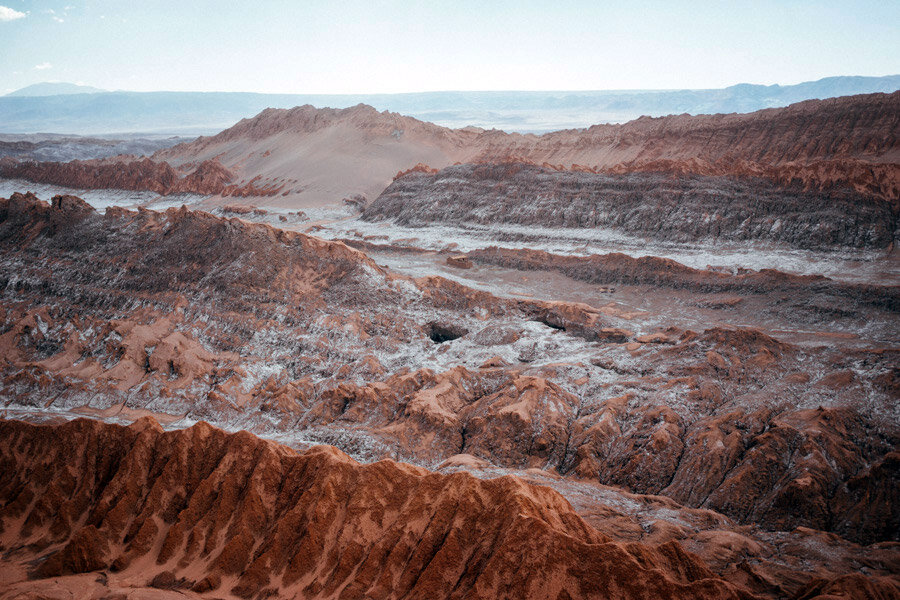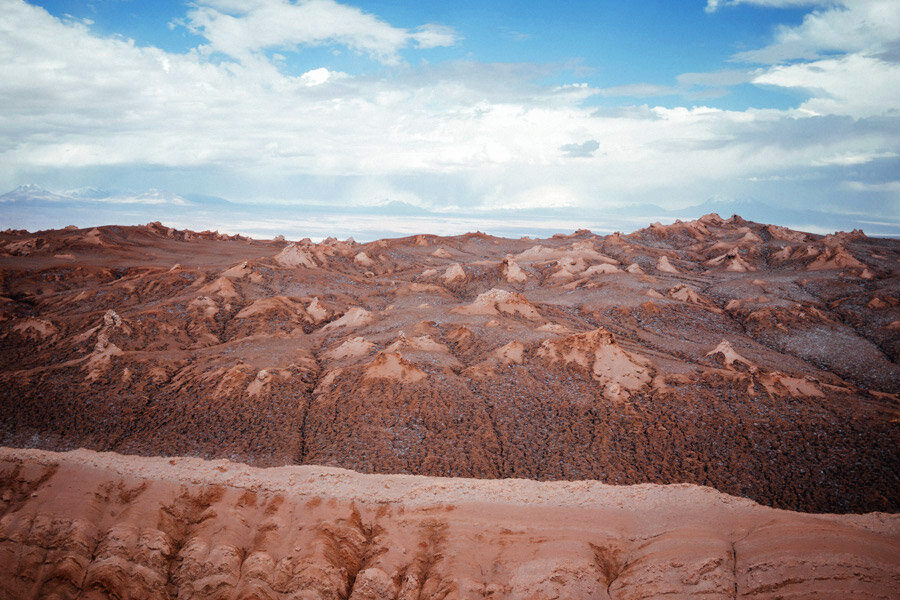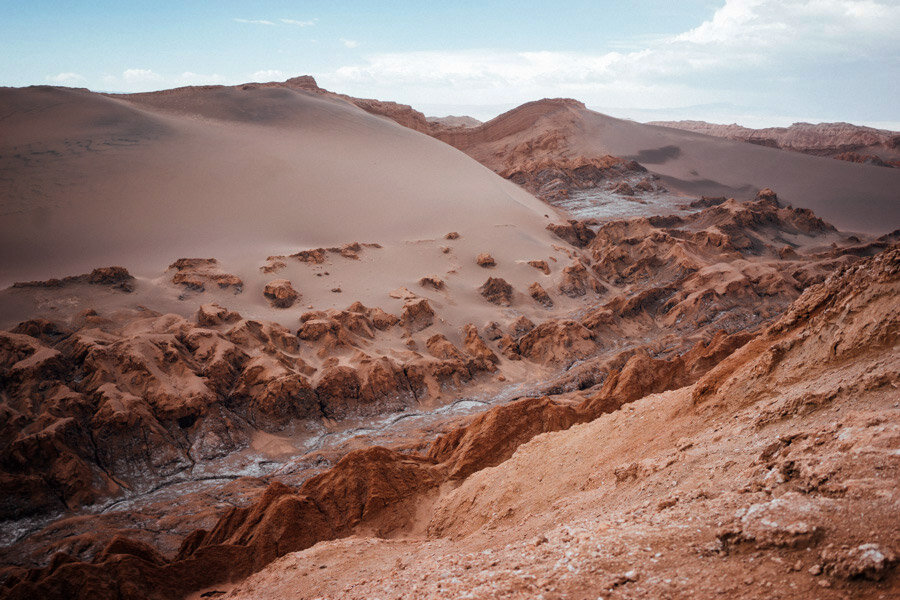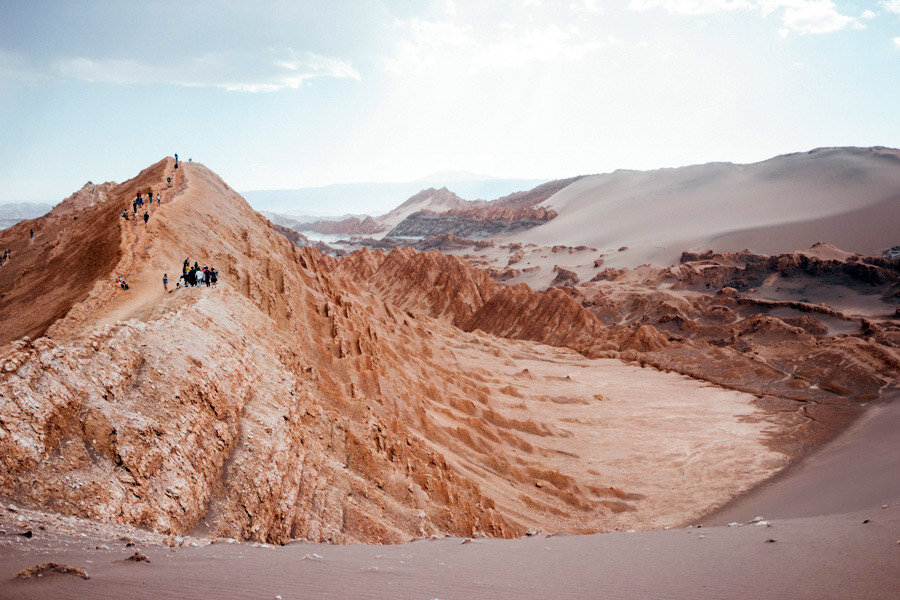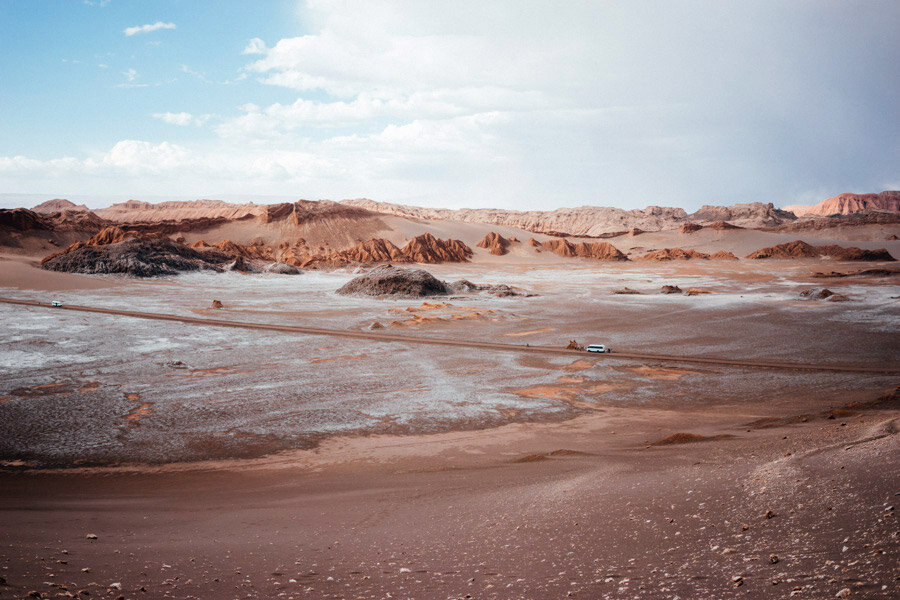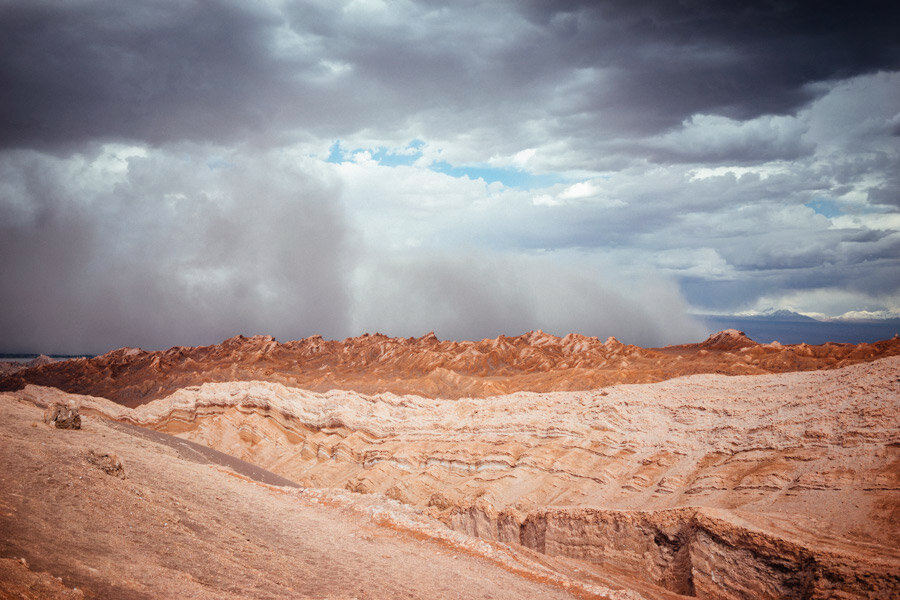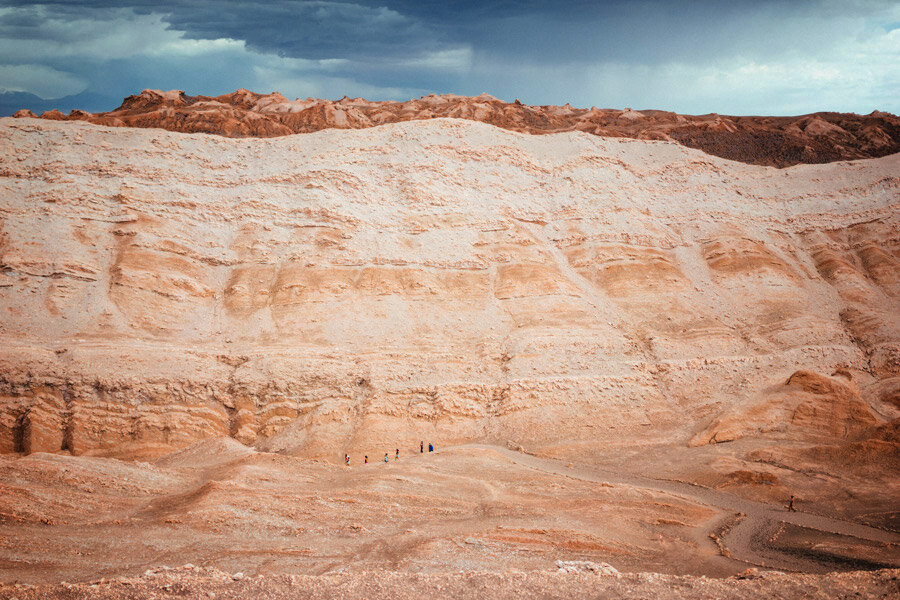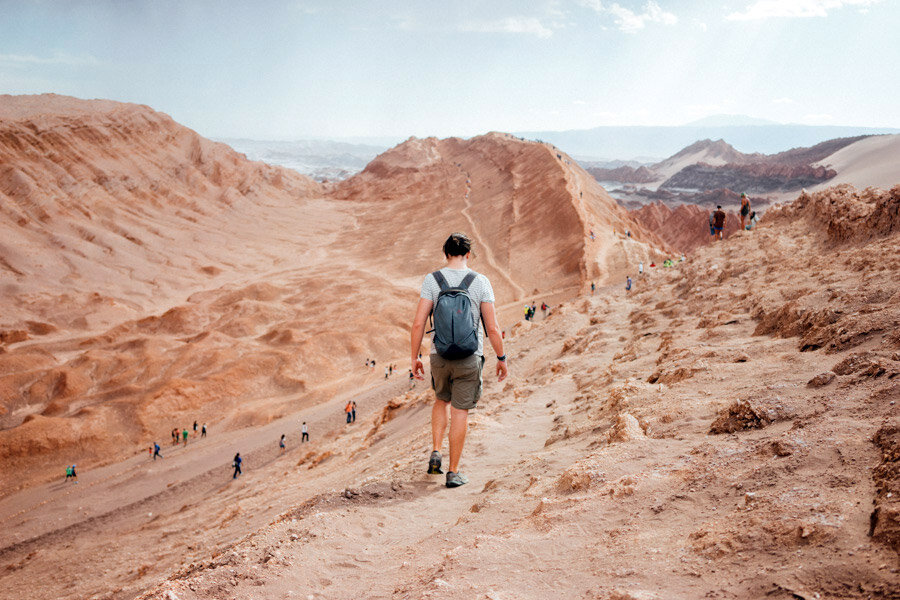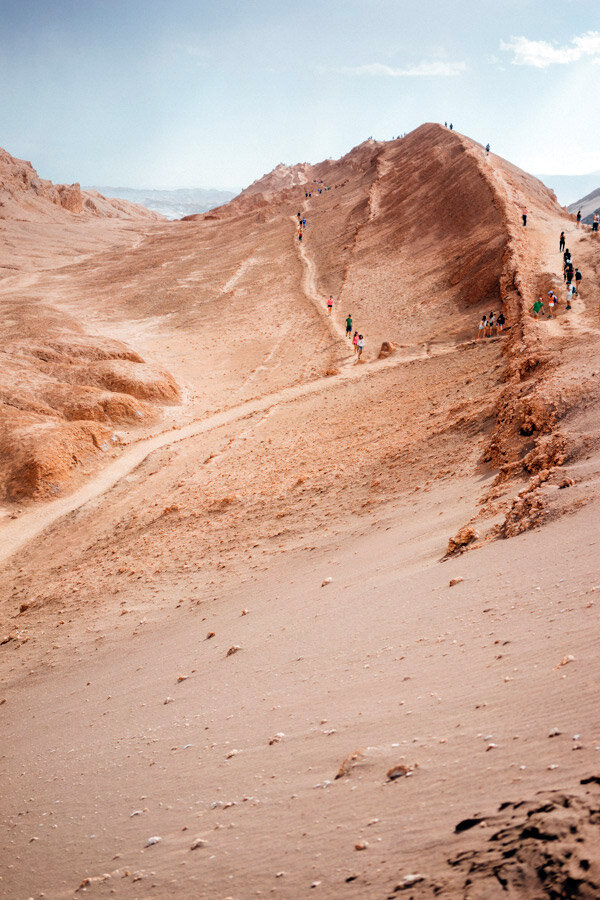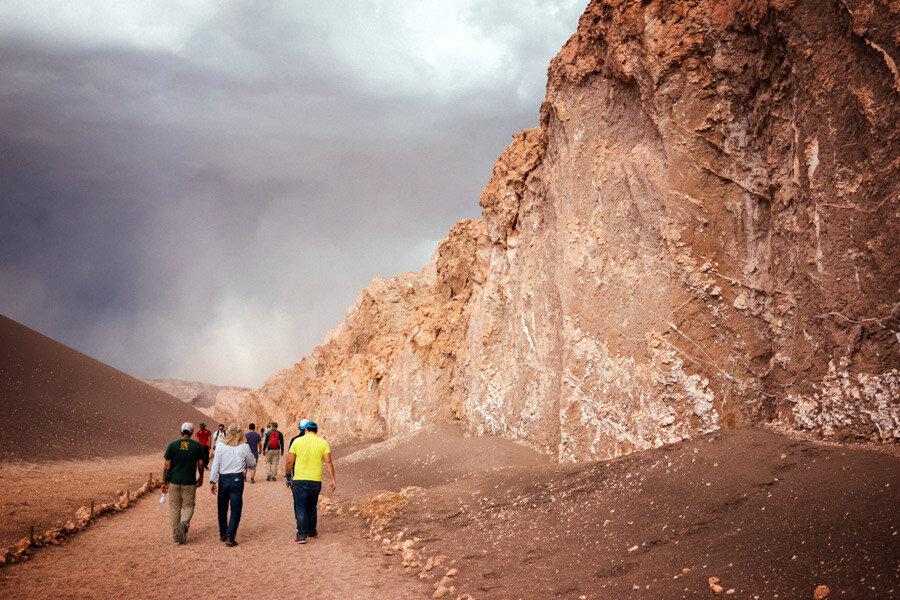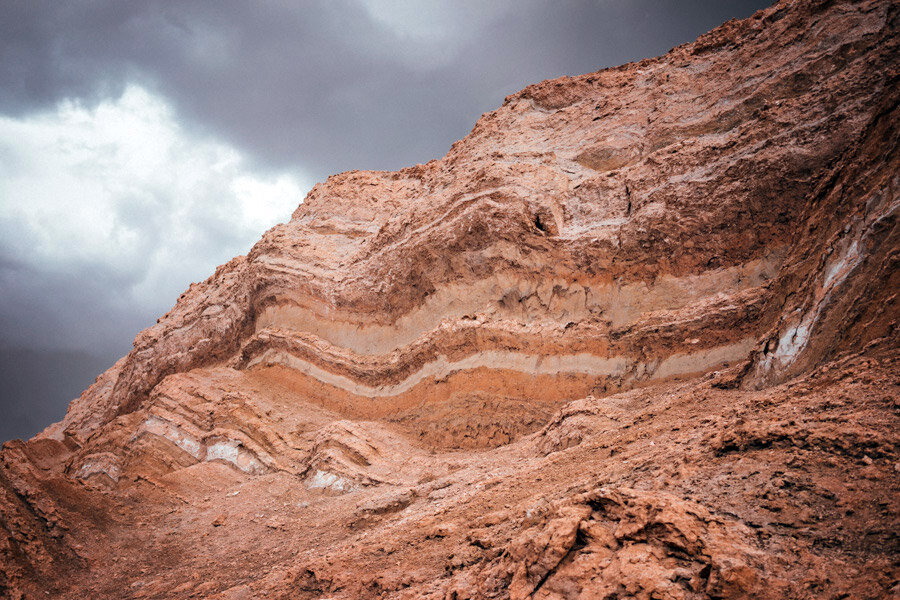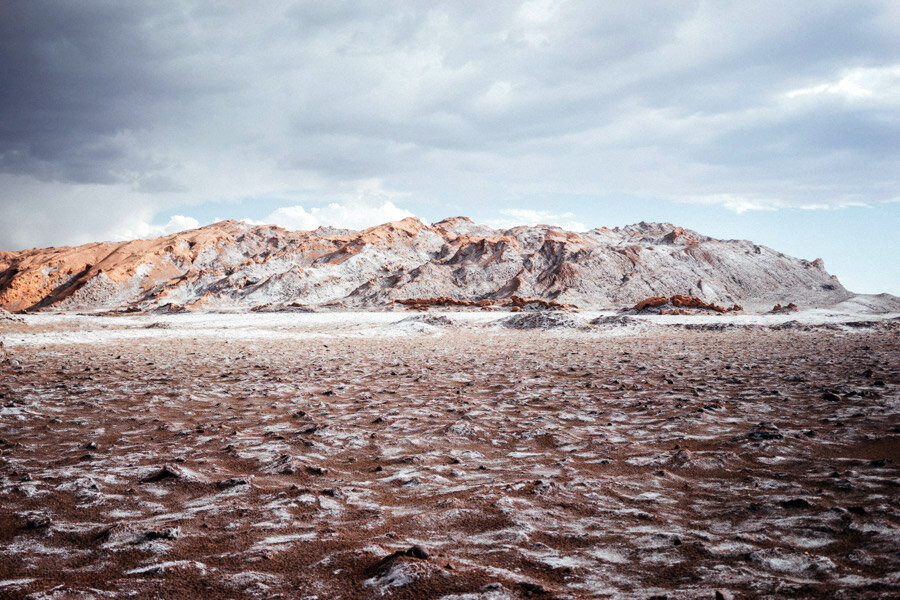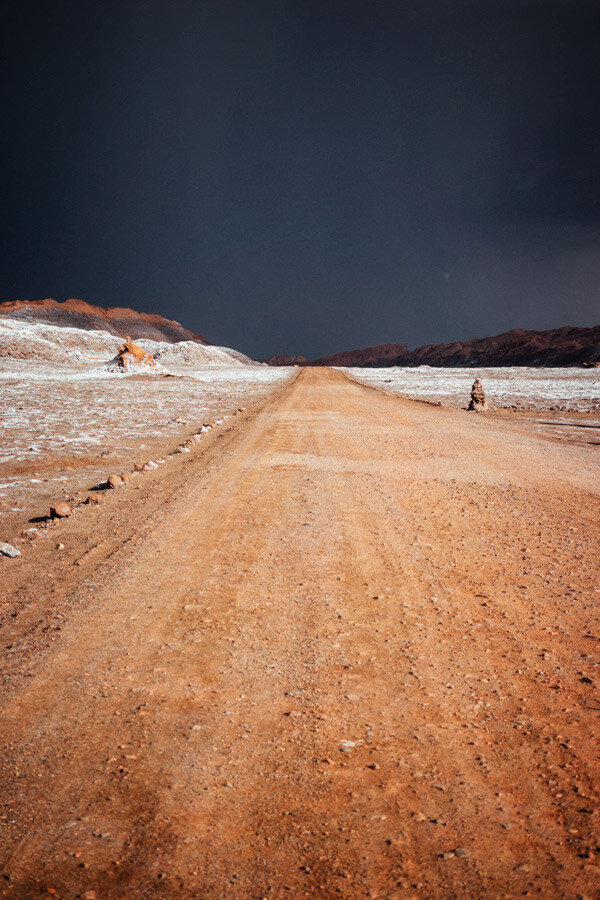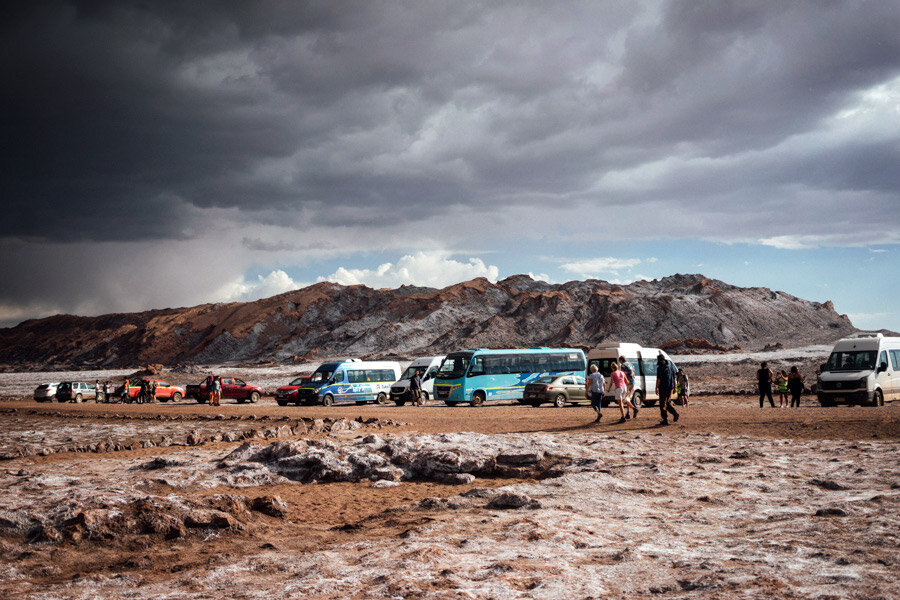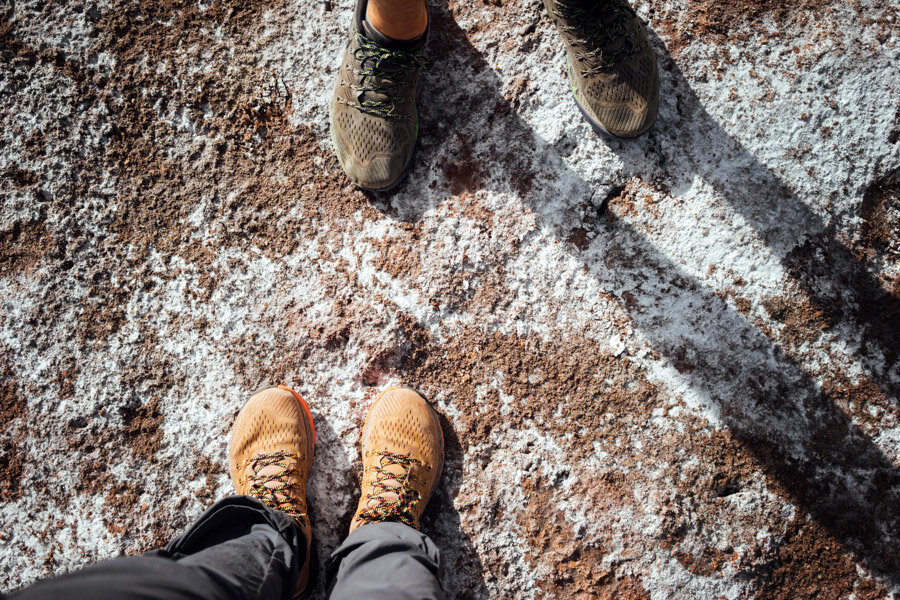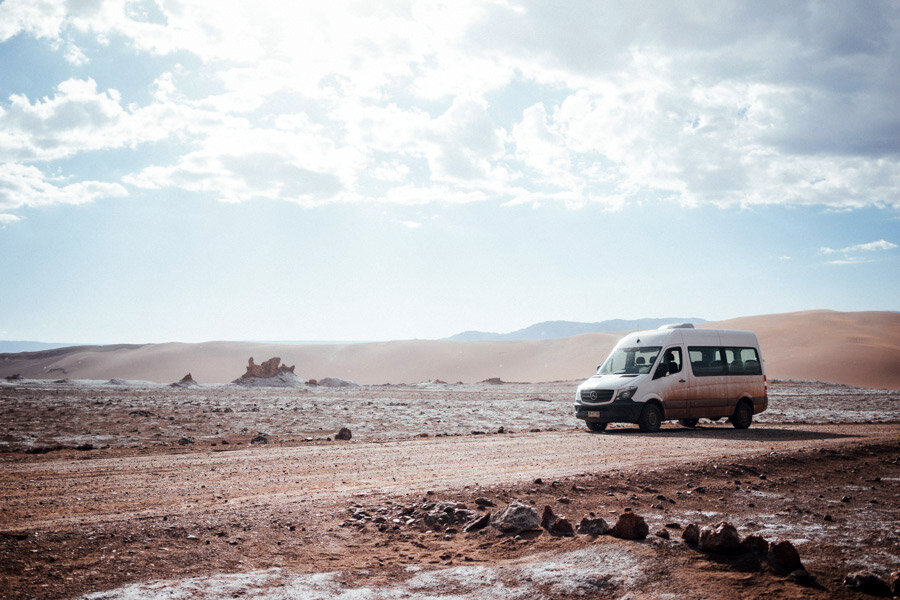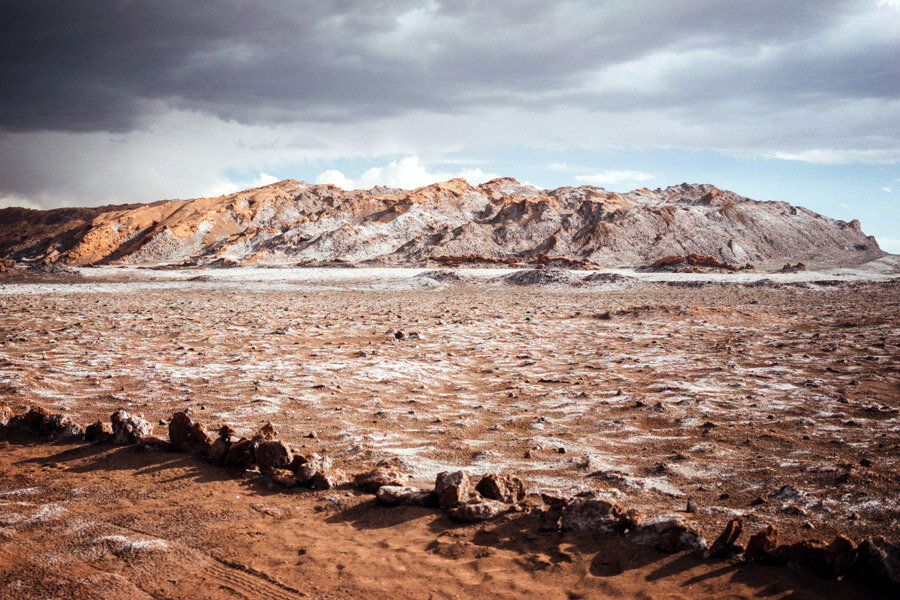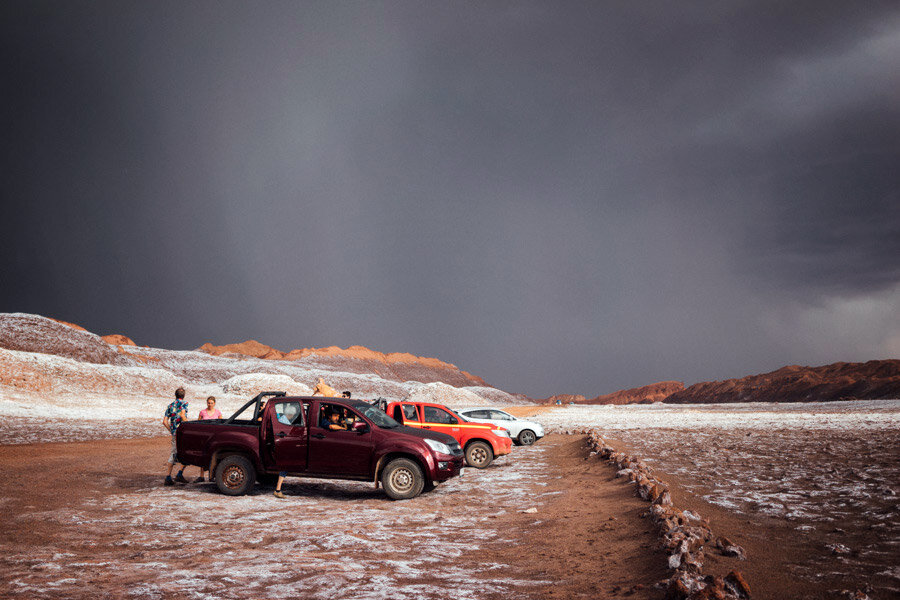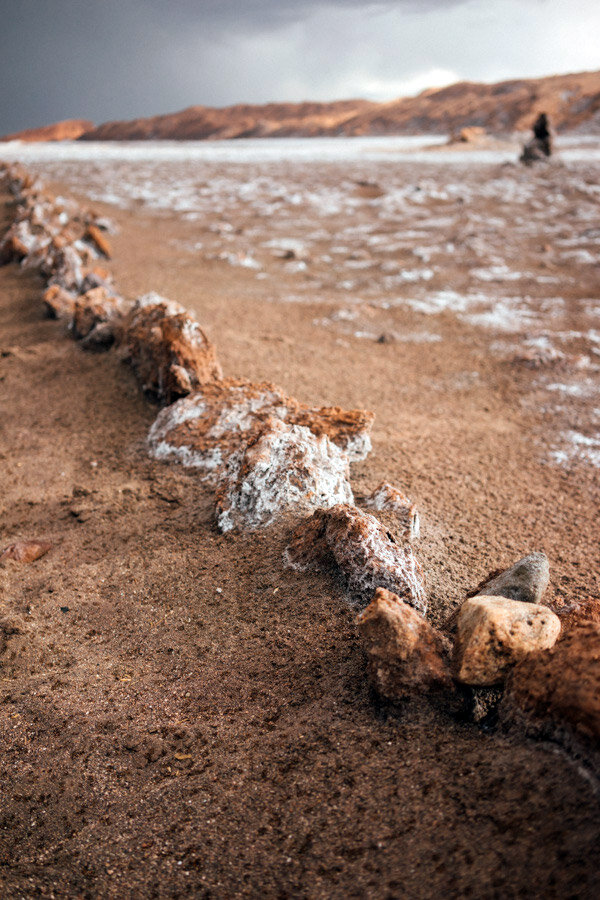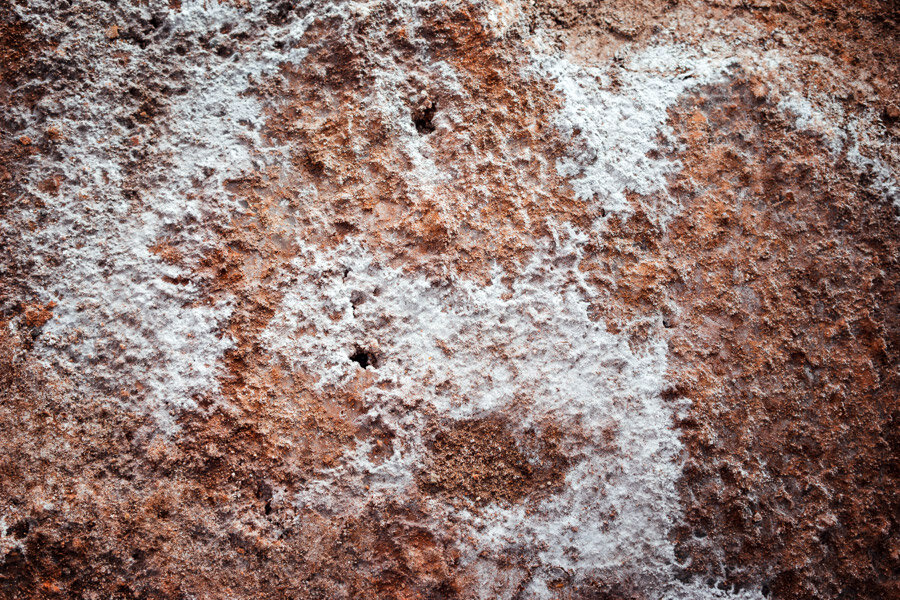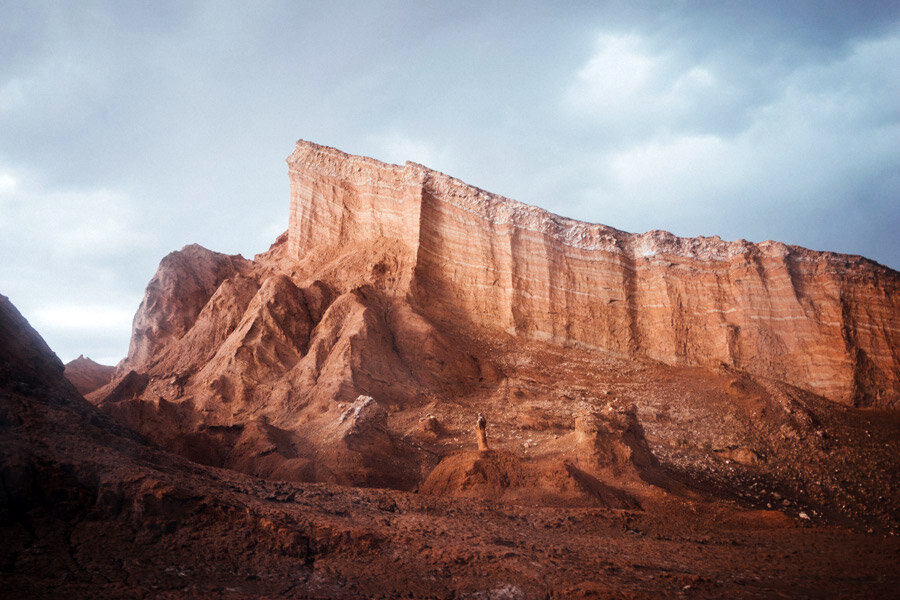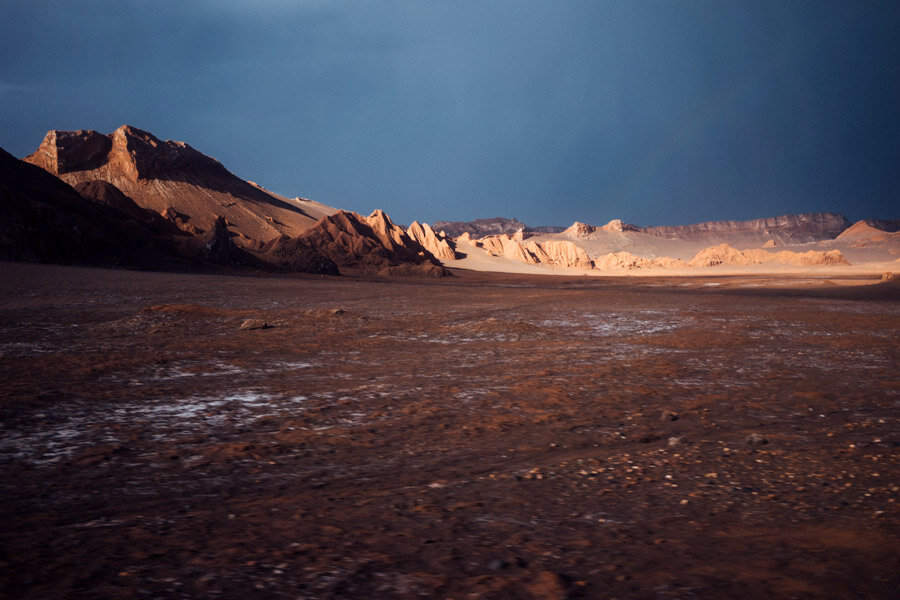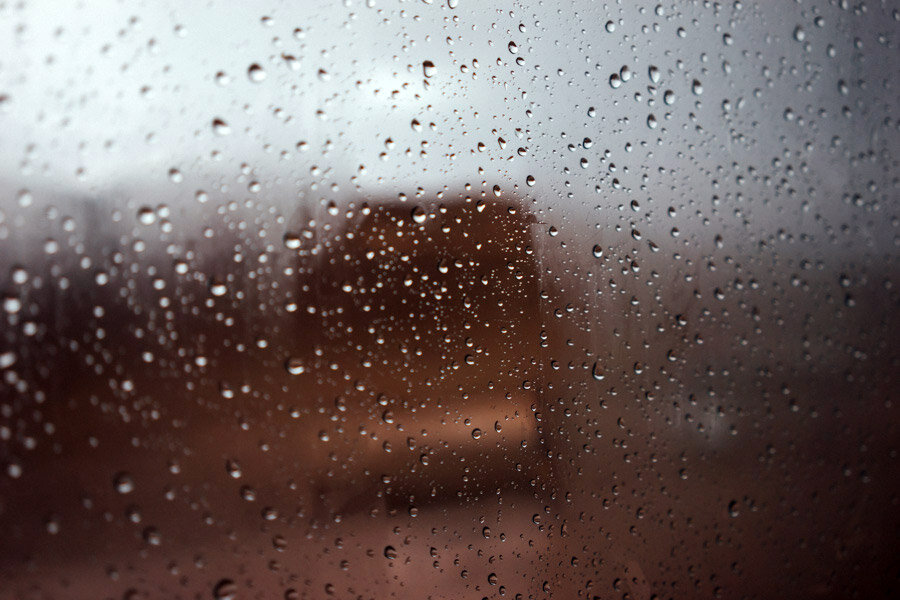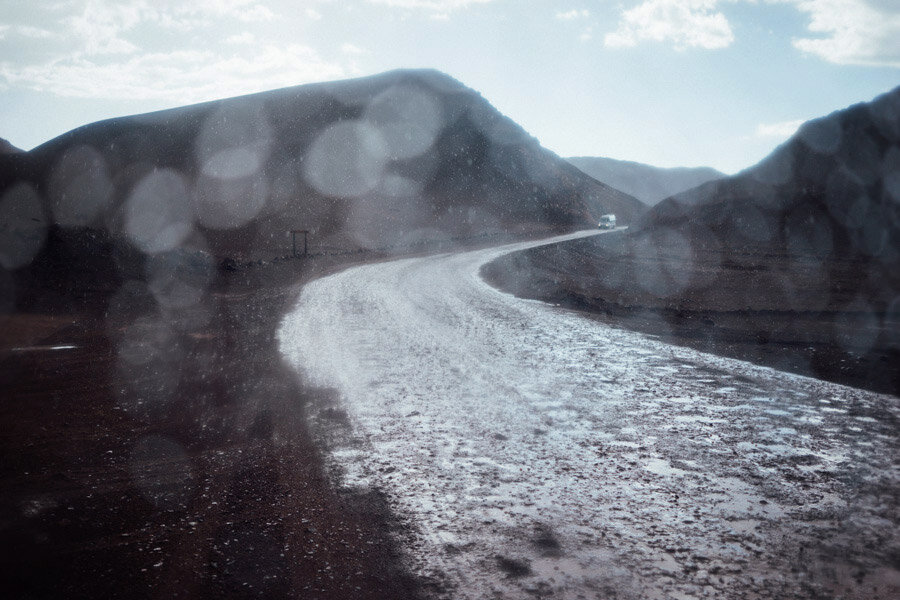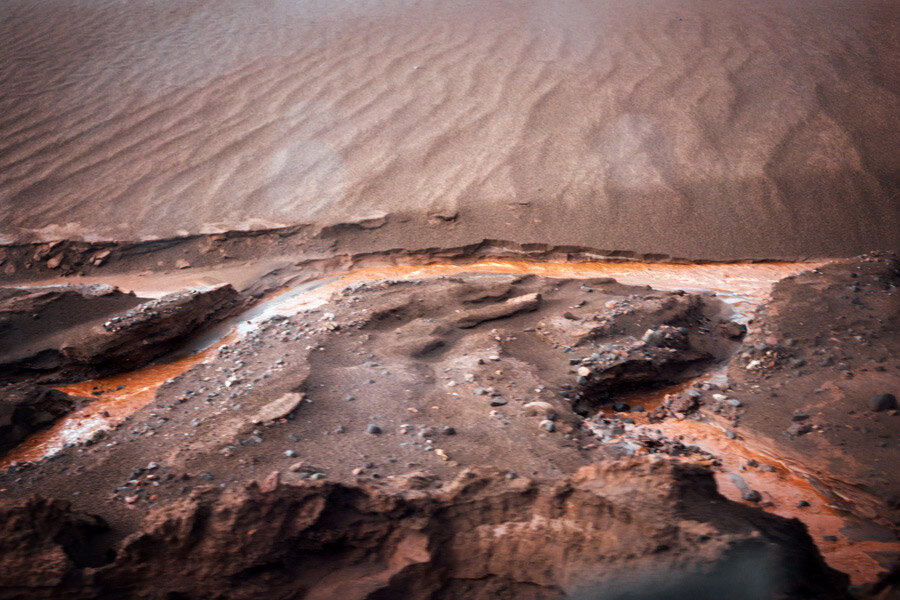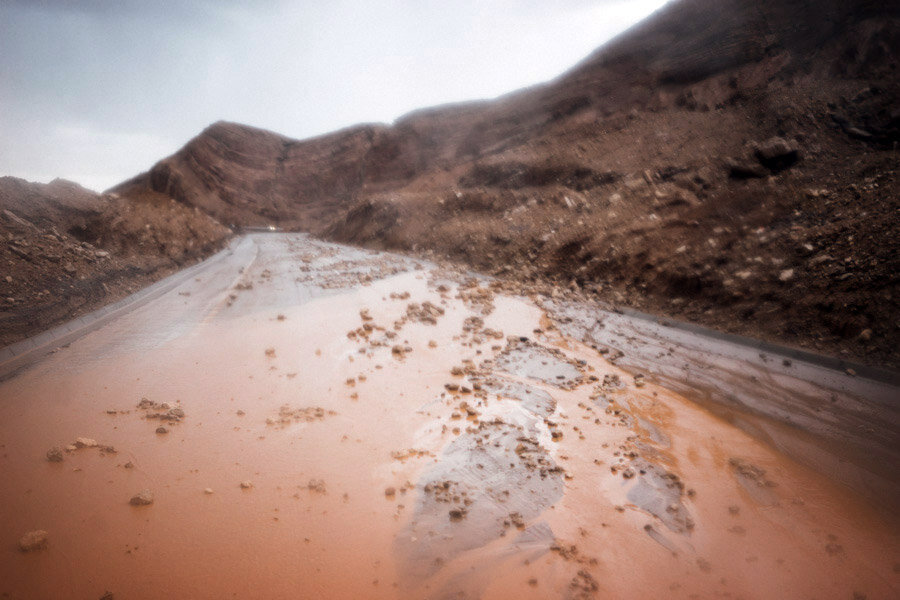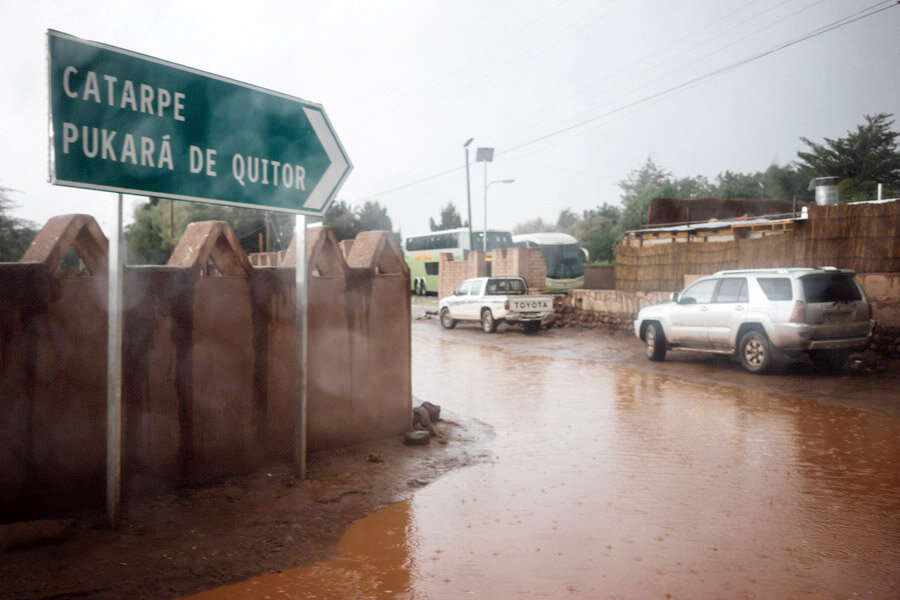From our travels in January 2017.
Fernando Montenegro - Dust in the Wind (From The Magic of Pan Flute)
Despite all, we are in the right place. San Pedro de Atacama (SP) is the starting point for our next trip, a three day 4x4 expedition through the desert to cross over to Bolivia. La Cordillera Travel was recommended on multiple blog posts we found, so we cough up the extra 30CLP and sign. The next morning, we leave at 8am for the Bolivian border at 4000m high aboard a transfer bus. The bus speeds through the countryside, passing trucks around curves with no visibility. Our co-travelers are nervous, we’re only reminded of Cambodia. We meet our 4x4 driver at the border, Edgar, a coca-chewing driver with airs of Madie’s Uncle F or Hung, our motorcycle driver in Vietnam. We’re breathing with difficulty, the air is thin, cold. The warm coffee helps the blood flow, but we’re already feeling the effects of altitude. We meet our co-travelers, three Frenchies, a British lady, a Dutch girl, and a Québécois dude, all excited for the trip. Splitting into two groups, we take the obvious choice of the ugly younguns (me, Madie, Pien, and Étienne) in one car, and the beautifuls in the other (the three Frenchies and the British lady).
We’re off as soon as we pass the border. Edgar is a skilled driver, most of the time off road, and despite the many cars we saw at the border, we’re almost always alone on our journey. The incredible landscape passes by to the sound of a tarka (Bolivian pan flute), playing traditional songs and cheesy classic covers alike. We leave the arid desert for a high altitude landscape, still dry but with some vegetation nearby. We pass llamas and vicunas running wild in the desert. None of us speaks a fair Spanish, and I am designated as the one speaking the best. Edgar stops every half hour, with an explanation of the landscape, the animal, or the mineral. I do my best to understand, translate and ask questions, with meaning lost three times in the process.
We spend three incredible days in the desert and high altitudes of Bolivia, oscillating between 3300m and 5300m of elevation at its height. Our first night is at 4500m, the real test for altitude sickness. The digestive system and brain are the first hit by the lack of oxygen, most of us have a headache, some nausea, but all are happy to be where we are. Étienne and I will venture out at night to look at the stars. The SP sky let us down with clouds, this one is pure and black; the Milky Way finally shows us her true depth.
We pass volcano peaks with eternal snow, bathe in thermal baths of mineral water (at 35°C inside the water, and a mere 12°C outside). We see lagoons of pure light blue, because of borax and sulfur. Some are home to flamingos, but others, loaded in arsenic are home to no life. Borax sticks to our shoes, but we venture as close as we can to the water, all hoping for the perfect shot of flamingos. The first day ends with an incredible red lagoon, because of it’s loaded red plankton. The reflection of the blue sky gives a surreal gradient and color; flamingos flying away perfect the picture. The hearty soup and dinner close the day, as I fall asleep to Slaughterhouse-Five.
I wake up in the wee hours of the morning because of a bad headache, and choose to meditate on top of the nearby hill as the sun rises. (Cheesy hippie side-quest now complete.) The slow climb on the hill takes my breath away and I settle in the cold for 45 minutes, looking afar or closing my eyes for meditation. This is one of the purest, happiest and loneliest moment I’ve had on this trip.
It’s time for breakfast and then we’re off again. This time, Edgar chooses a playlist of classic rock and pop songs, from the Beatles to Celine Dion, making all of us laugh. We stop at the Árbol de Piedra, and its surrounding Star Trek rocks. They were created by lava years ago, and carved by the wind. Edgar speeds in the sand and dirt, slowing down only for the road holes. He stops at a viewing point, and we’re suddenly at 5300m of elevation, the highest point of our trip.
We pass through a canyon, feed the viscachas (native chinchillas). They only approach me, which tells me my hair is probably too long at this point. We look up for condors that we’ll never see. Flamingos get close at the next laguna, scraping the mud for planktons and critters. Another stop is for the decor of Star Trek episode two, another Mars-like landscape created by lava. We build on the obvious rock stack.
The last night is at a salt hotel, after a two hour drive down to 3300m. Thick phallic cacti start to appear in the landscape. We have our first hot shower and too much wine that Étienne and I have to finish. Étienne is also on a long term trip after quitting his job in tech. Him and I have much to share in our times of reflection and thought. We wake up at 4am the next day to live one of our most incredible times in South America, the sunrise at the Salar de Uyuni. Madie’s pictures will describe best the incredible sights of this hour, of the pure white ground, with a couple centimeters of water from the recent rain.
I wear flip-flops, sure to feel the cold of the water and the full experience. It’s a time of silence, of new friendship and of large smiles from Madie, who also happens to be wearing every article of clothing she has to stay warm.
We spend a couple hours in awe, laughter and silly pictures. Hot coffee helps us stay awake. The sun starts reflecting aggressively on the white salt. My puffy hair helps shade my ears and face. I pickup an intricate tiny piece of salt. It’s 10am and we leave the flats, trying out llama meat at the local market. It’s a short stop in the train cemetery, worsened by the idiot morons climbing up for the best Instagram picture. Lunch is here and we already have to leave Edgar and our new friends. We’re continuing our adventure to Bolivia, they will spend a day going back to SP.
We take a bus to Potosí, the second highest town in the world, famous for its silver mine. The altitude hits me again with a bad headache, so we skip the common mine tour. Another bus takes us to Sucre, where I write these lines as we decide to stay for two weeks, to learn Spanish and volunteer. Let’s see what other adventures Bolivia brings. So far, it has been incredible.
